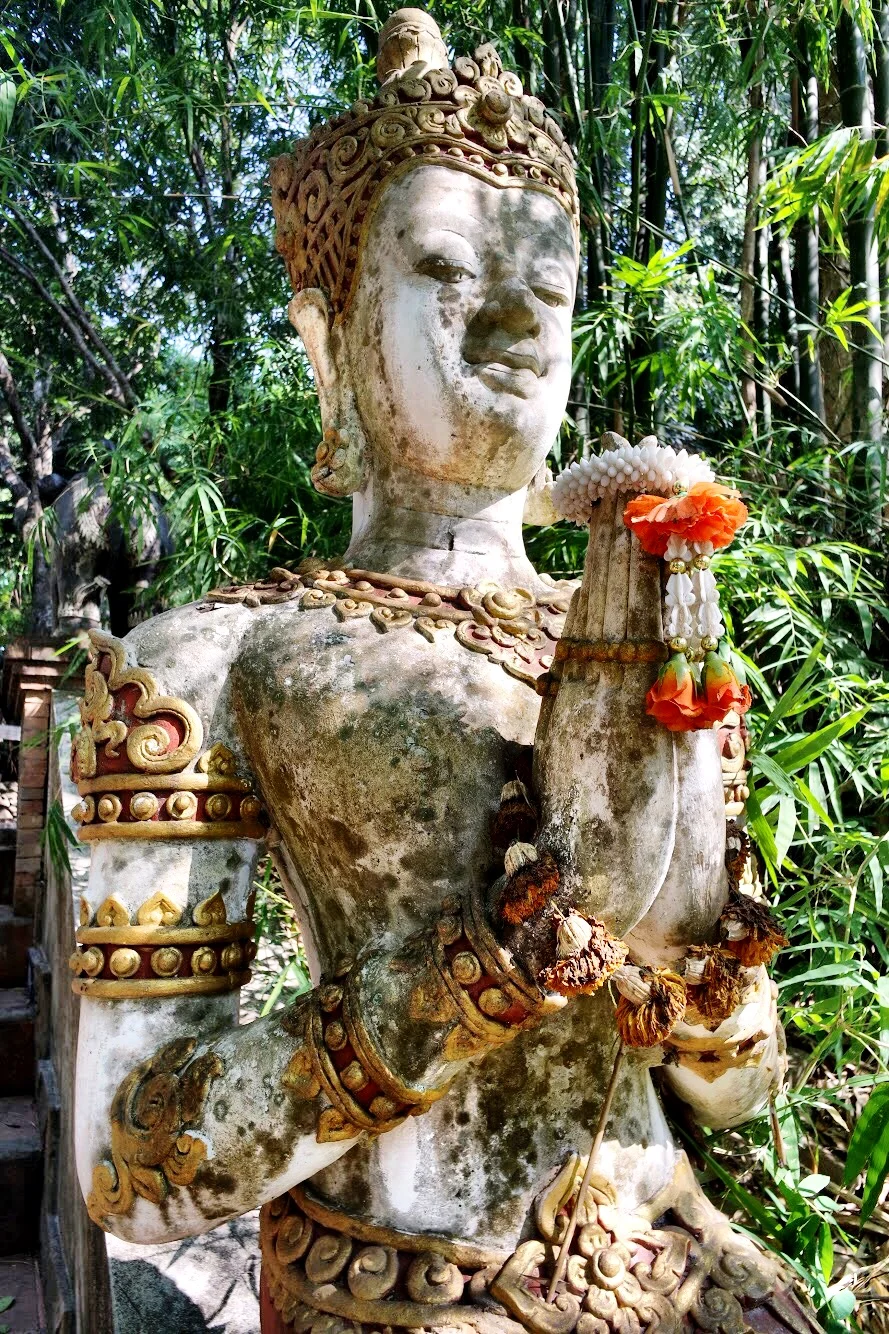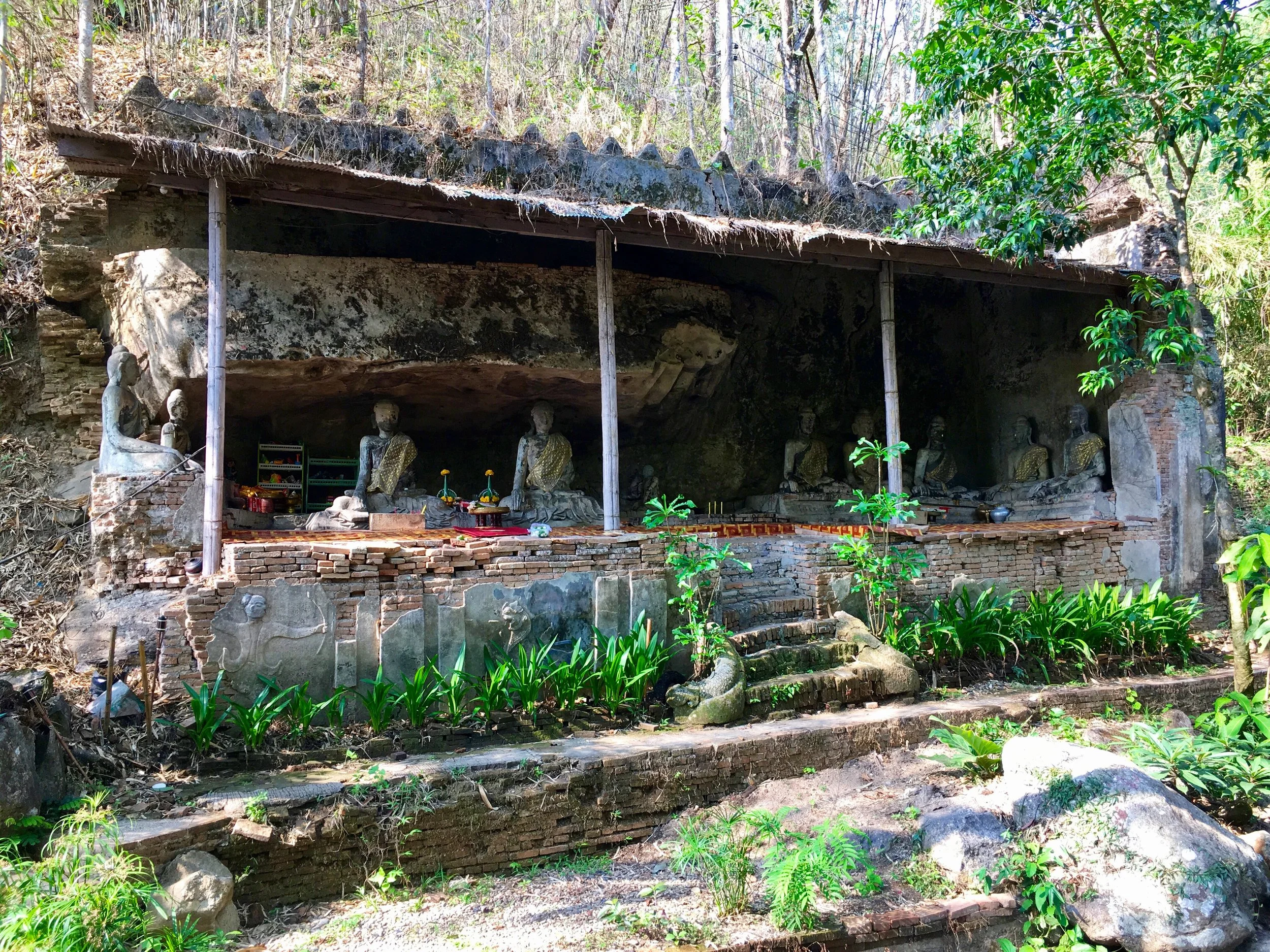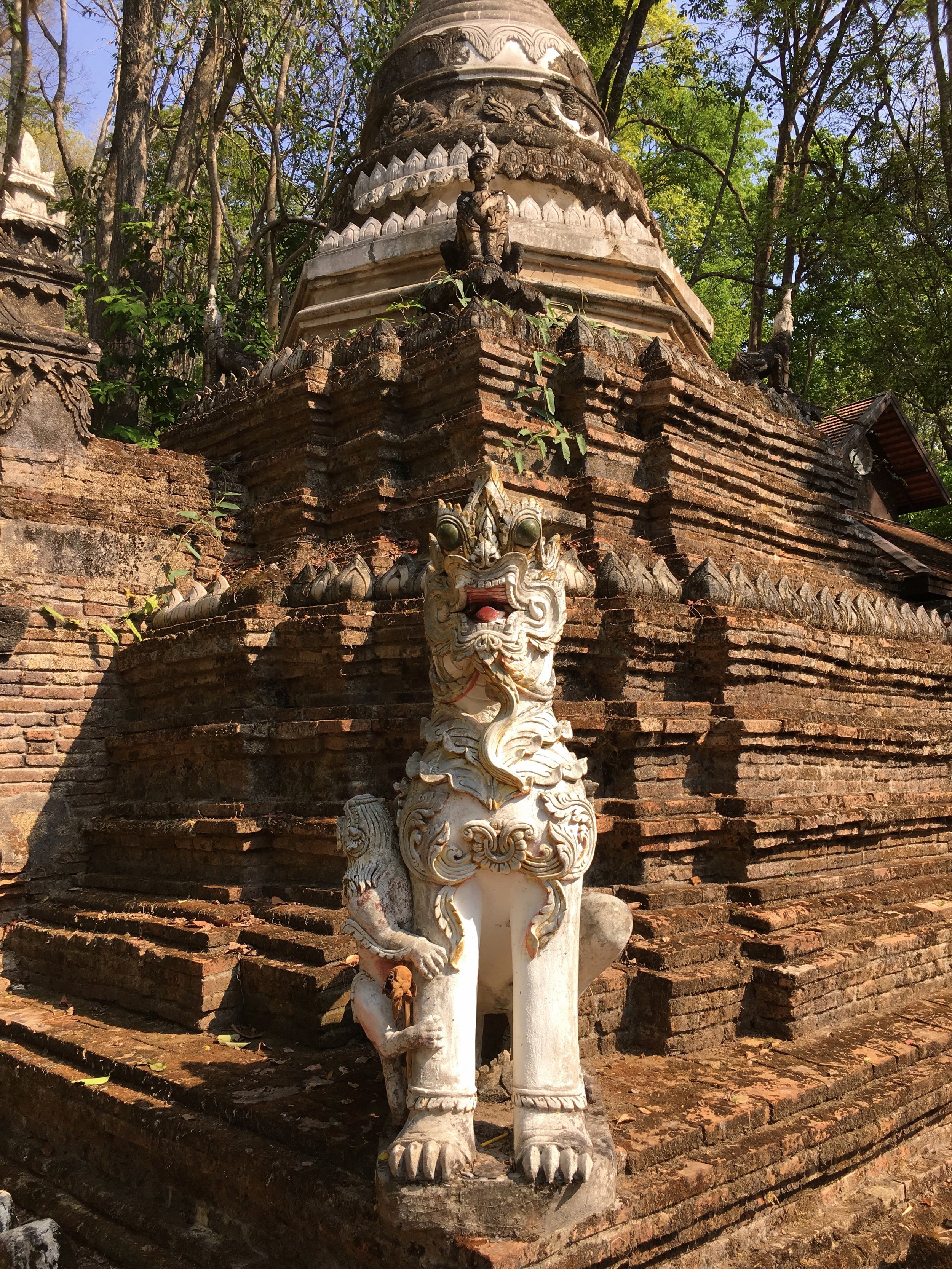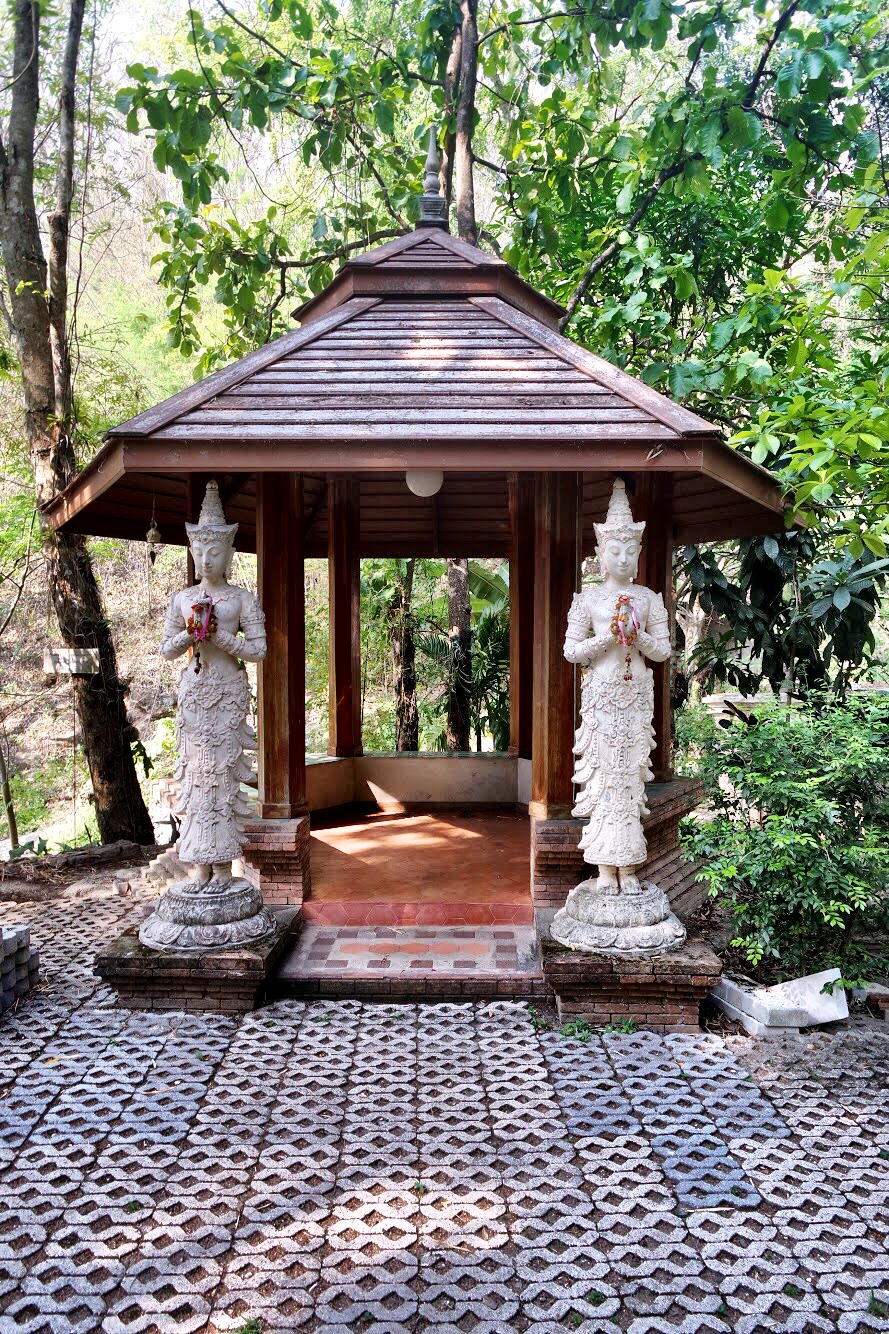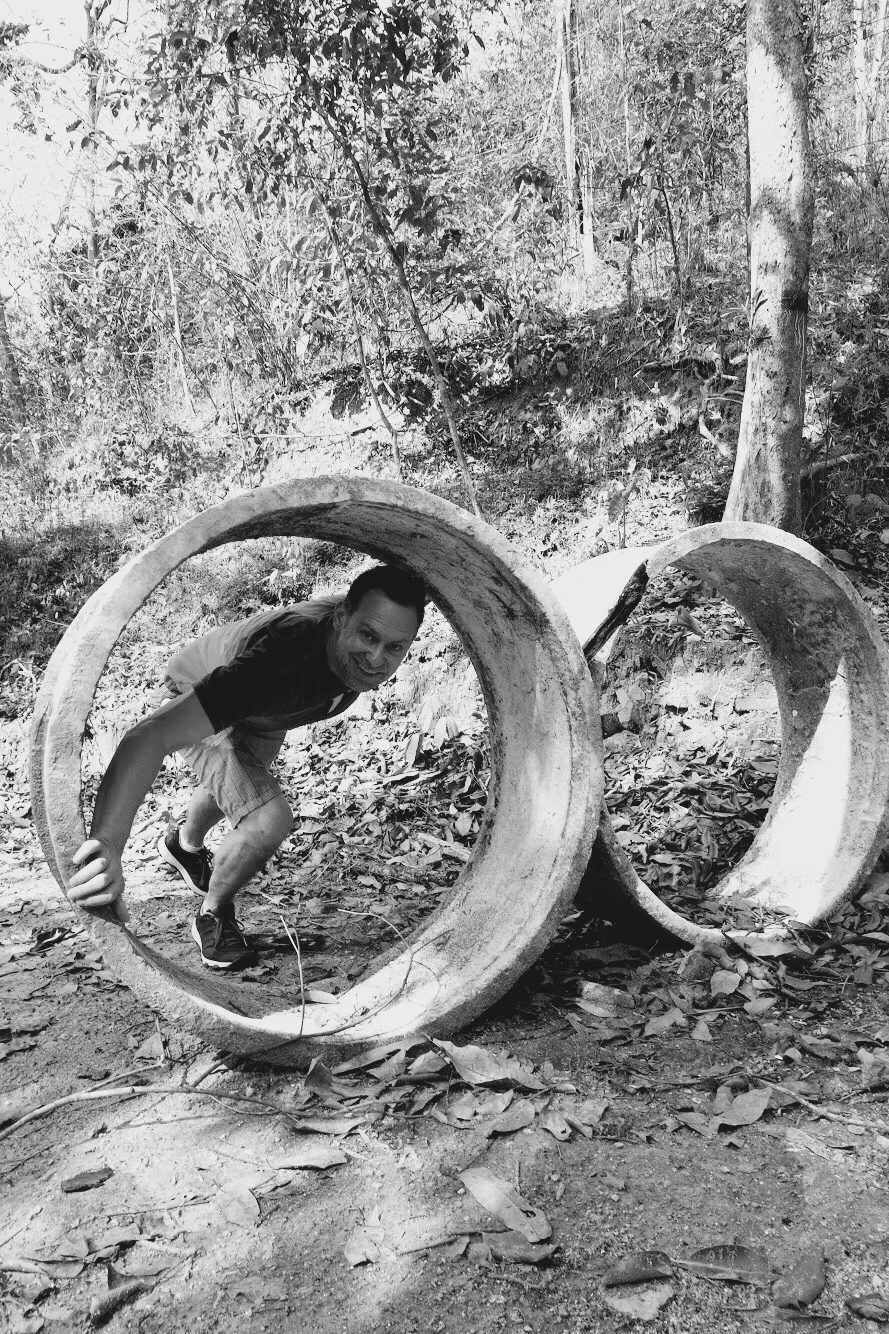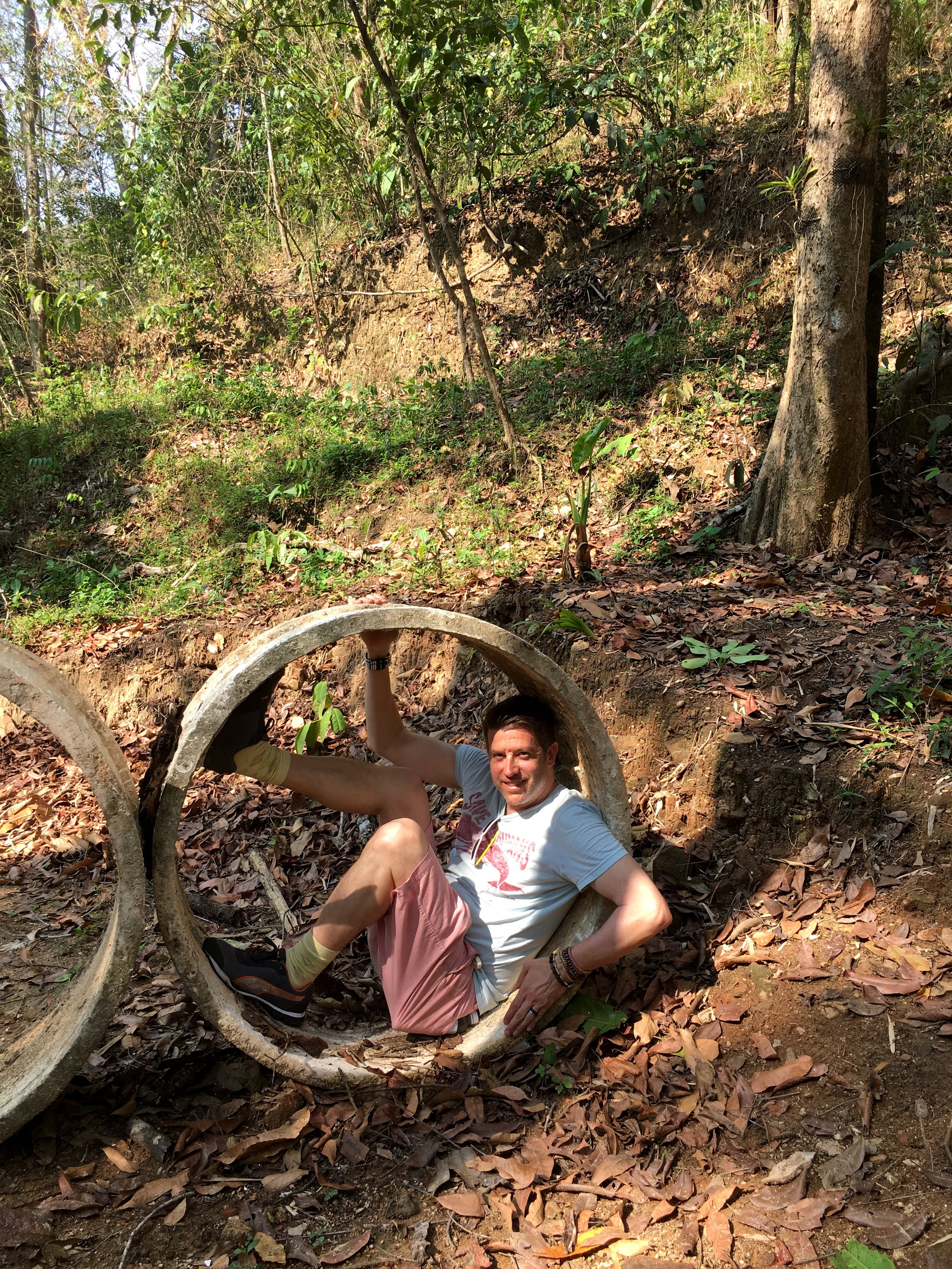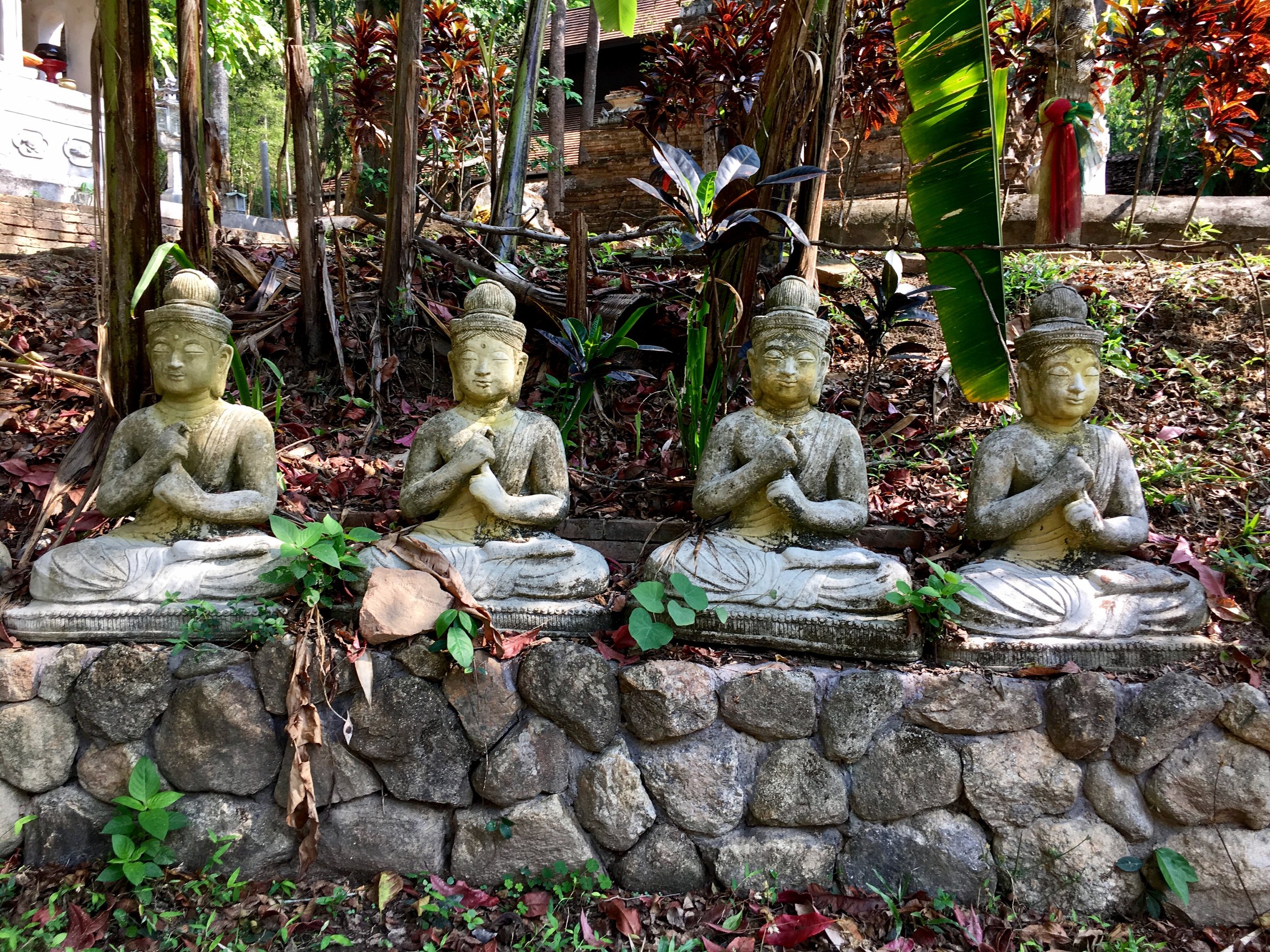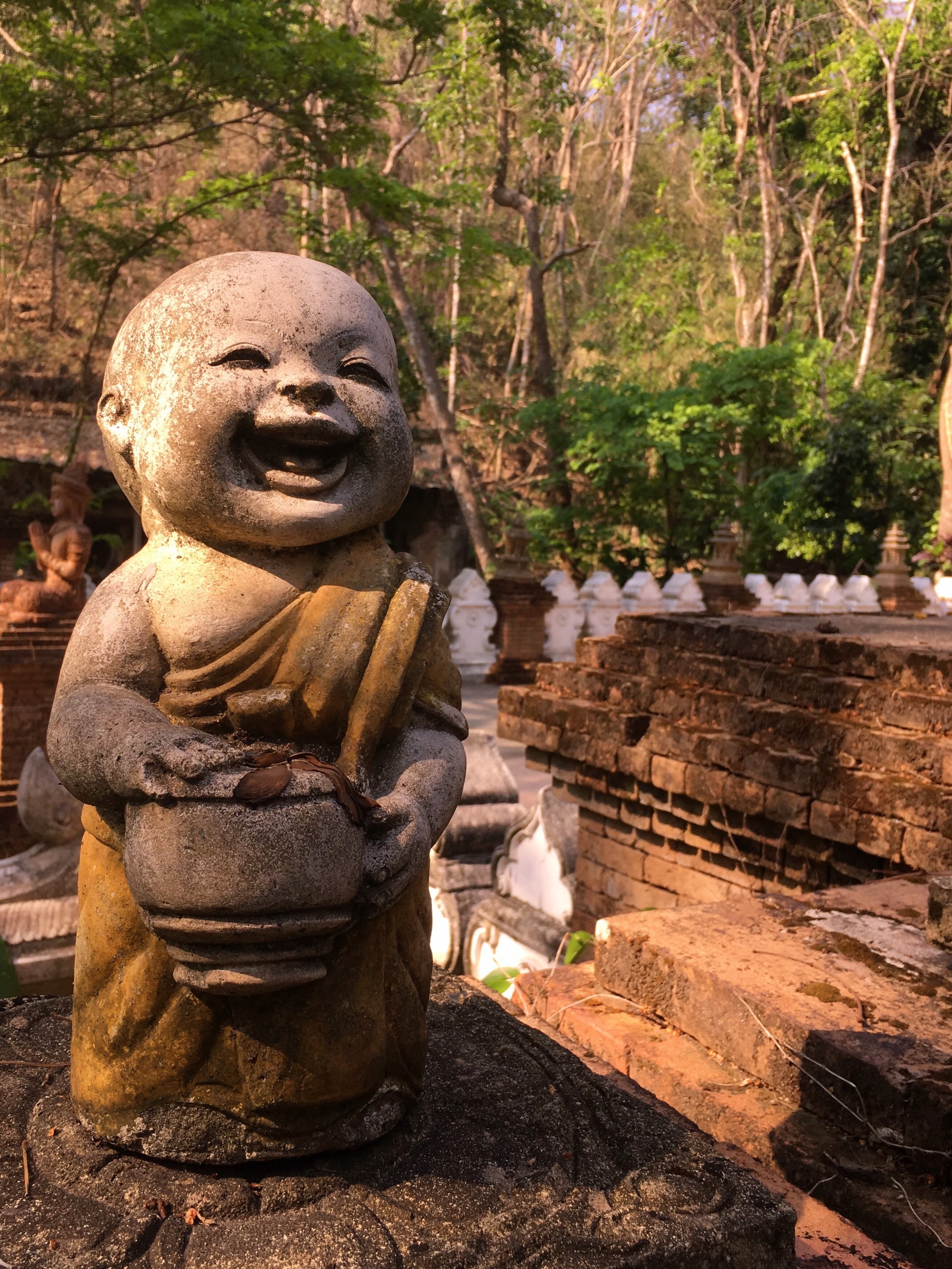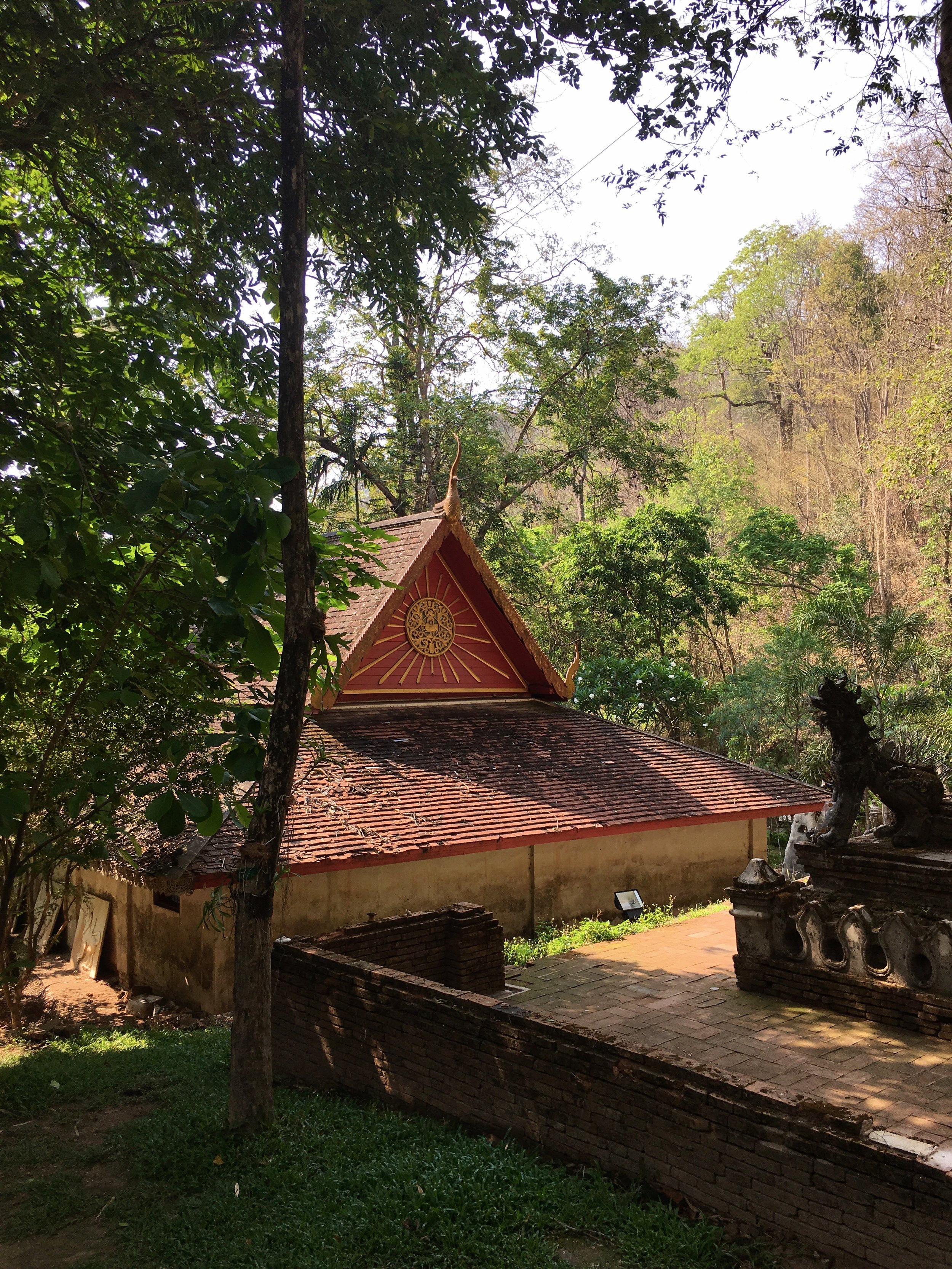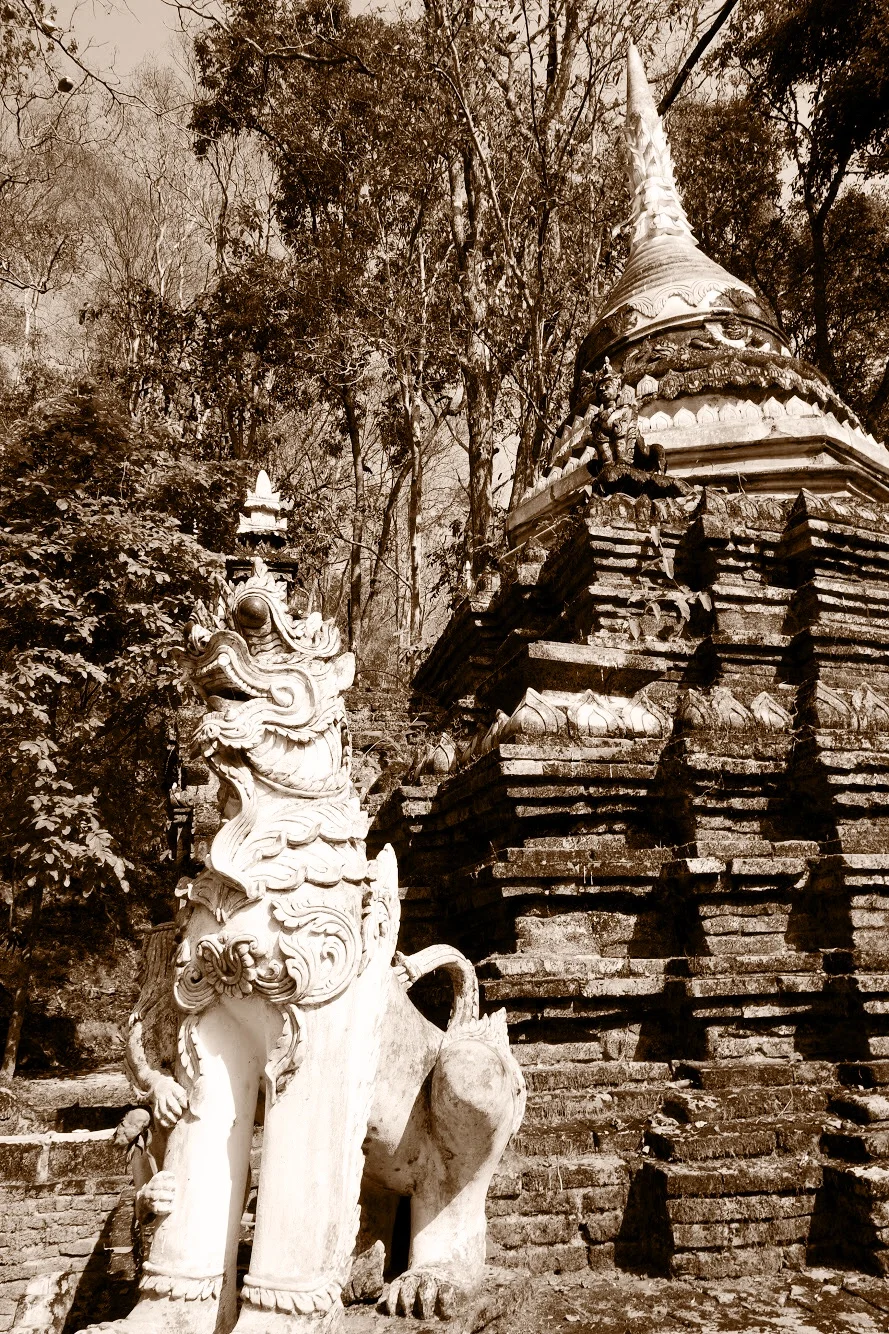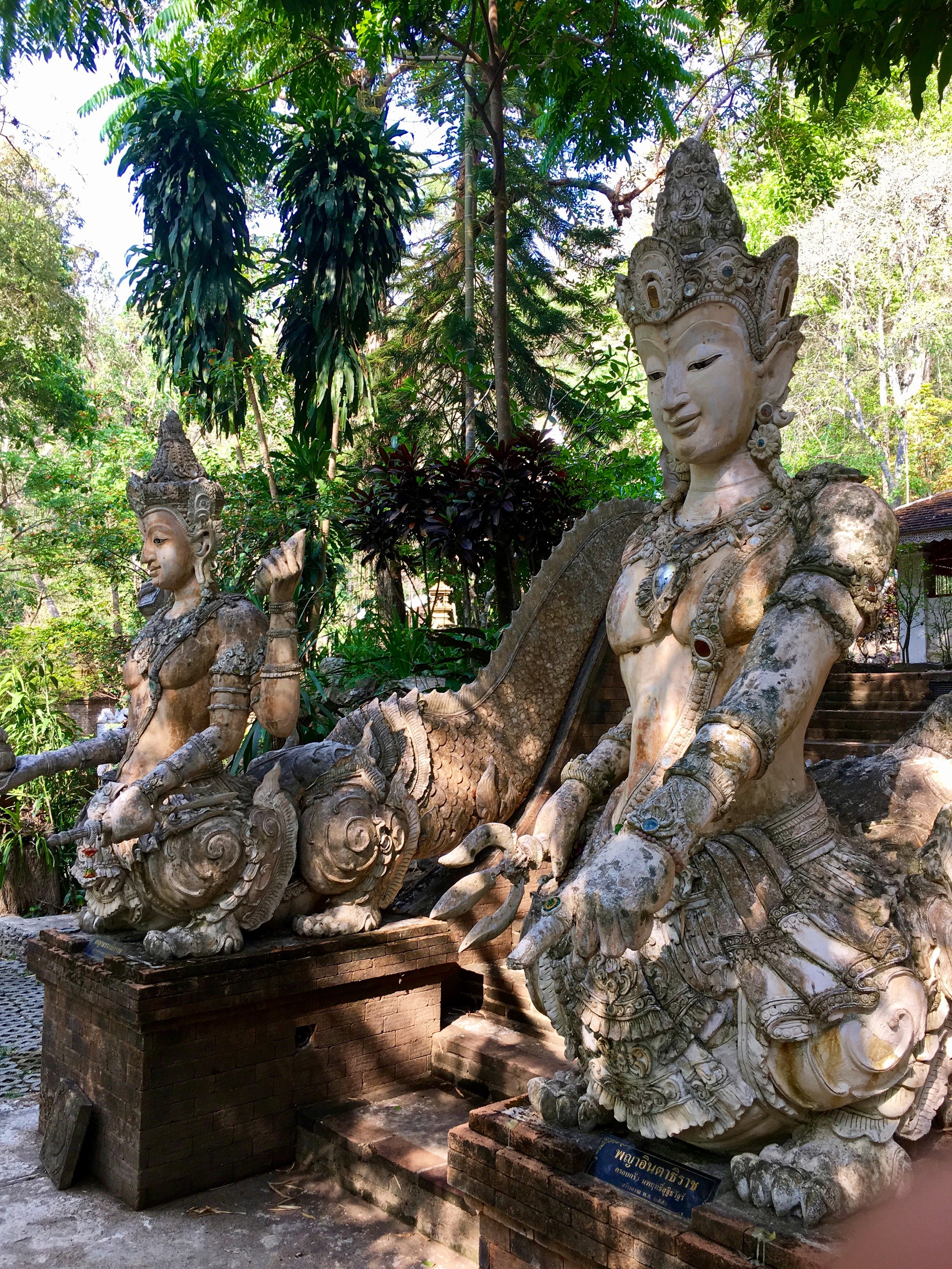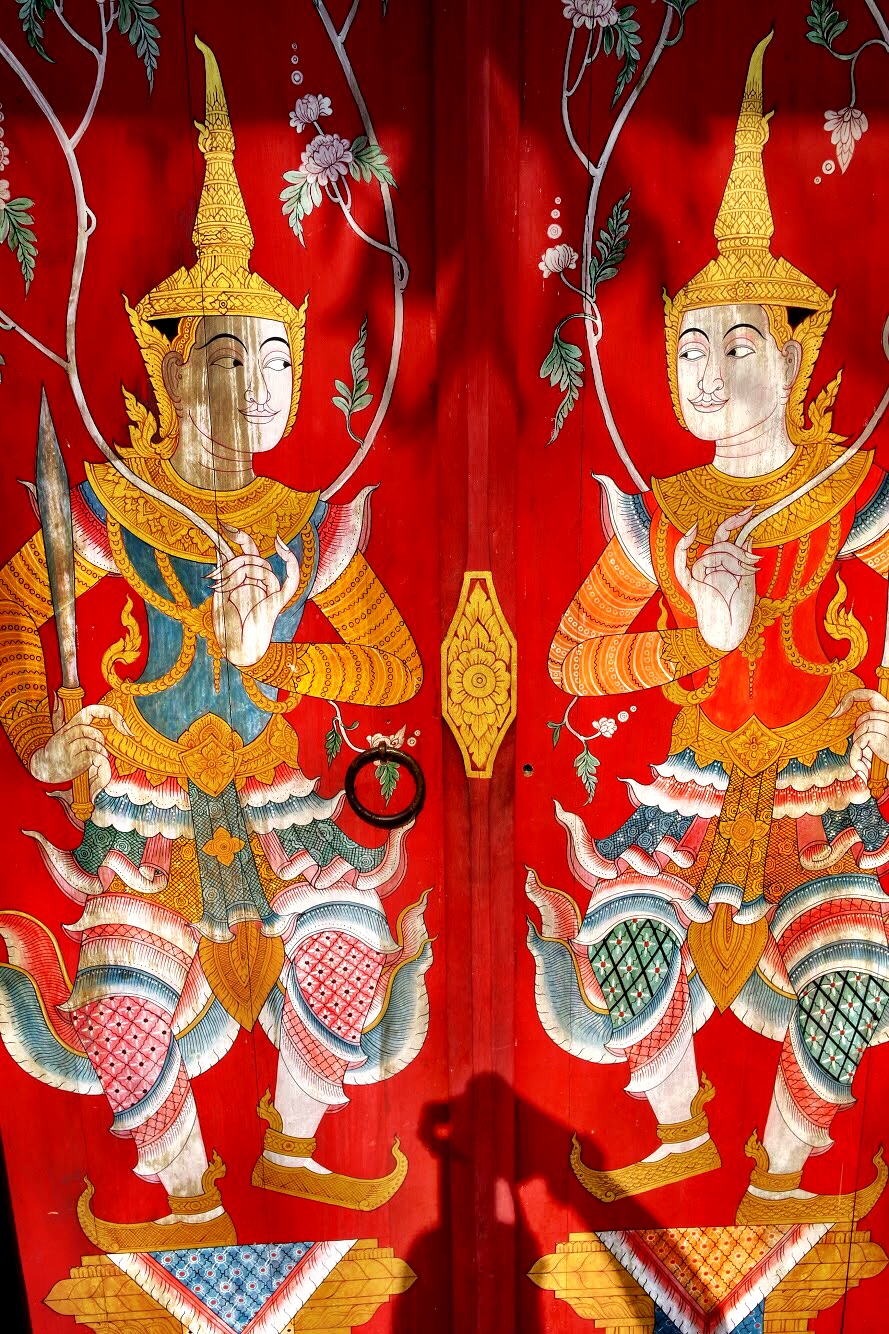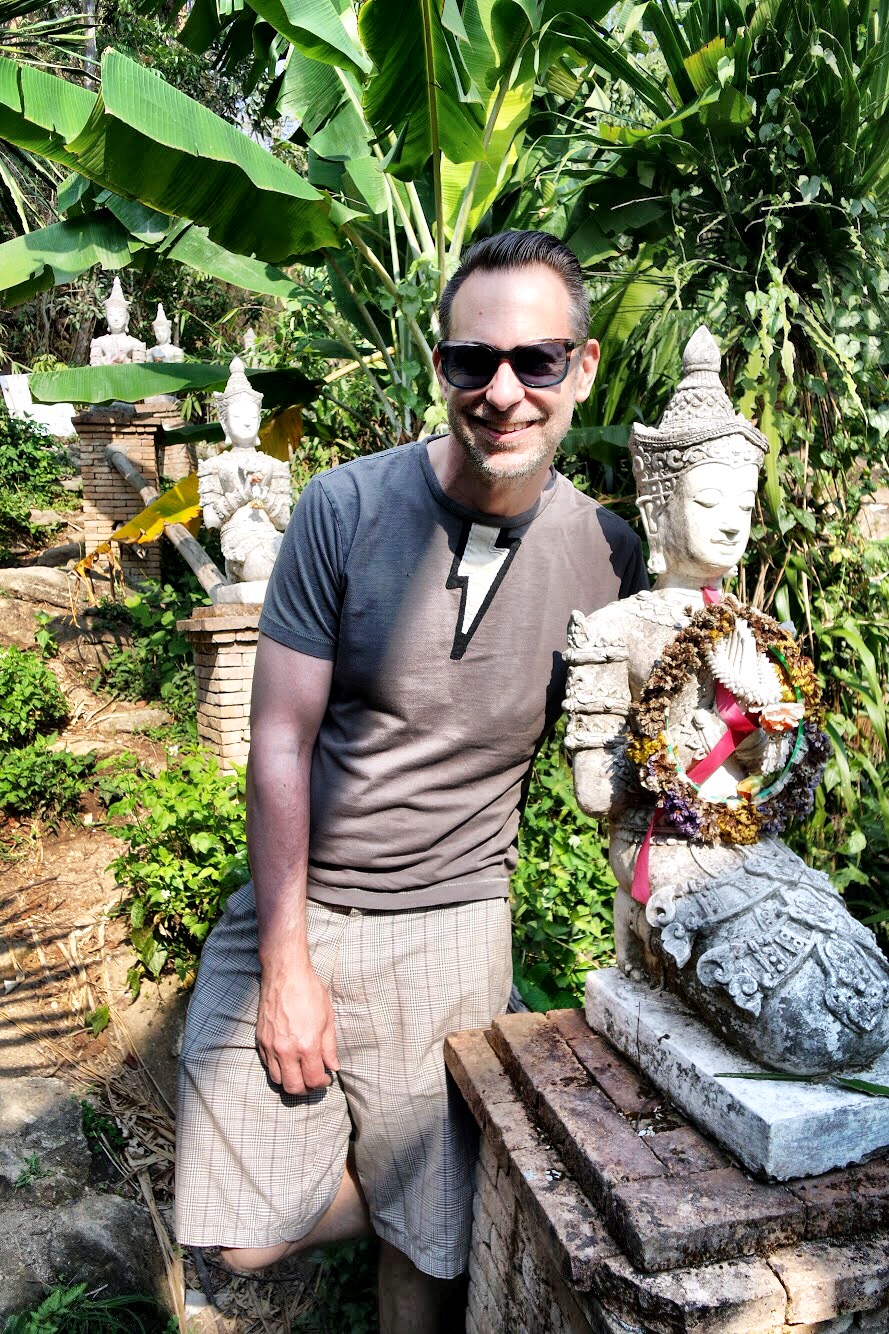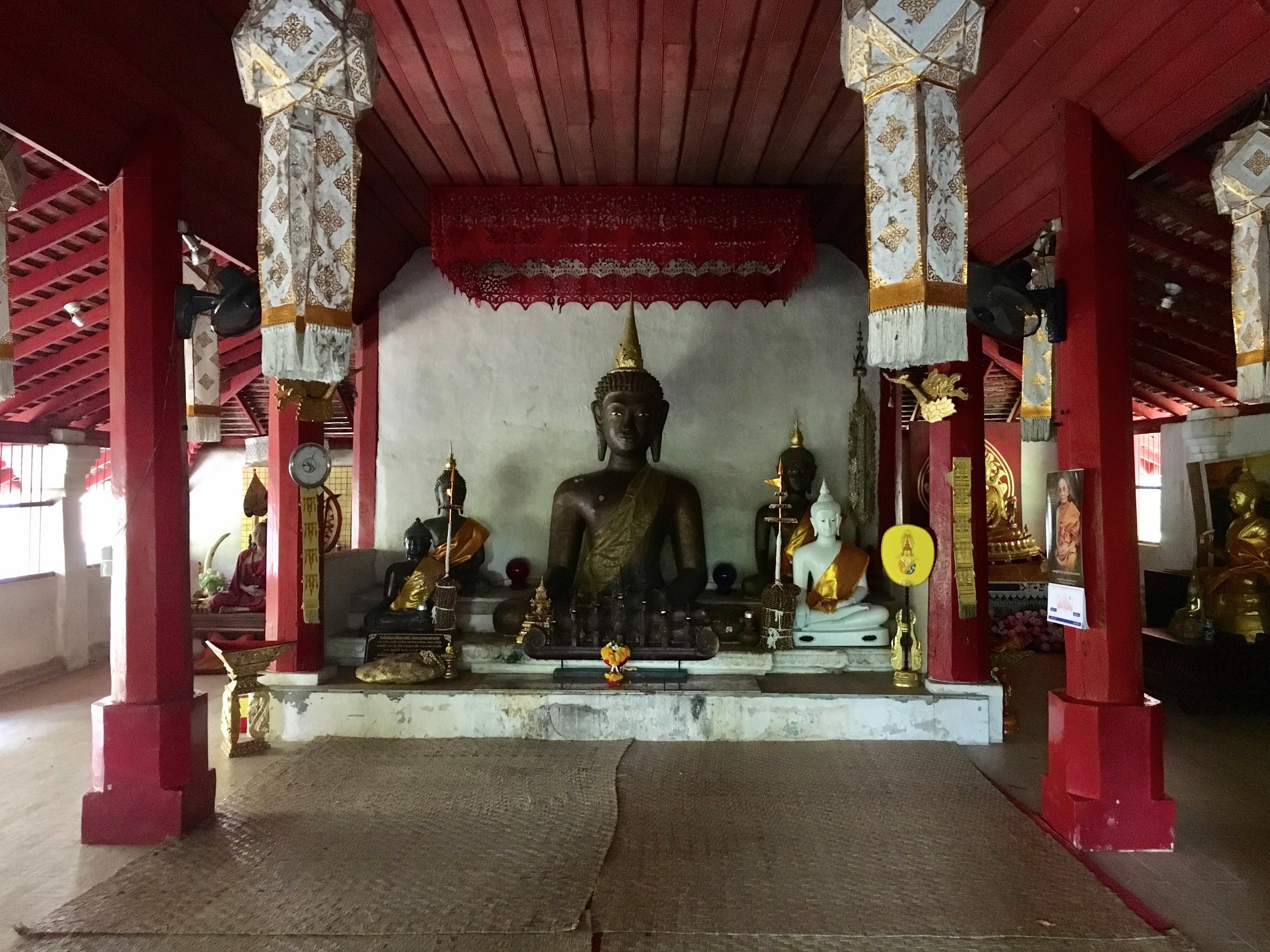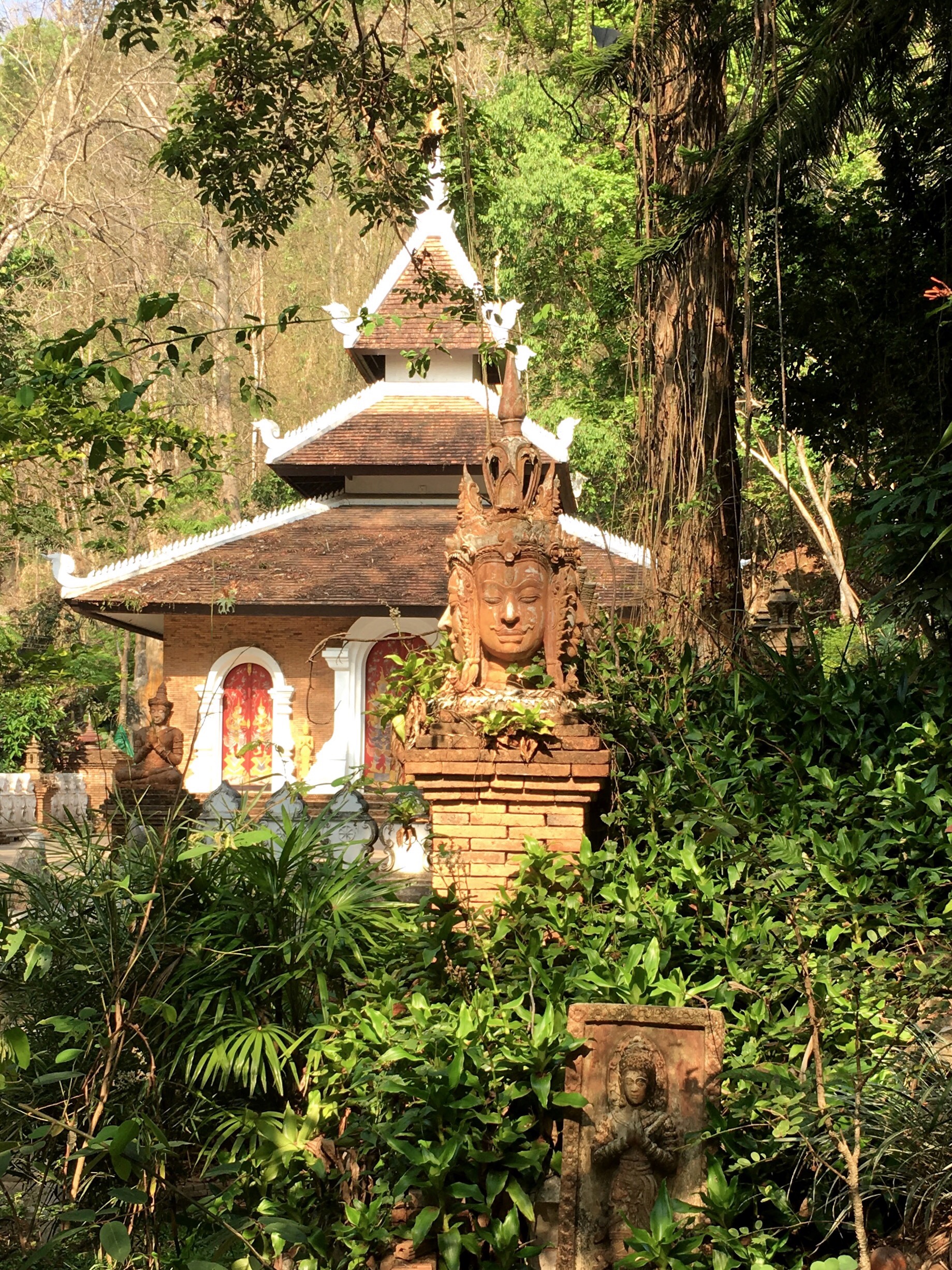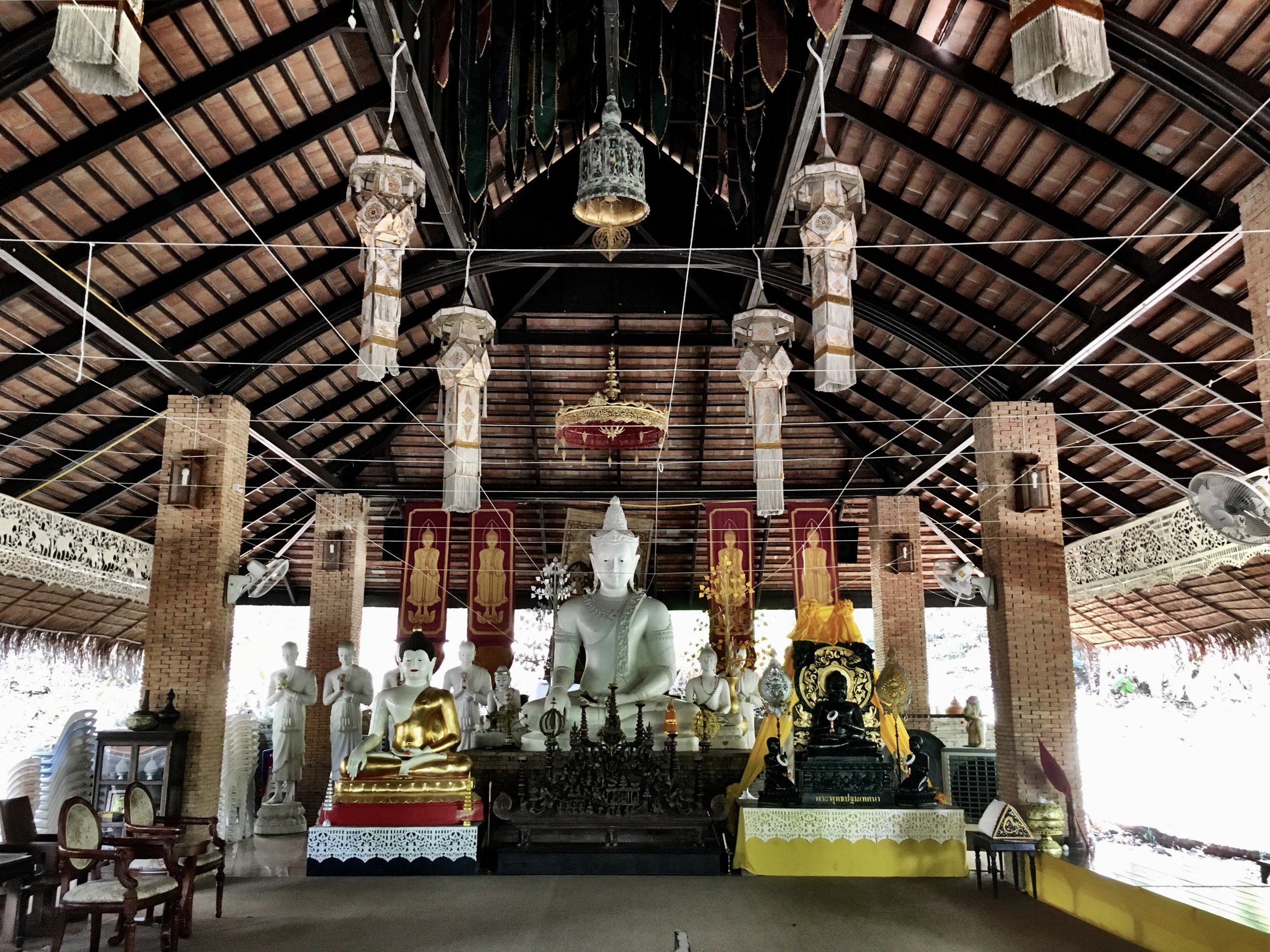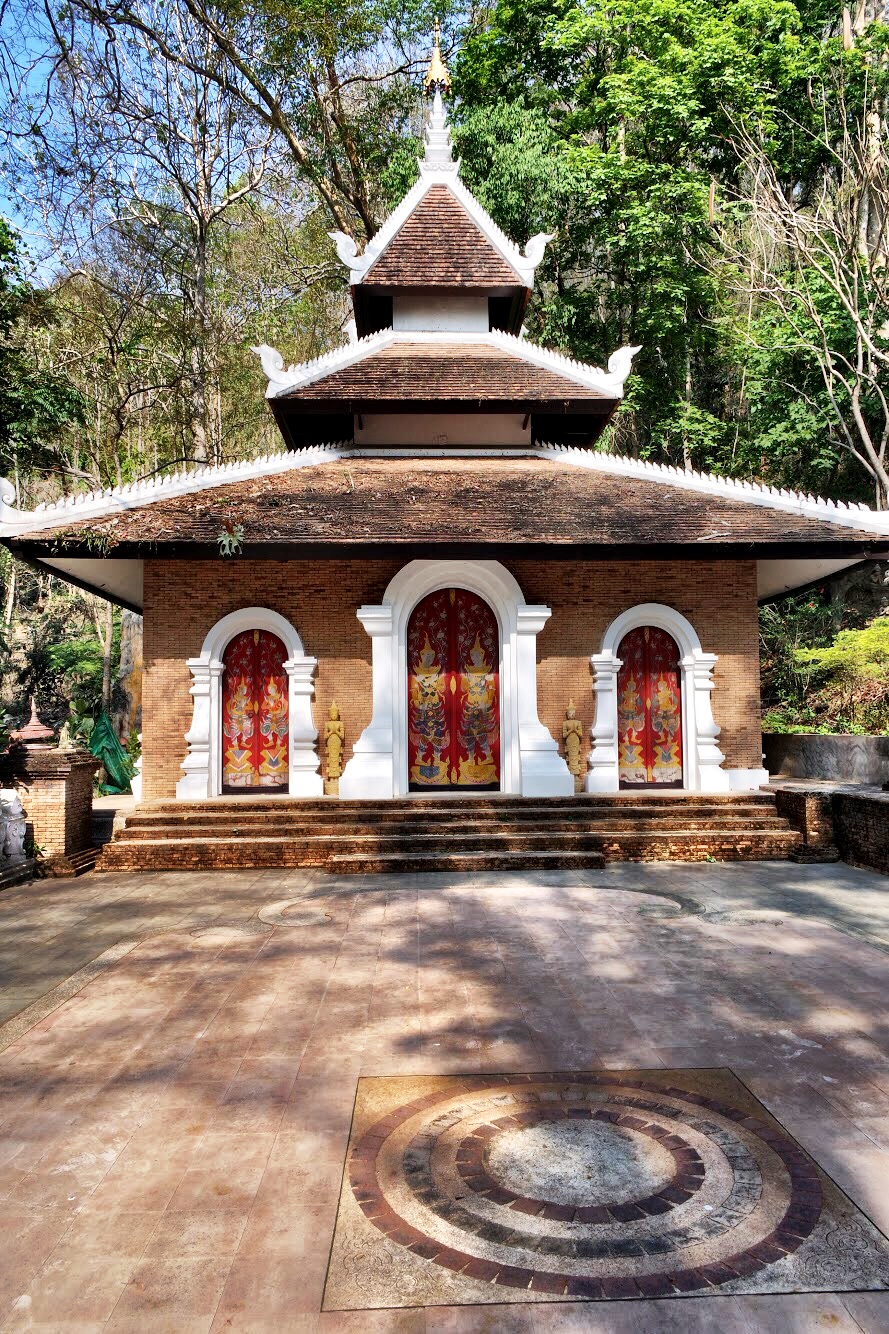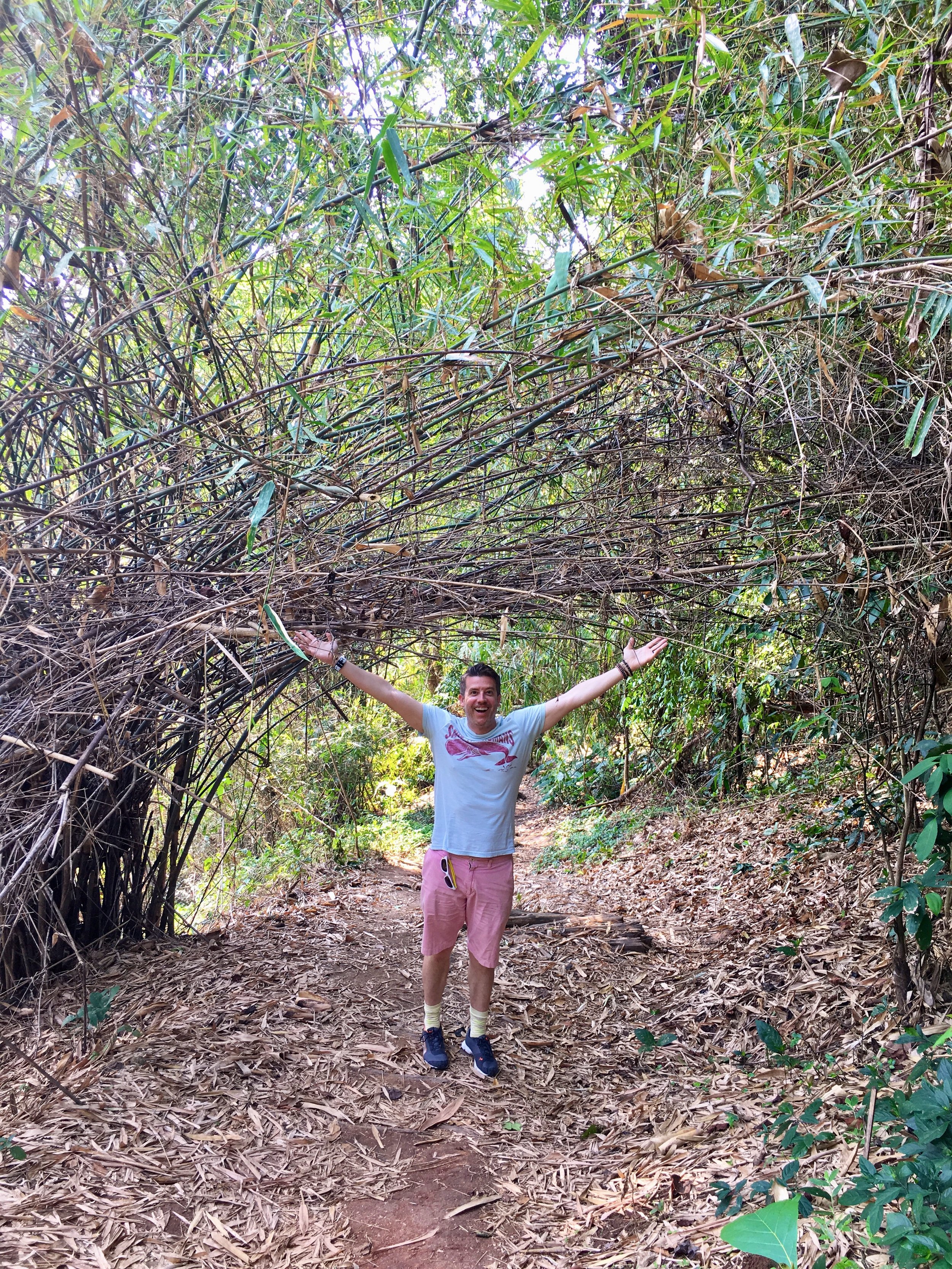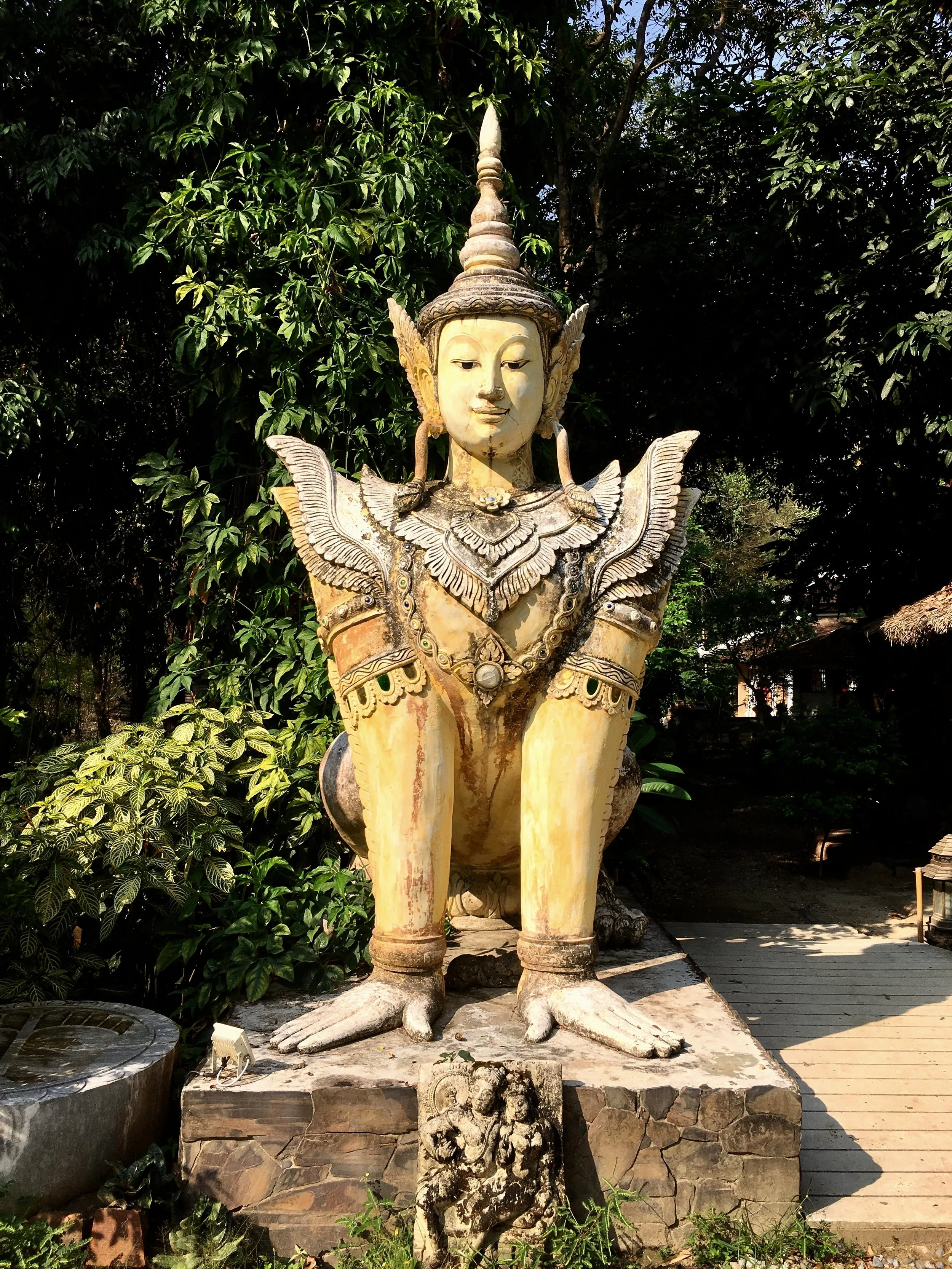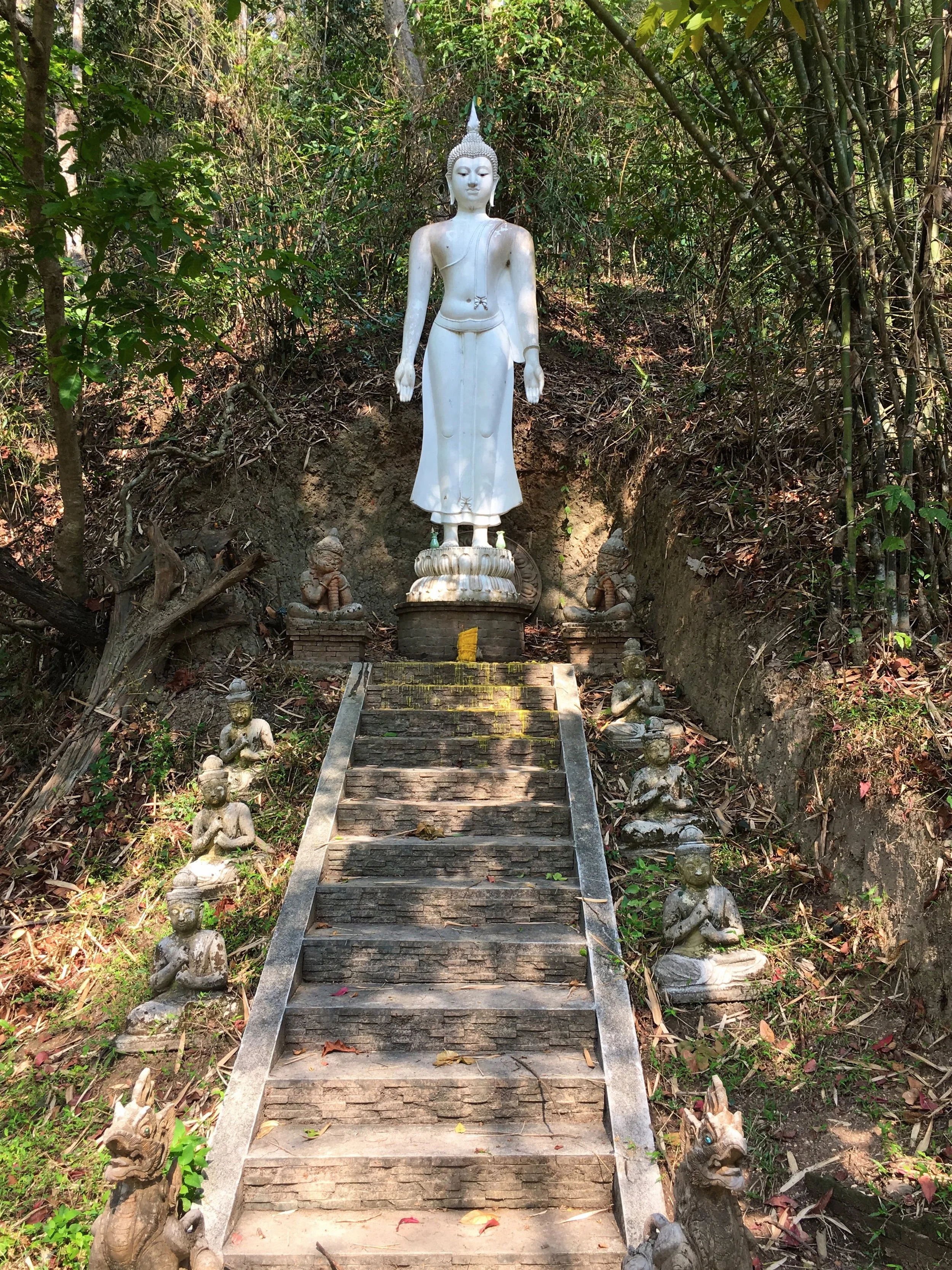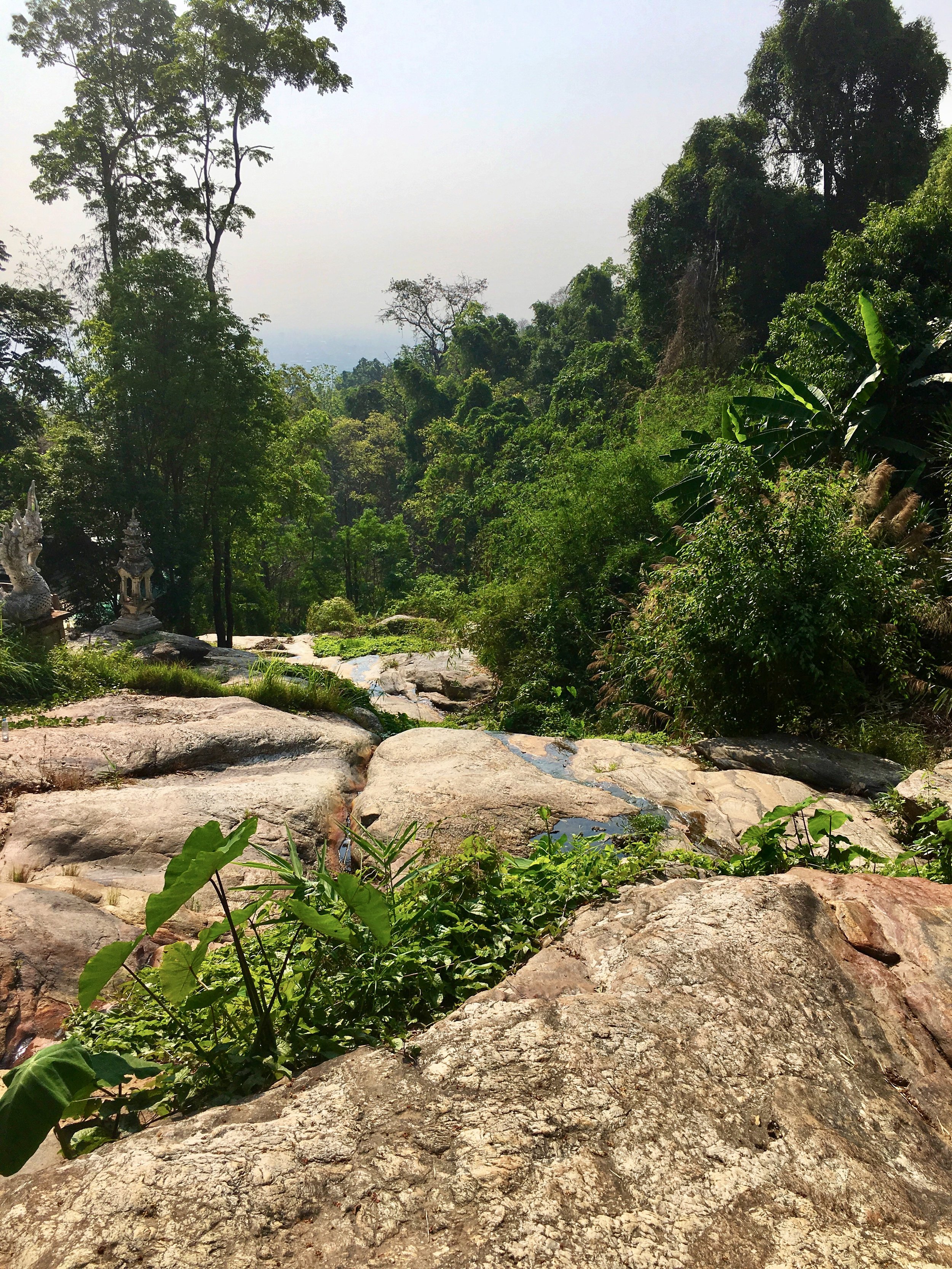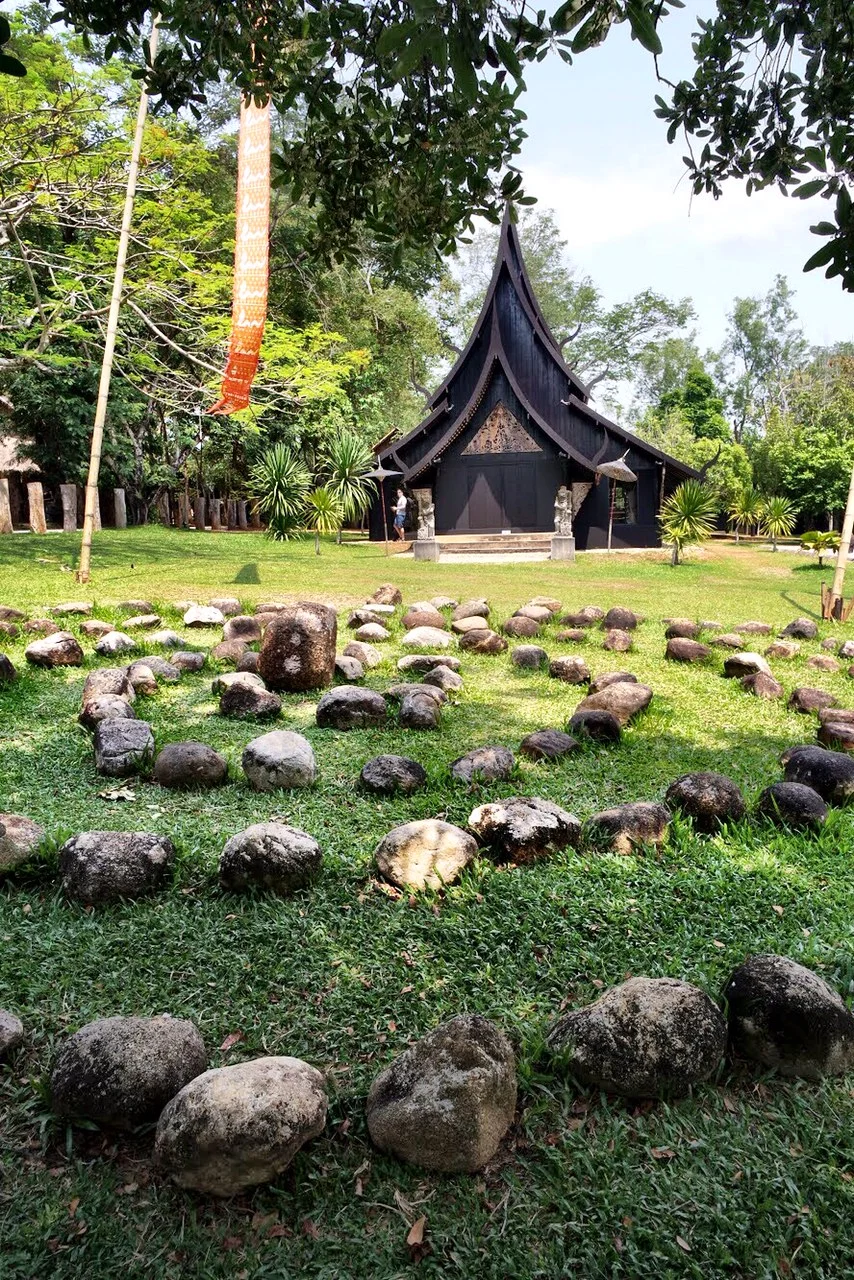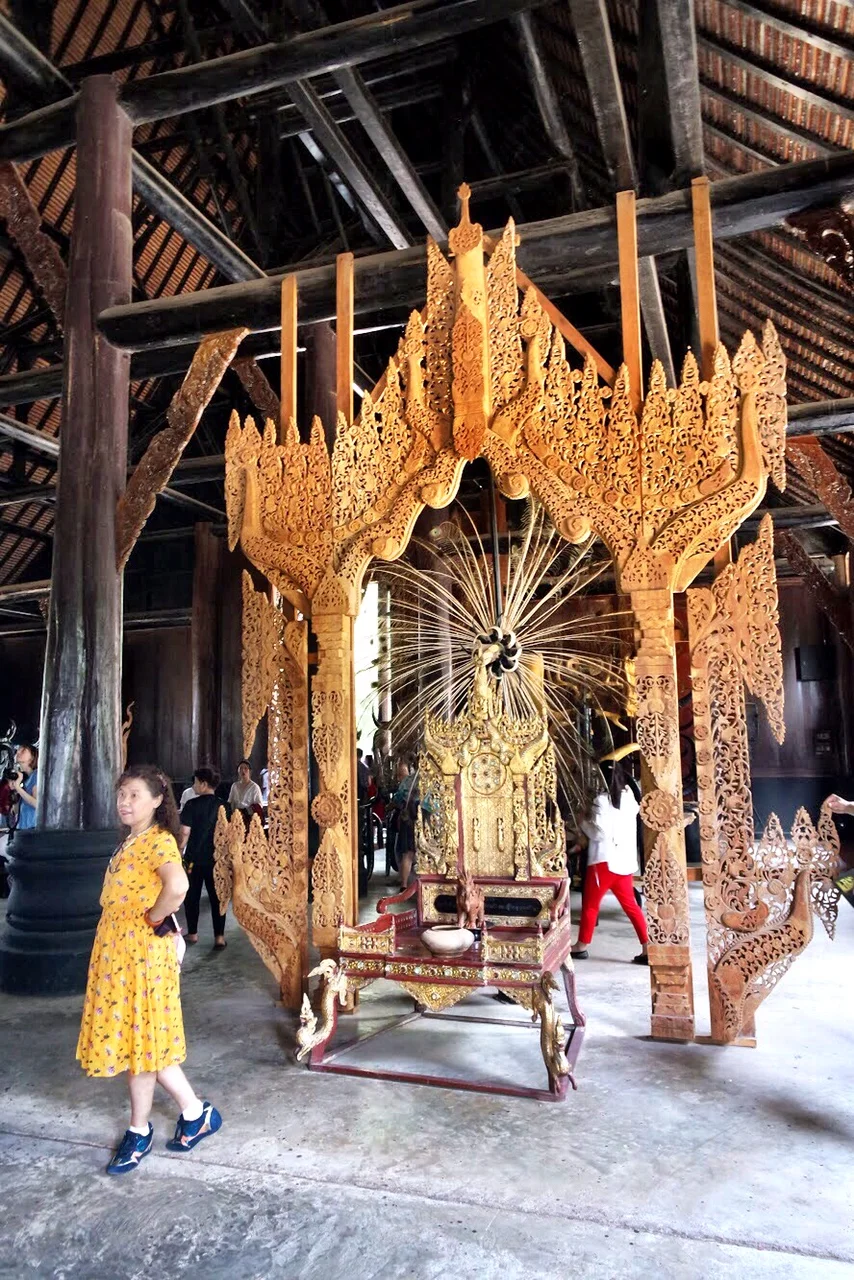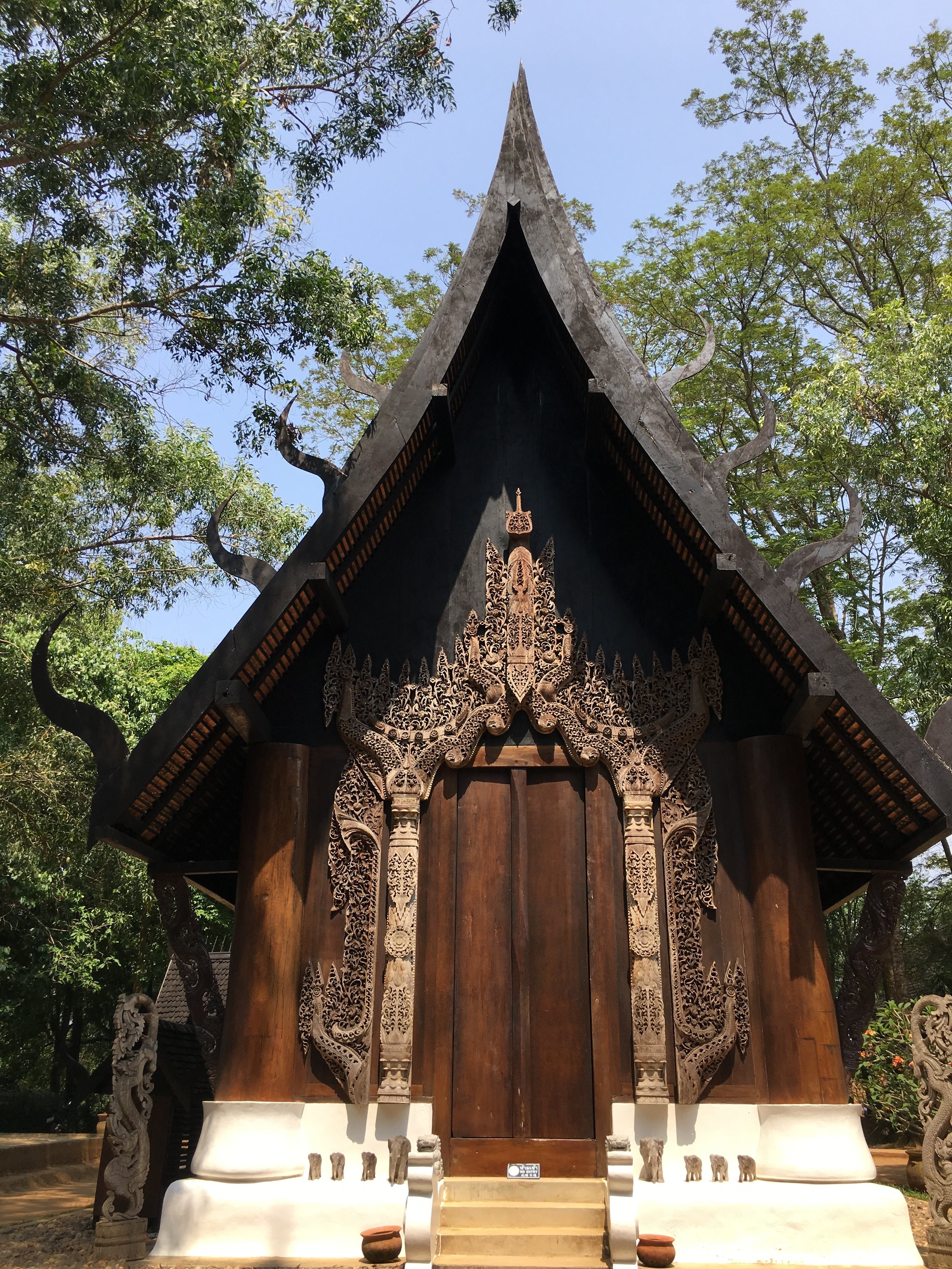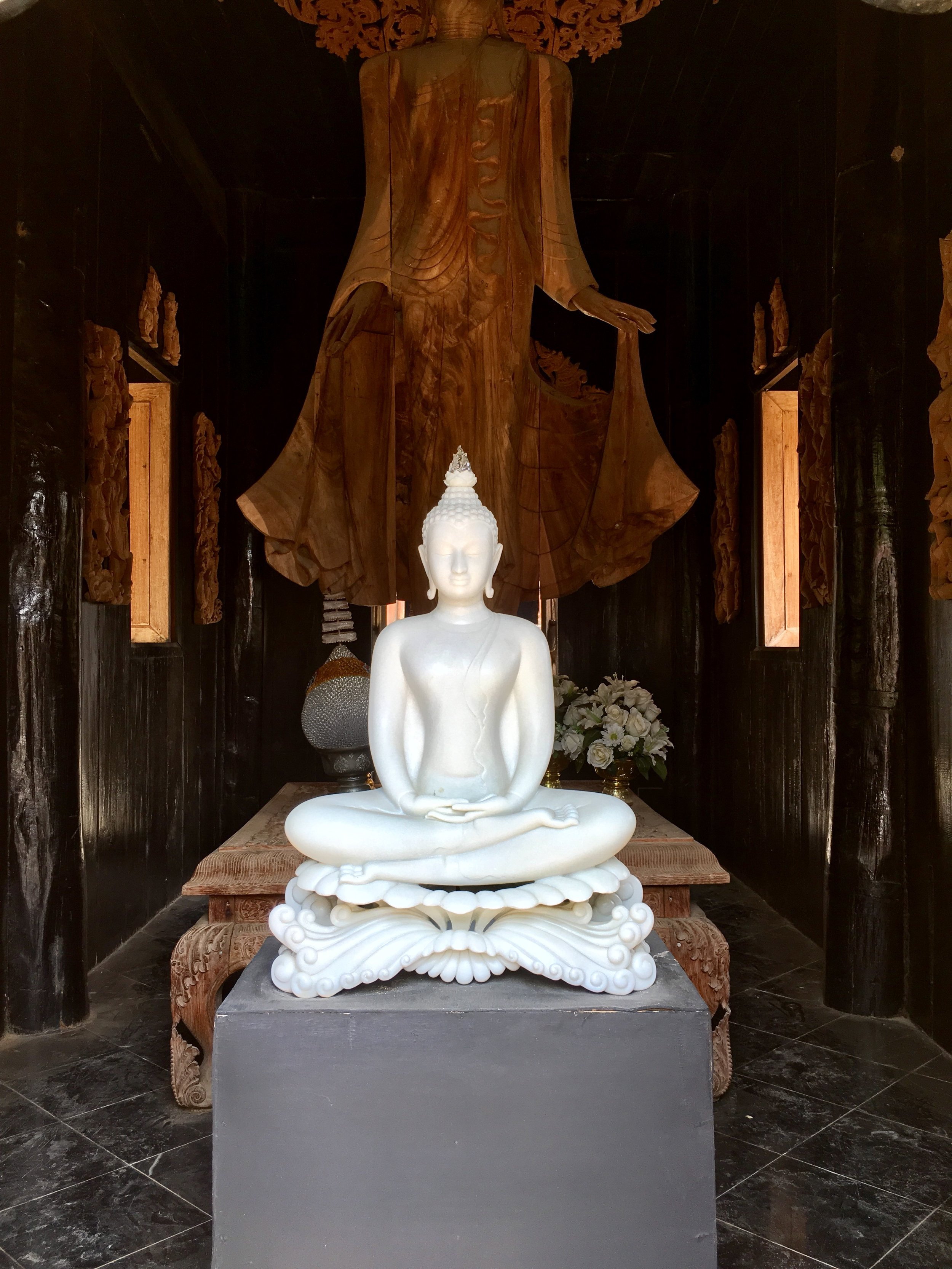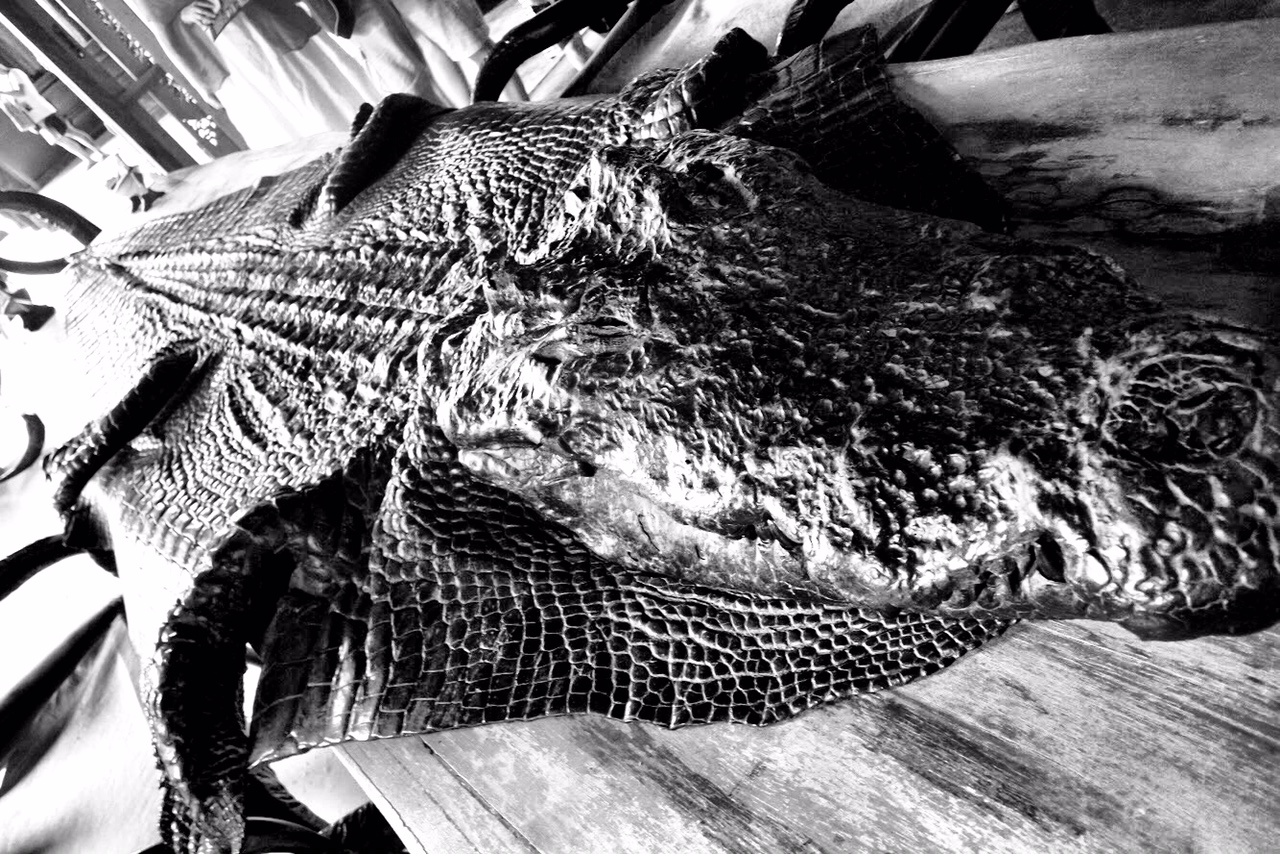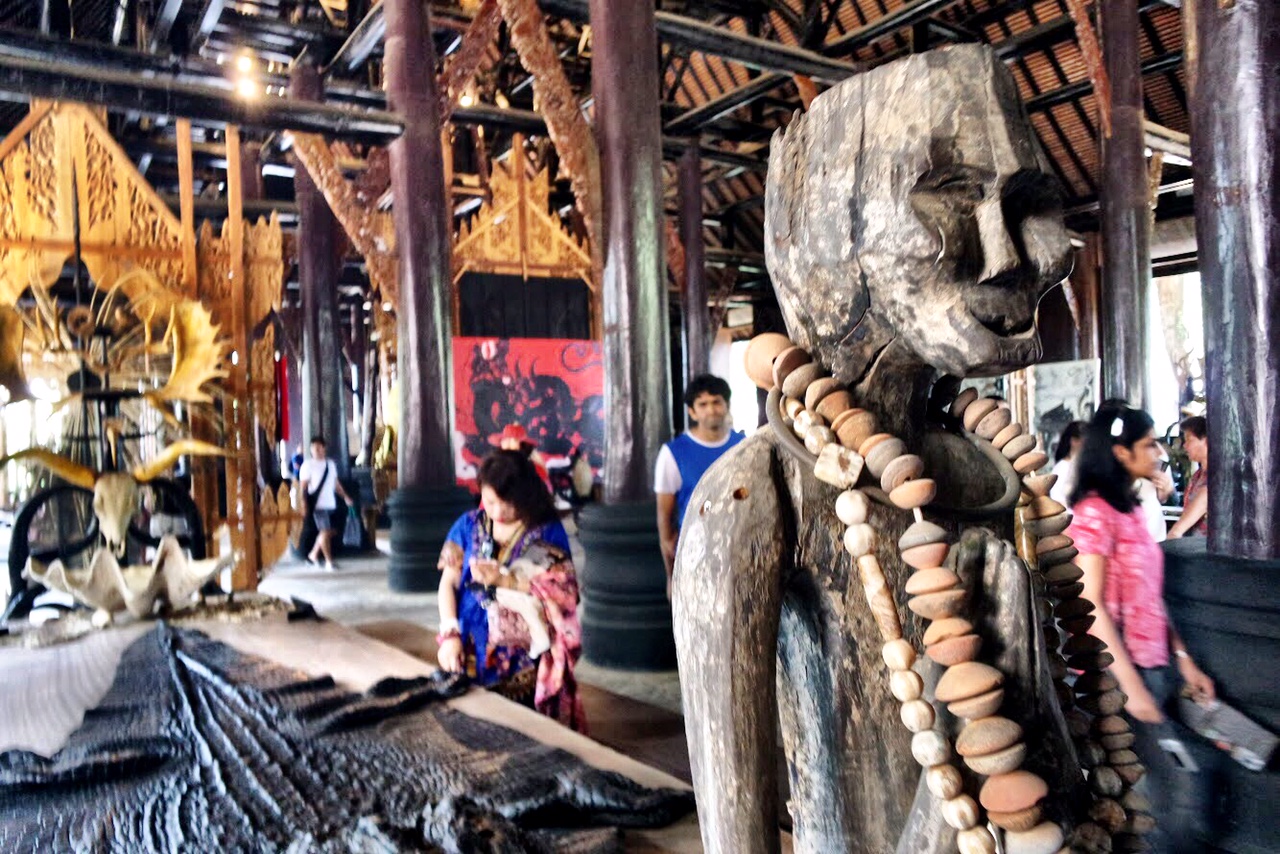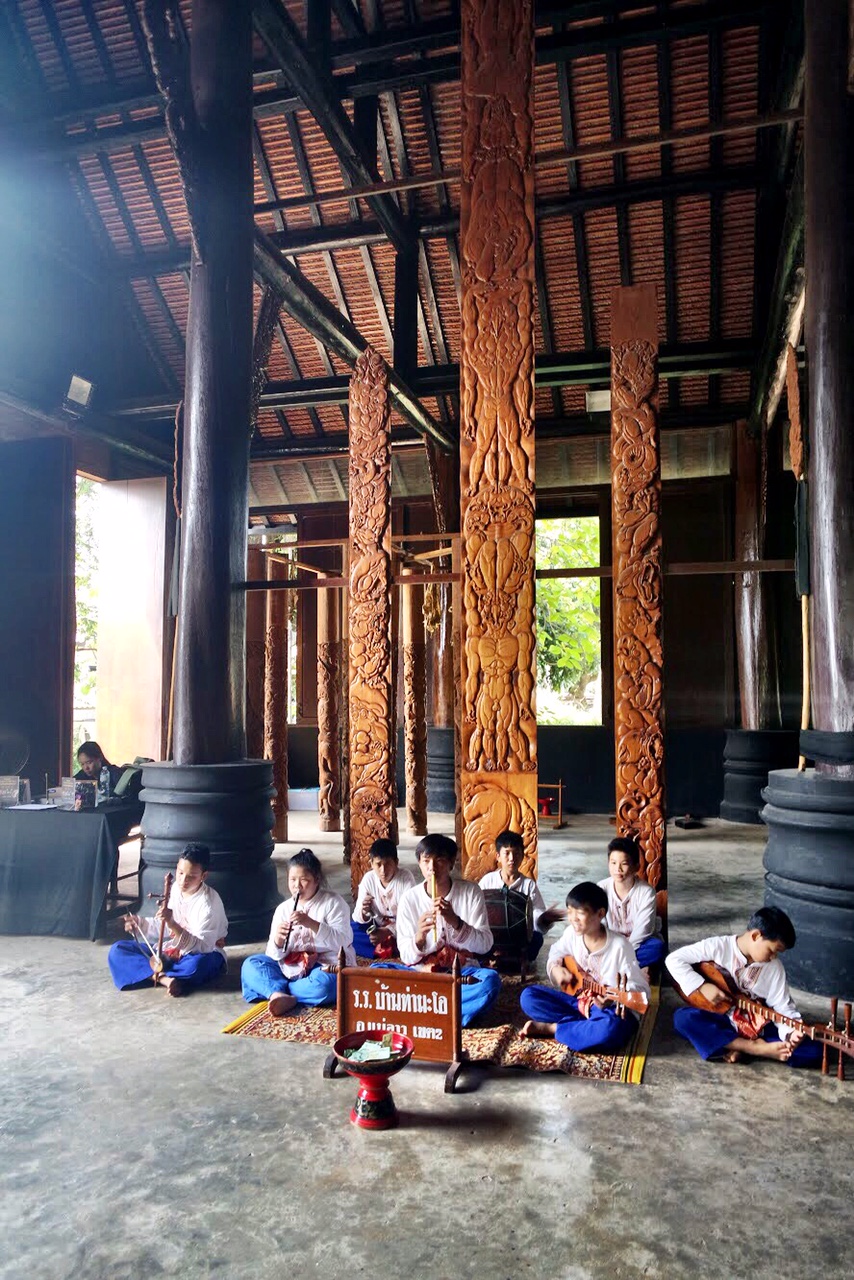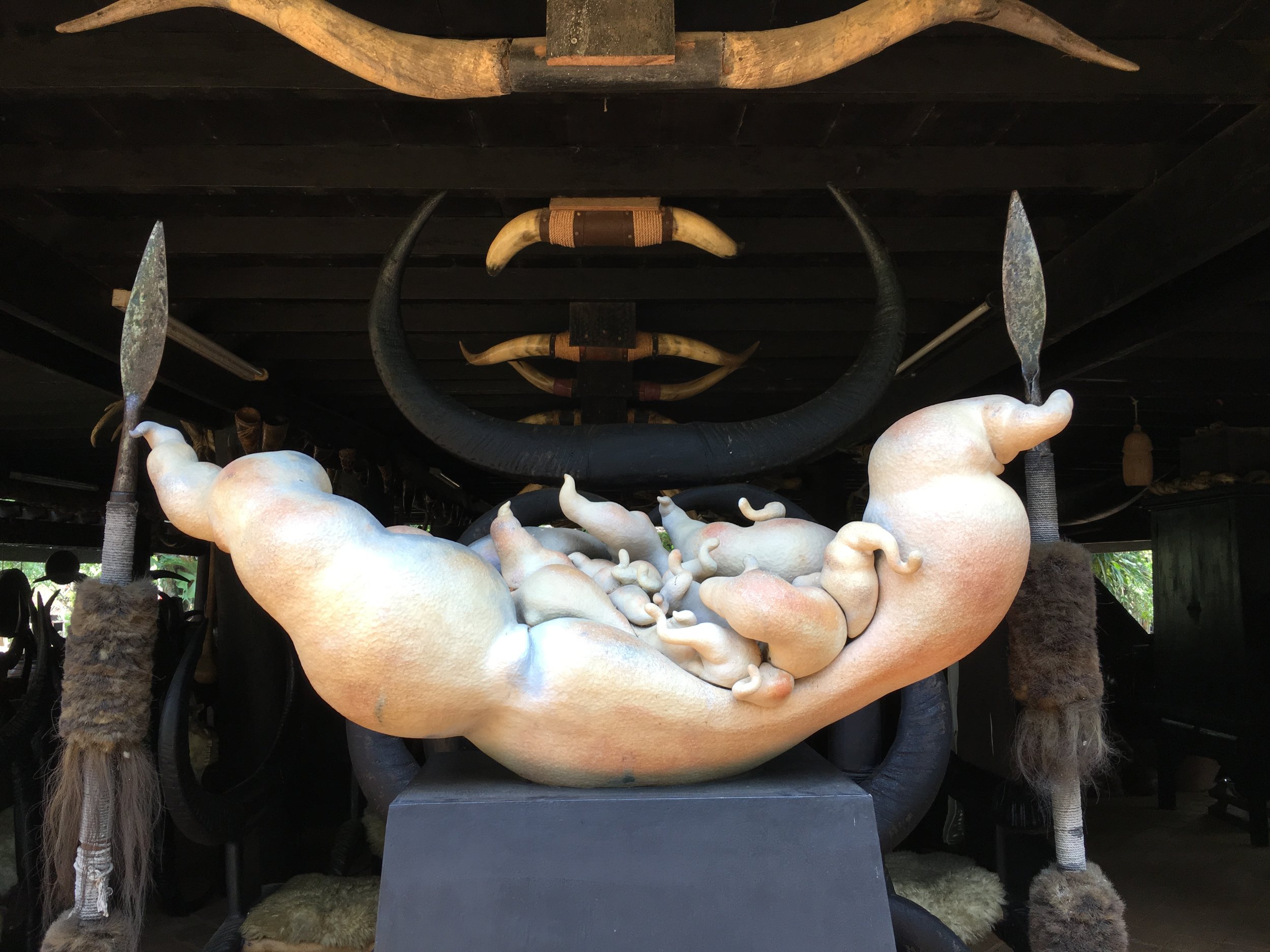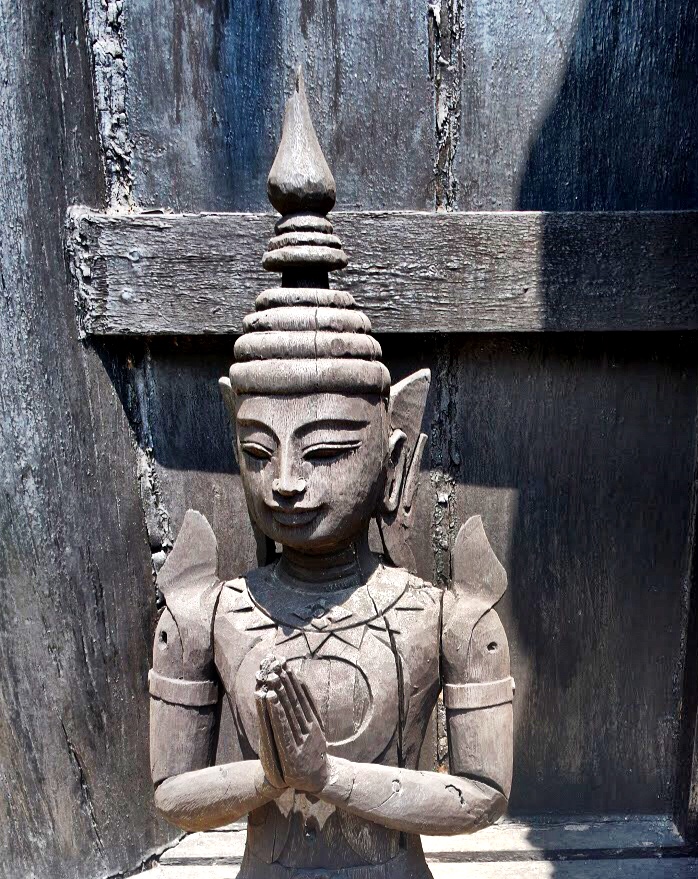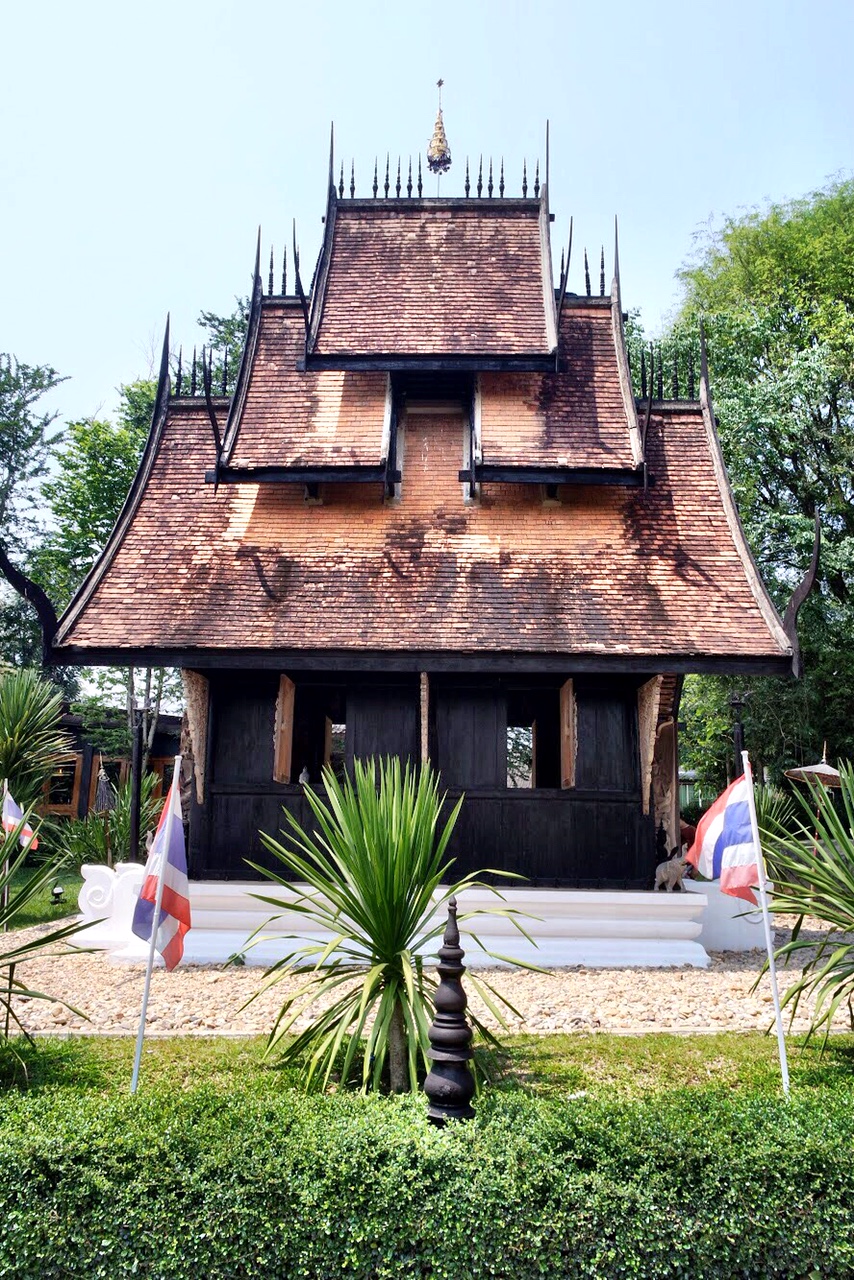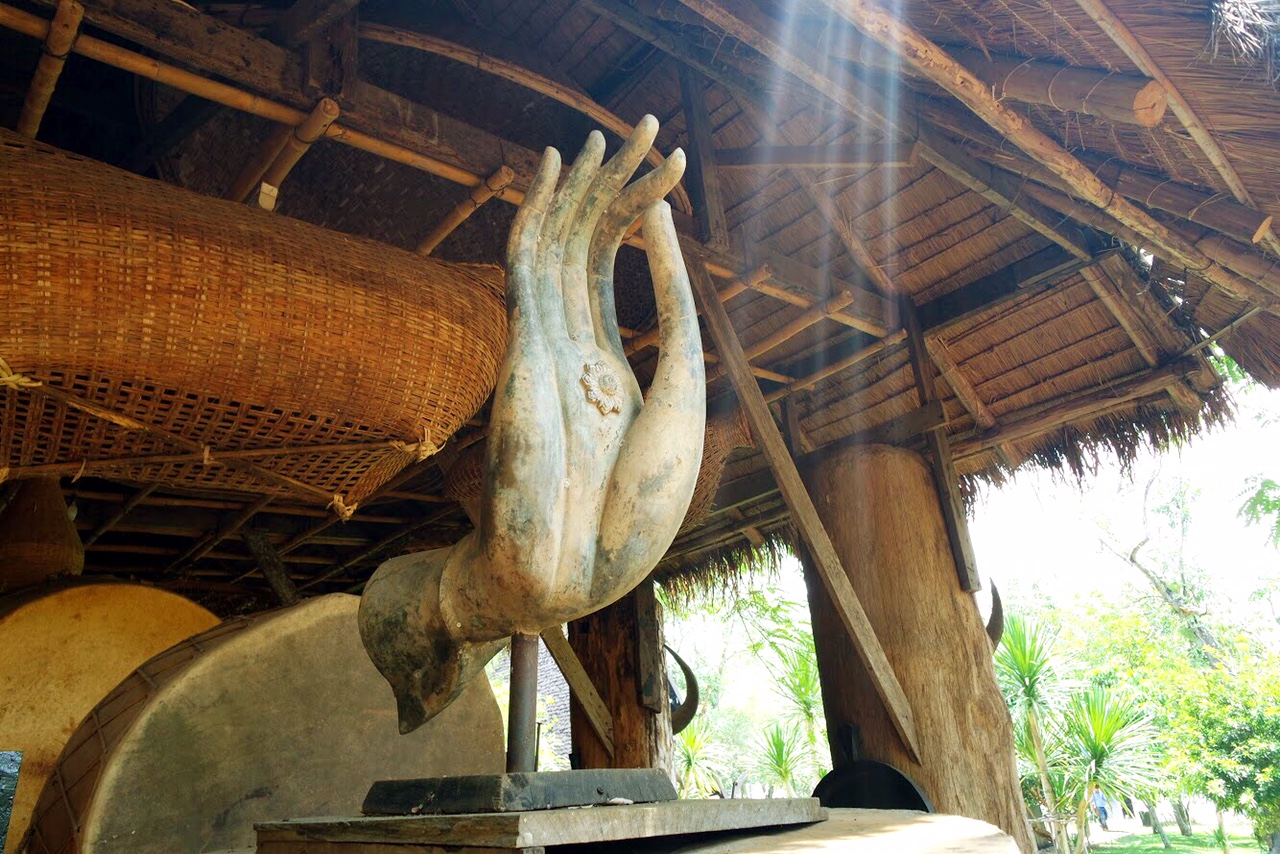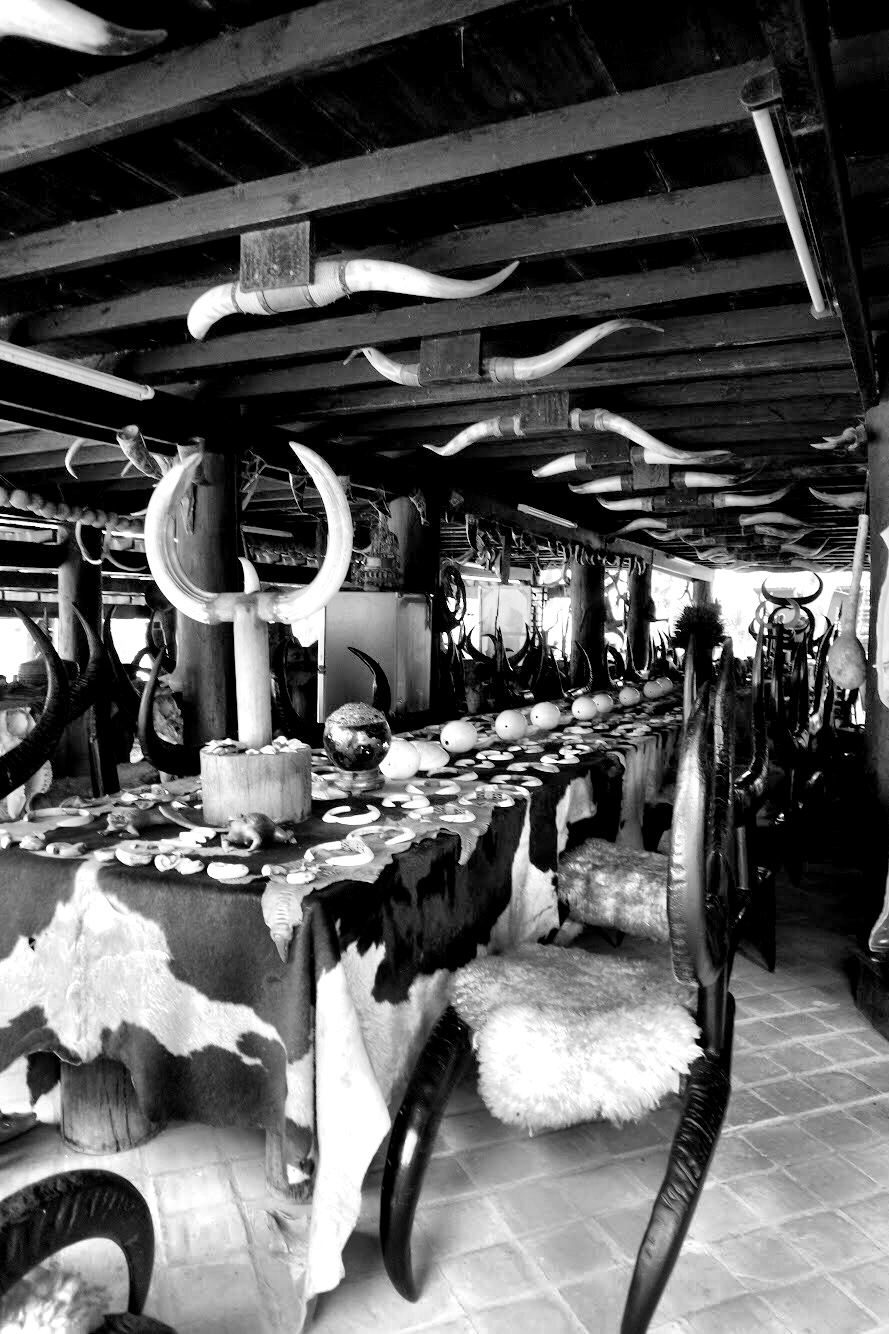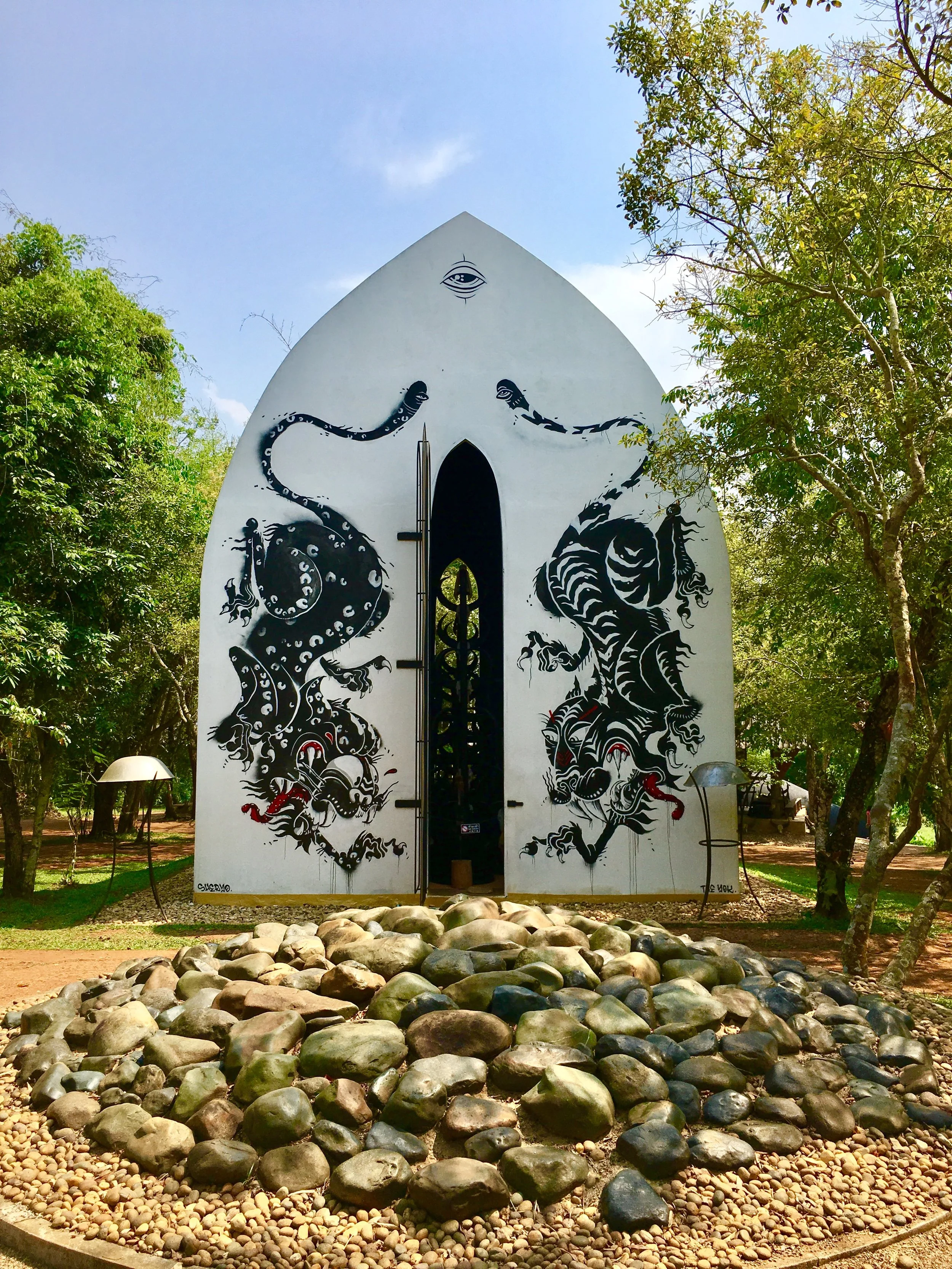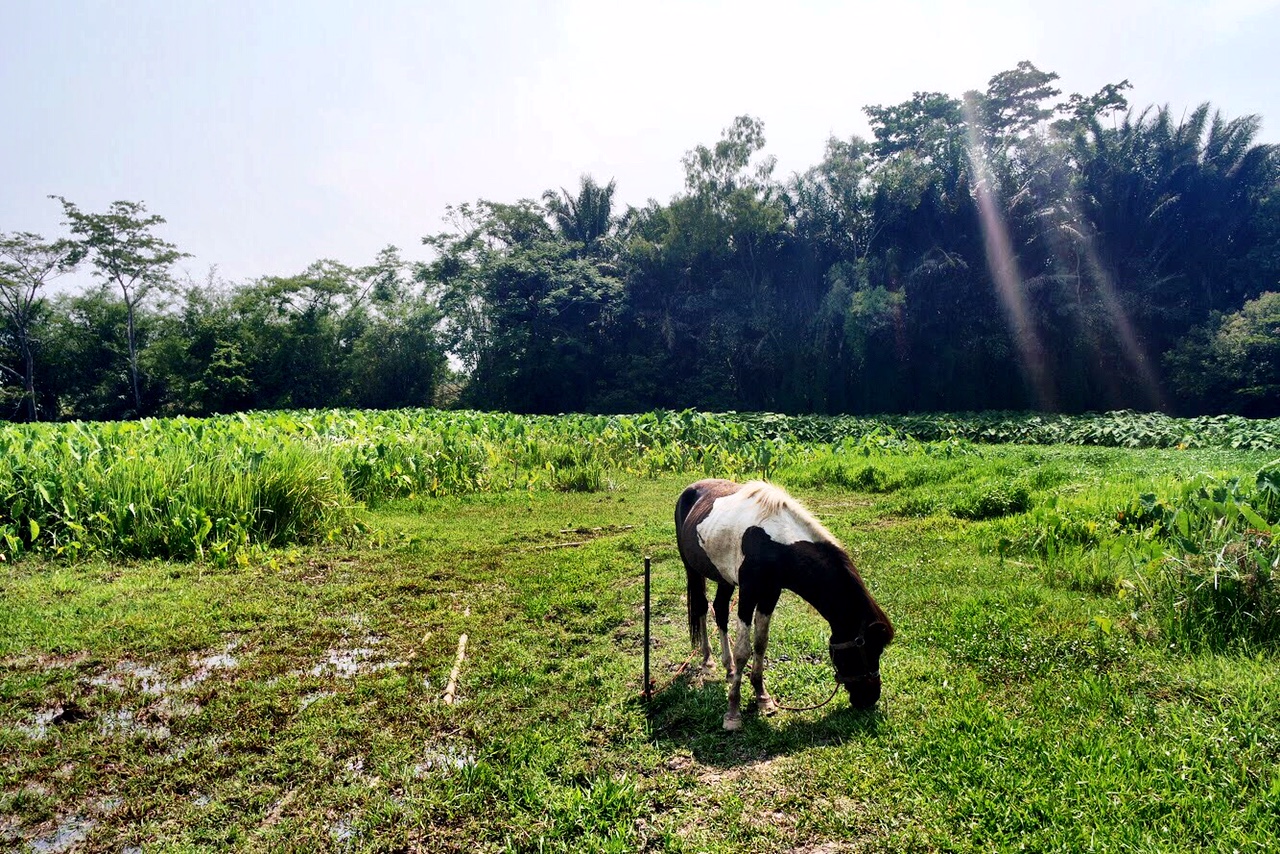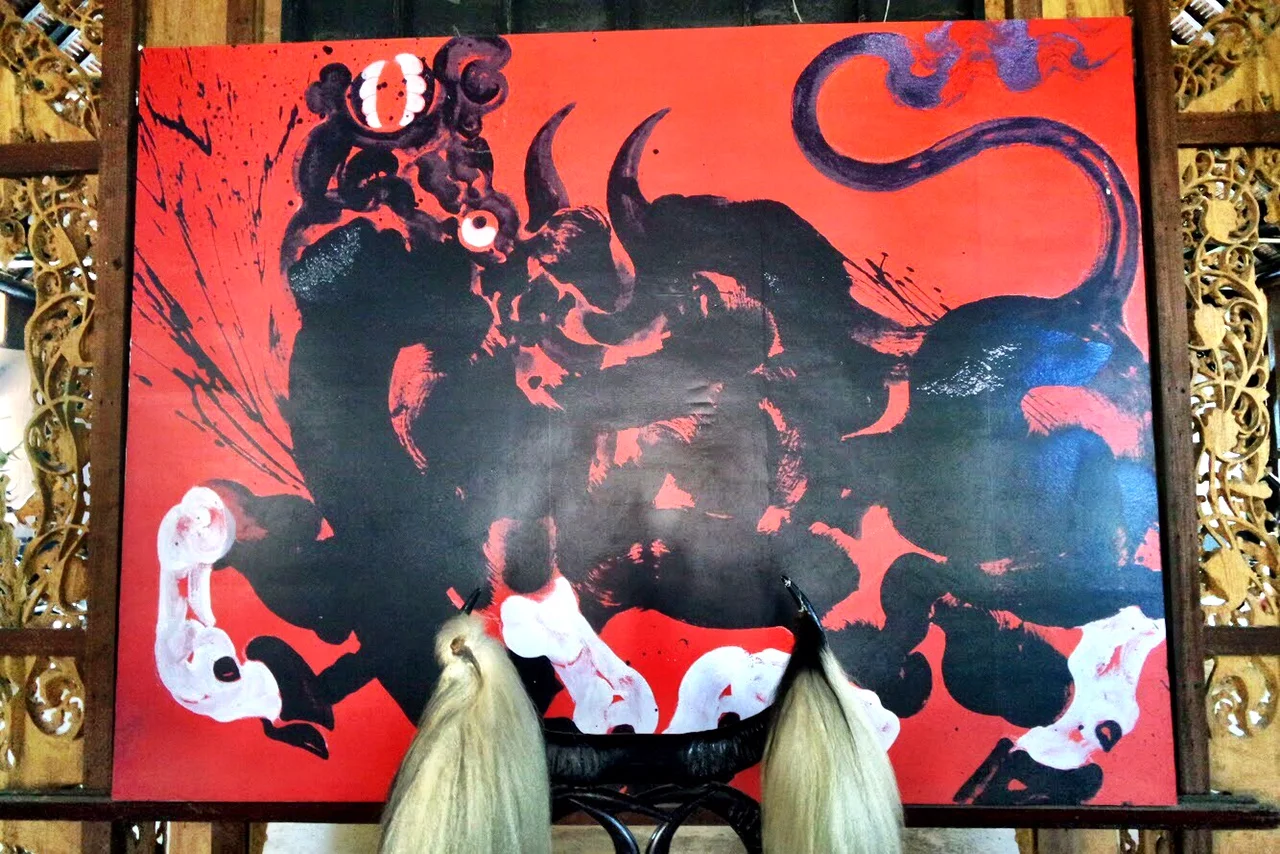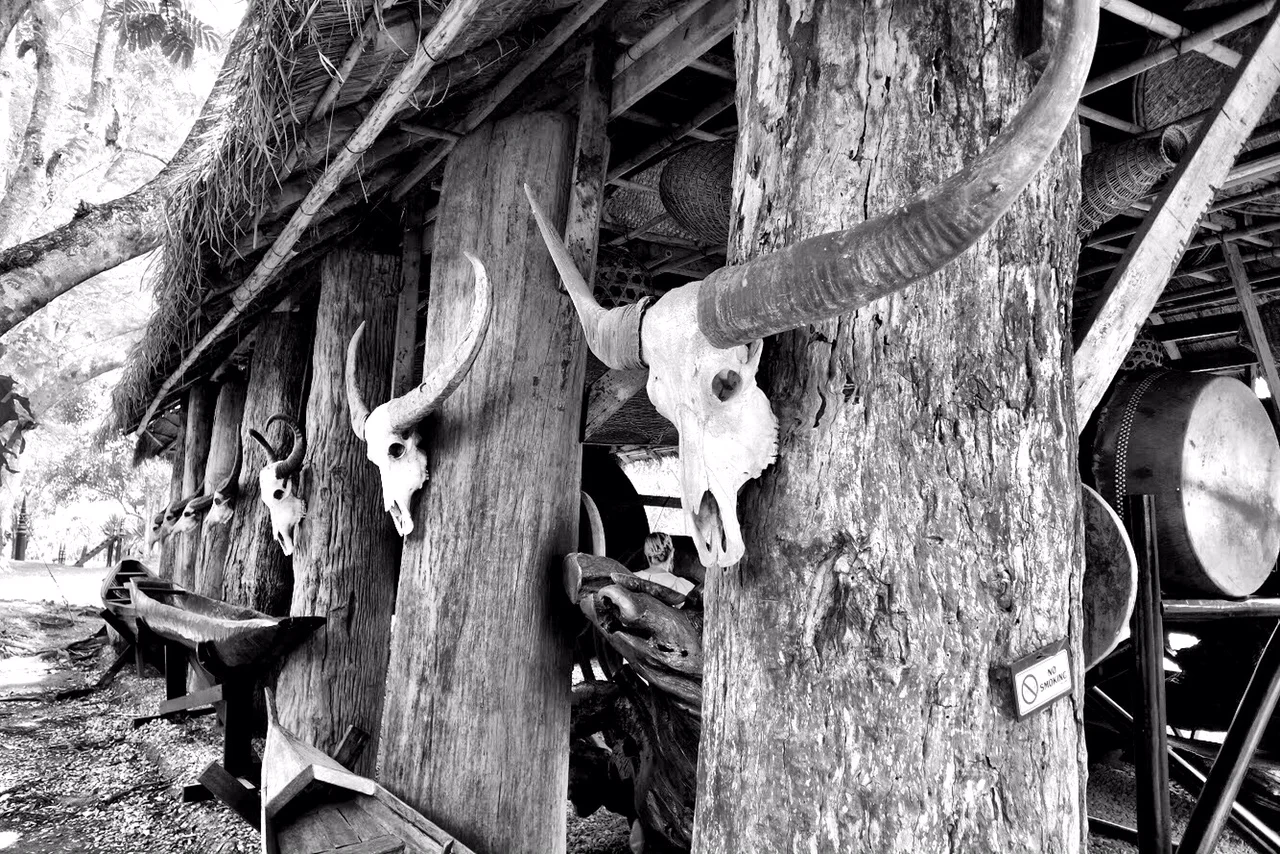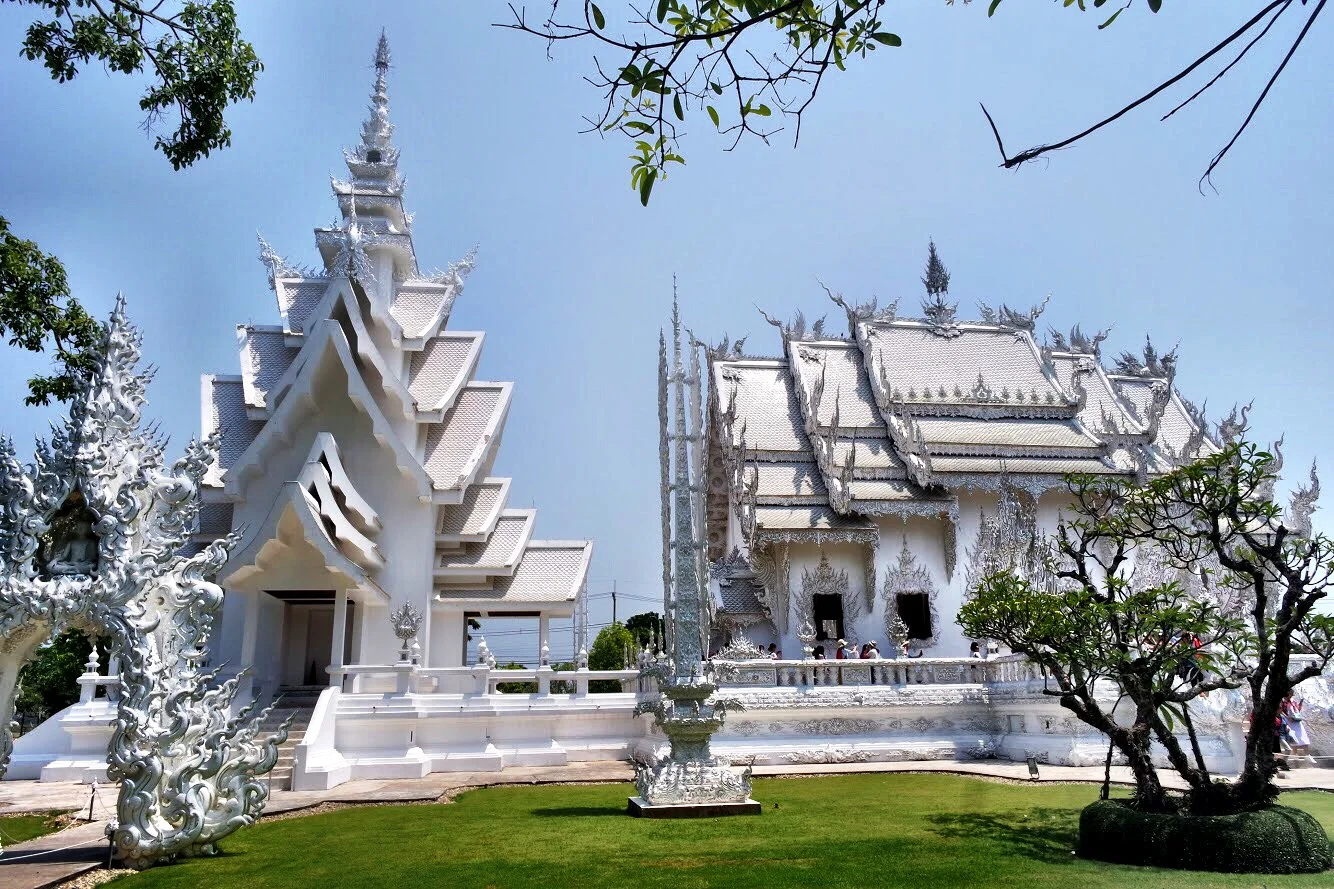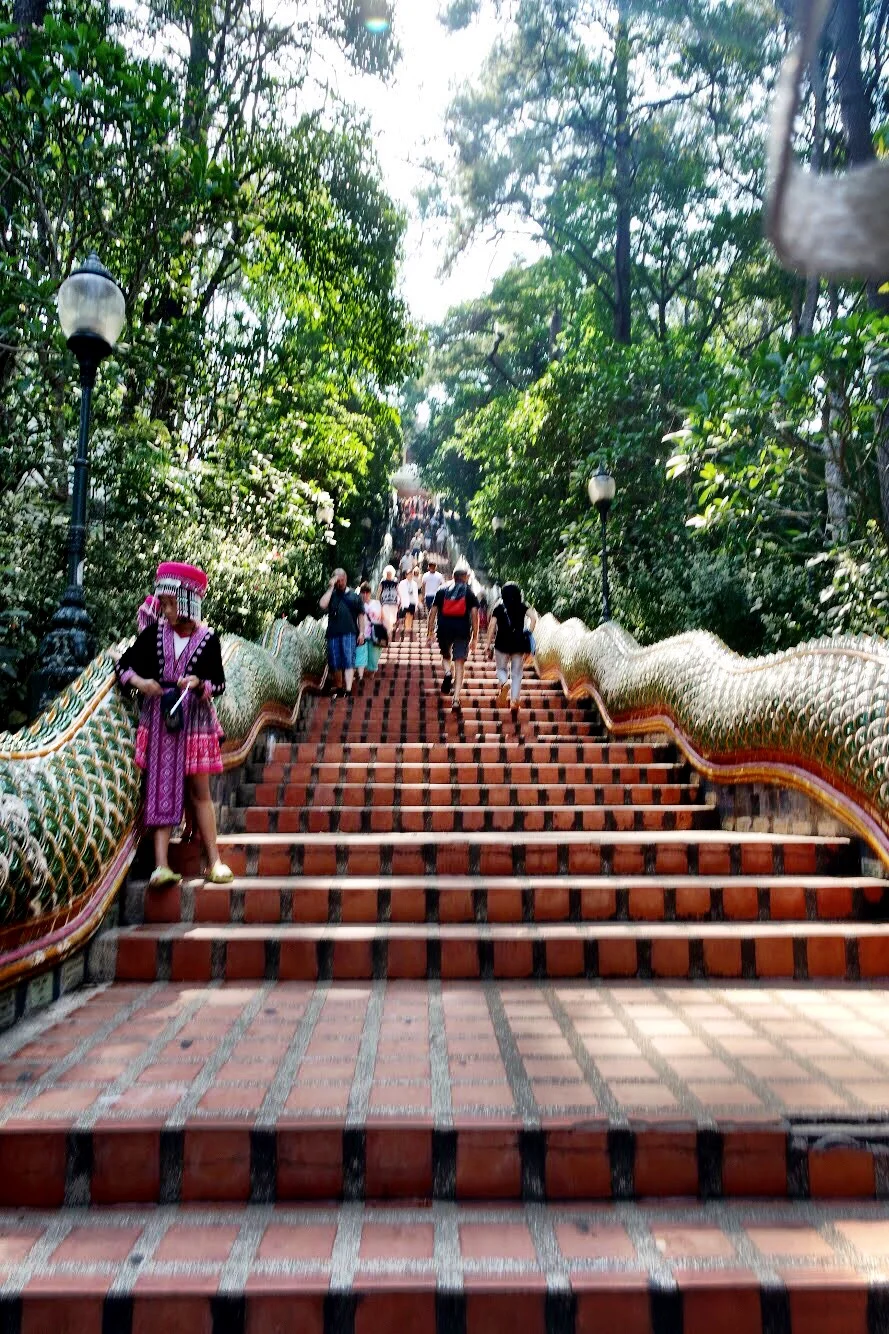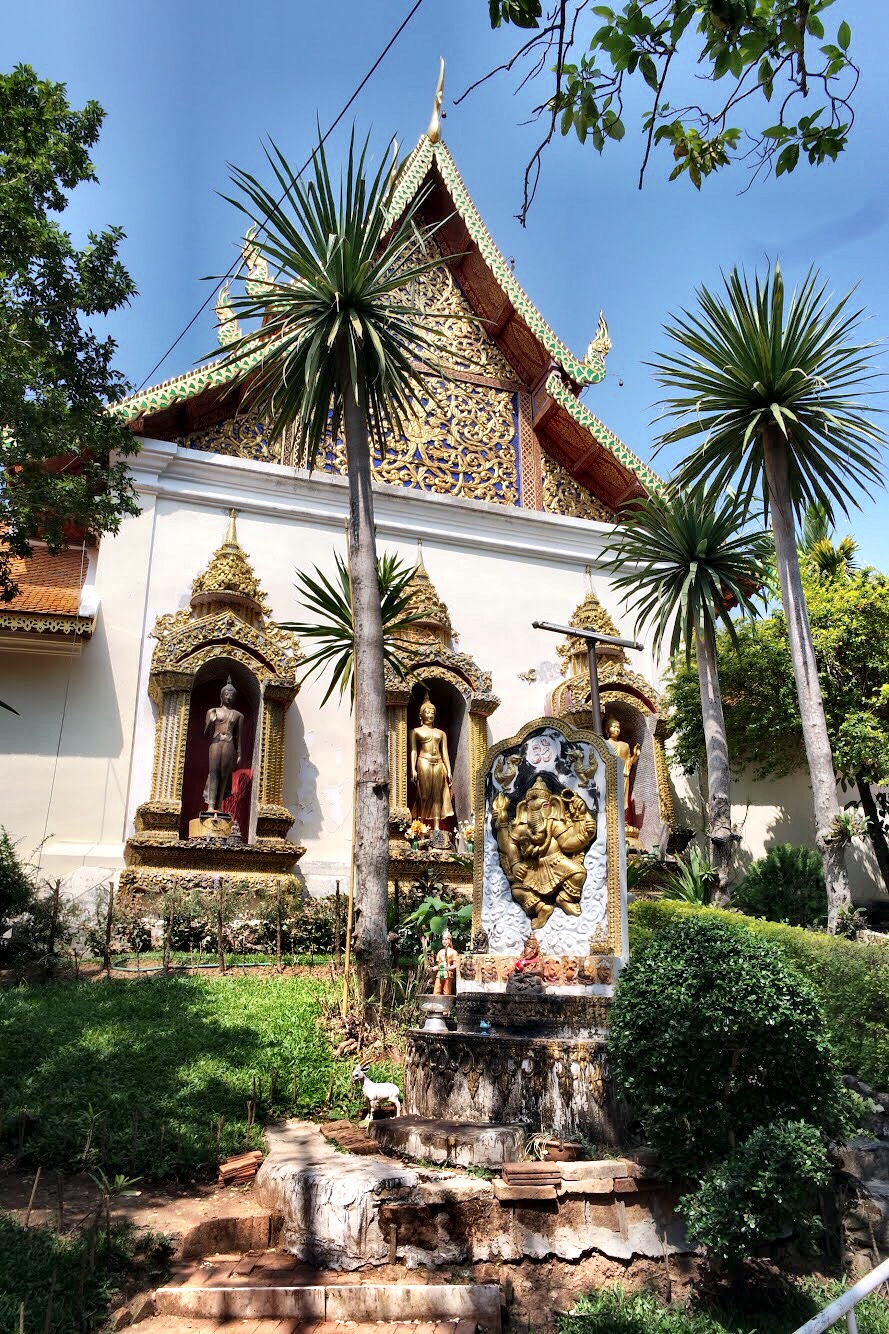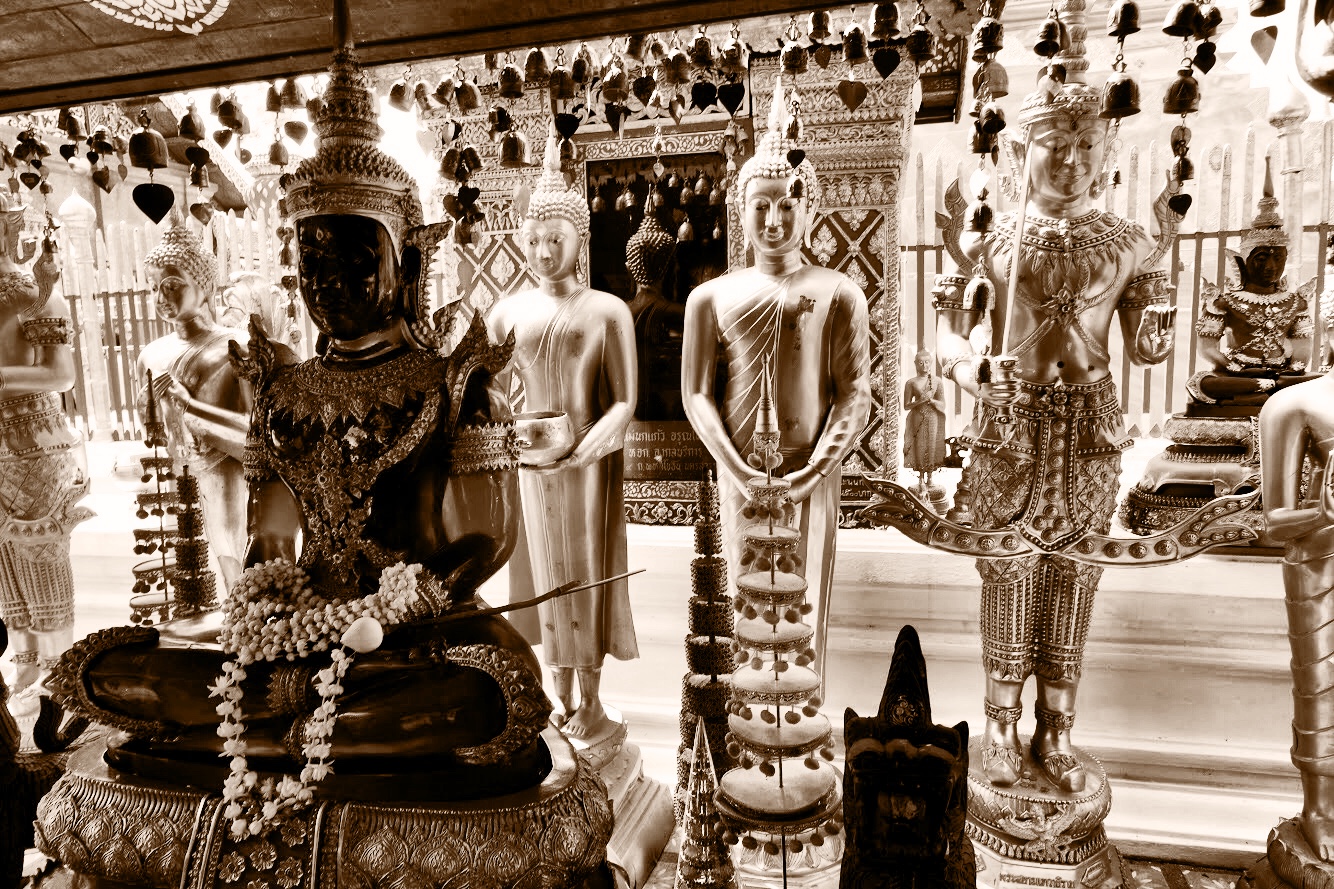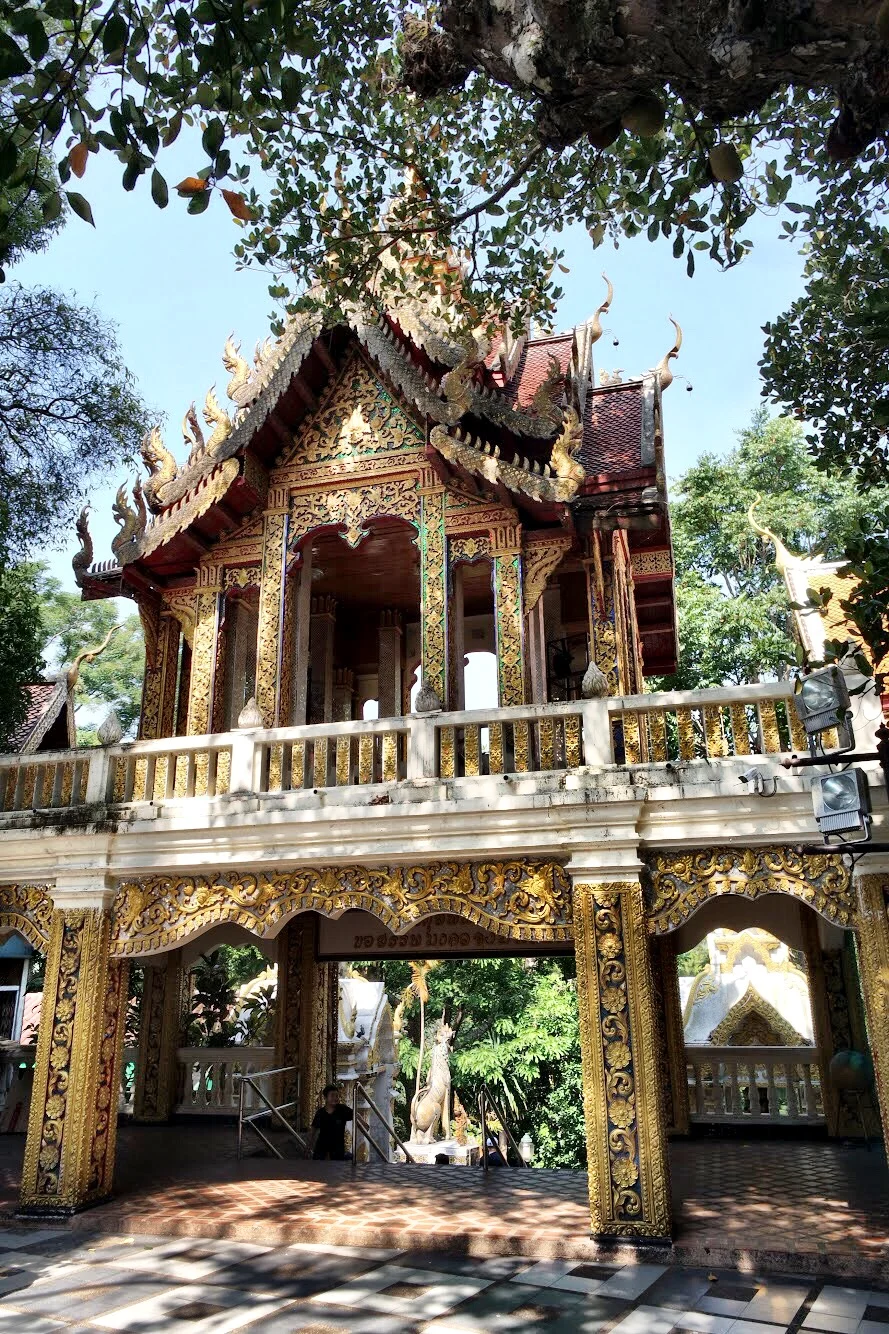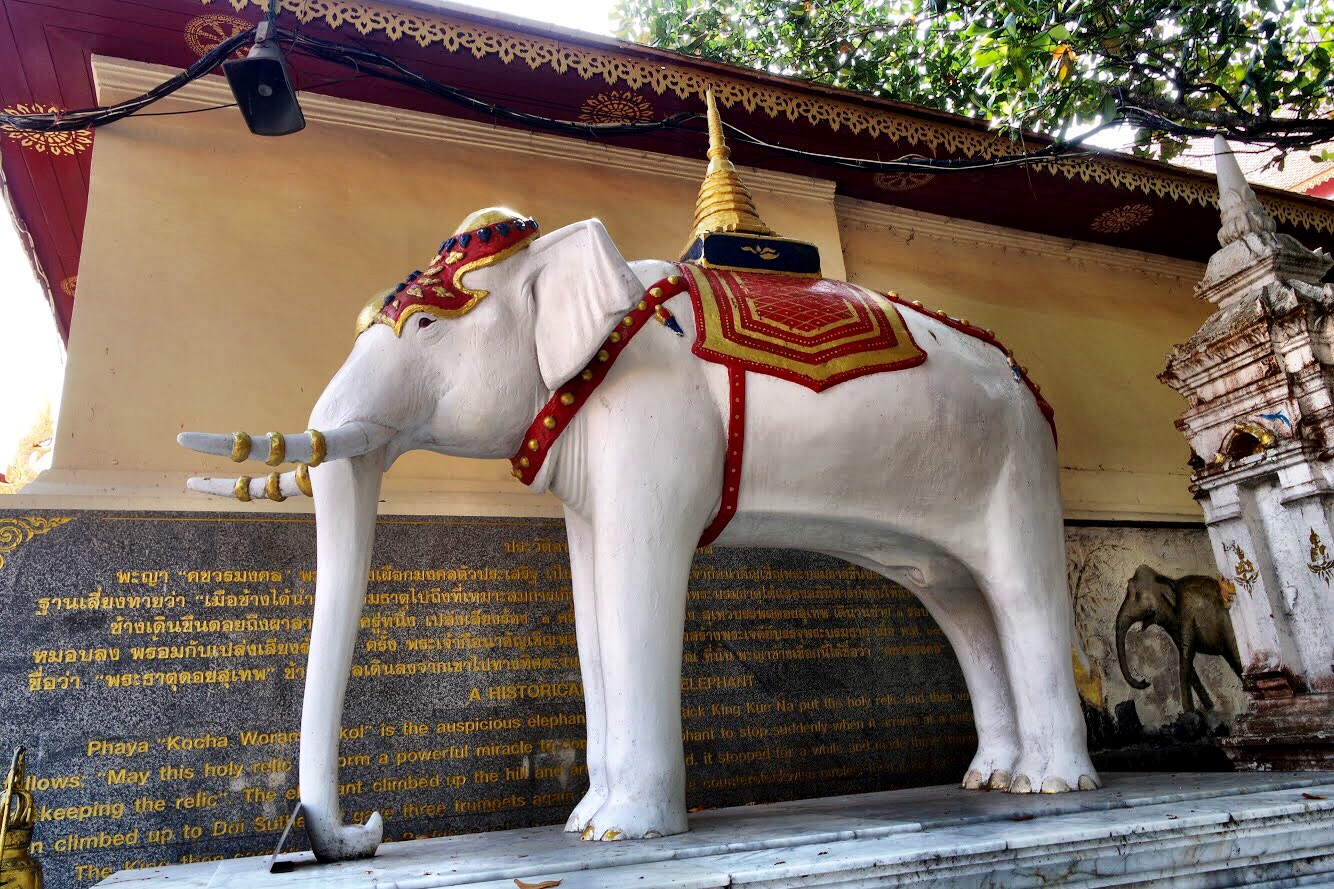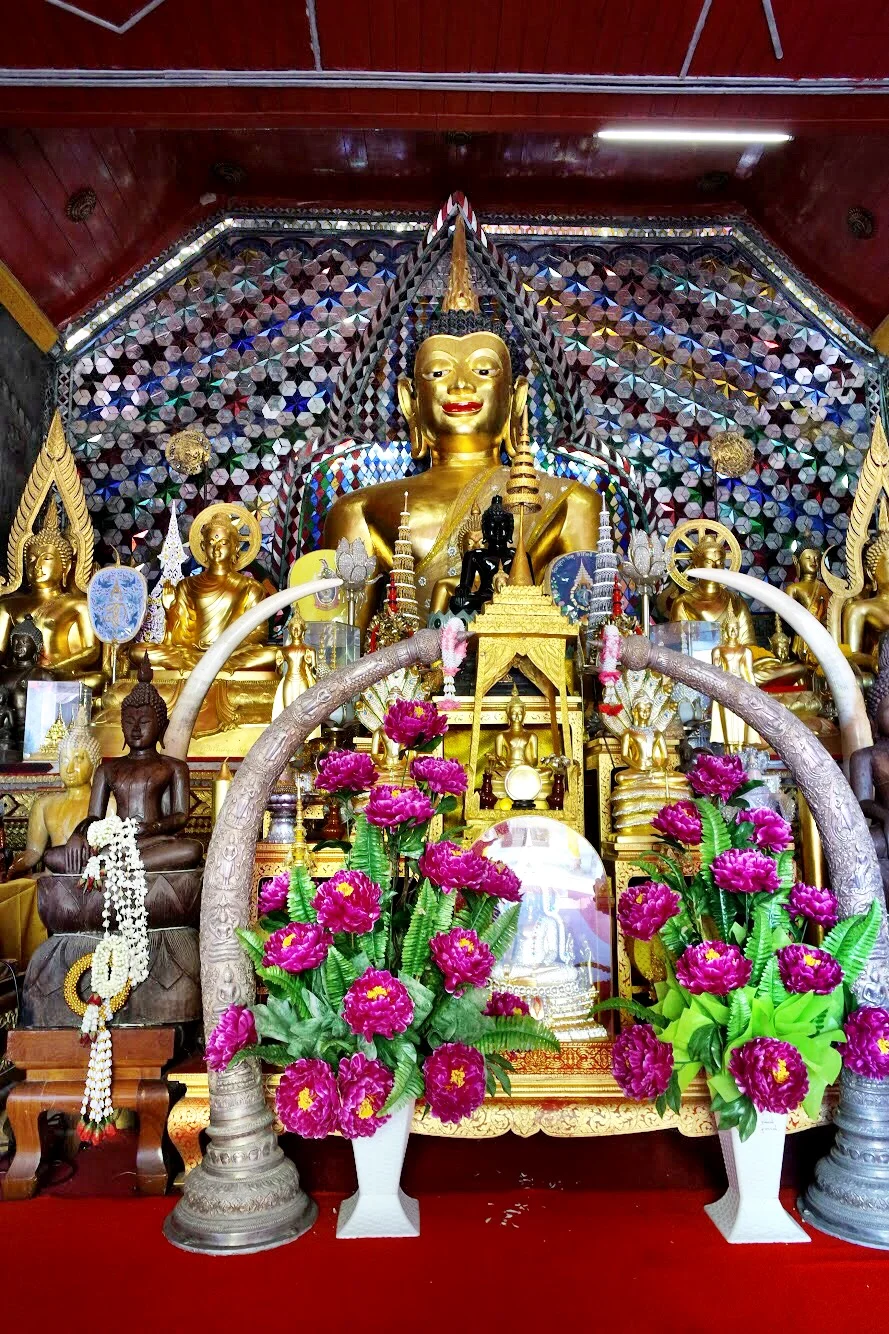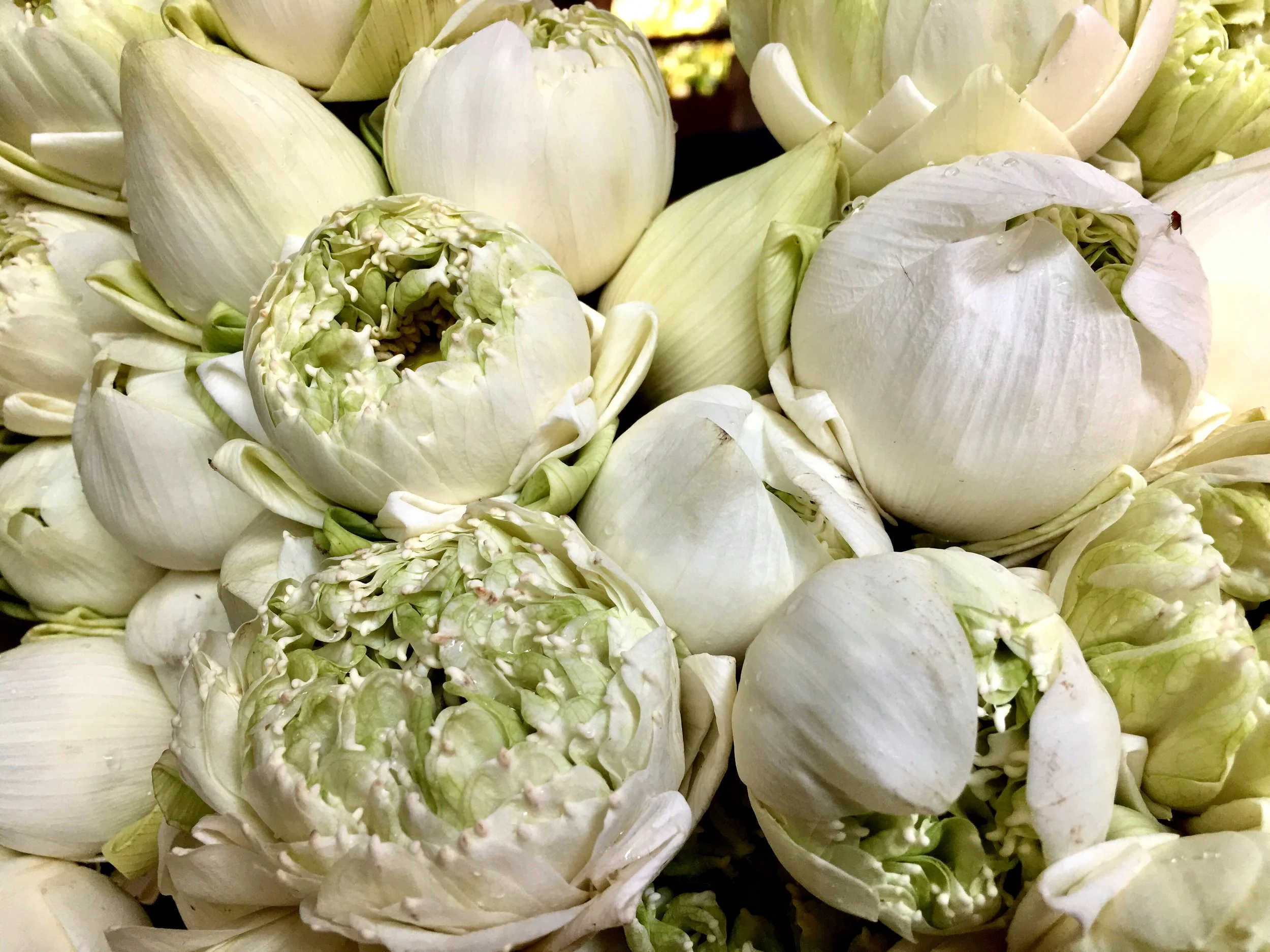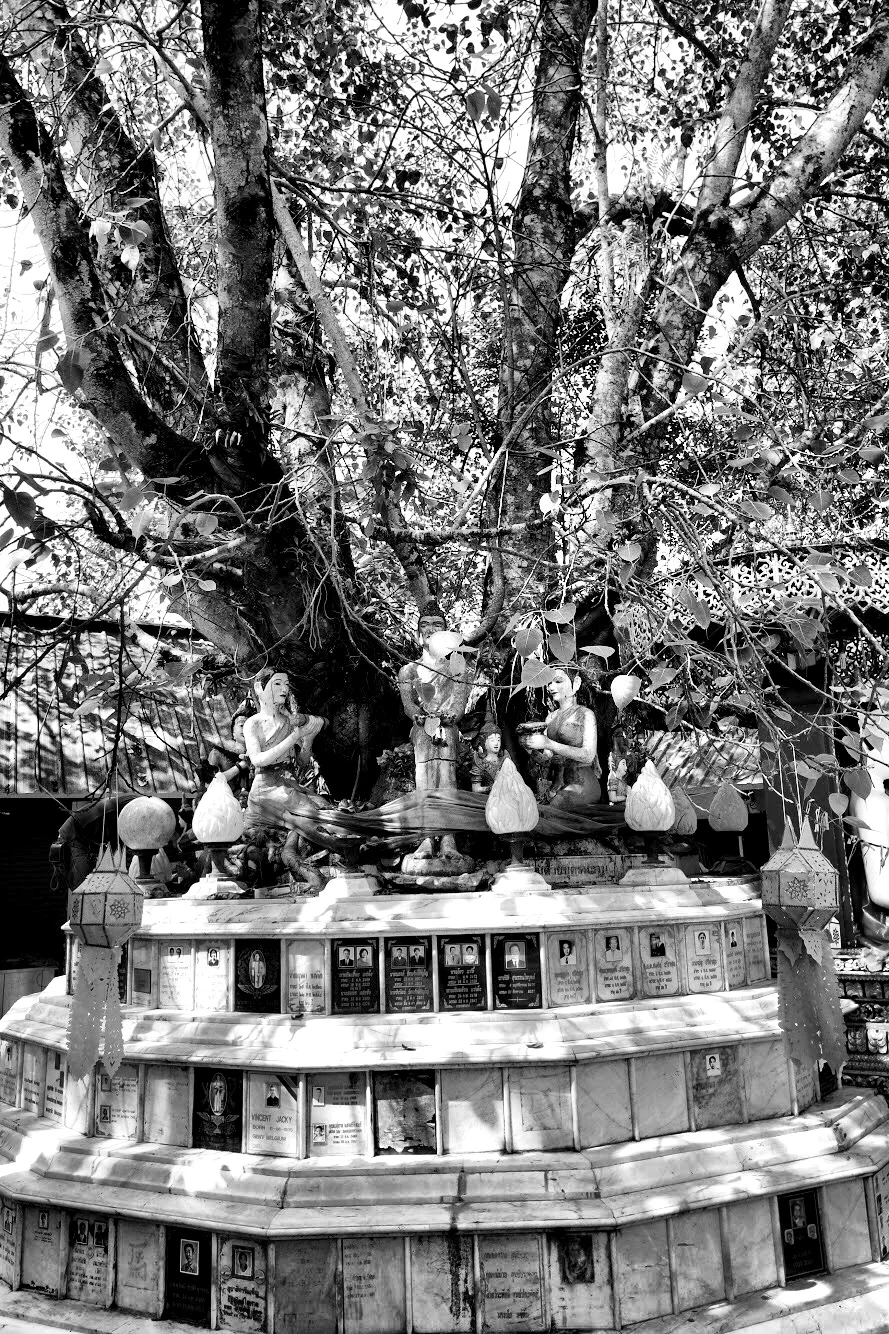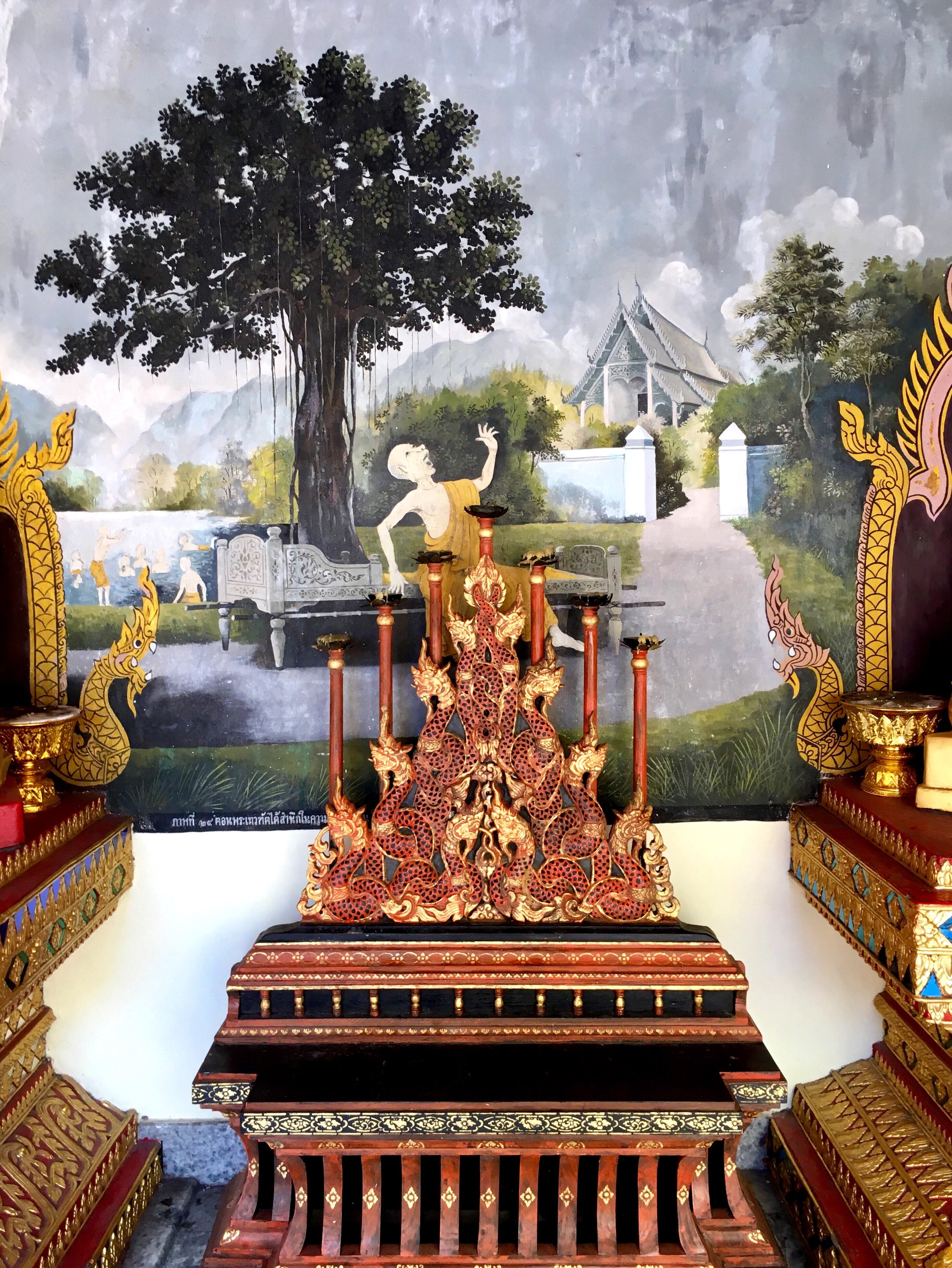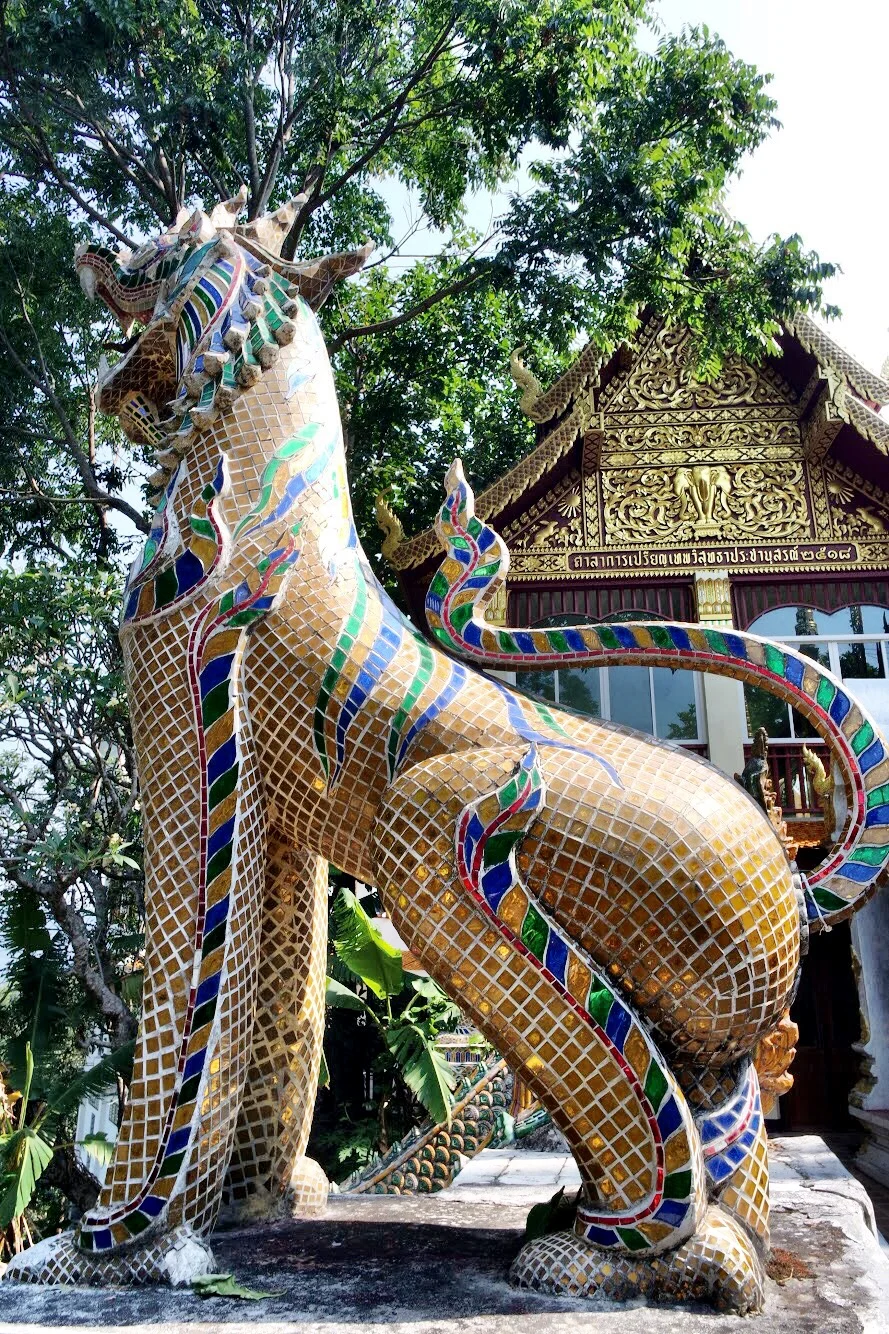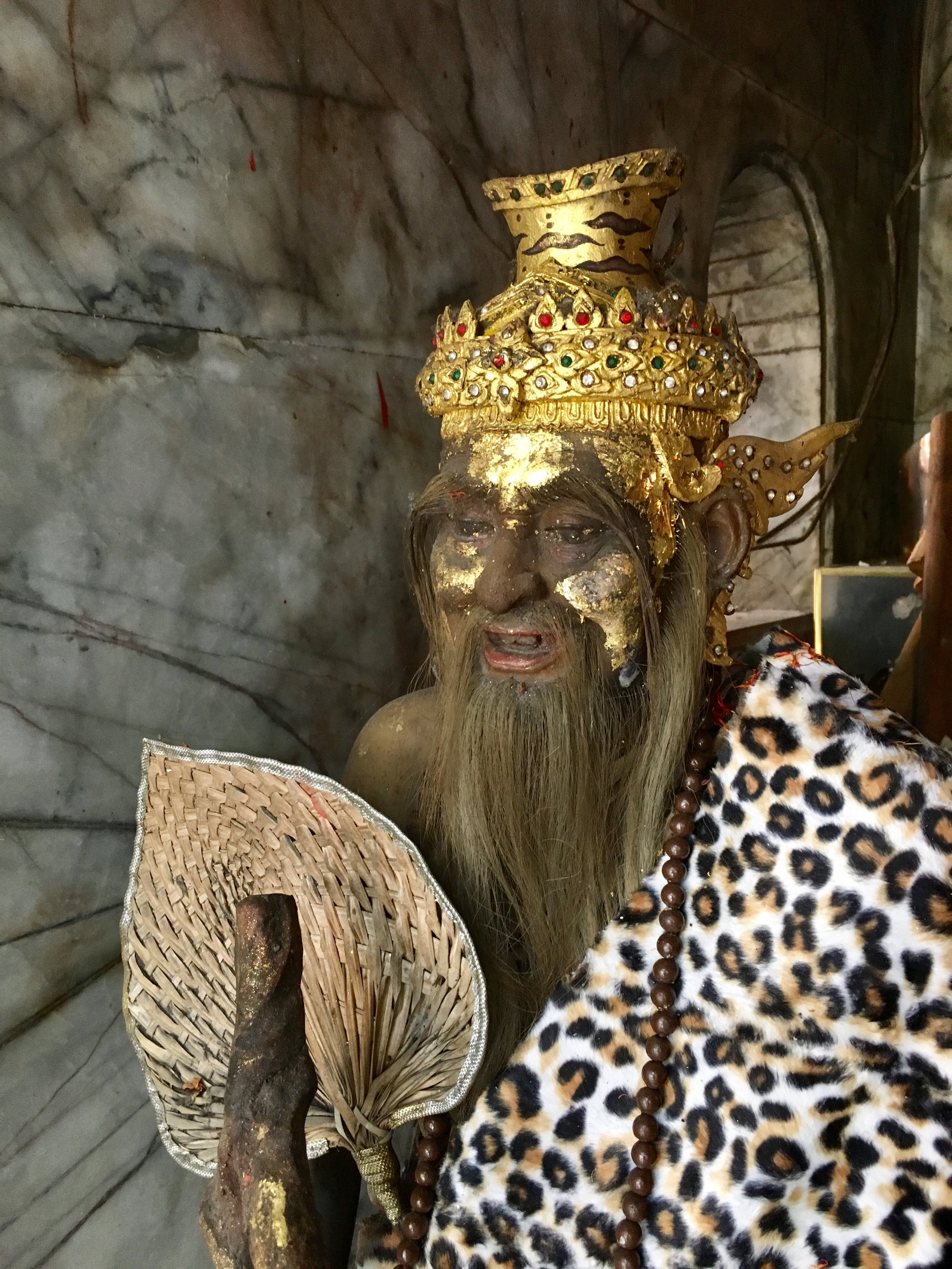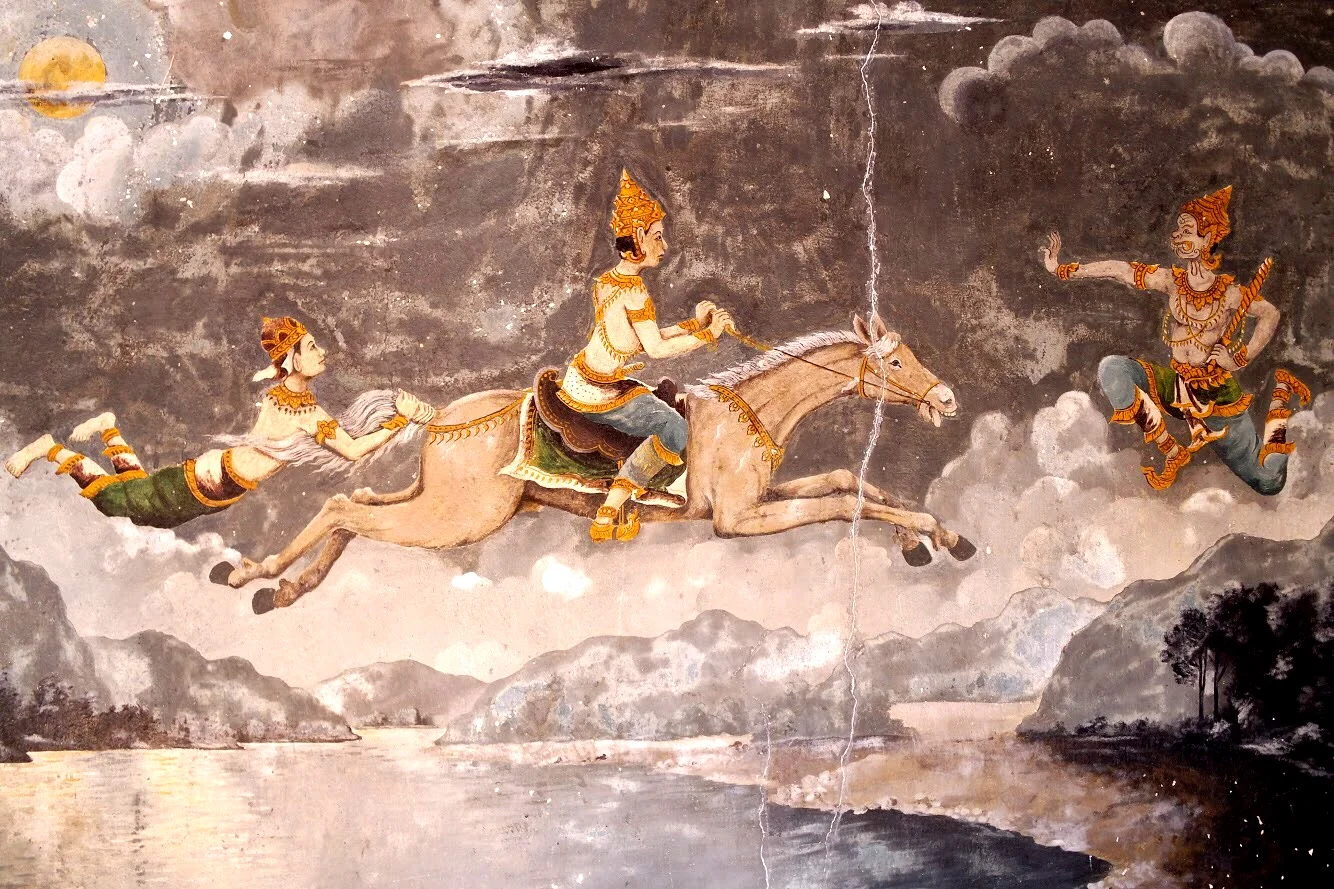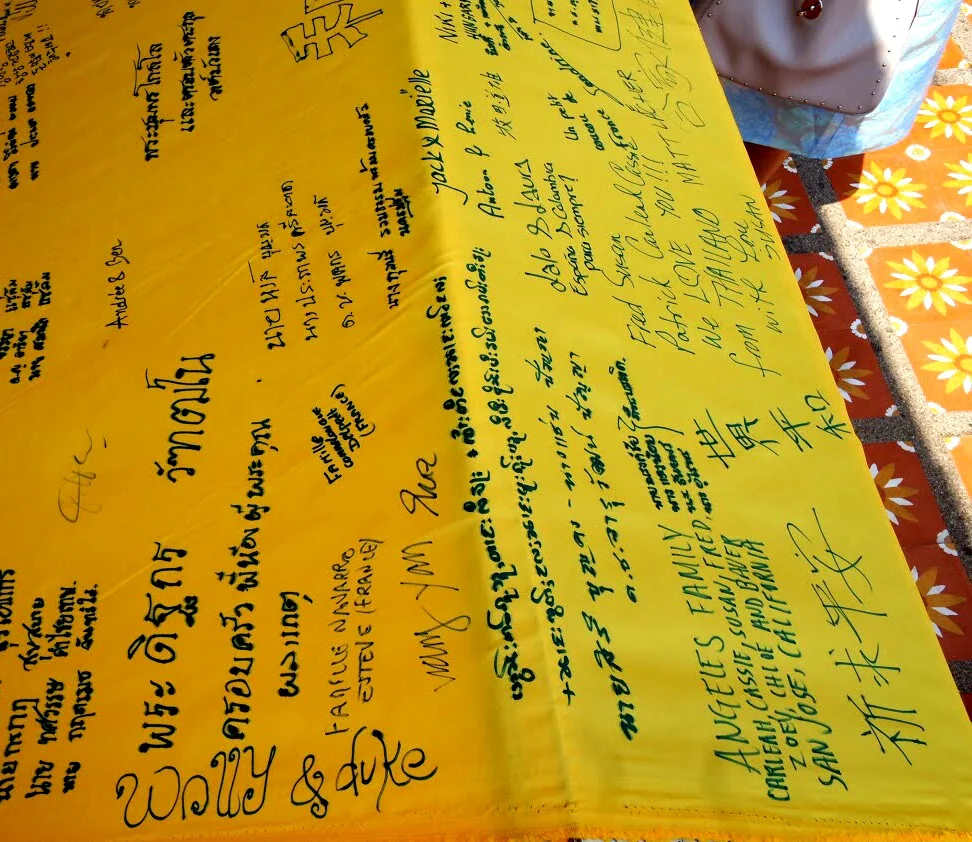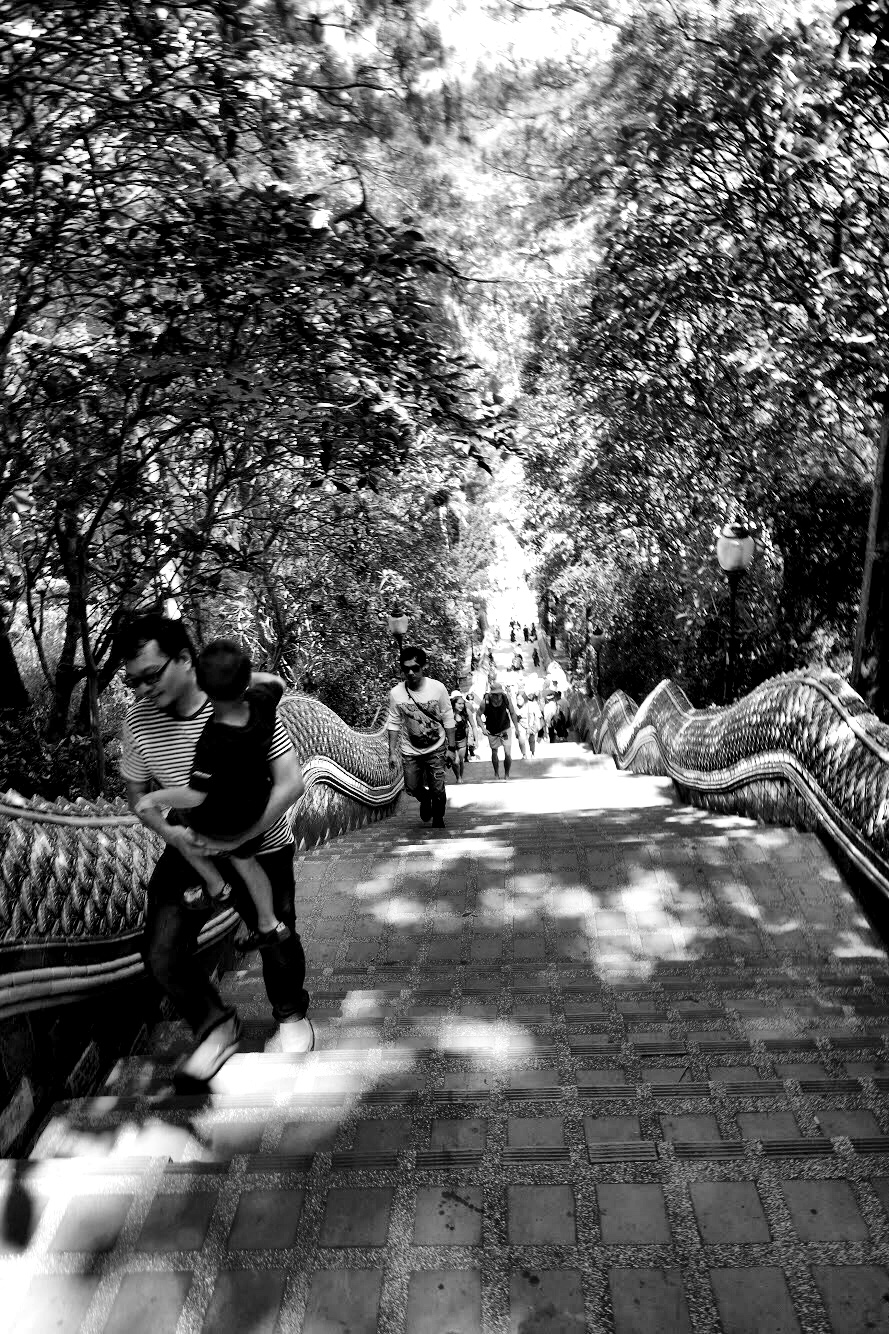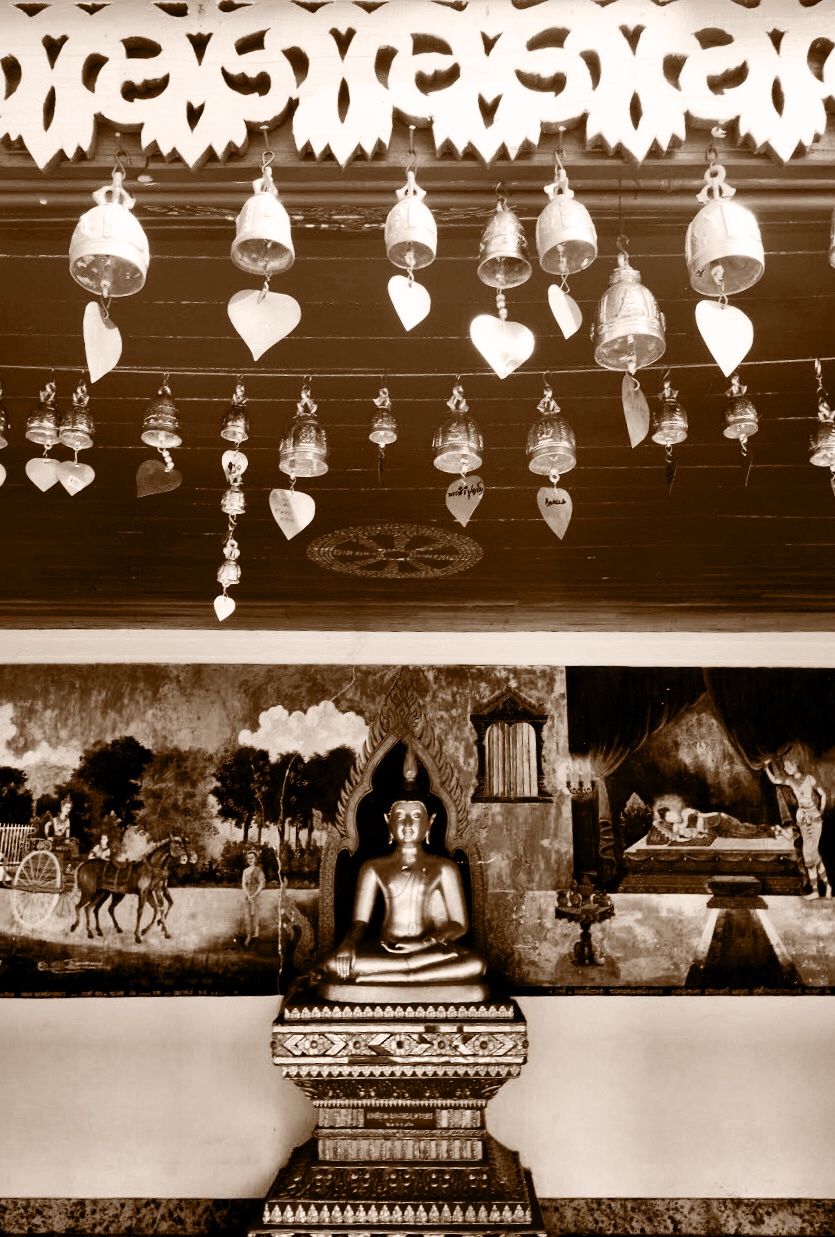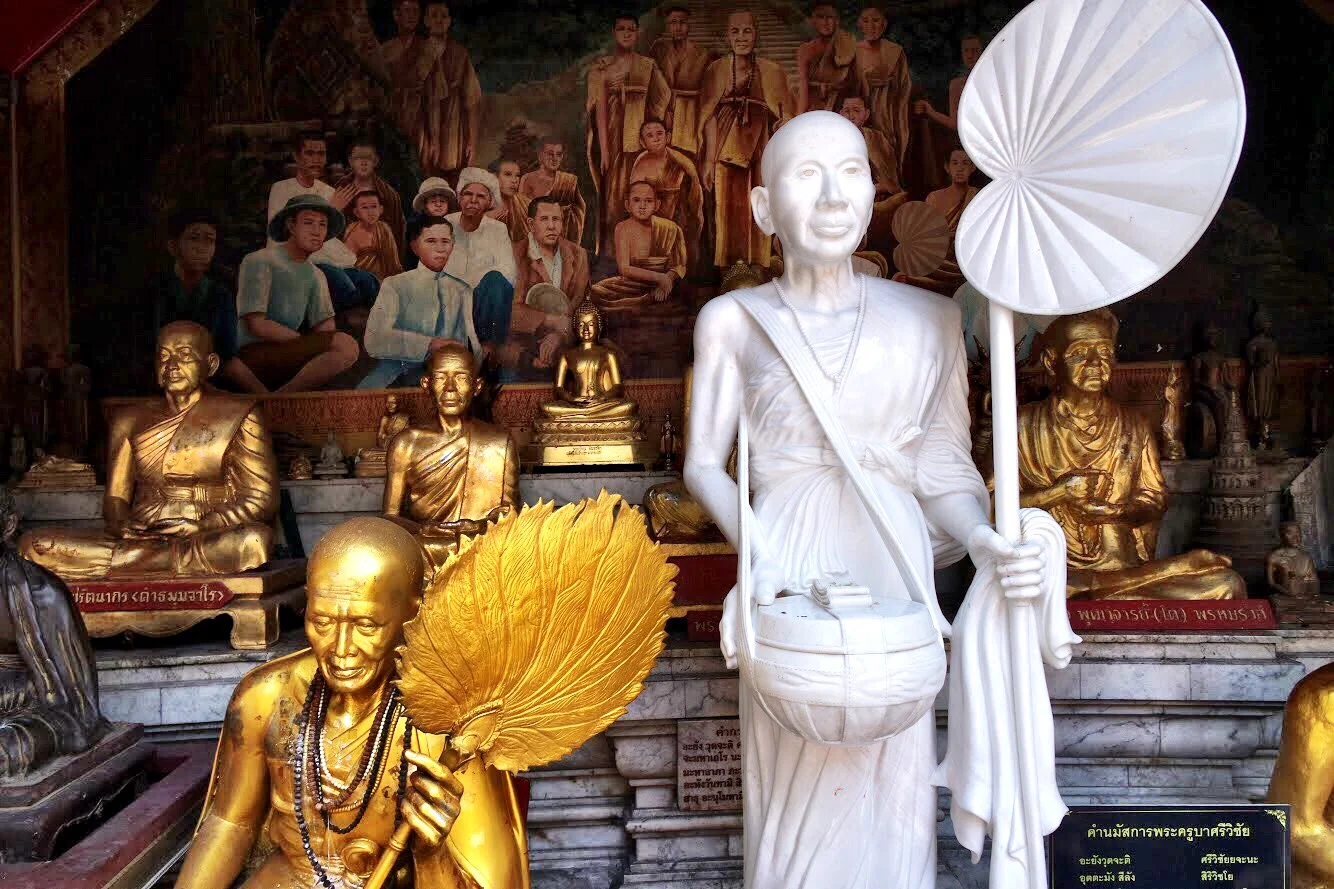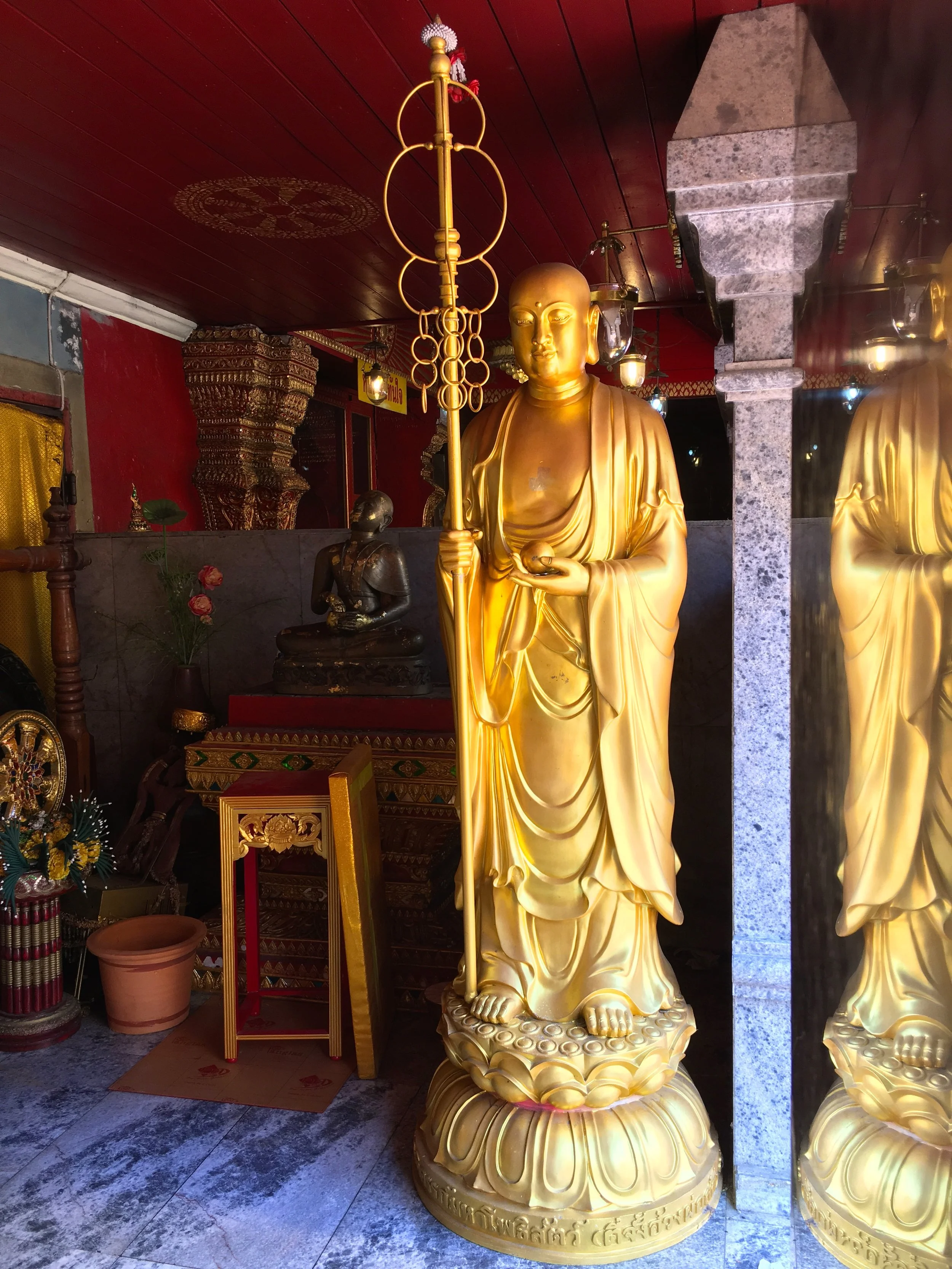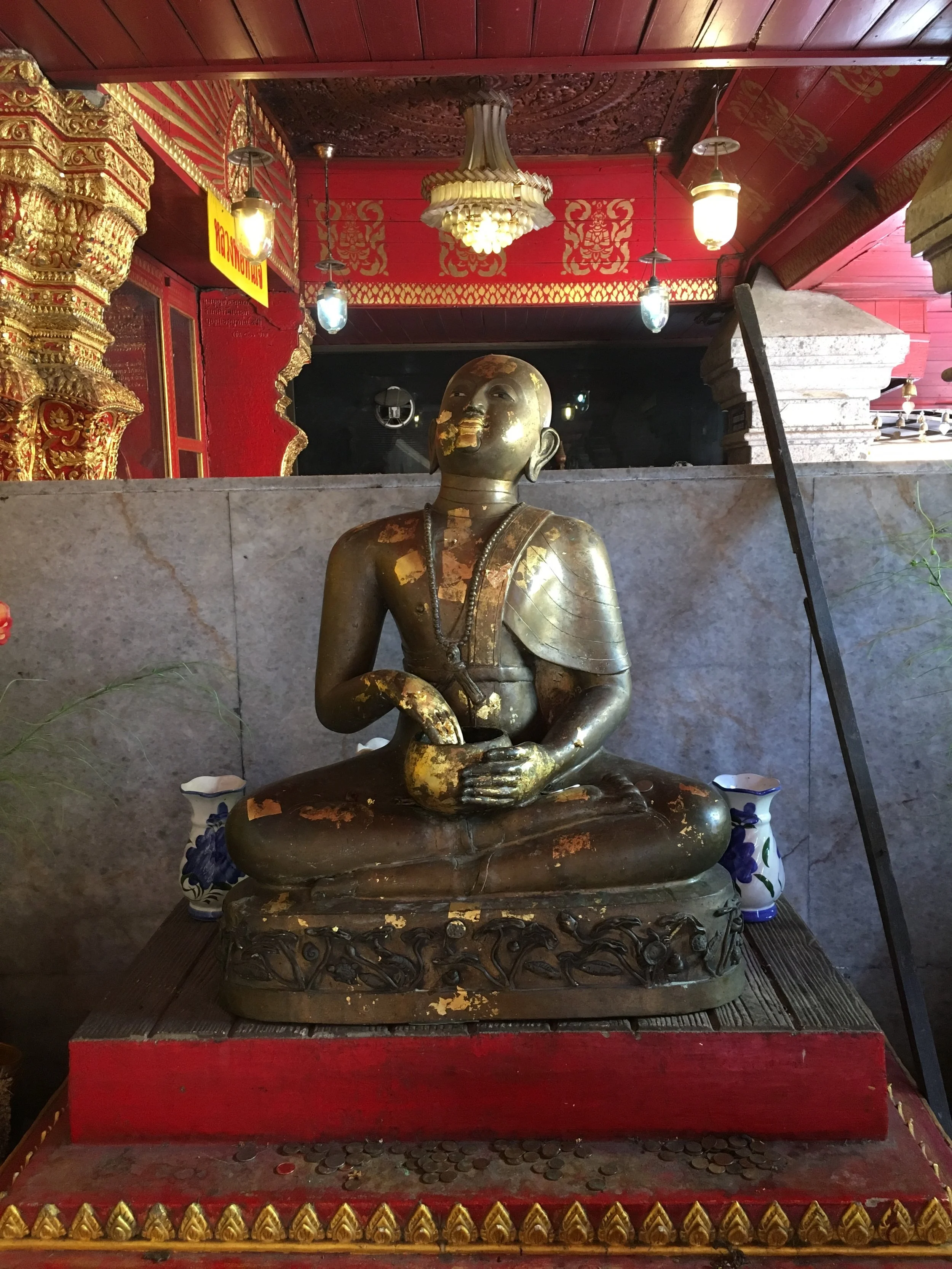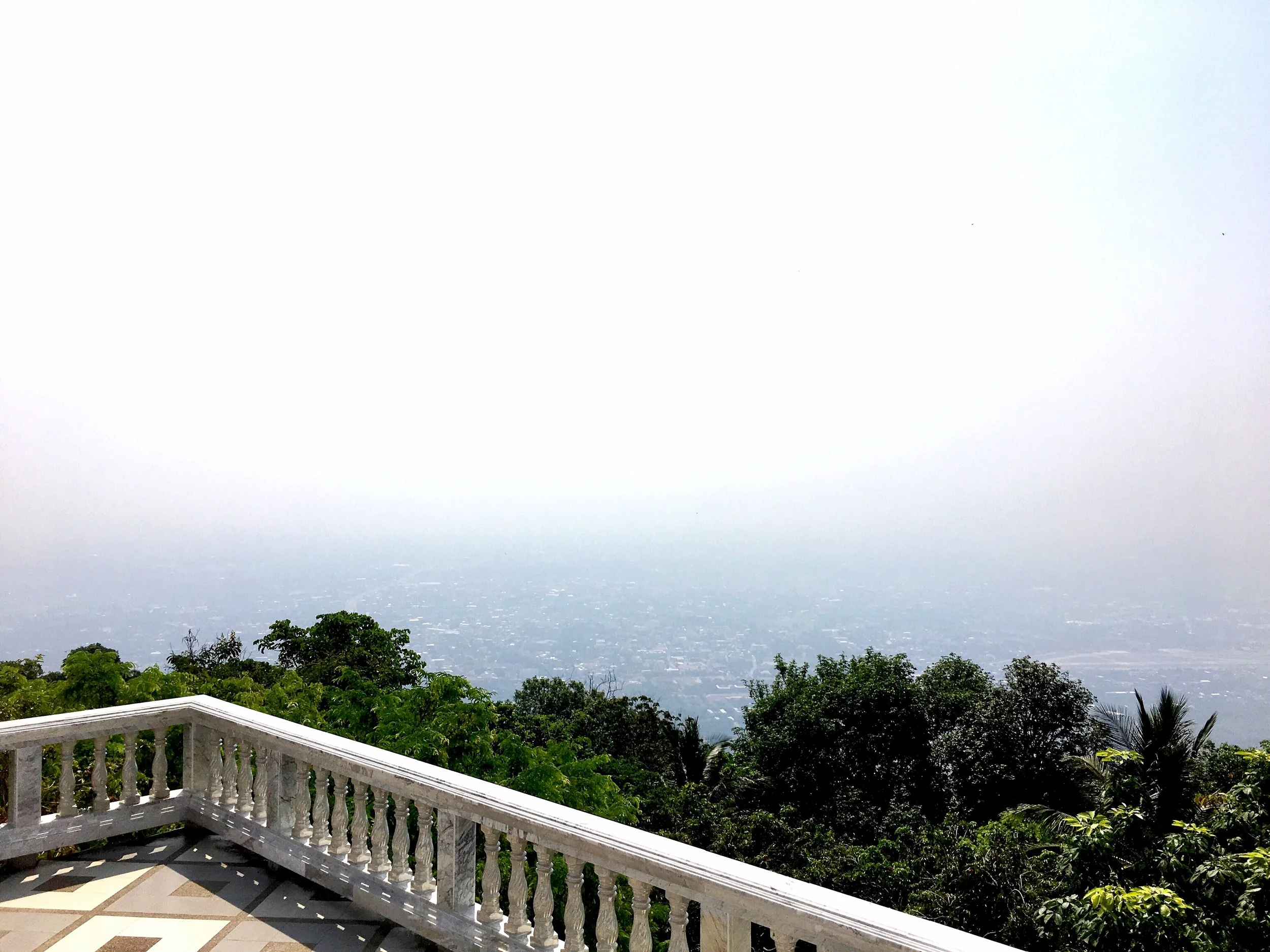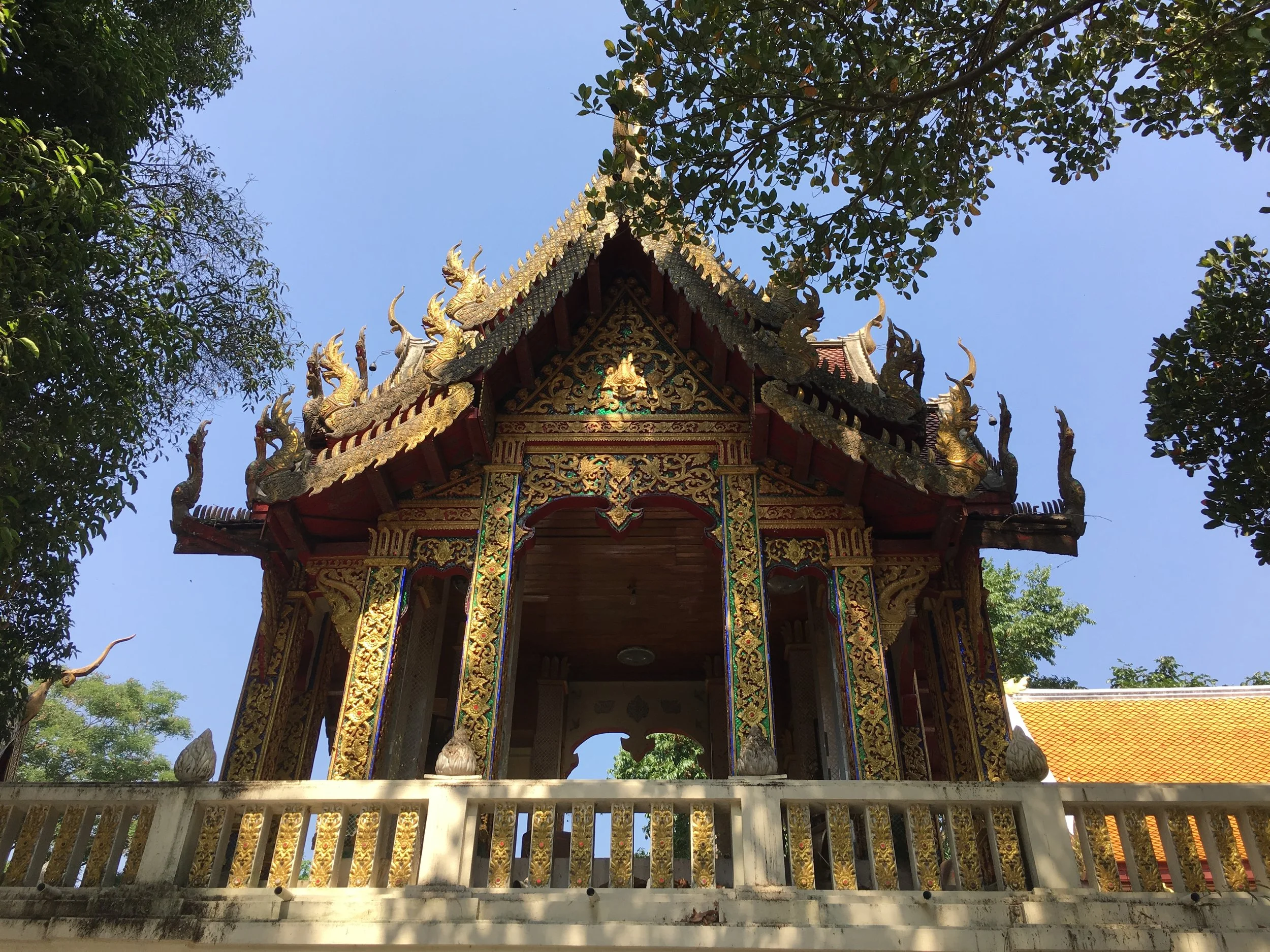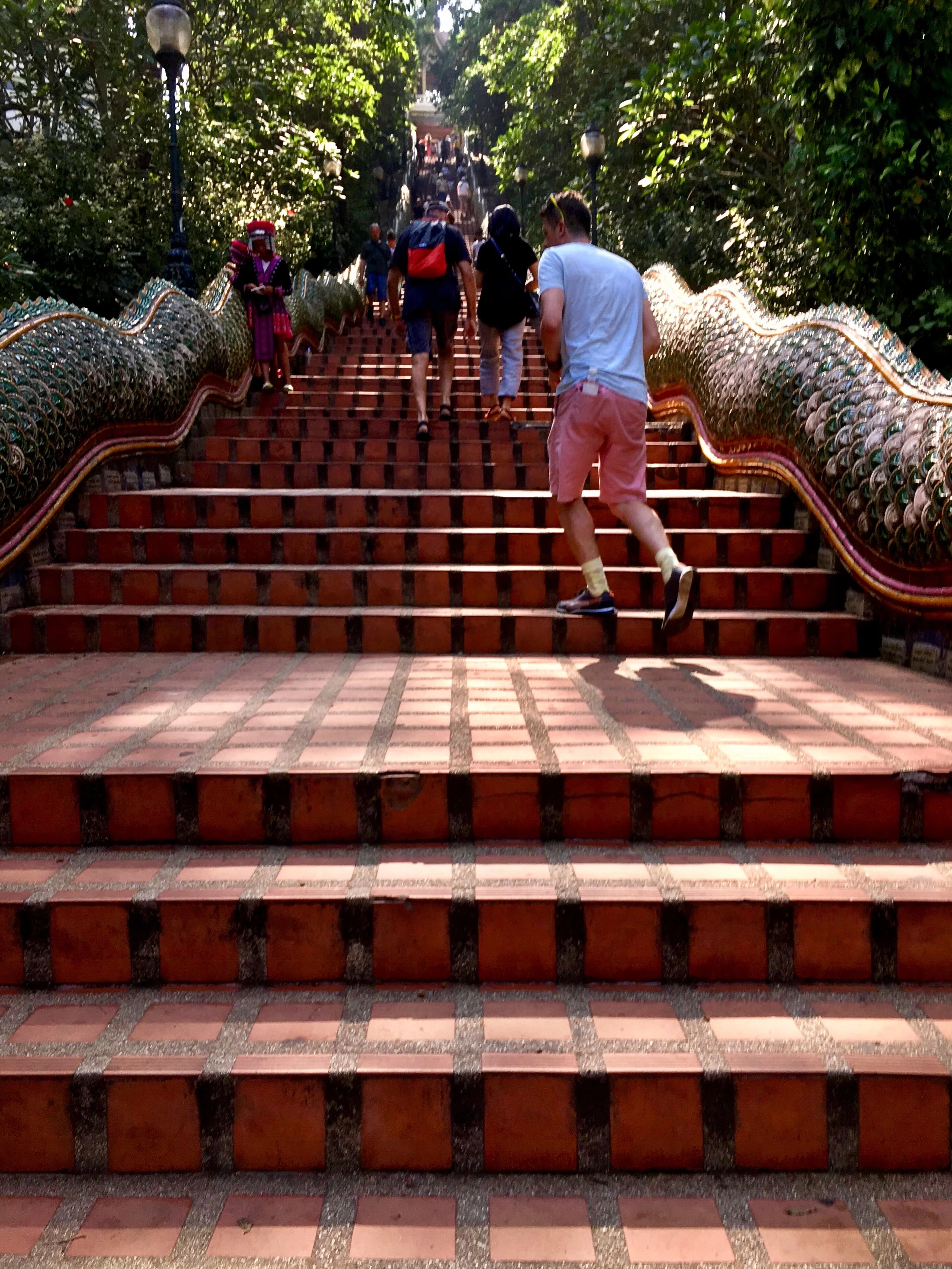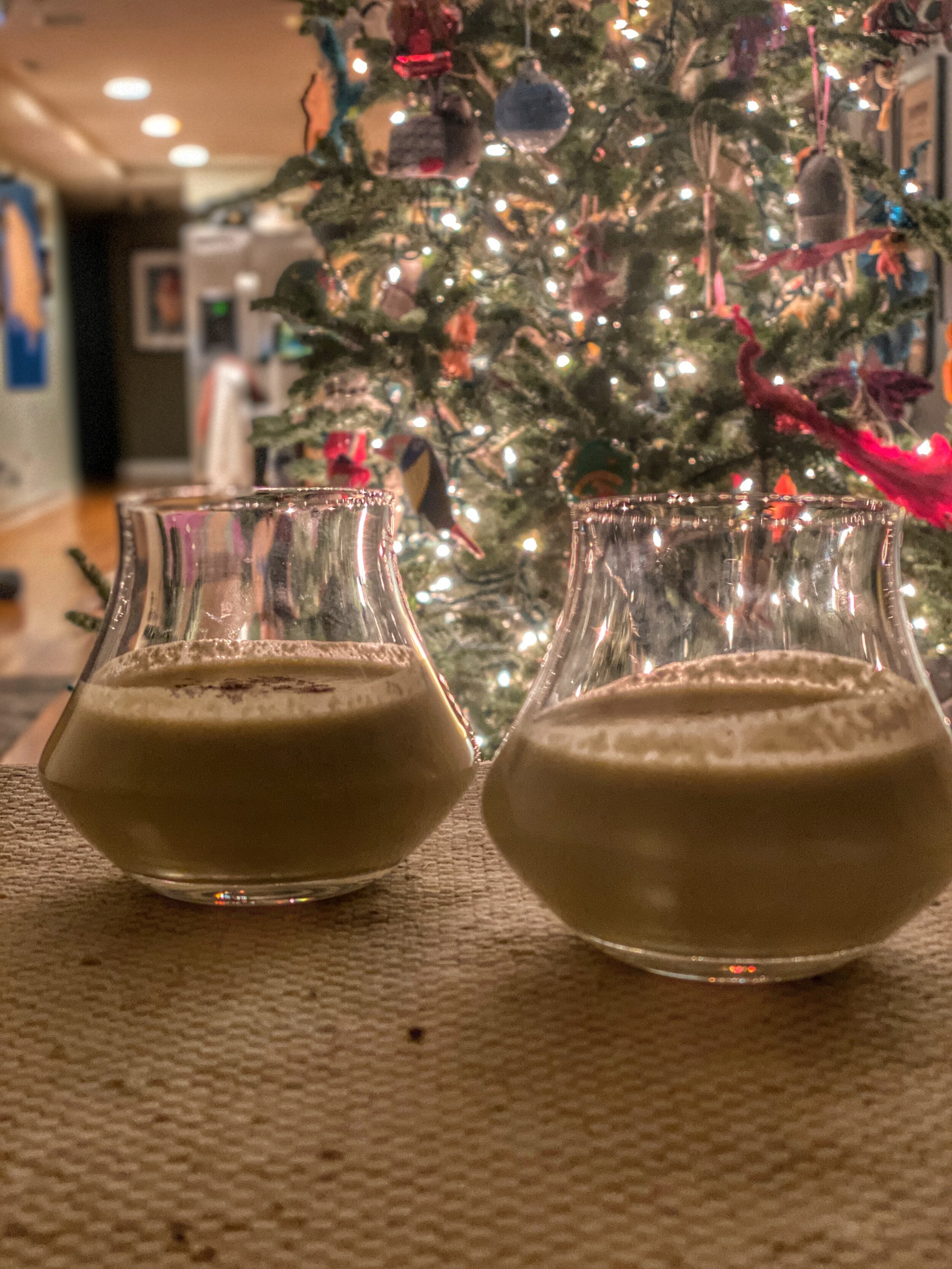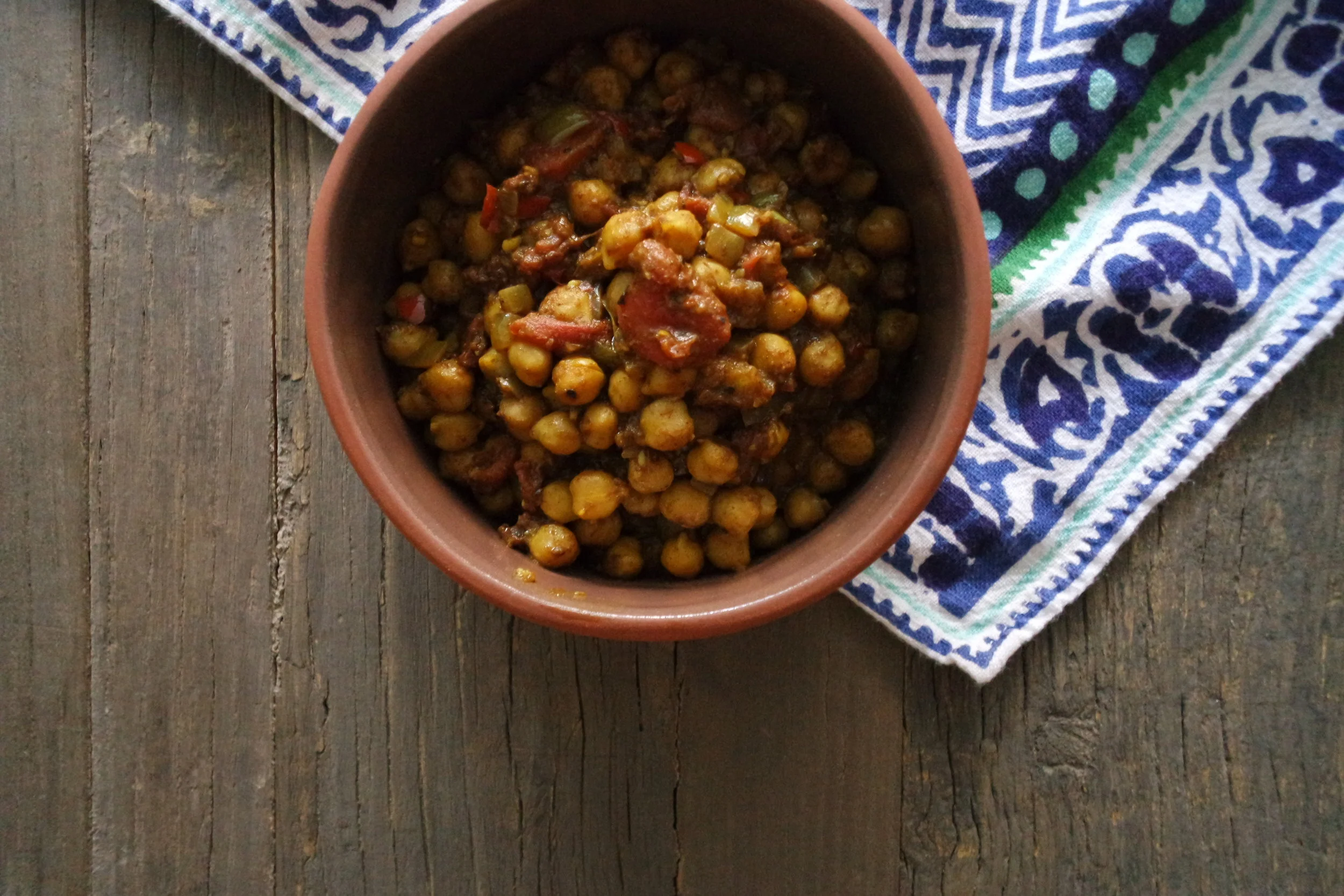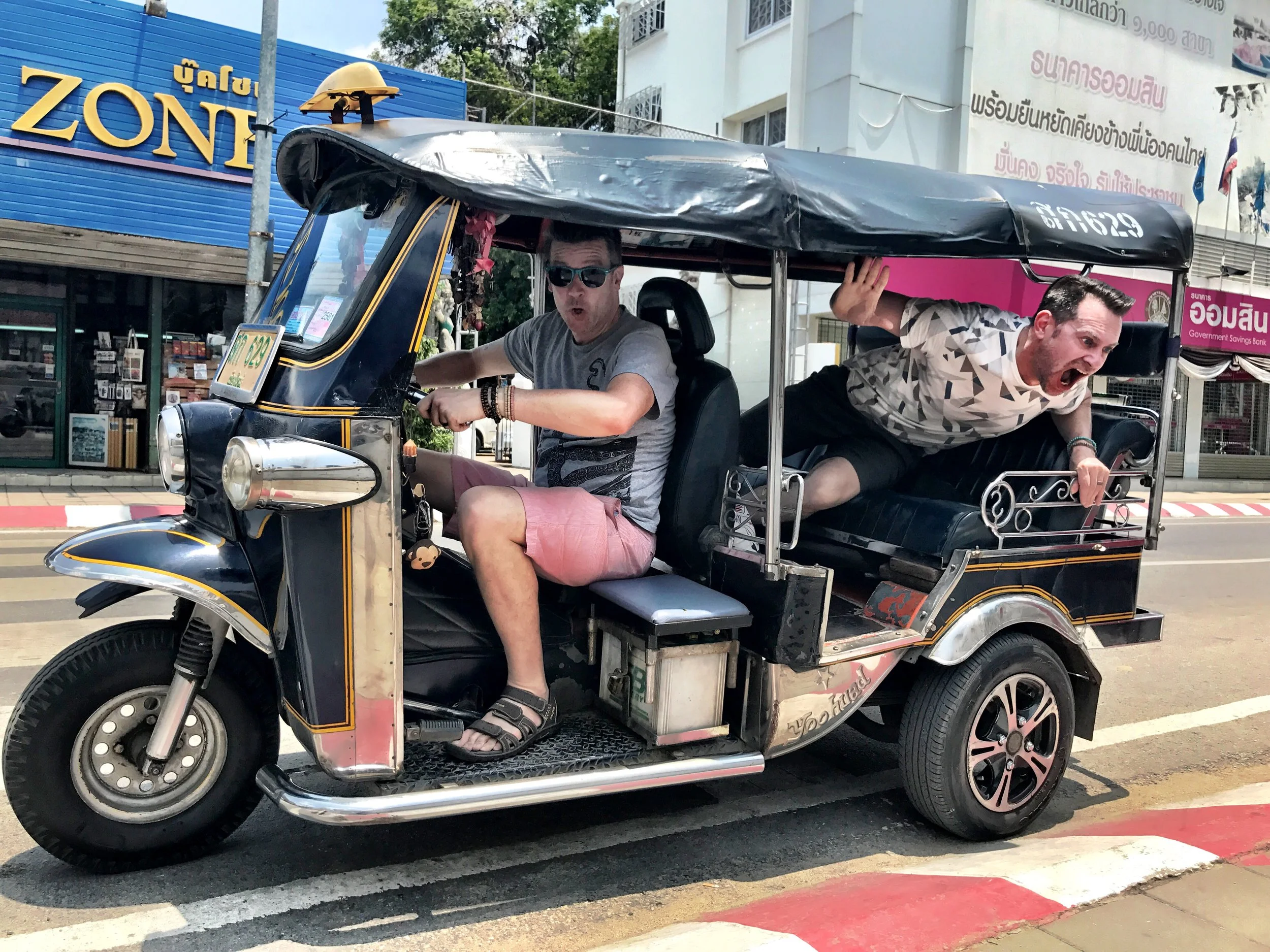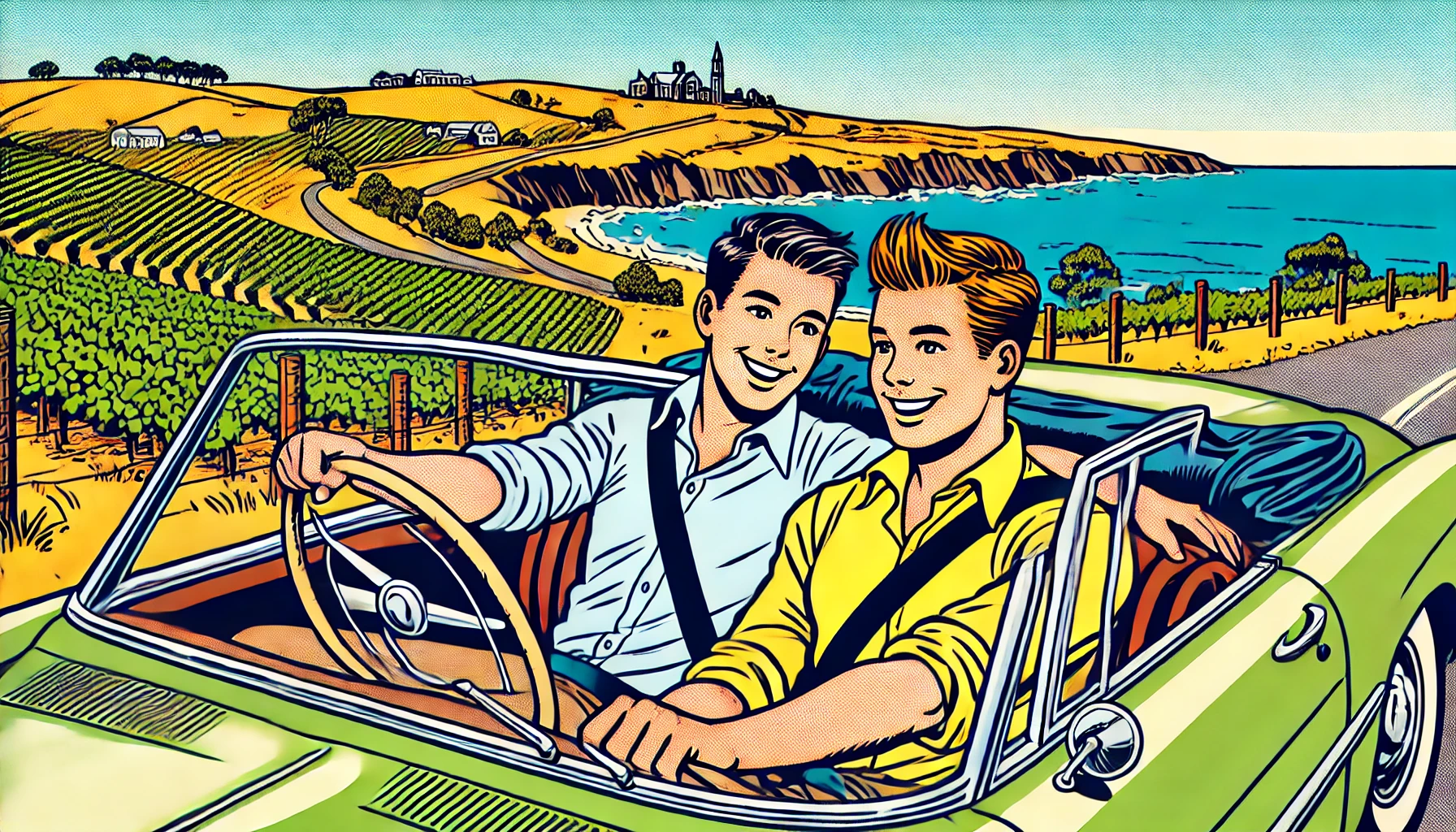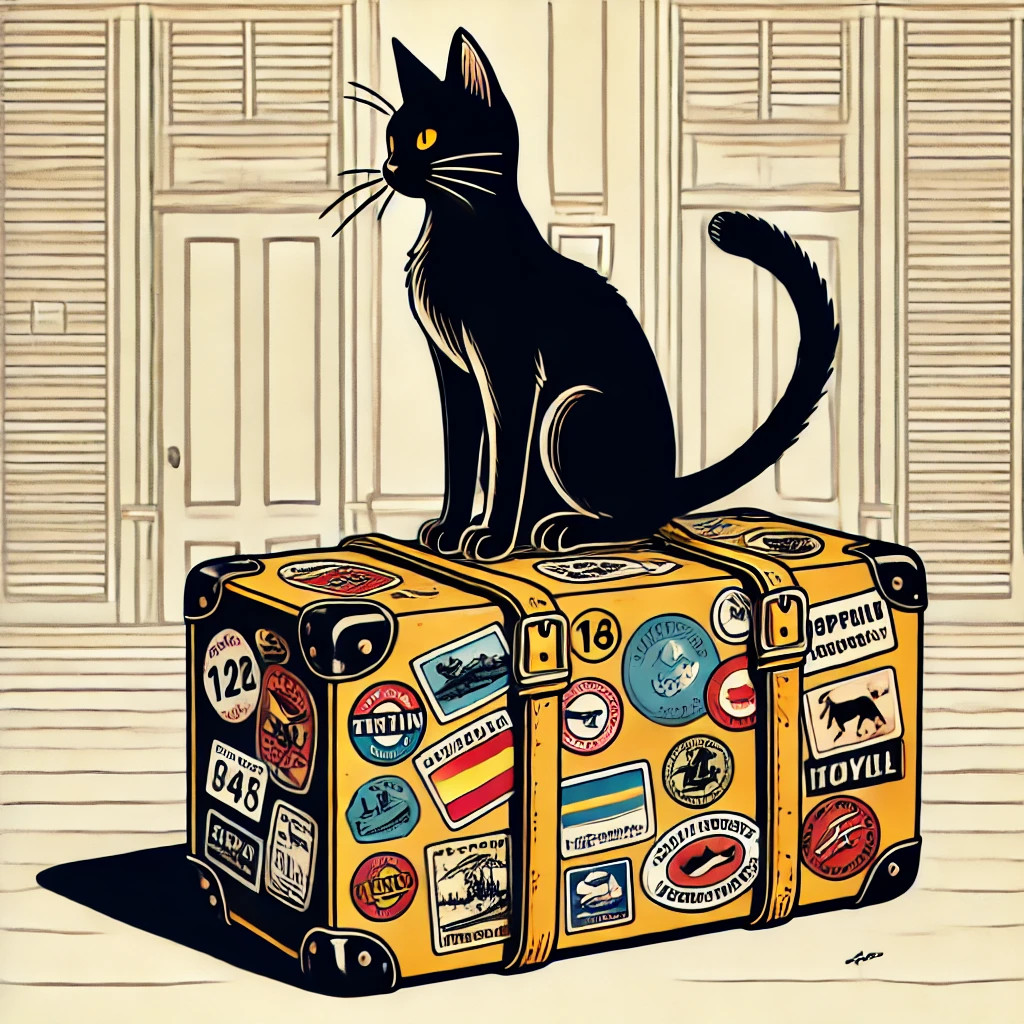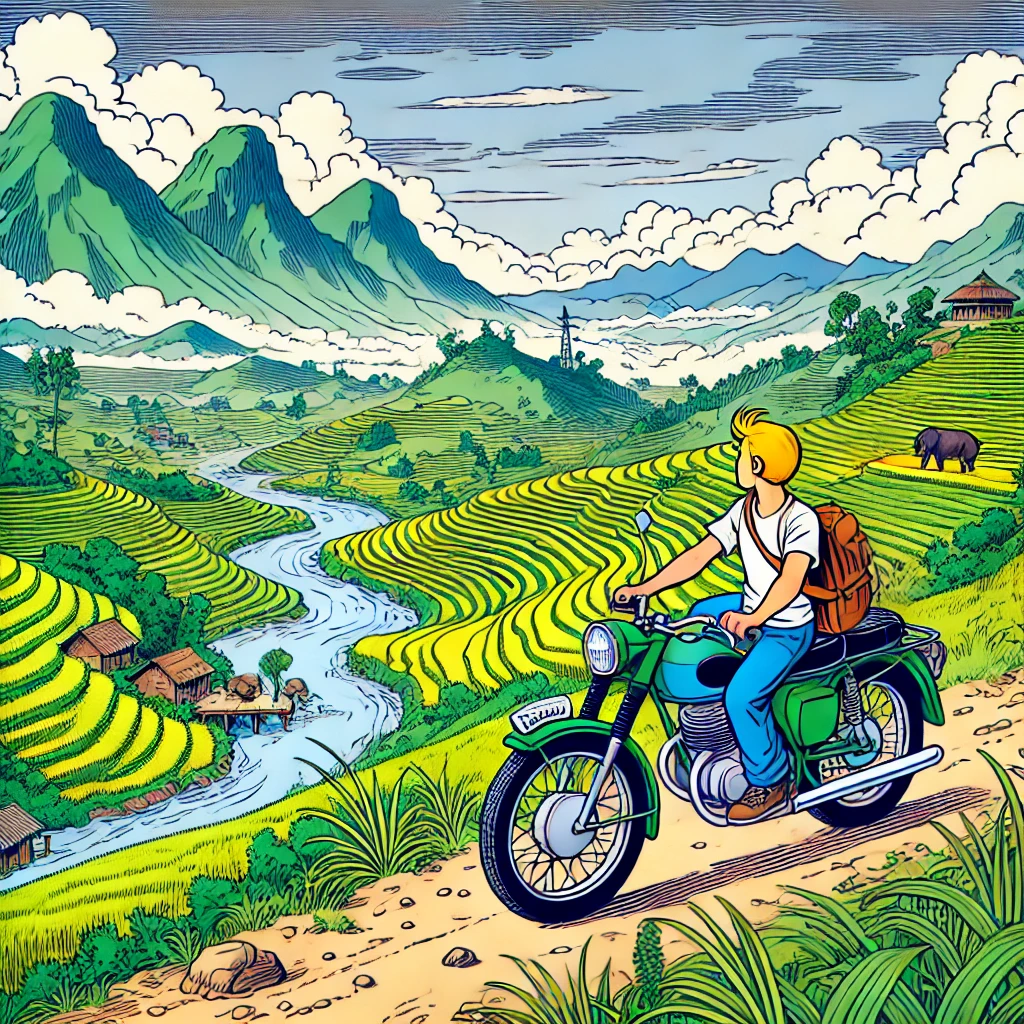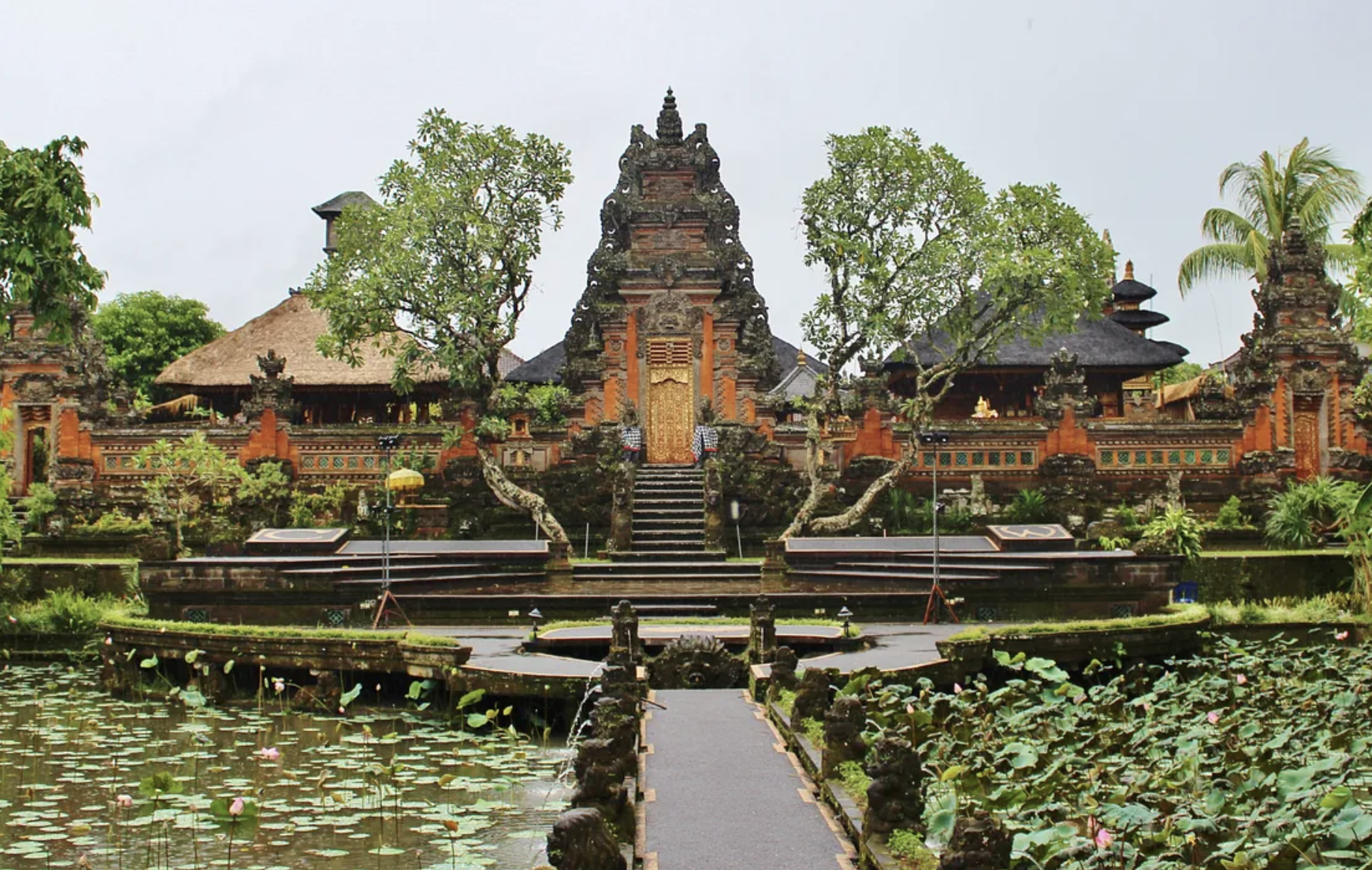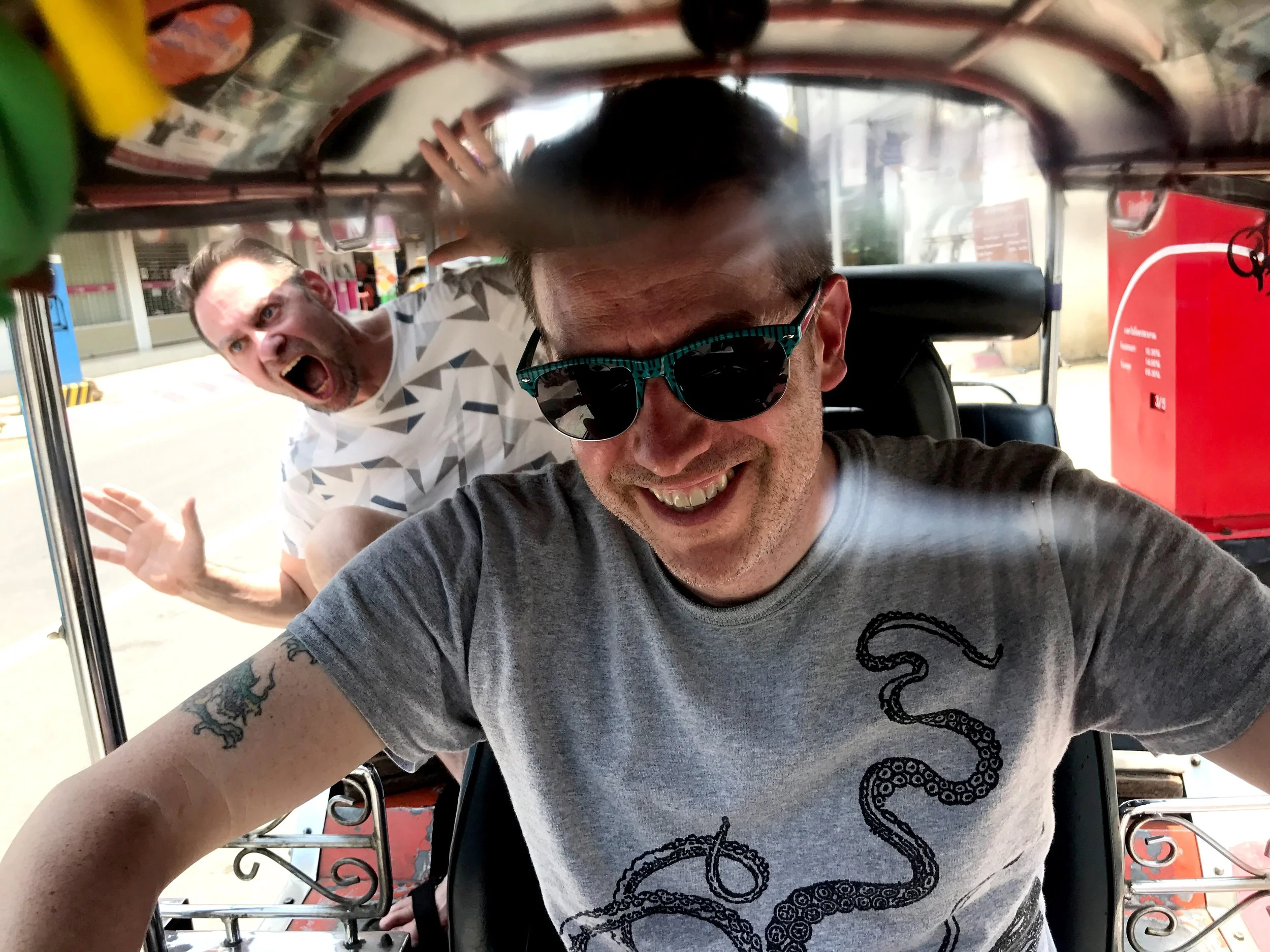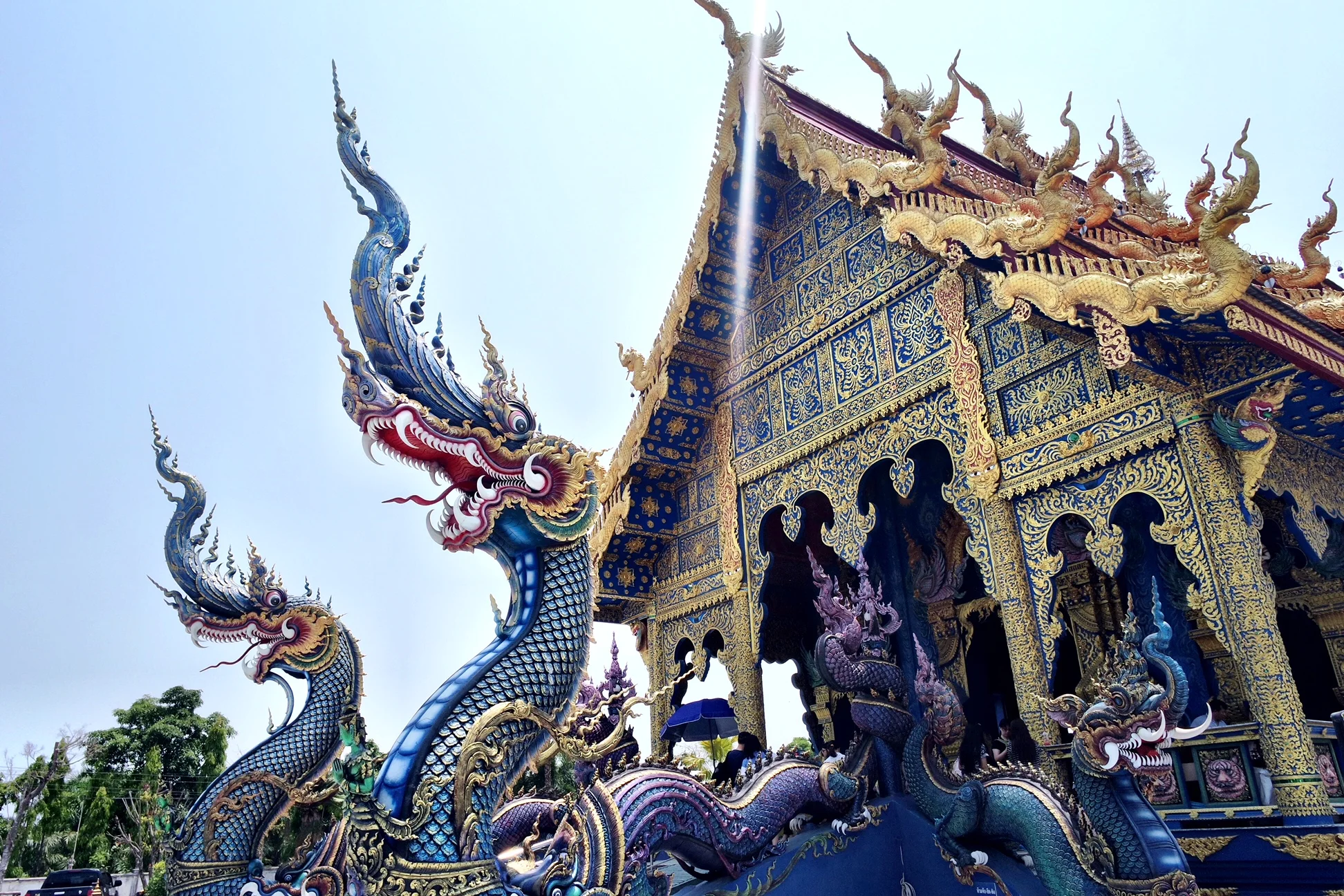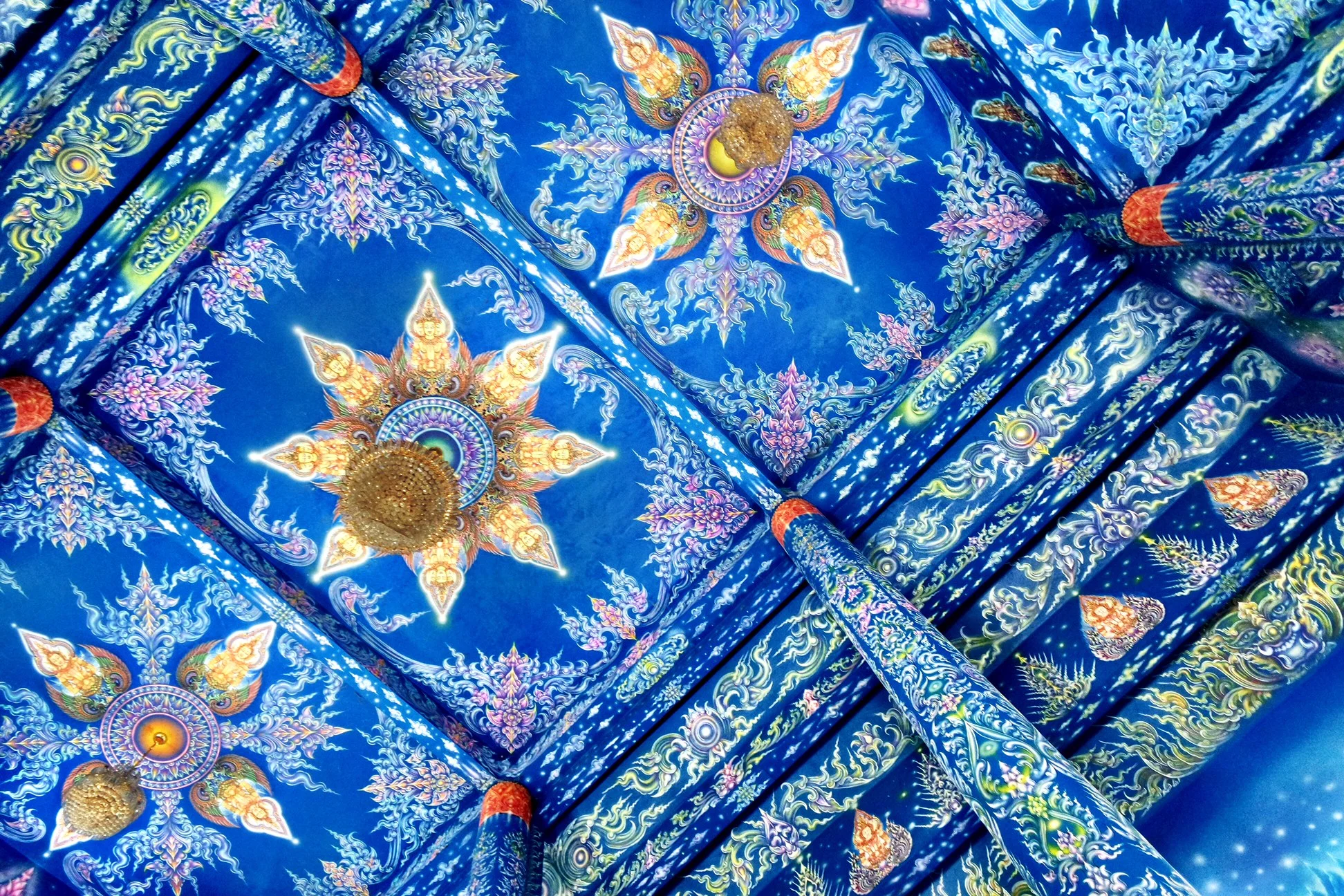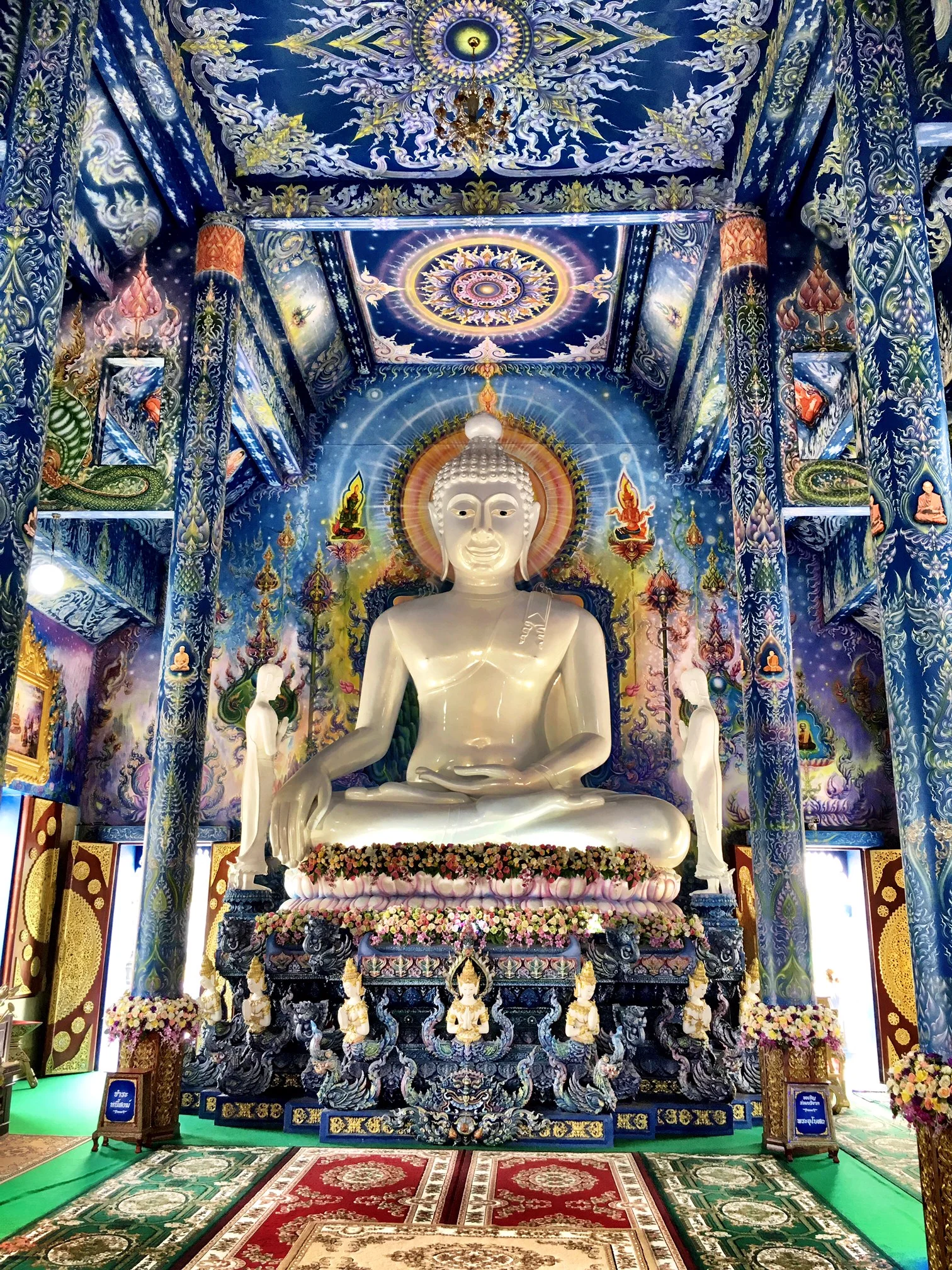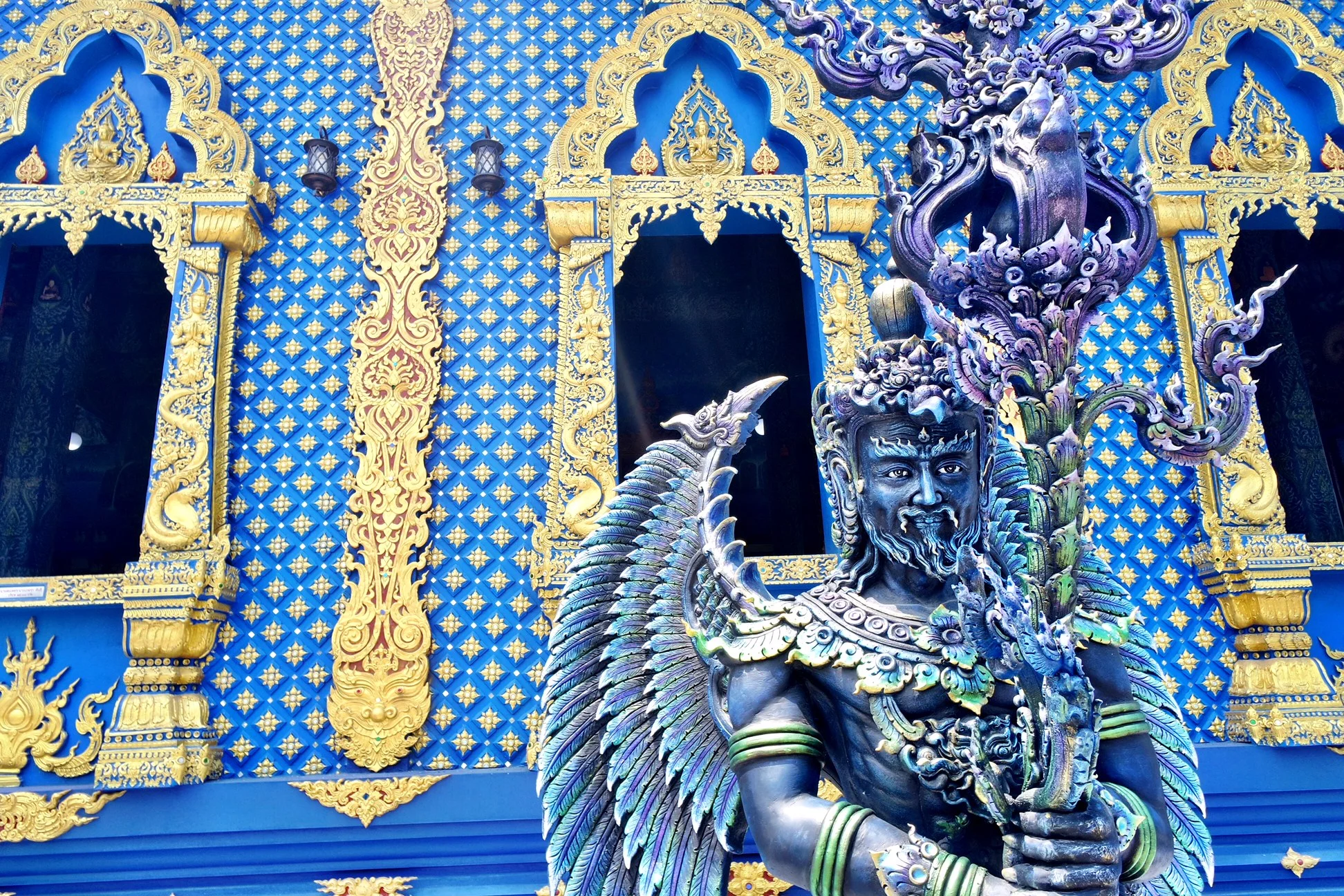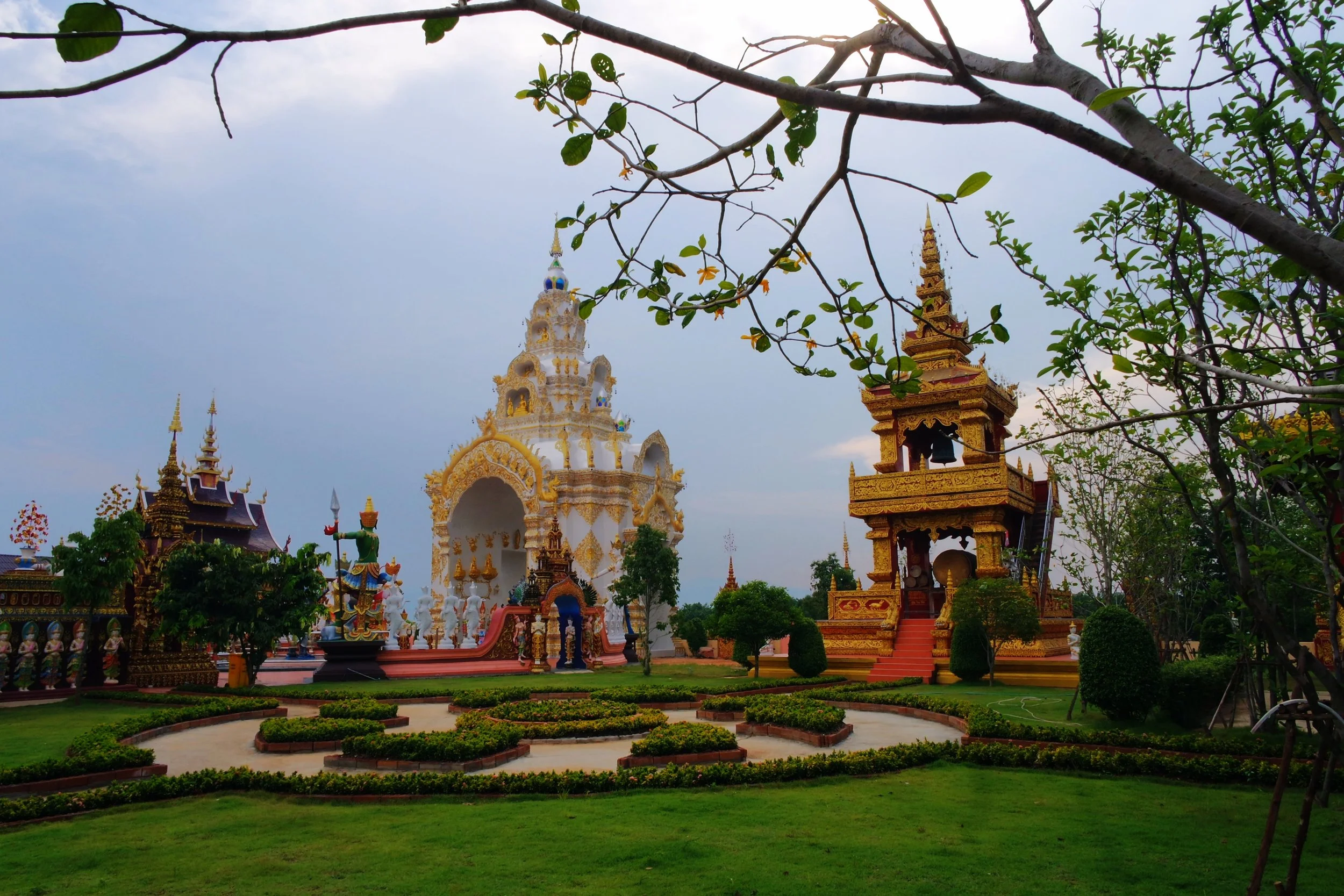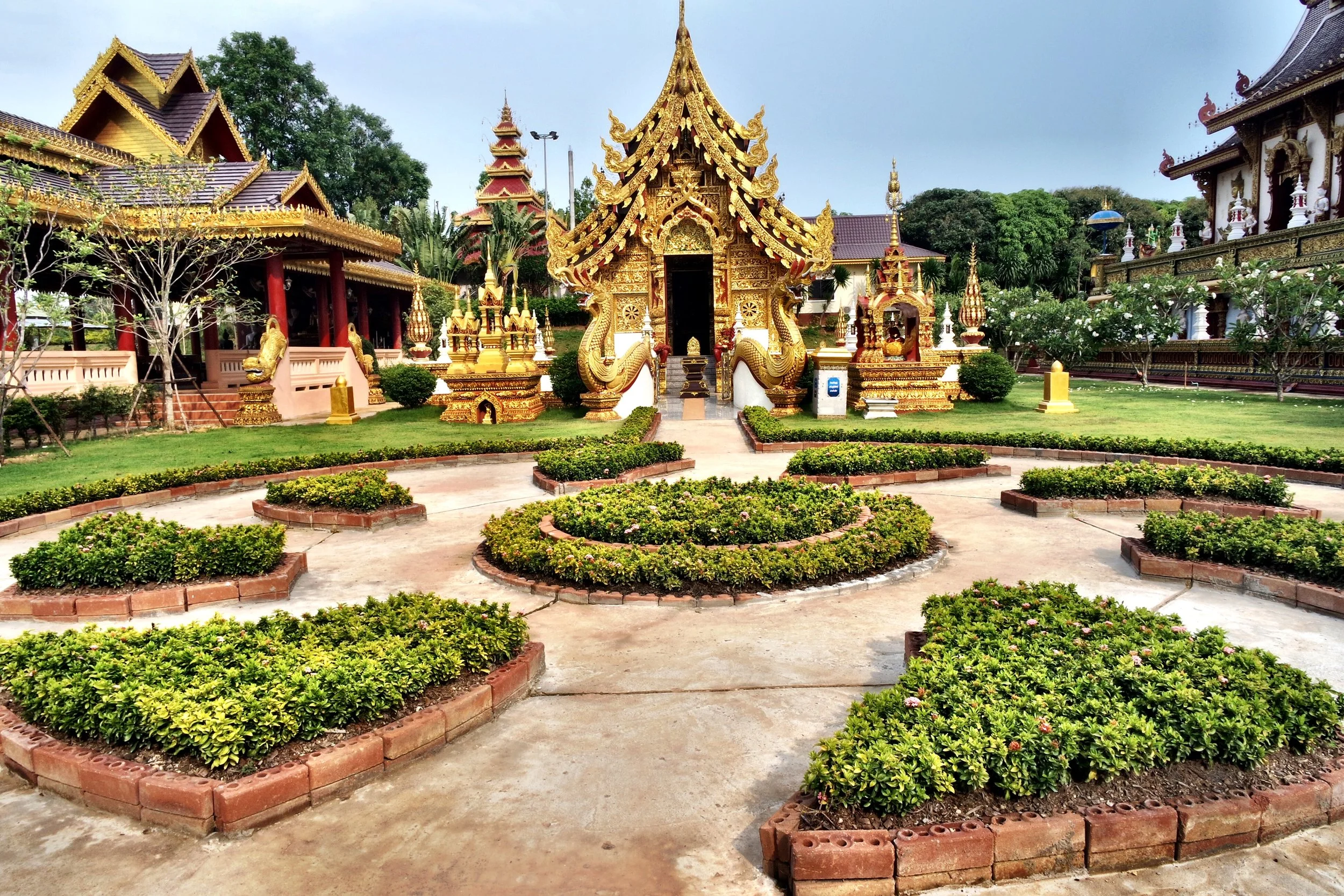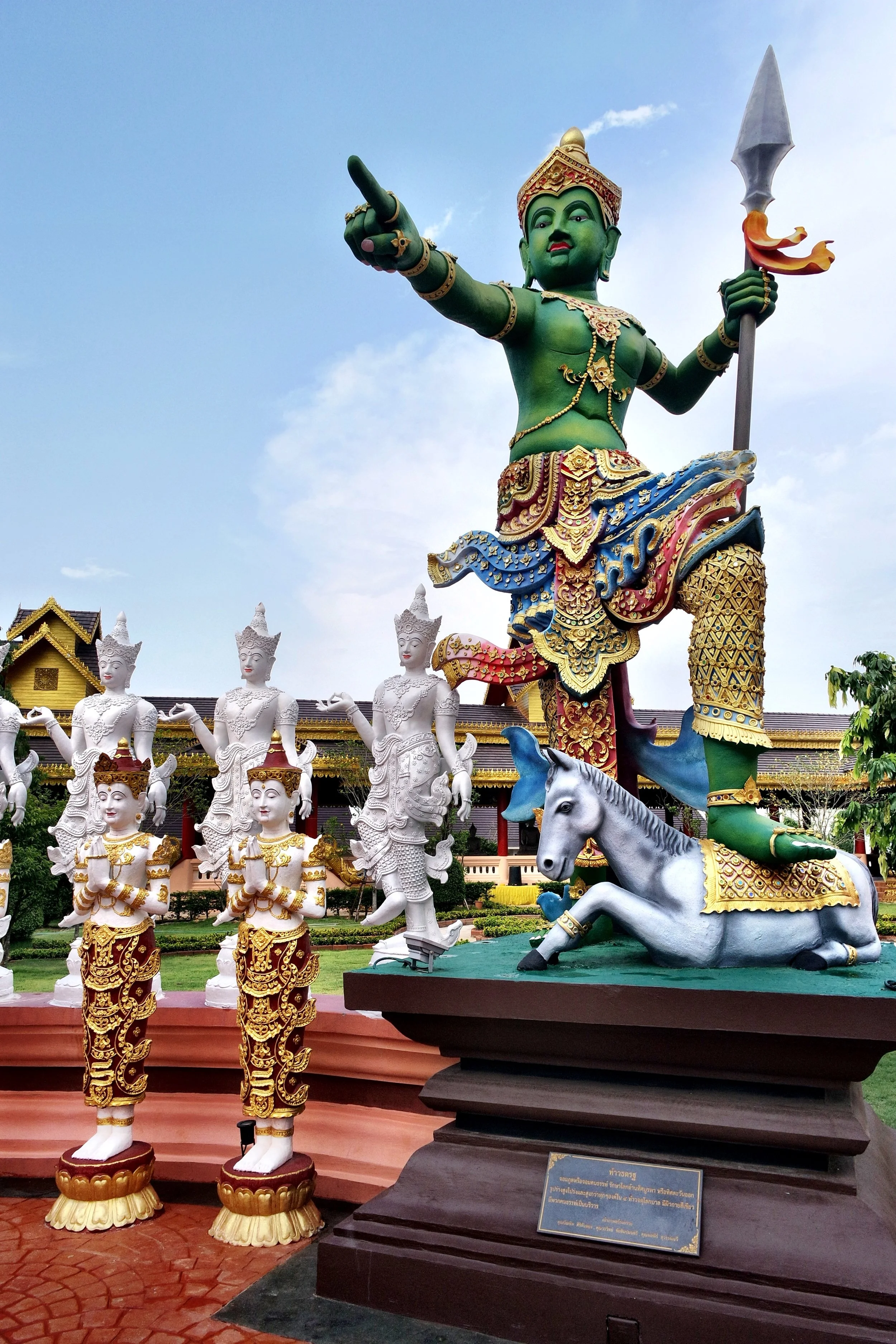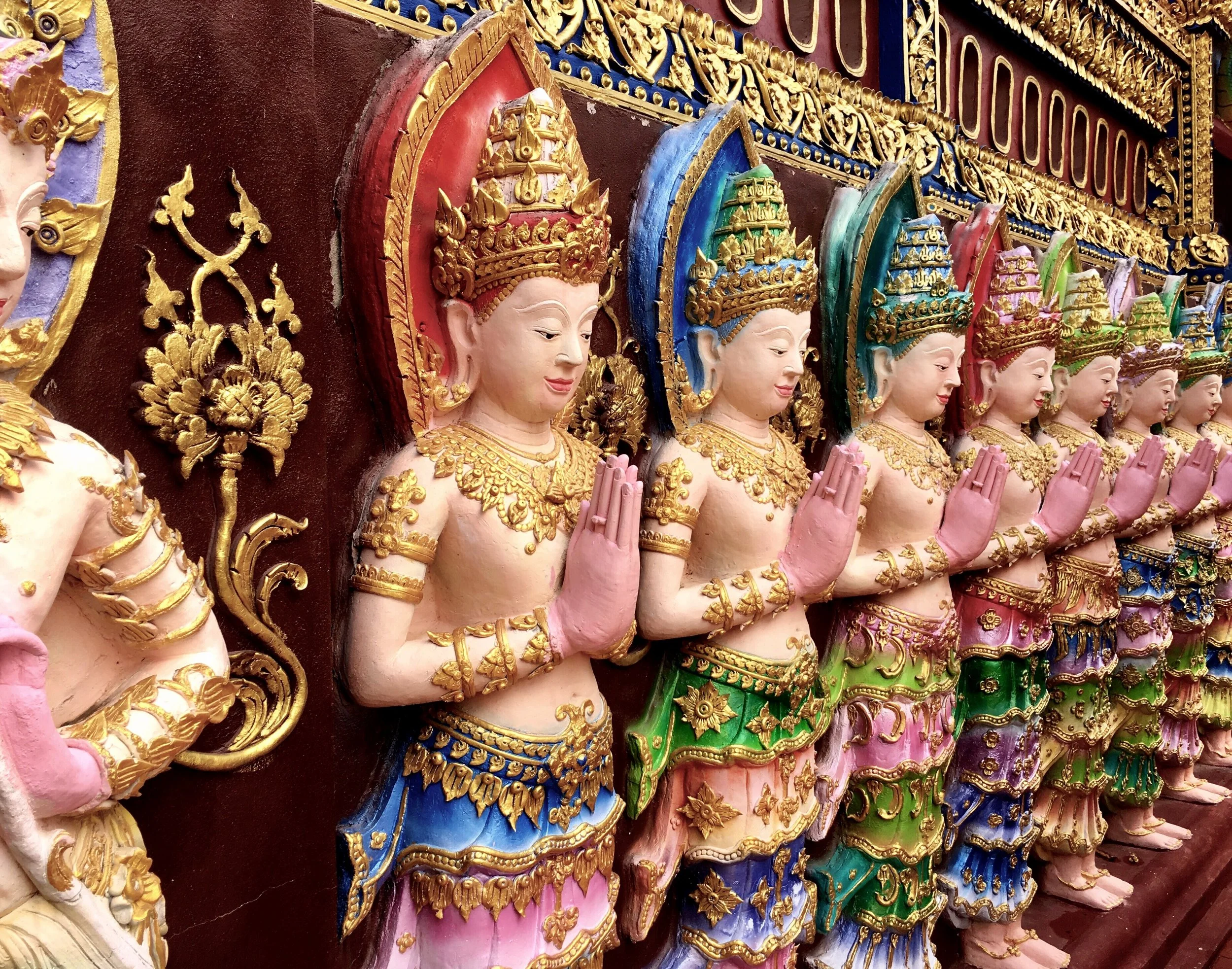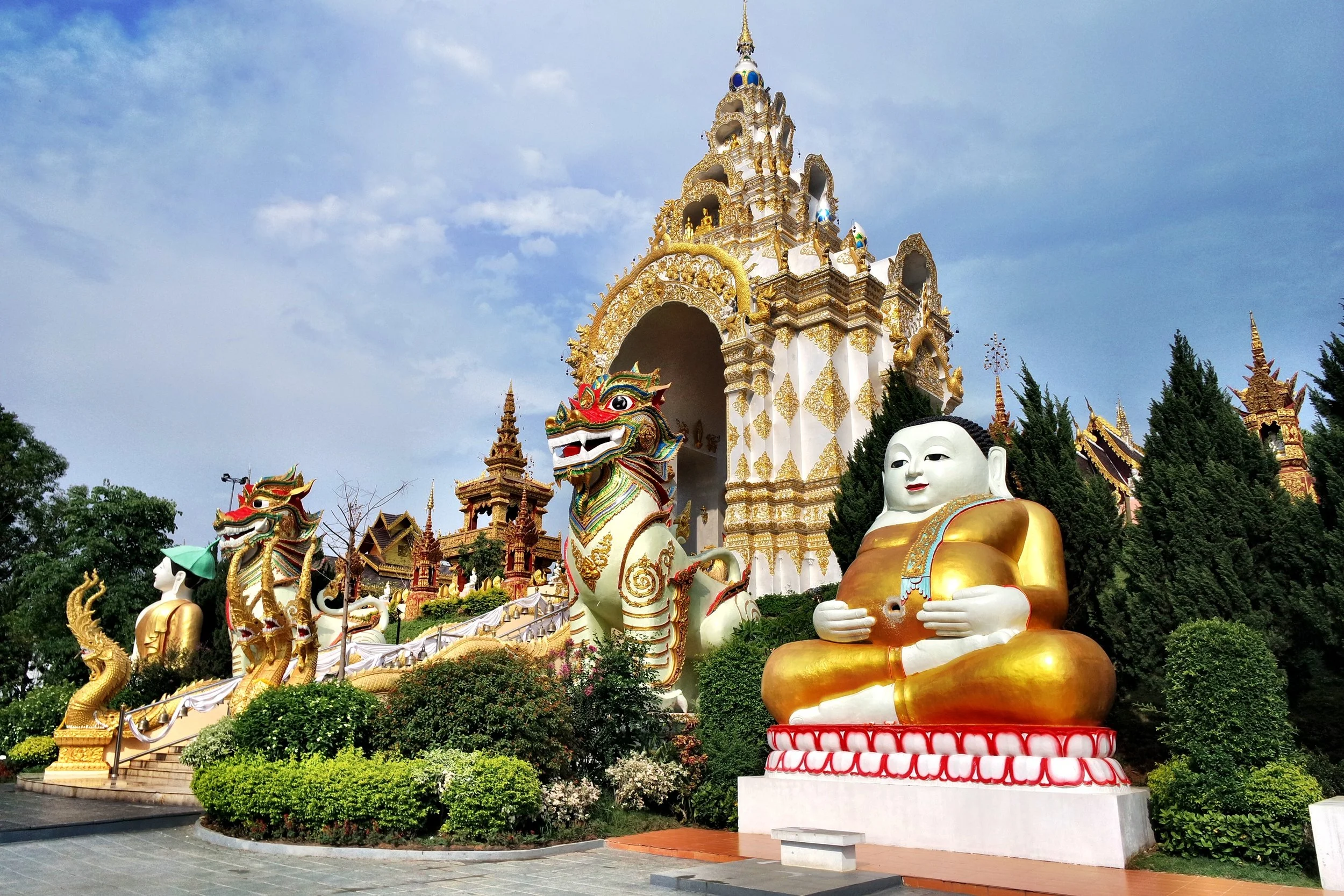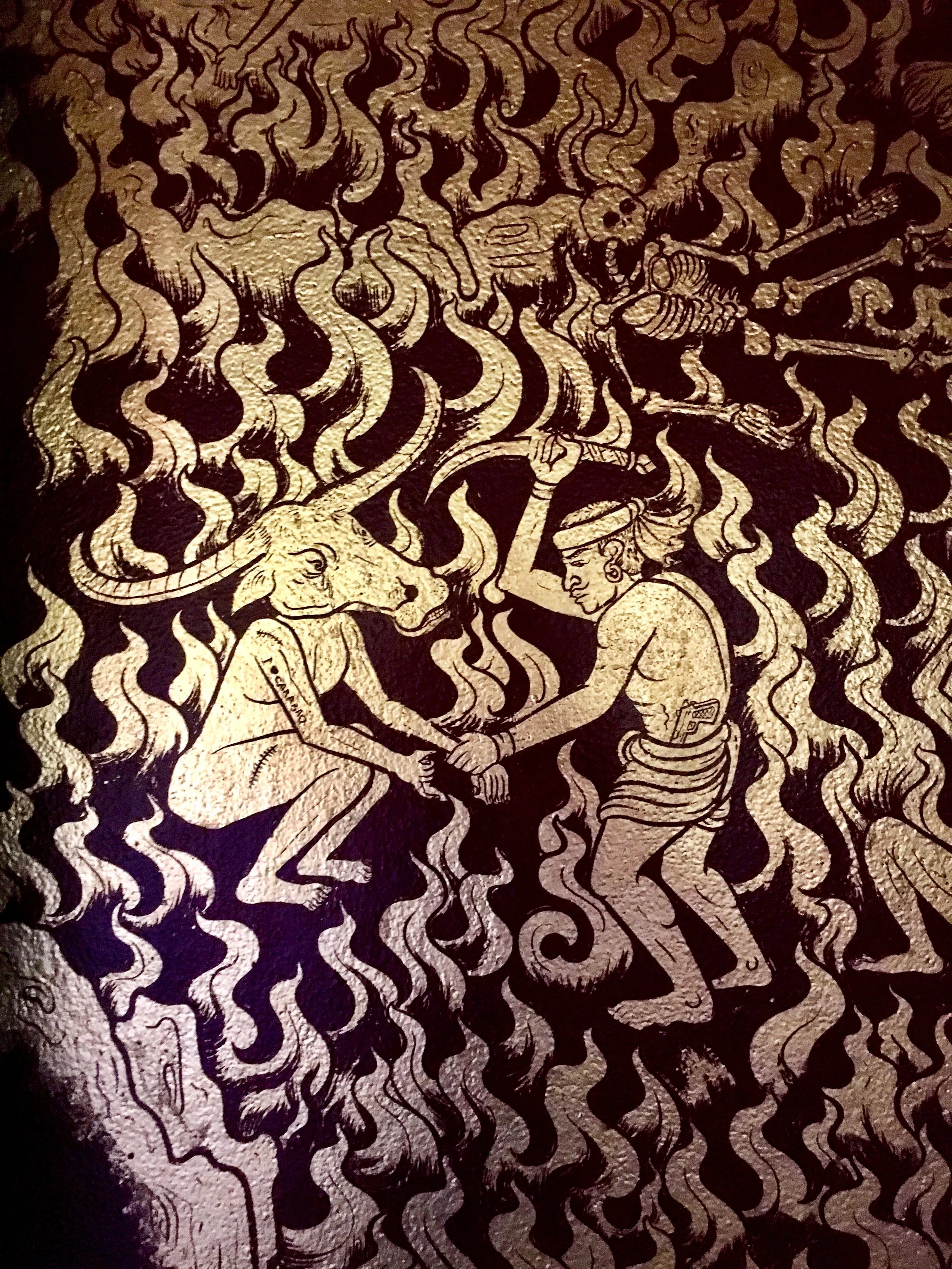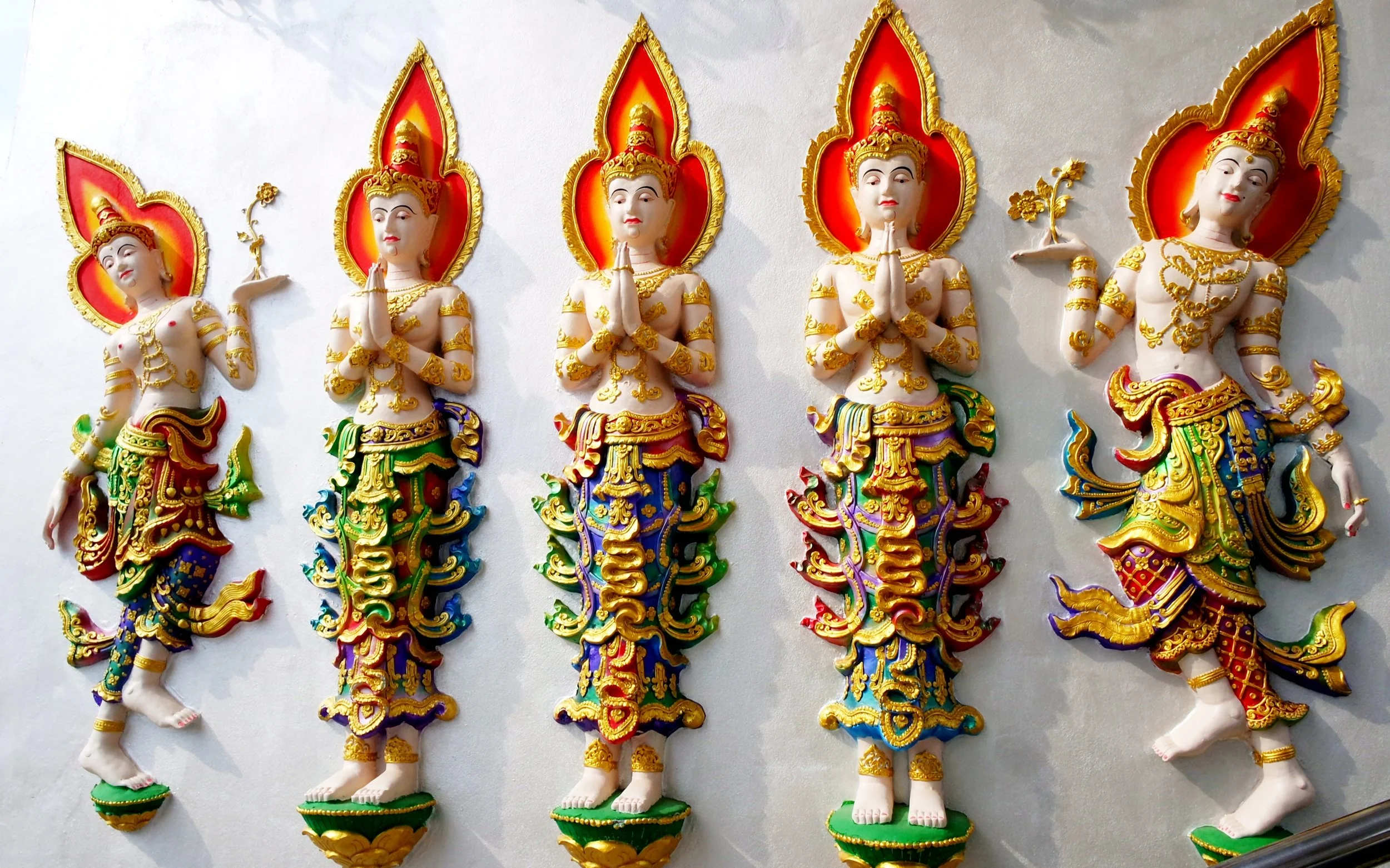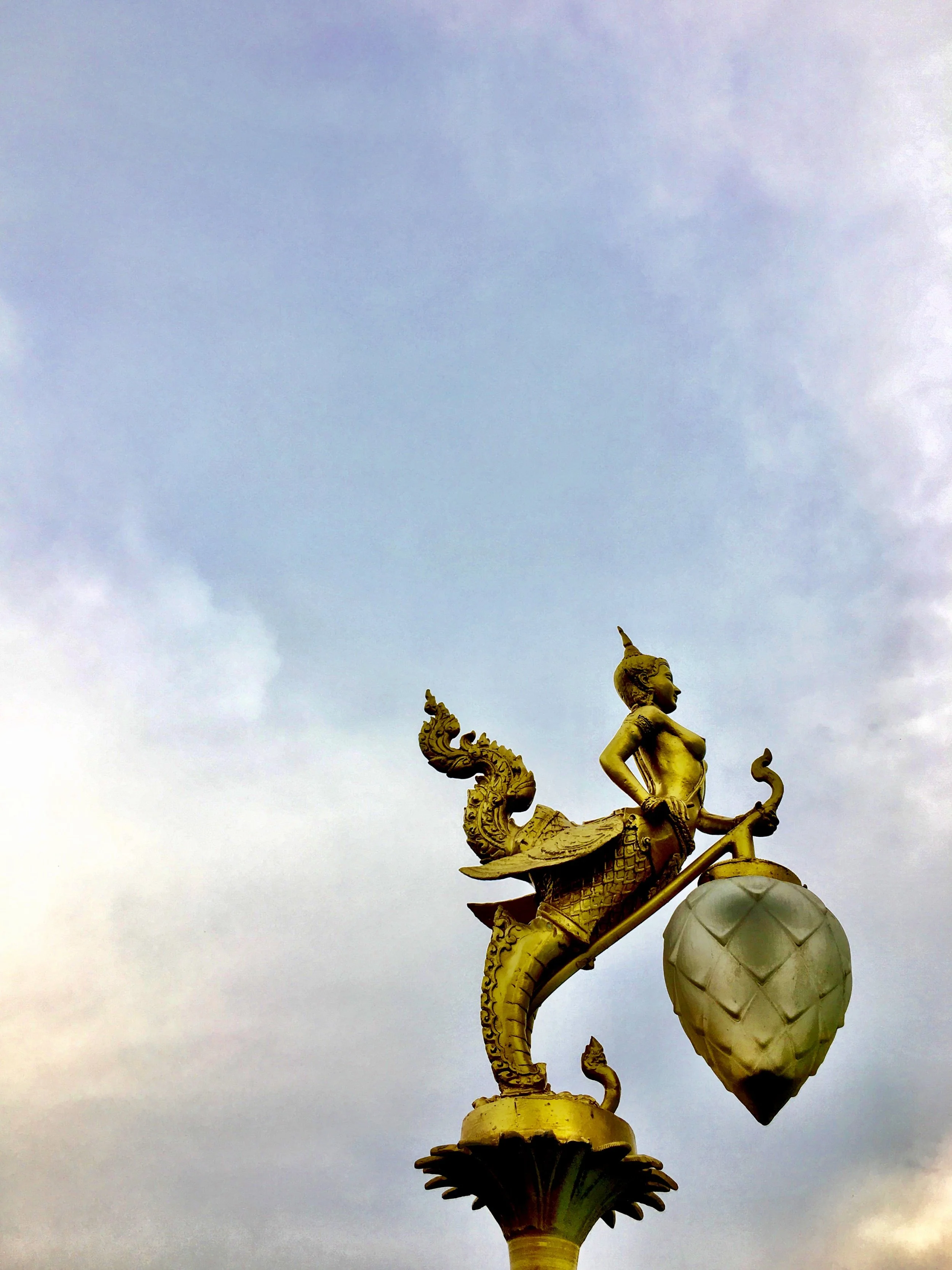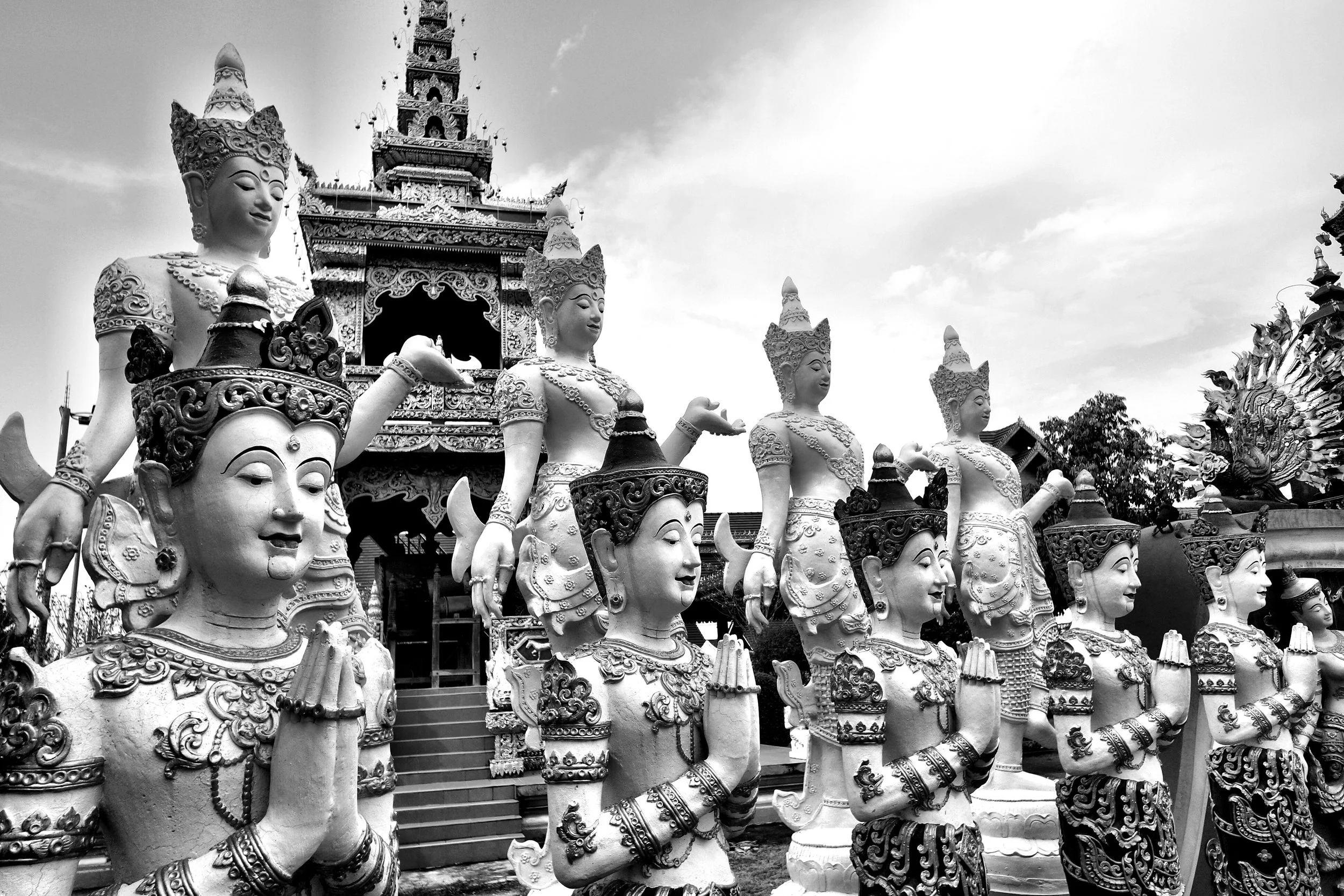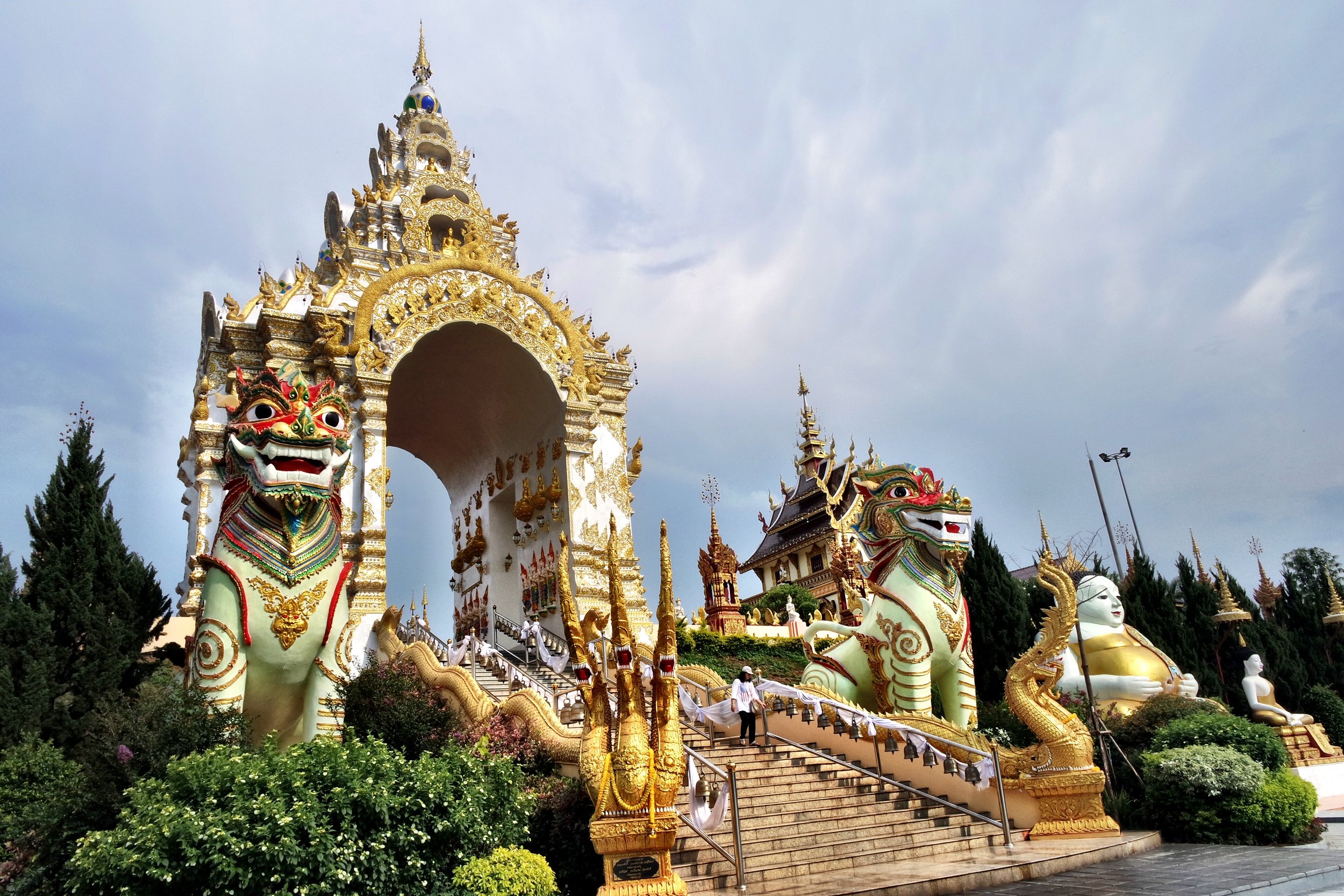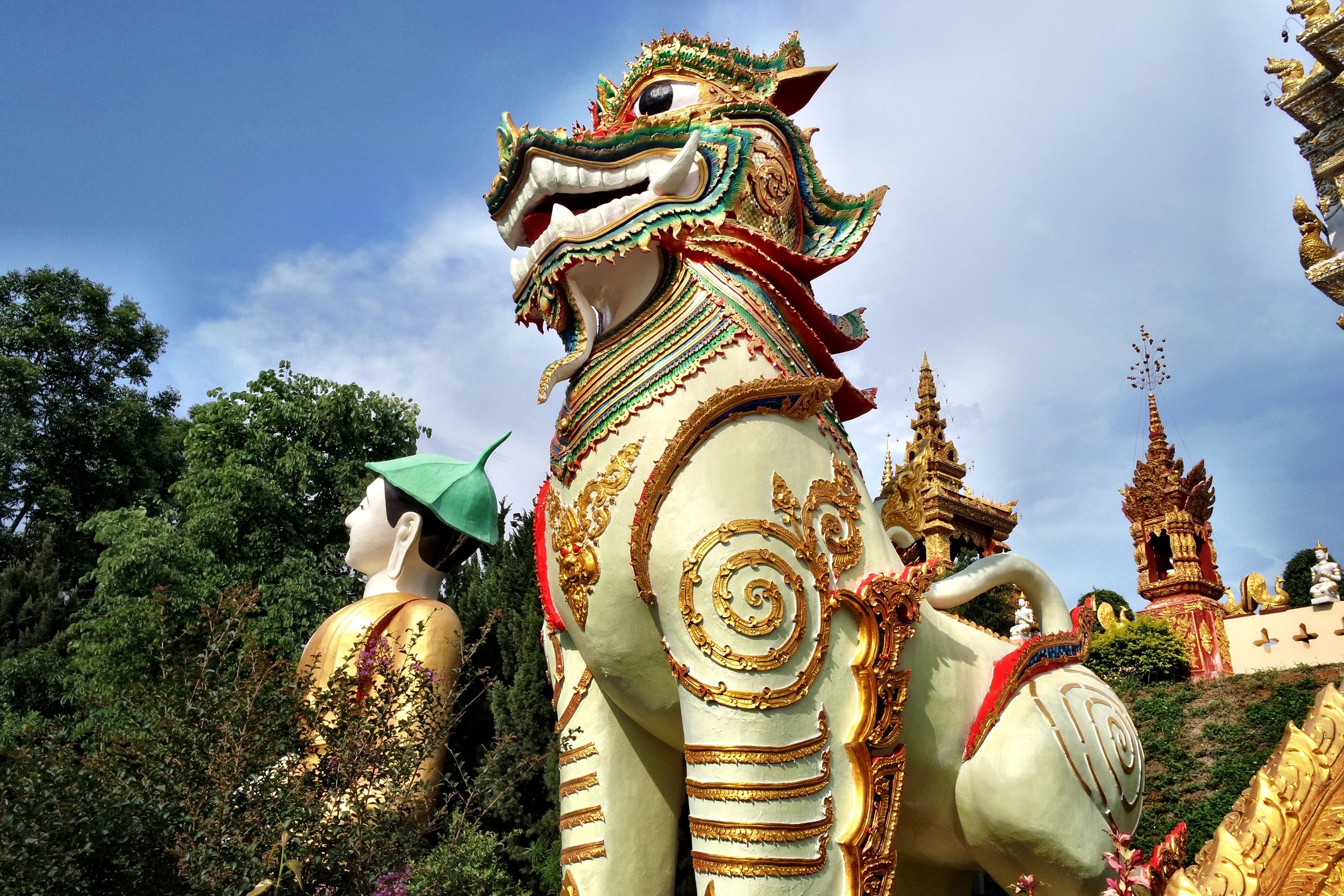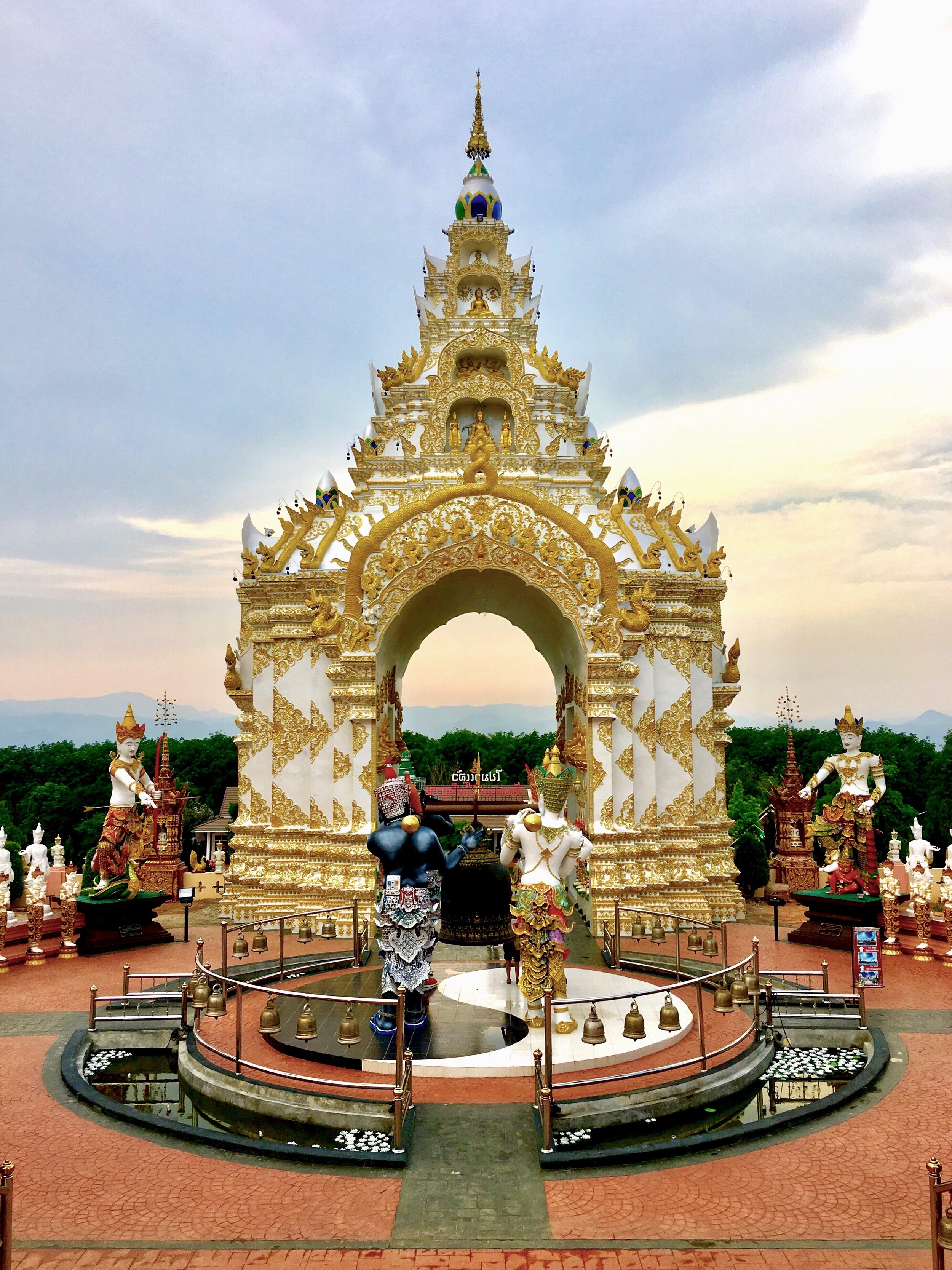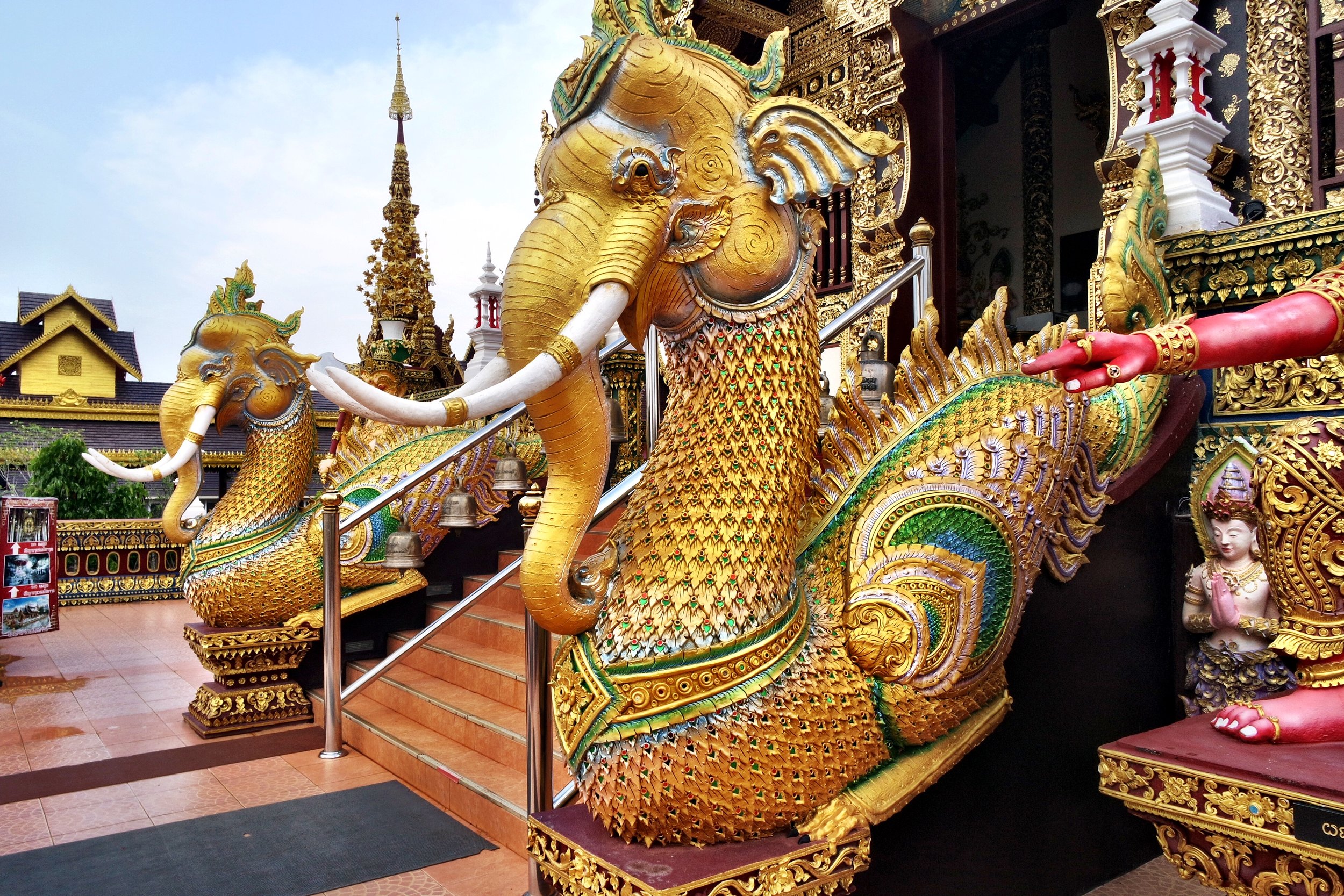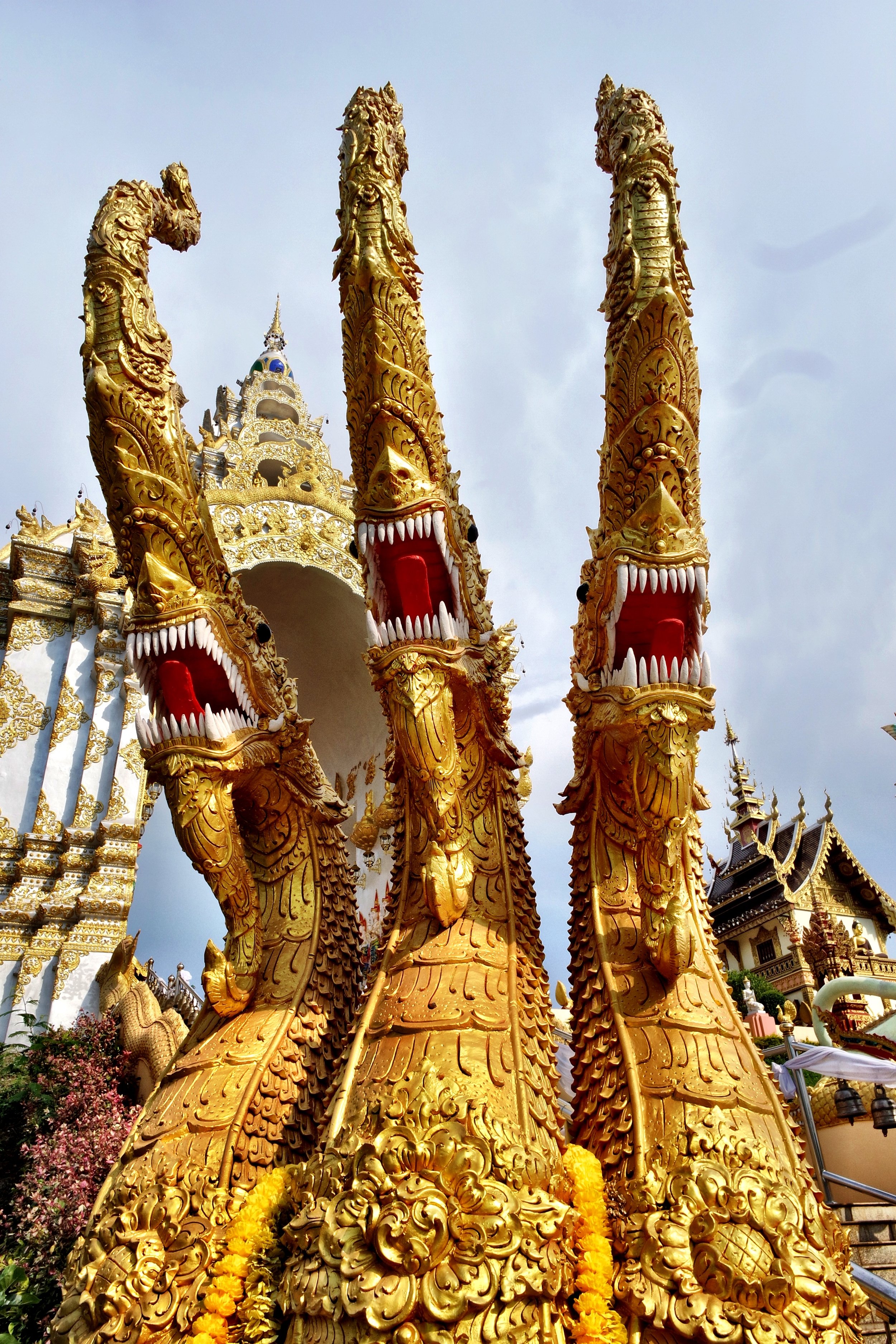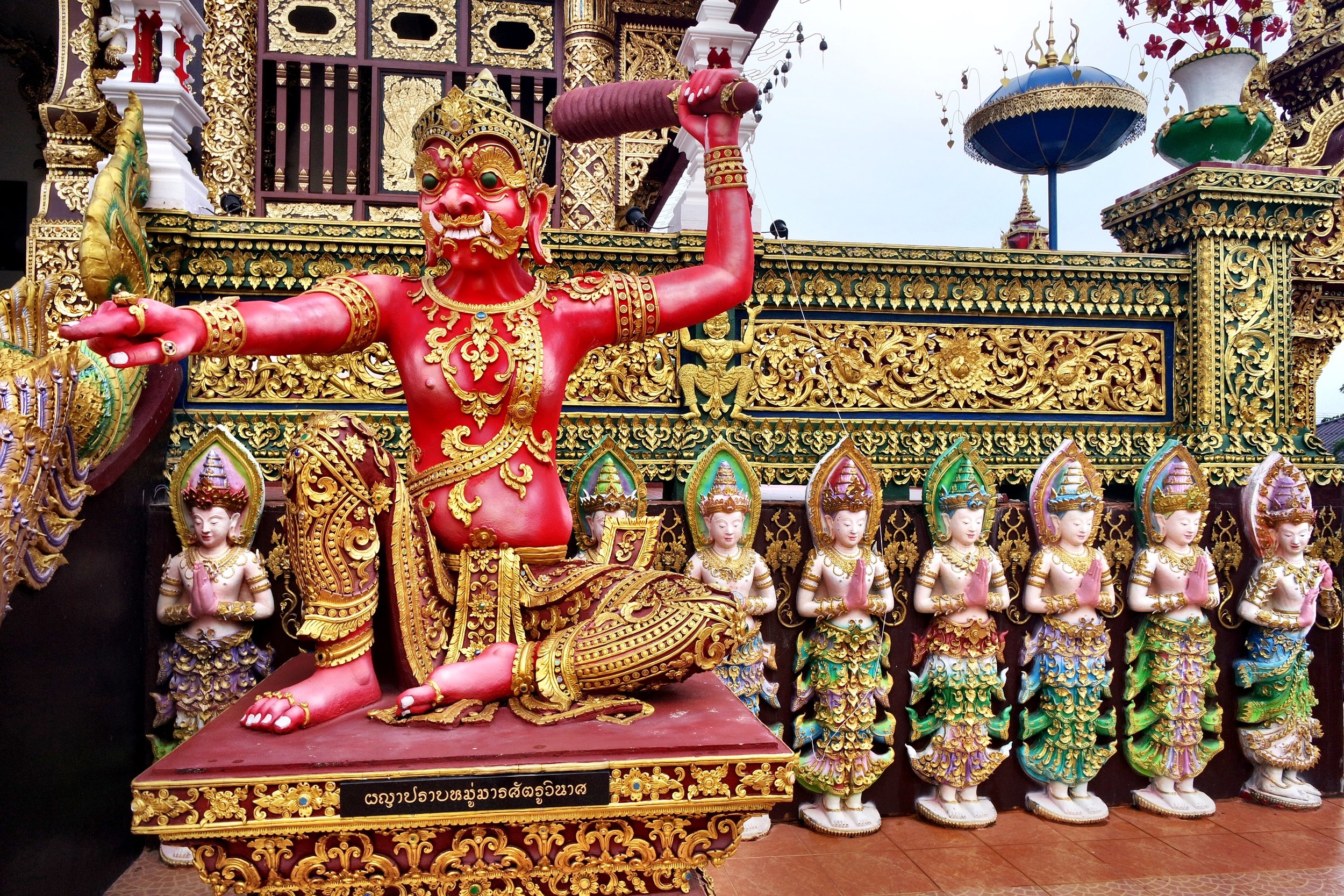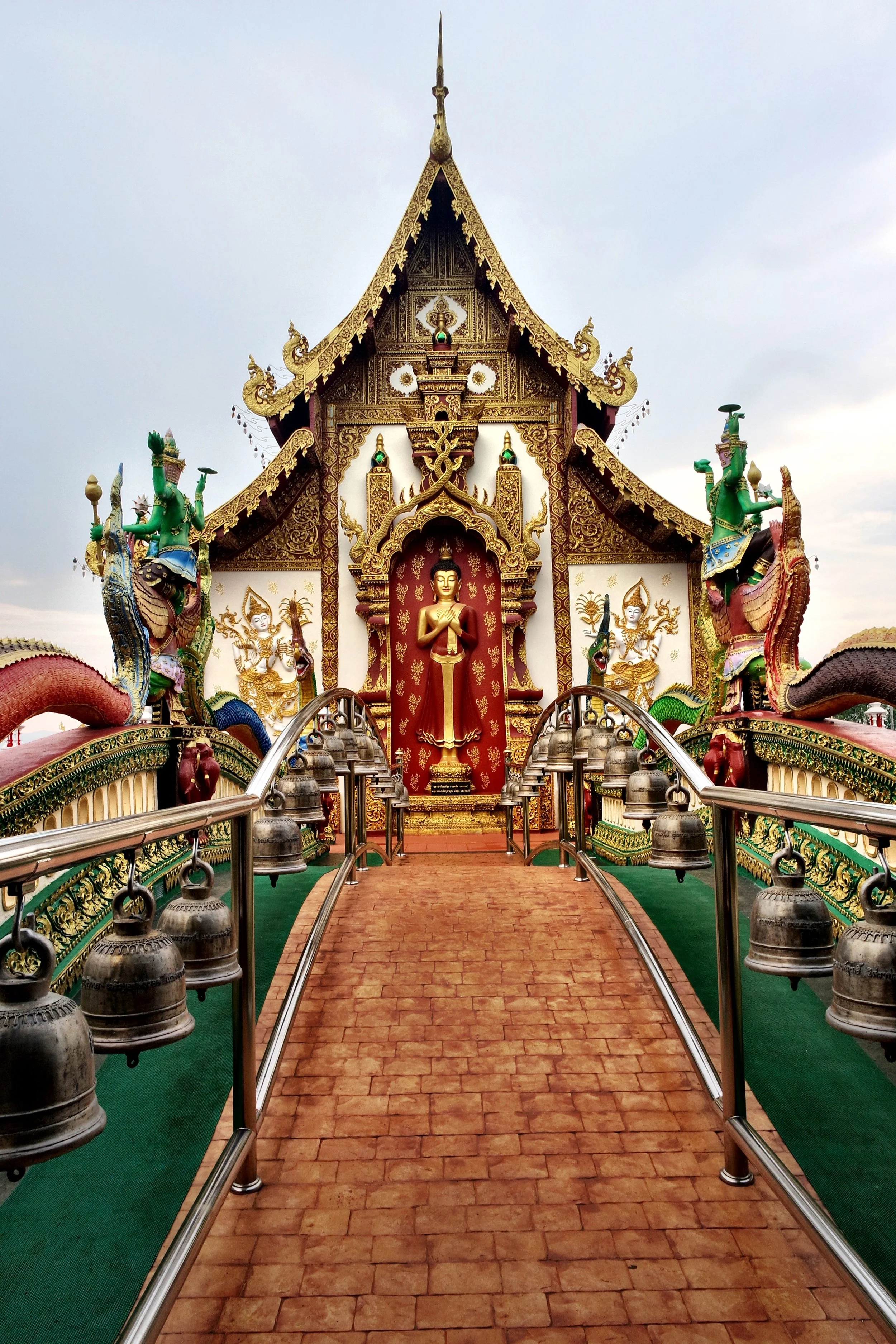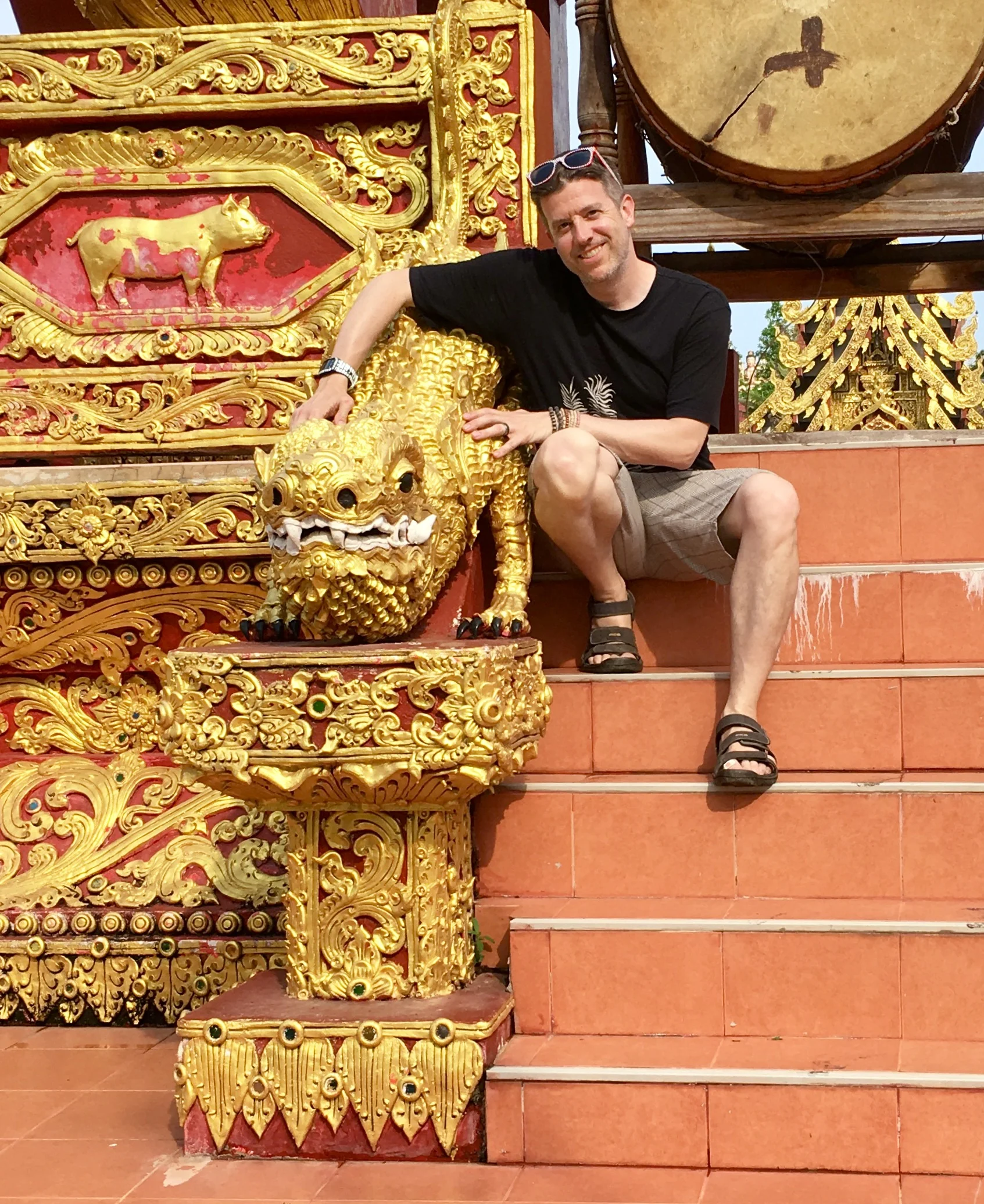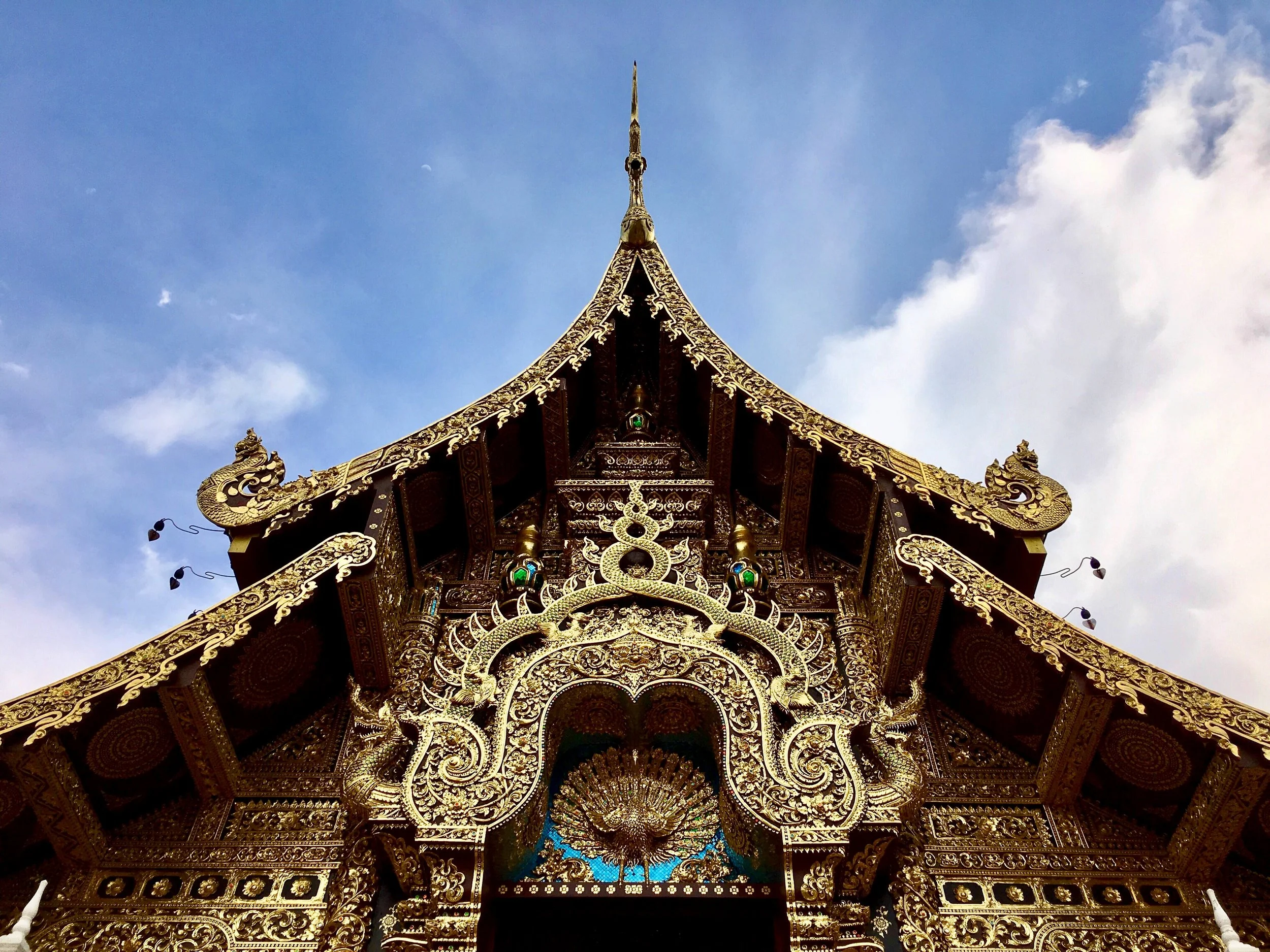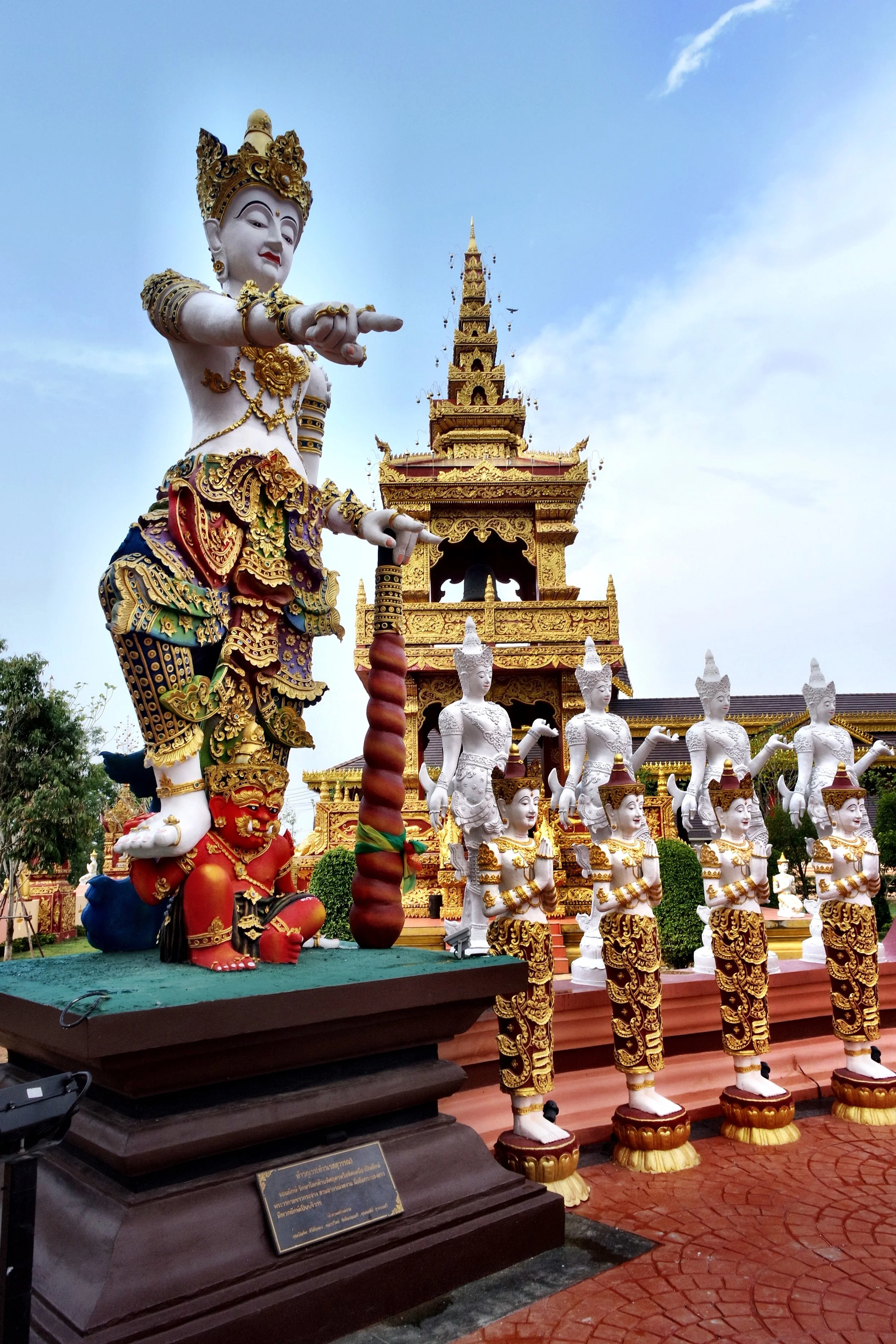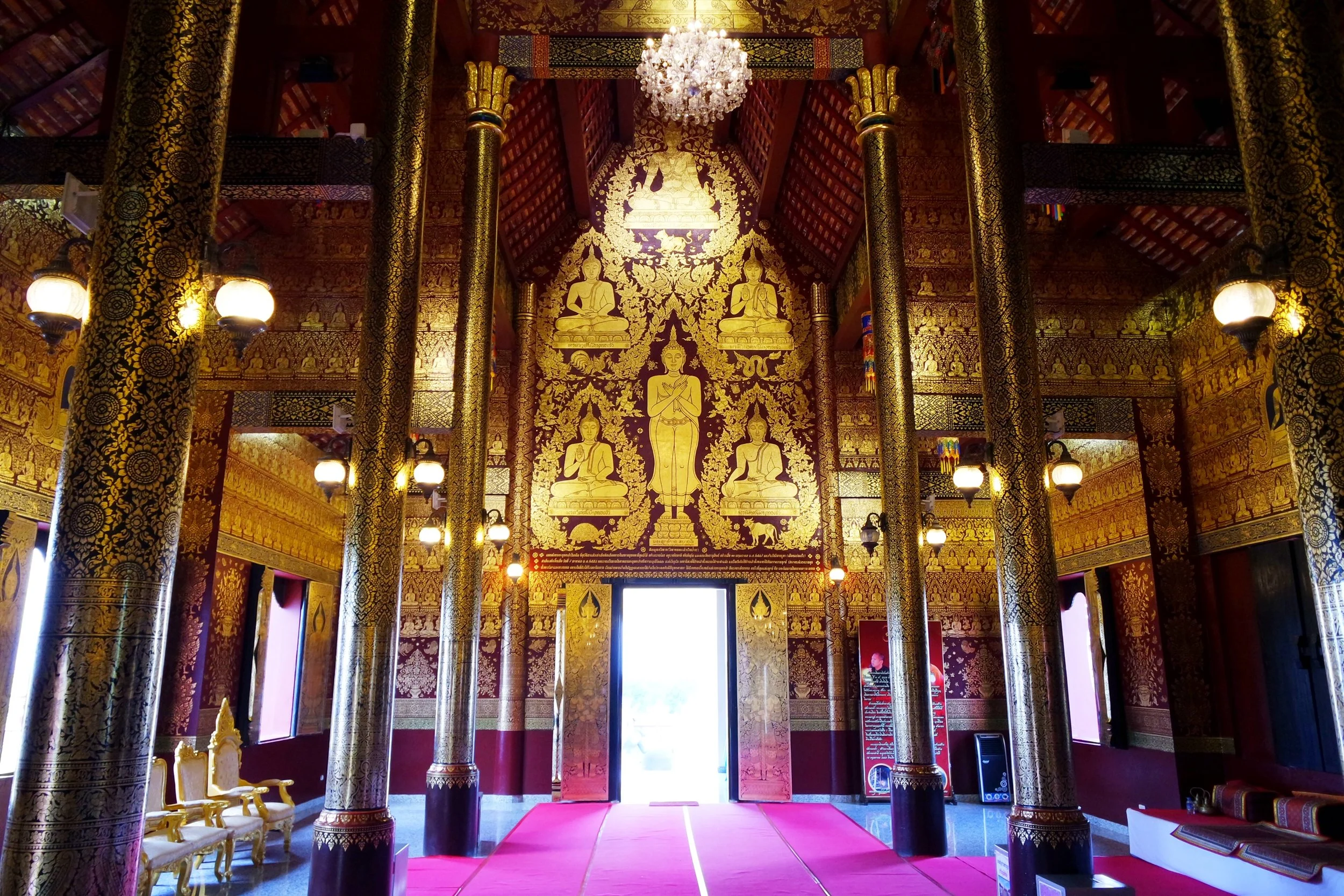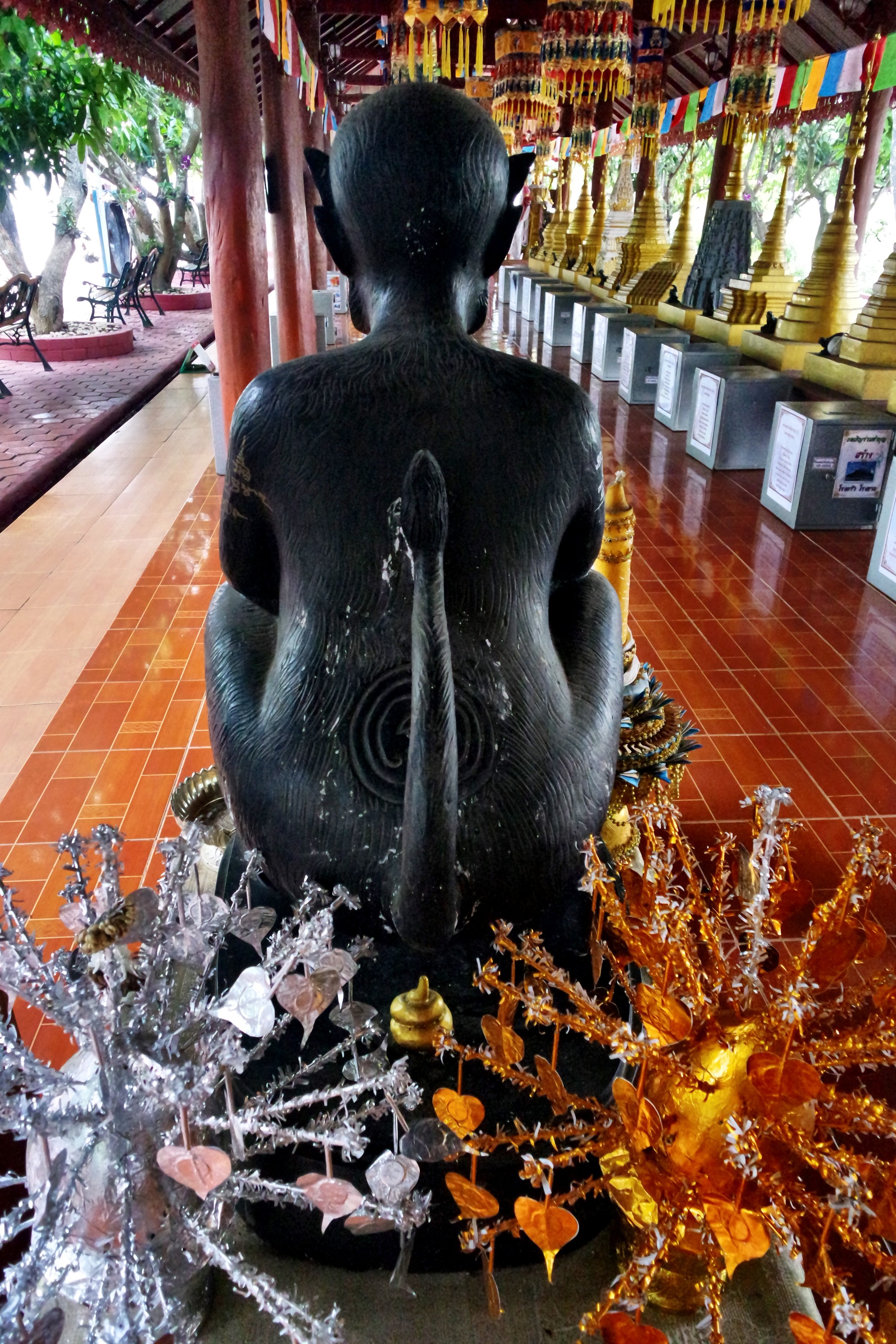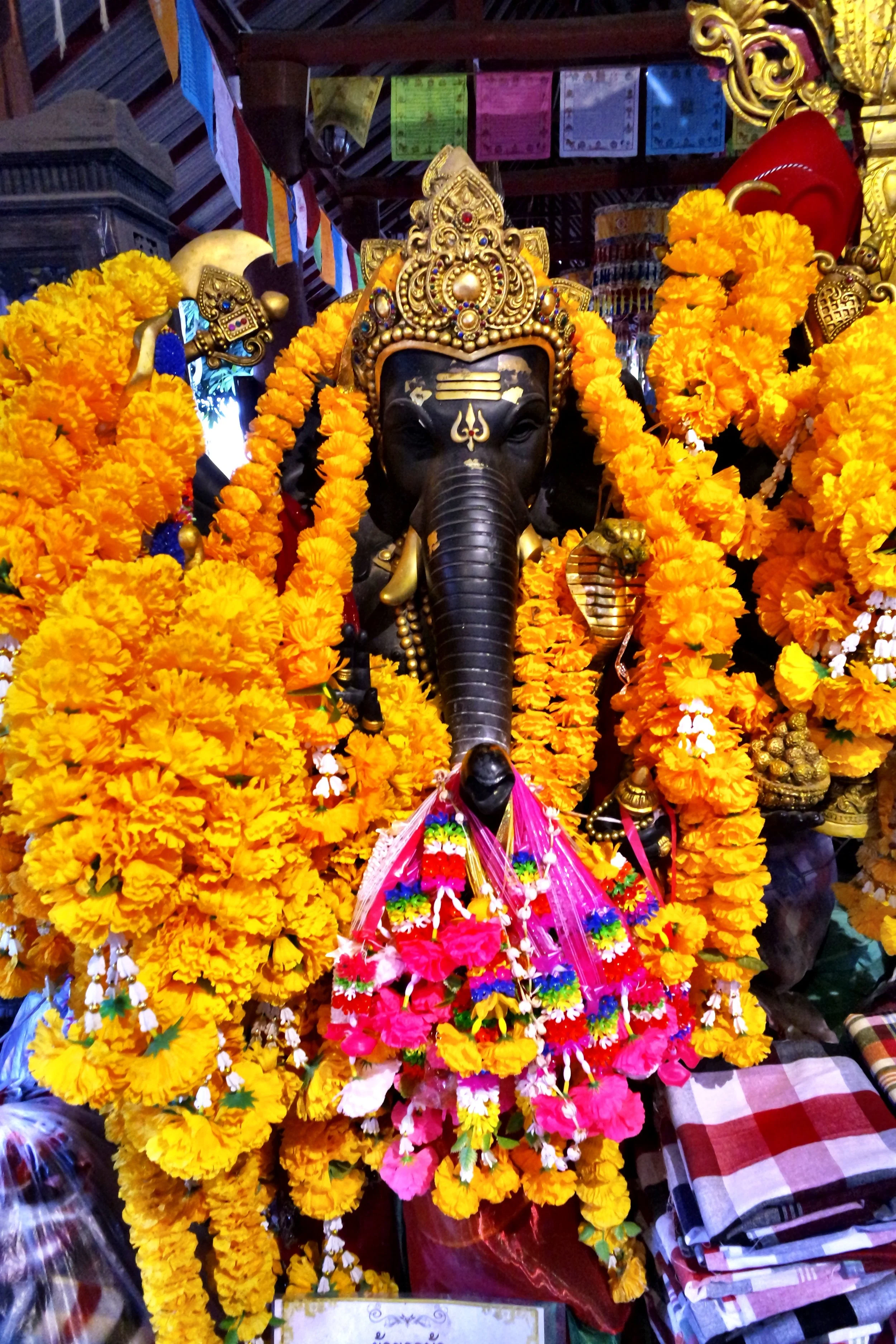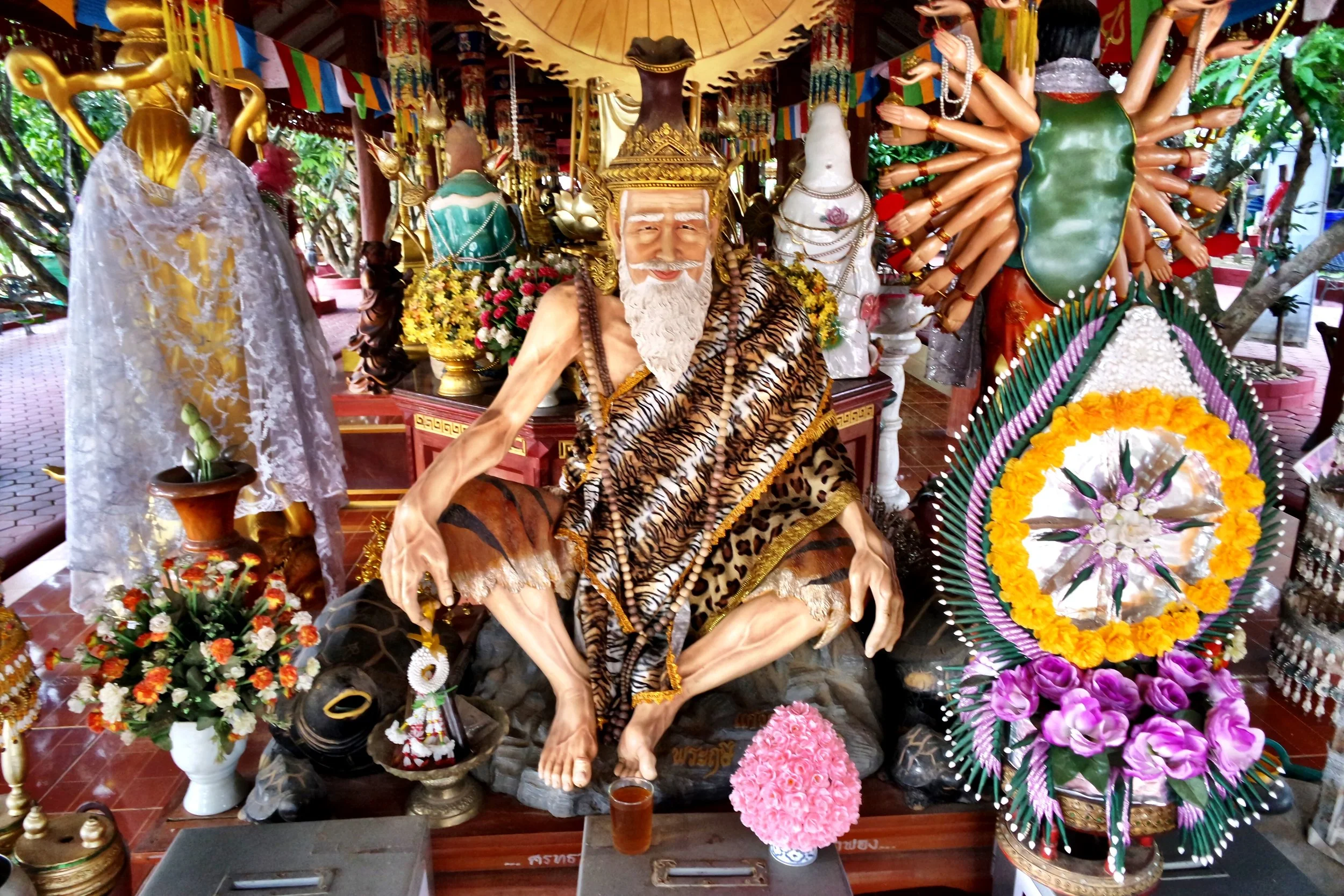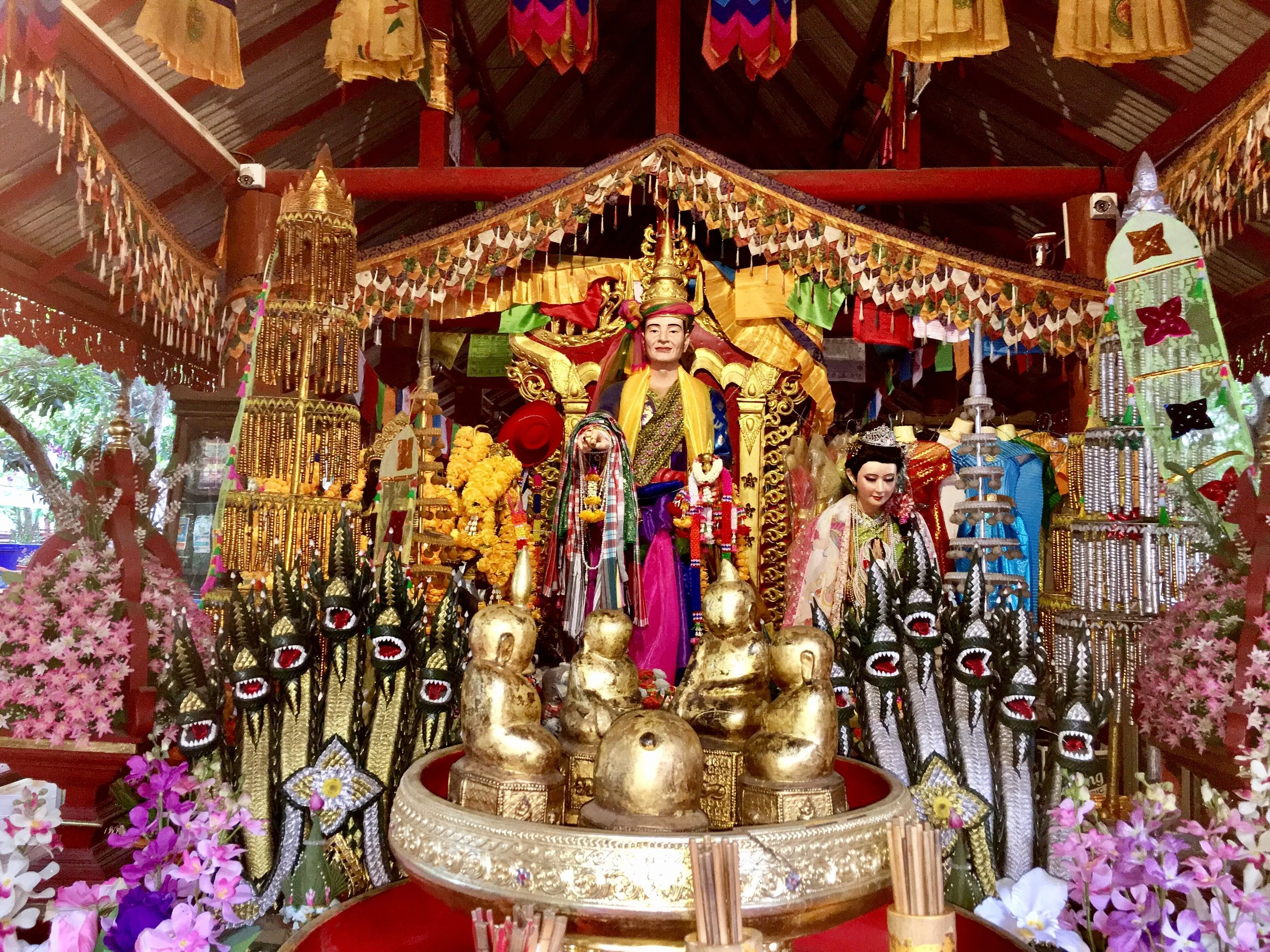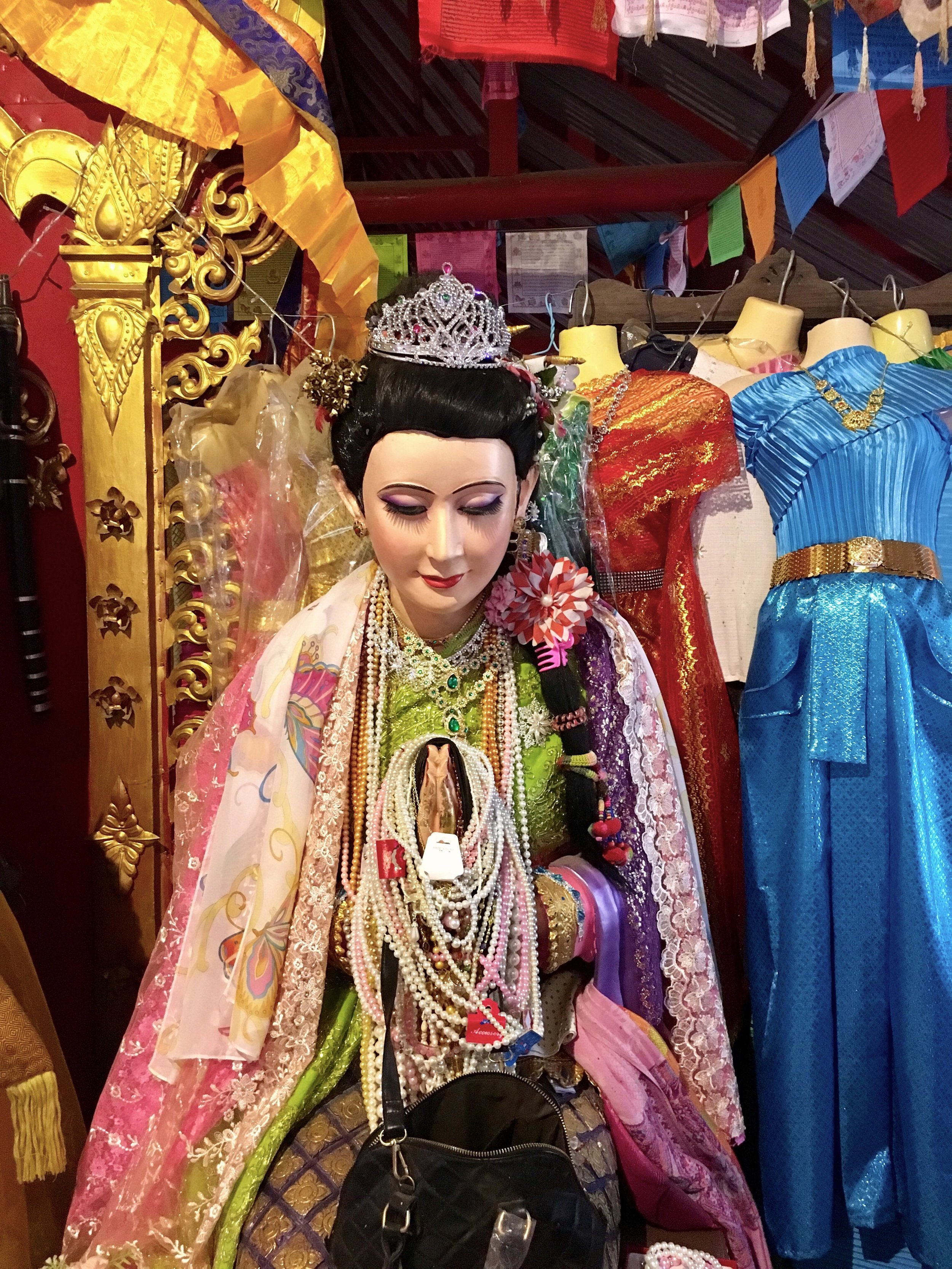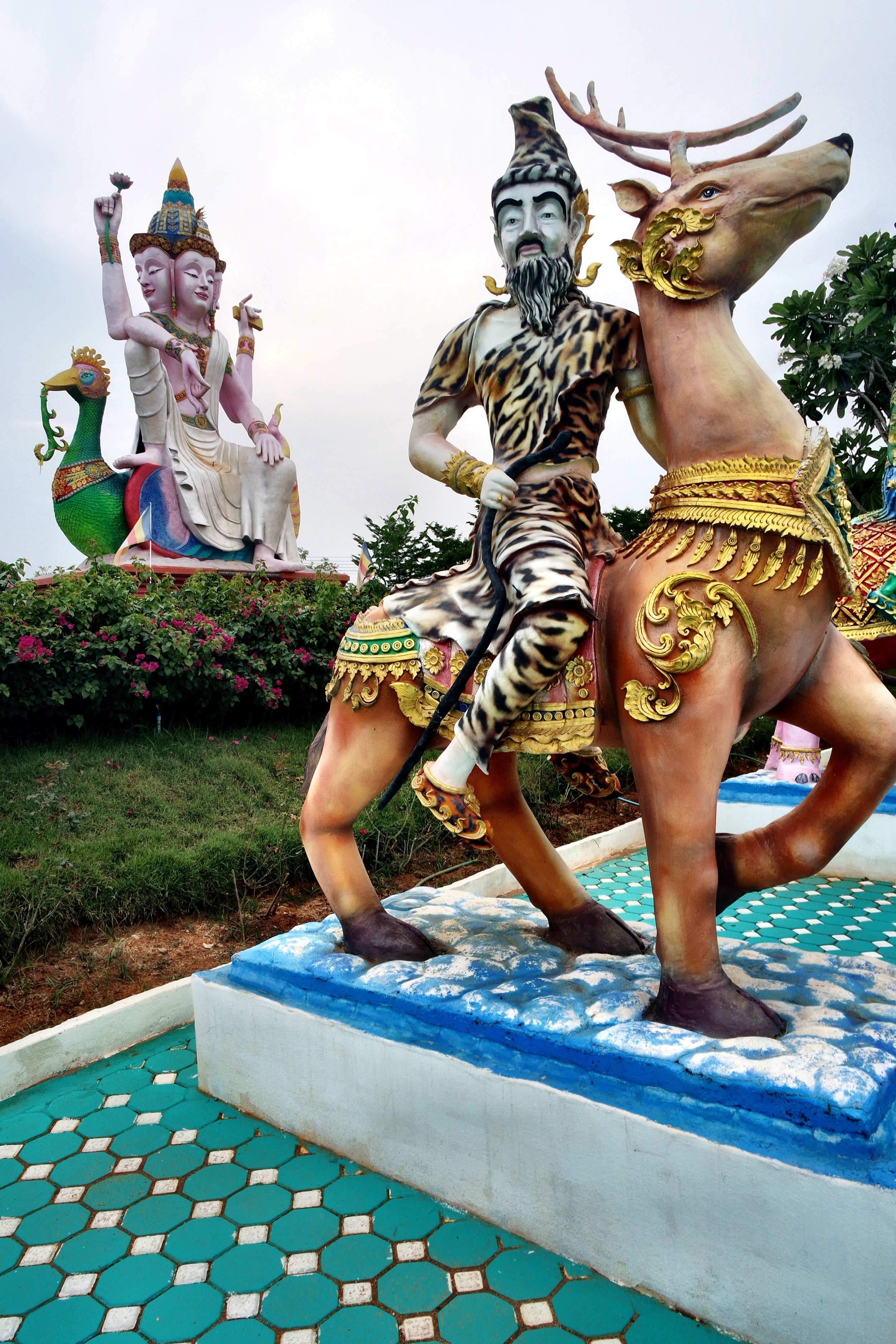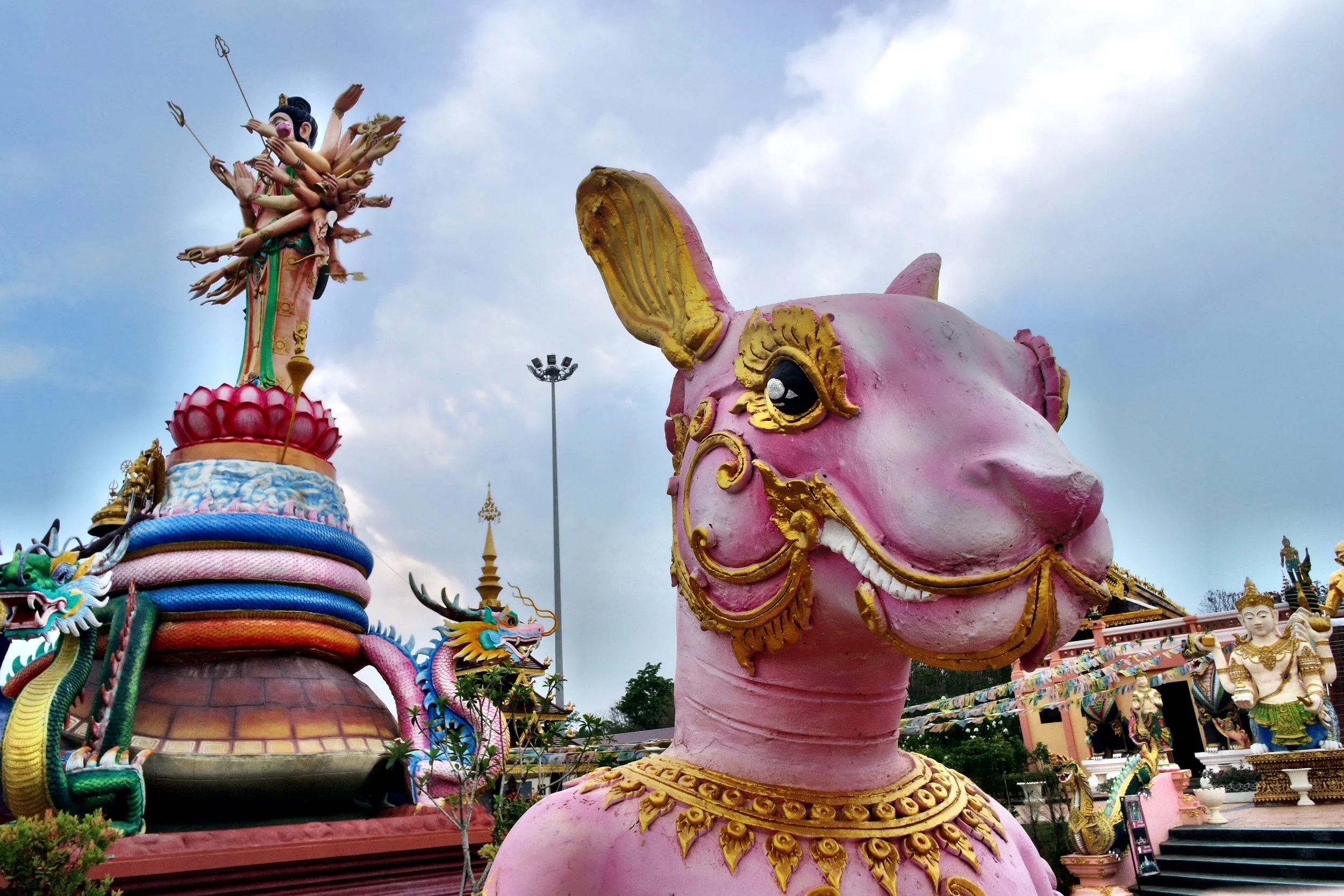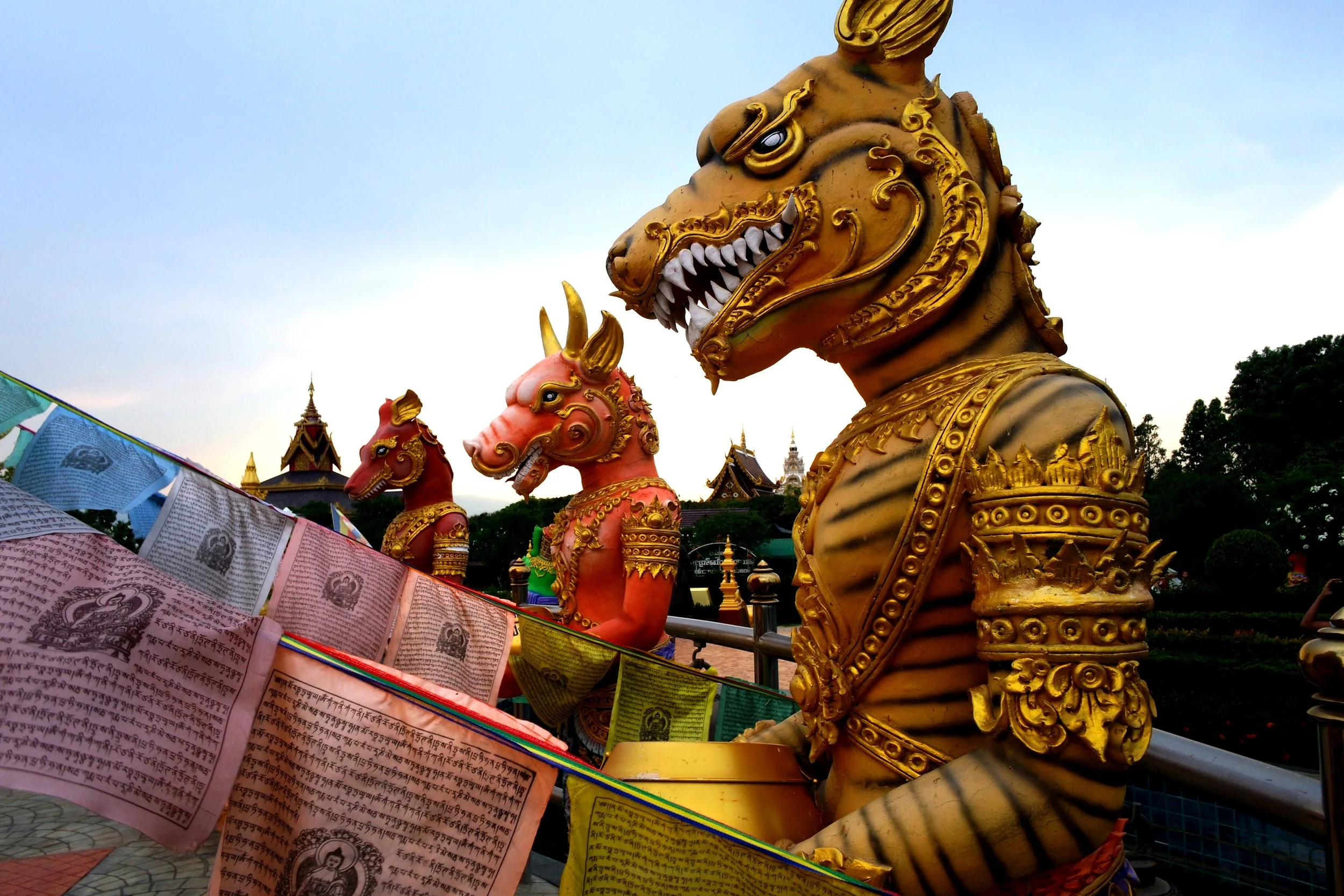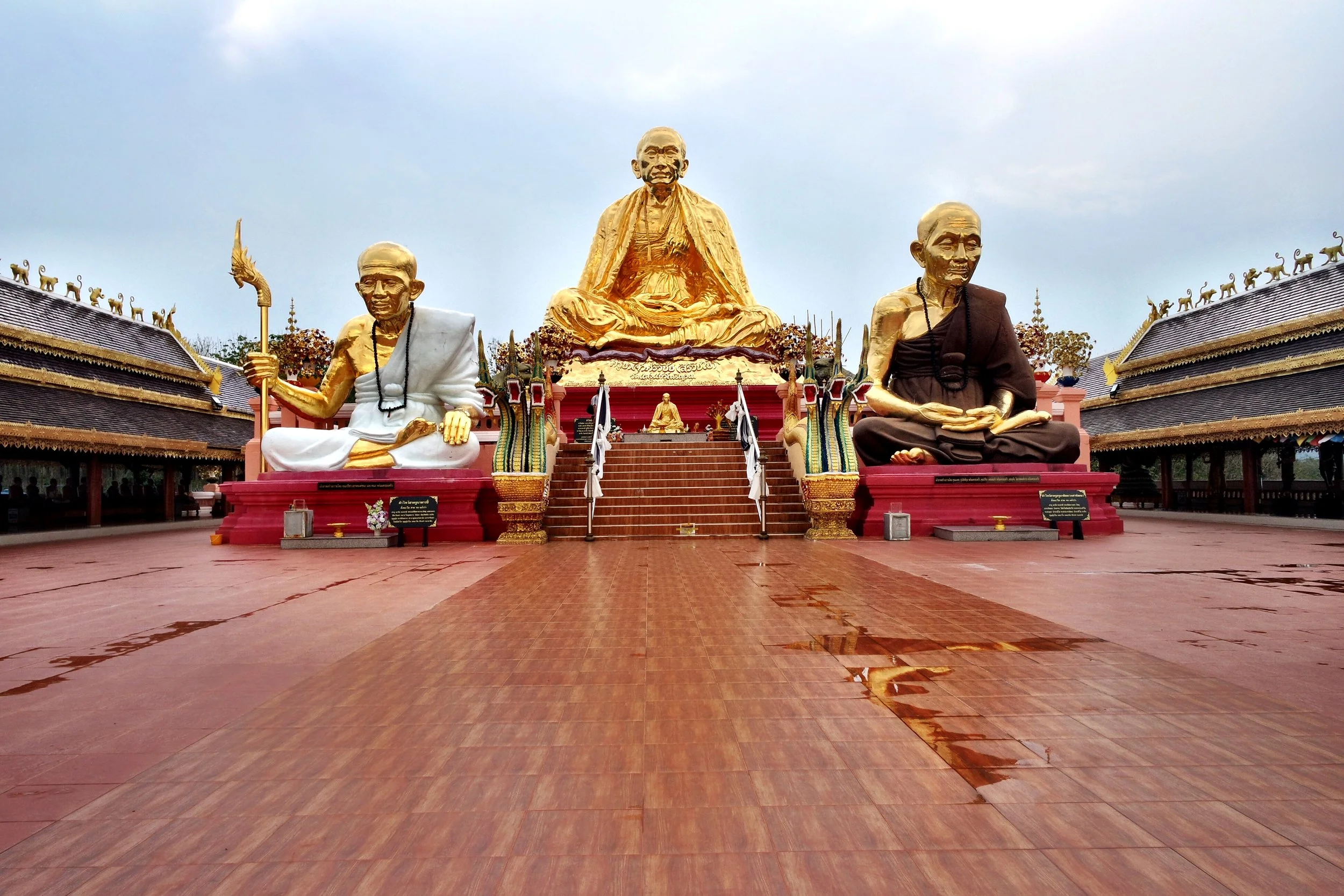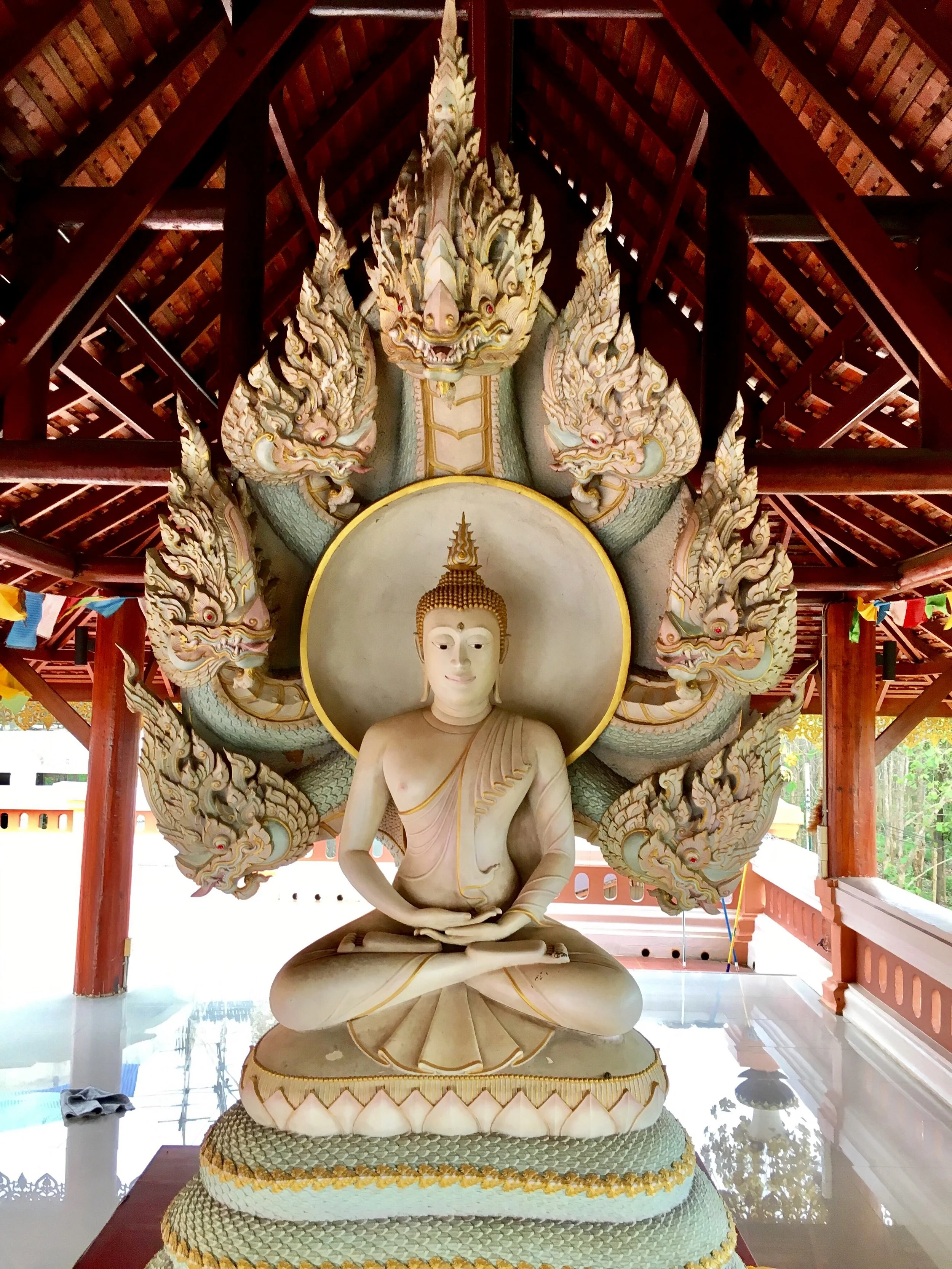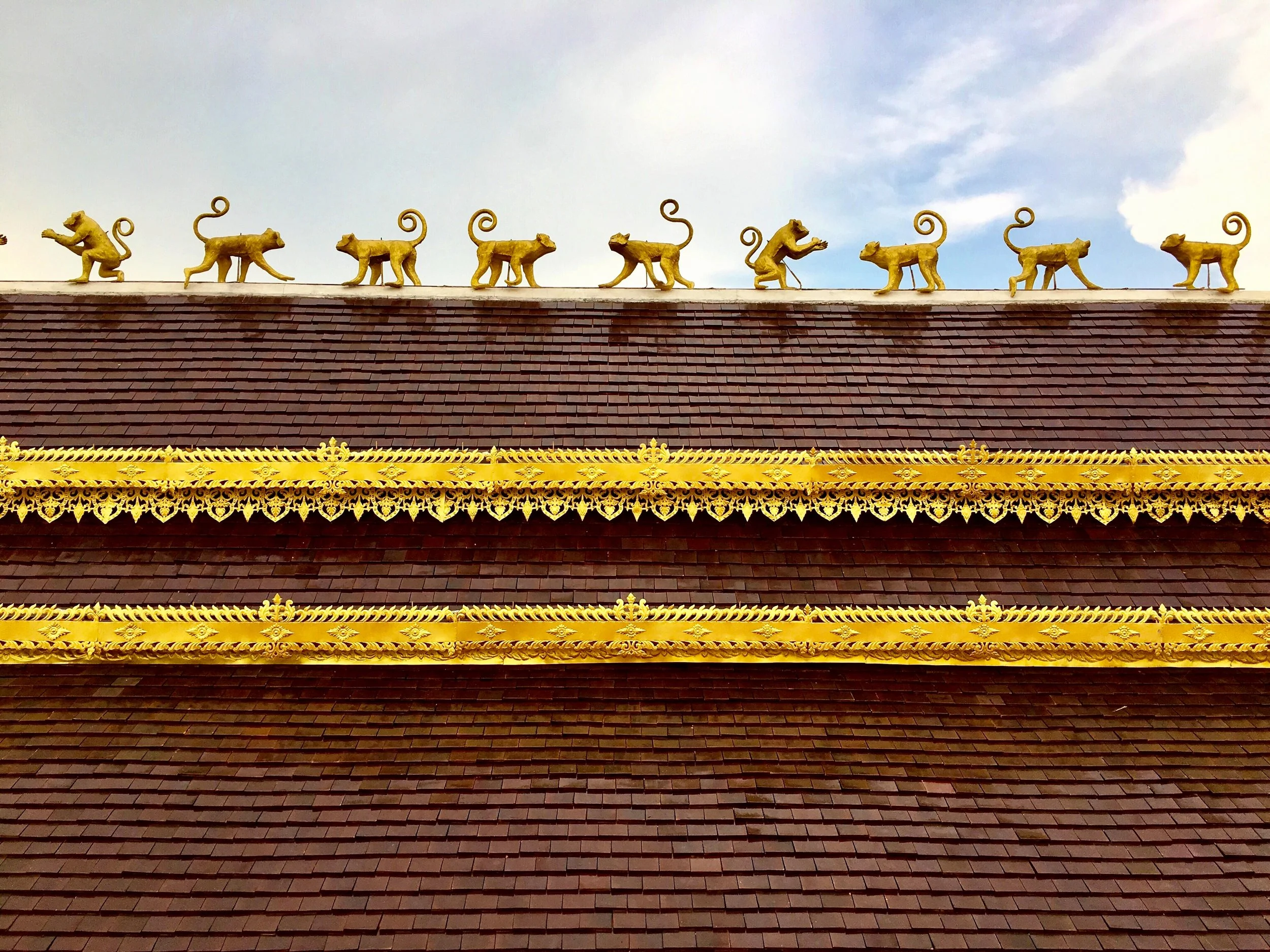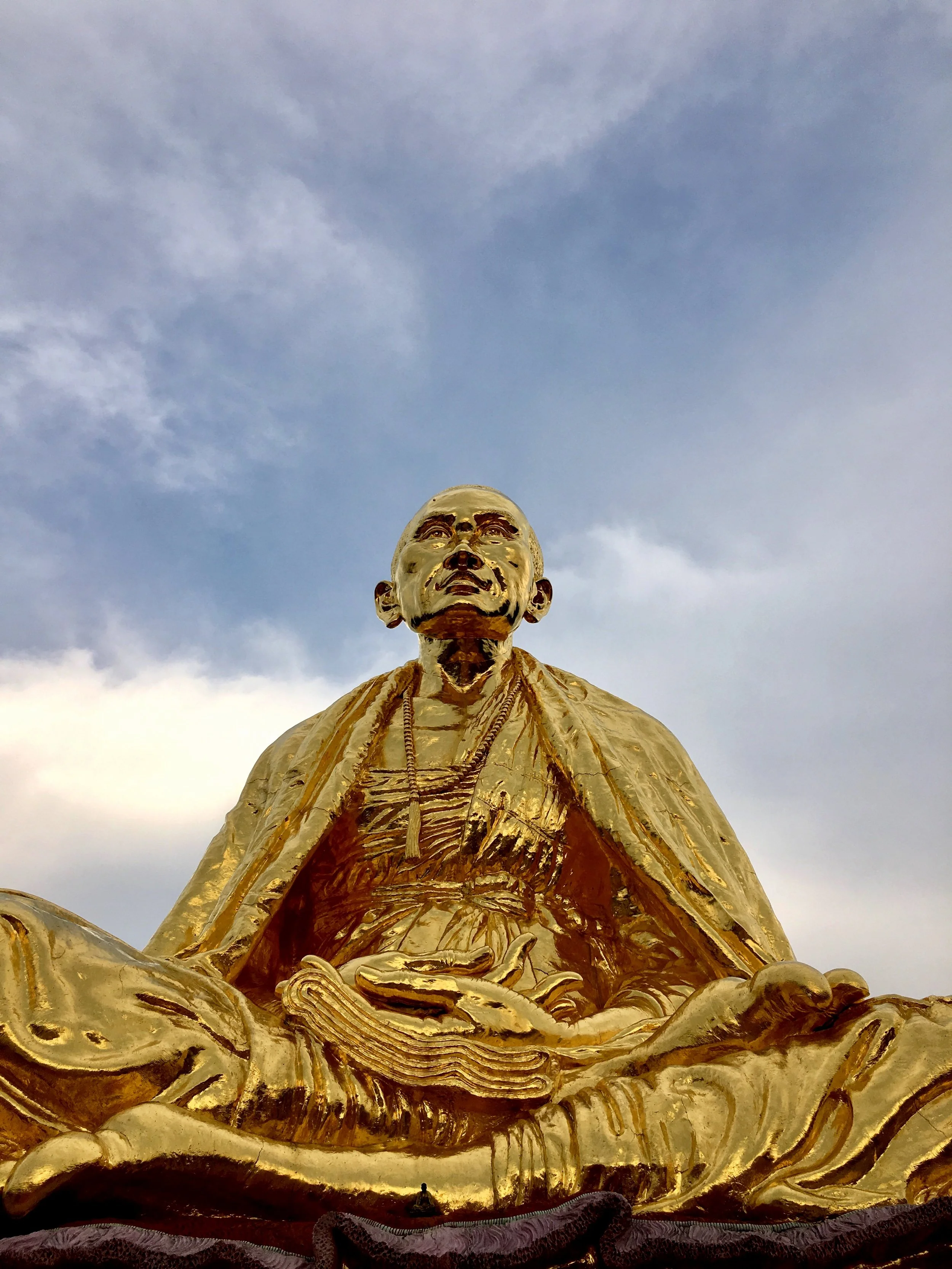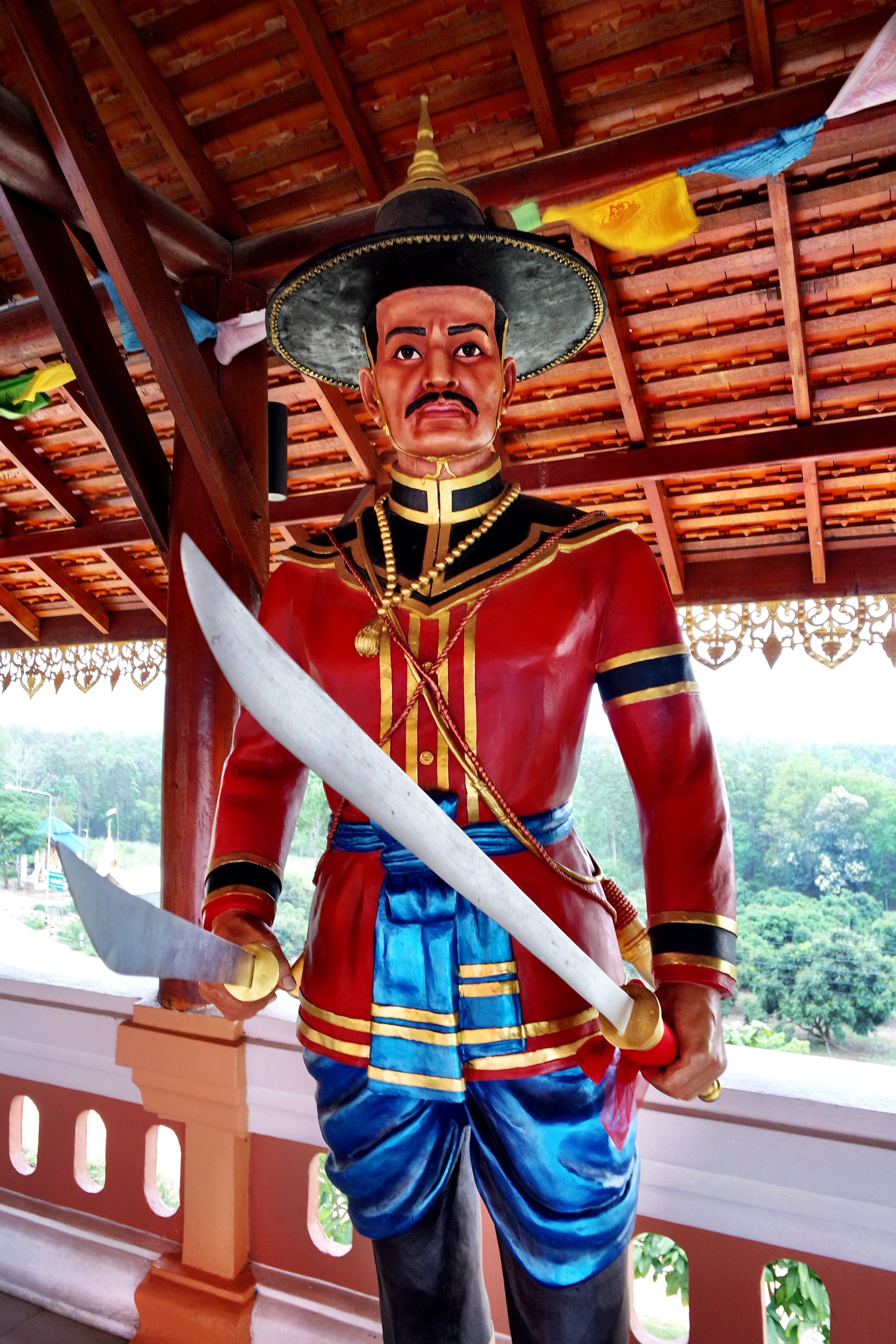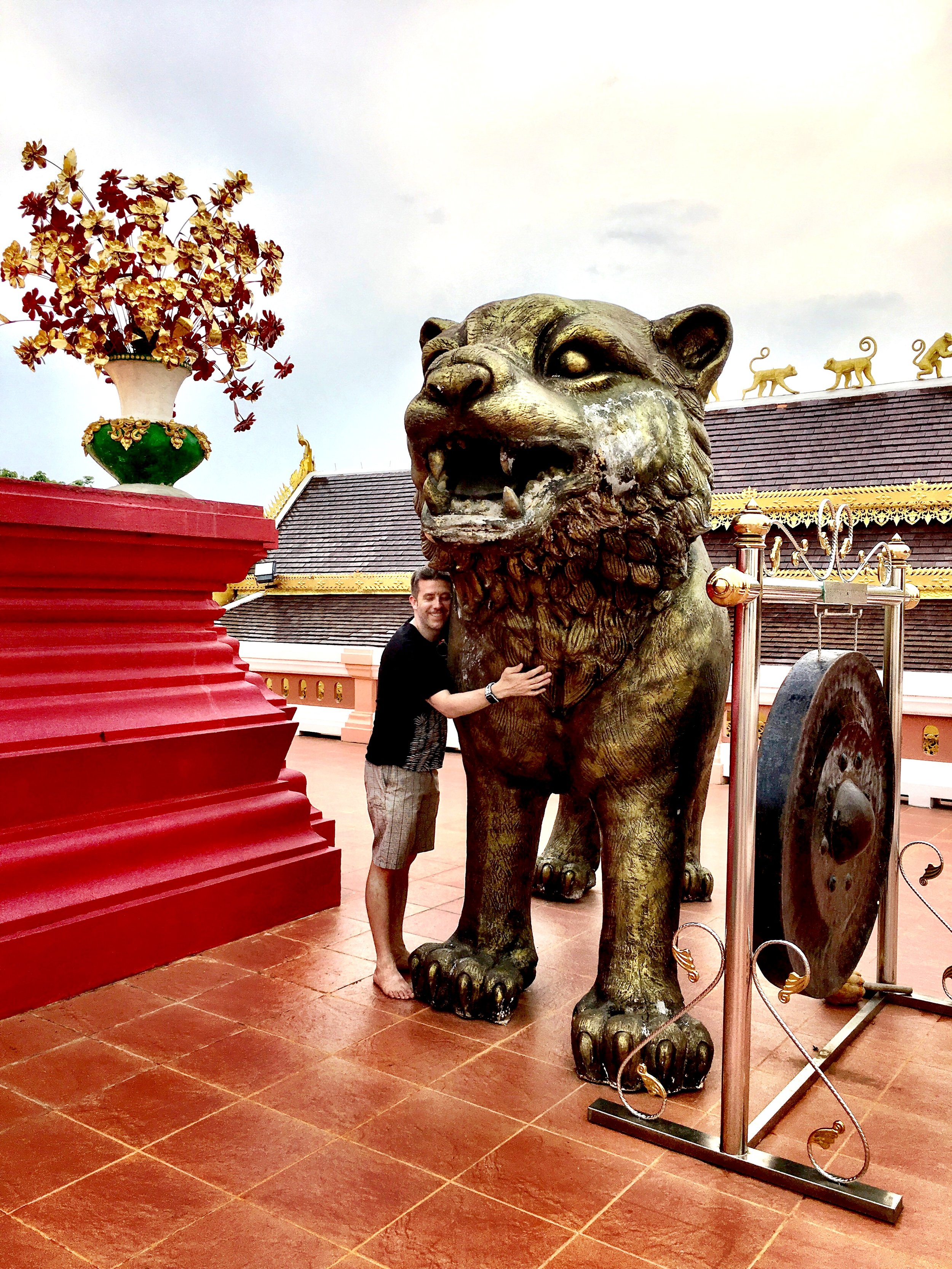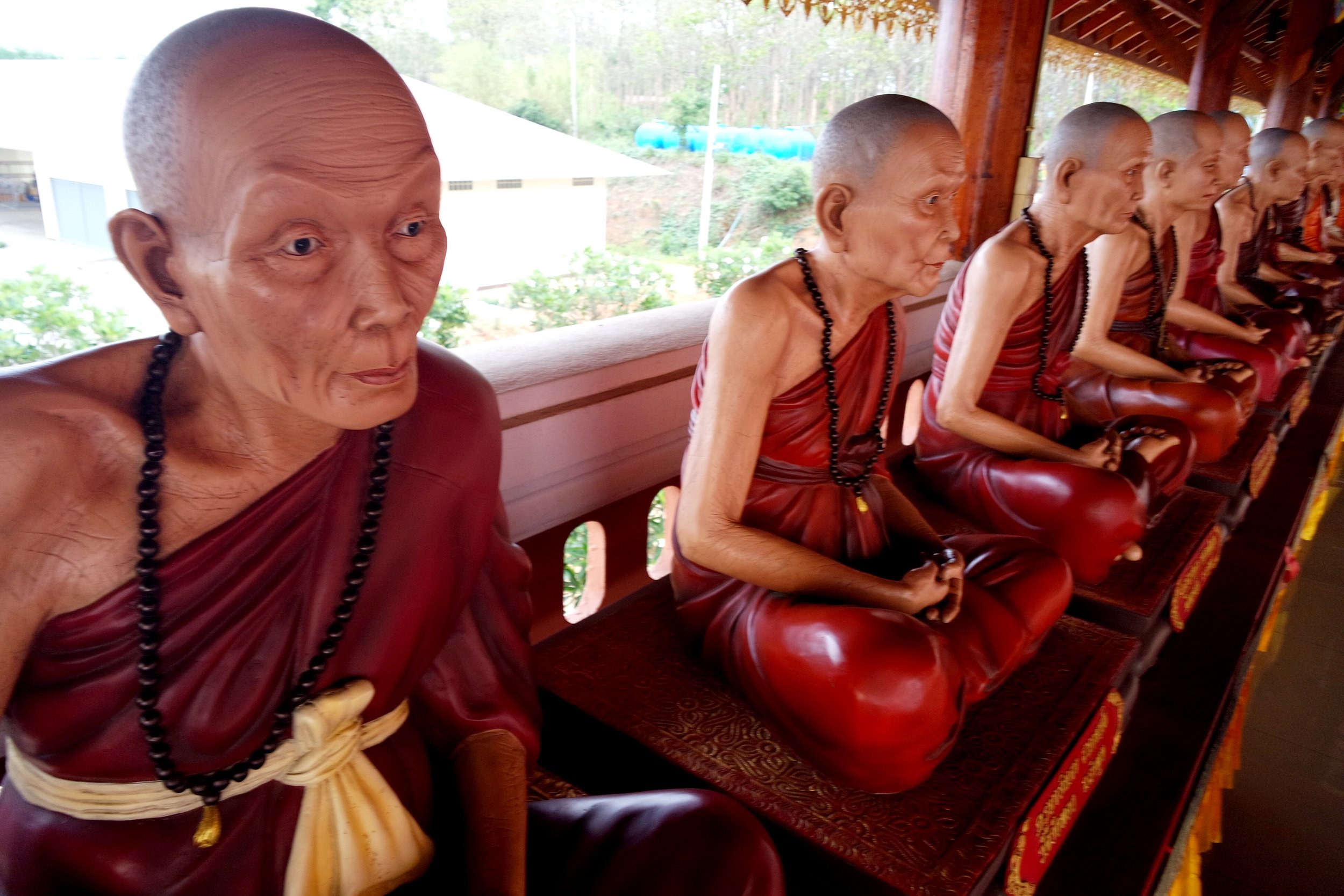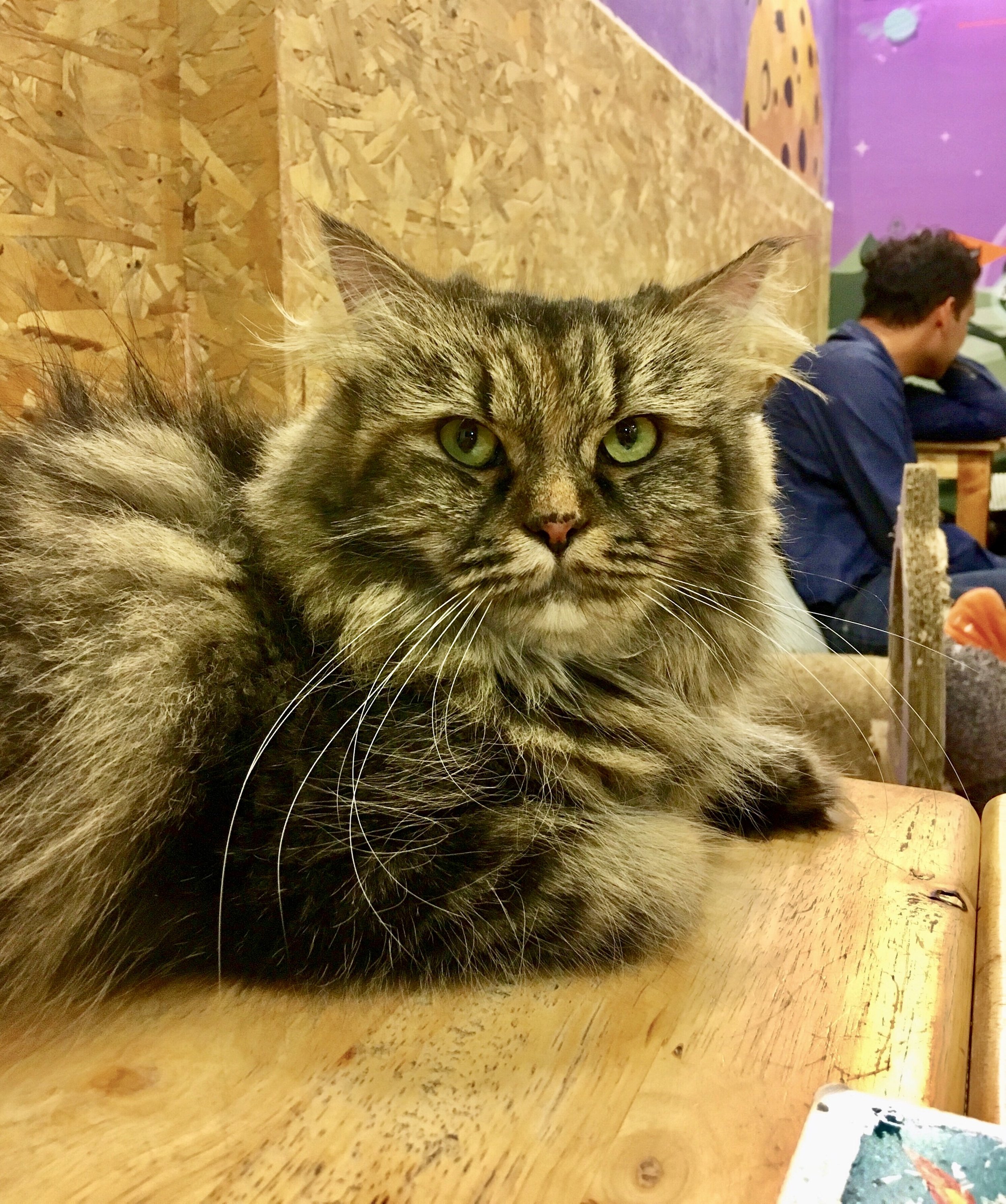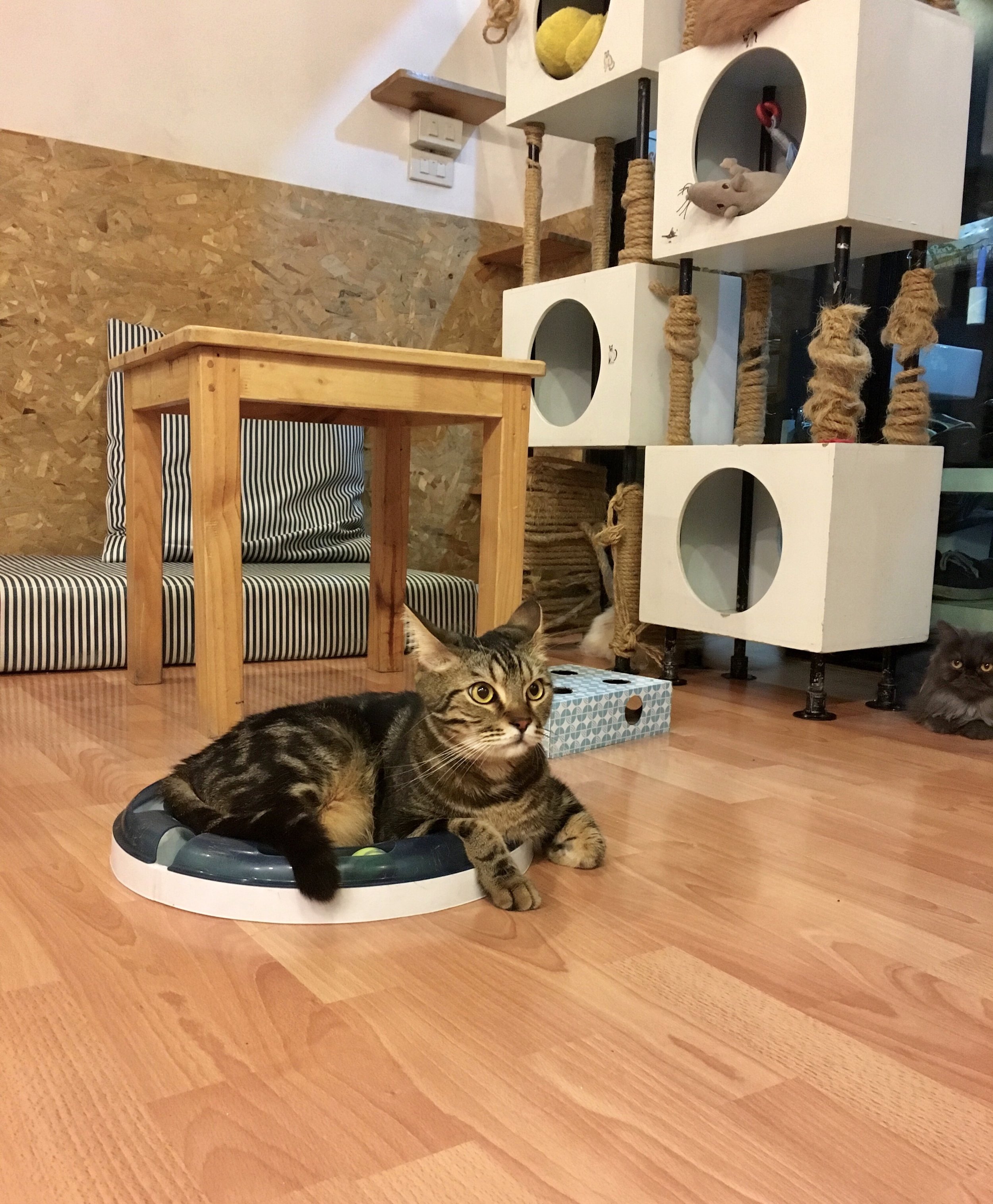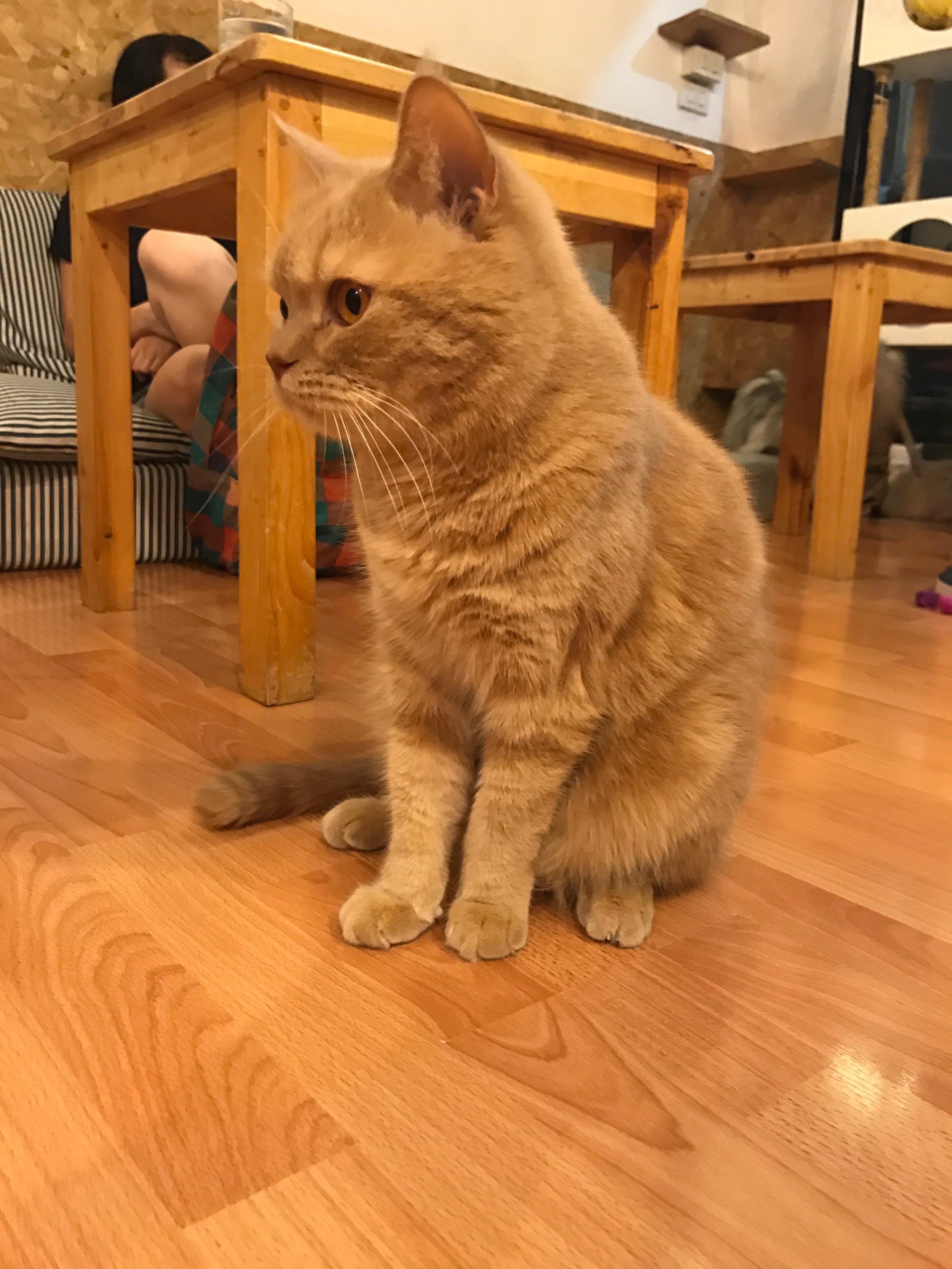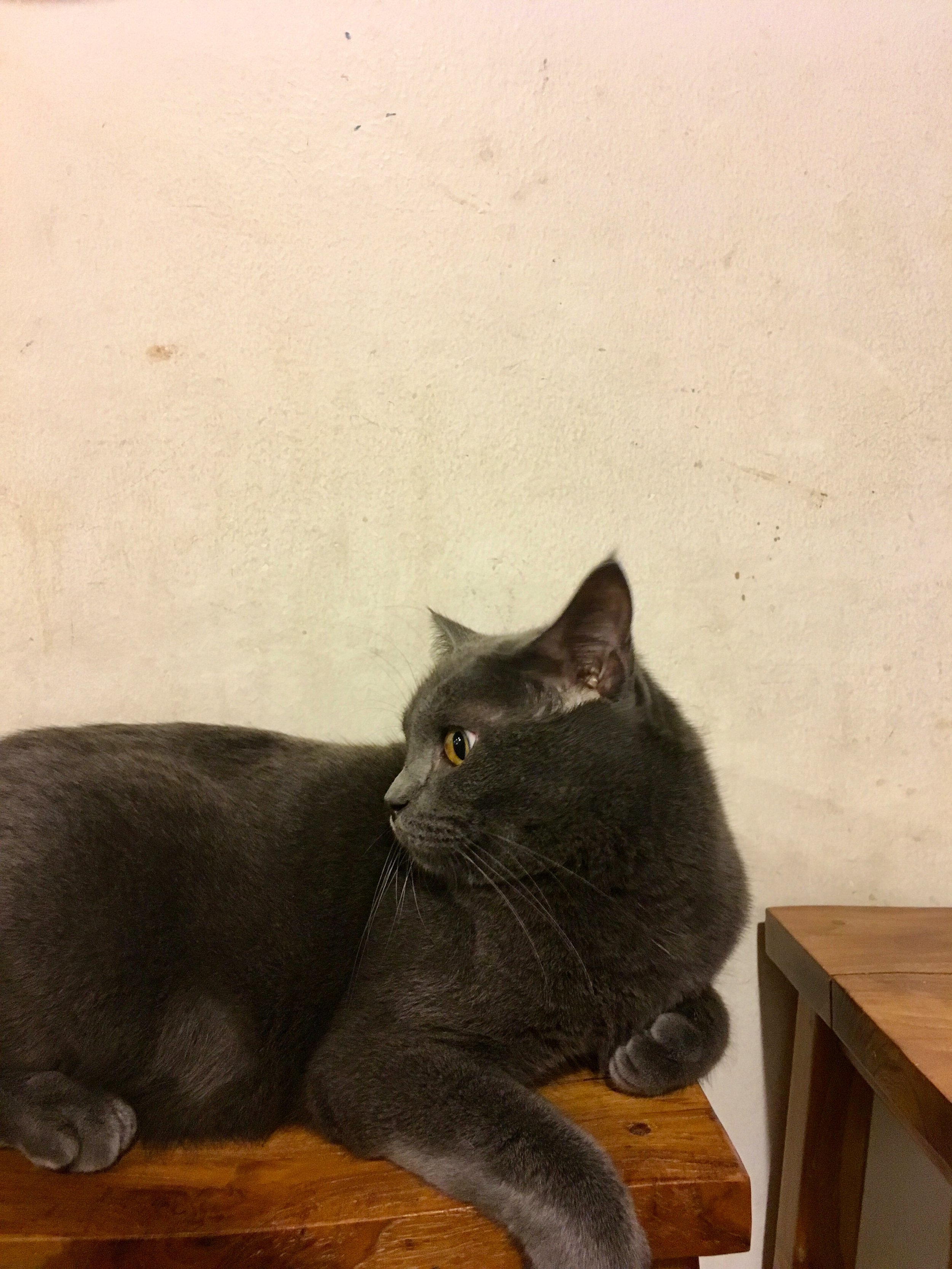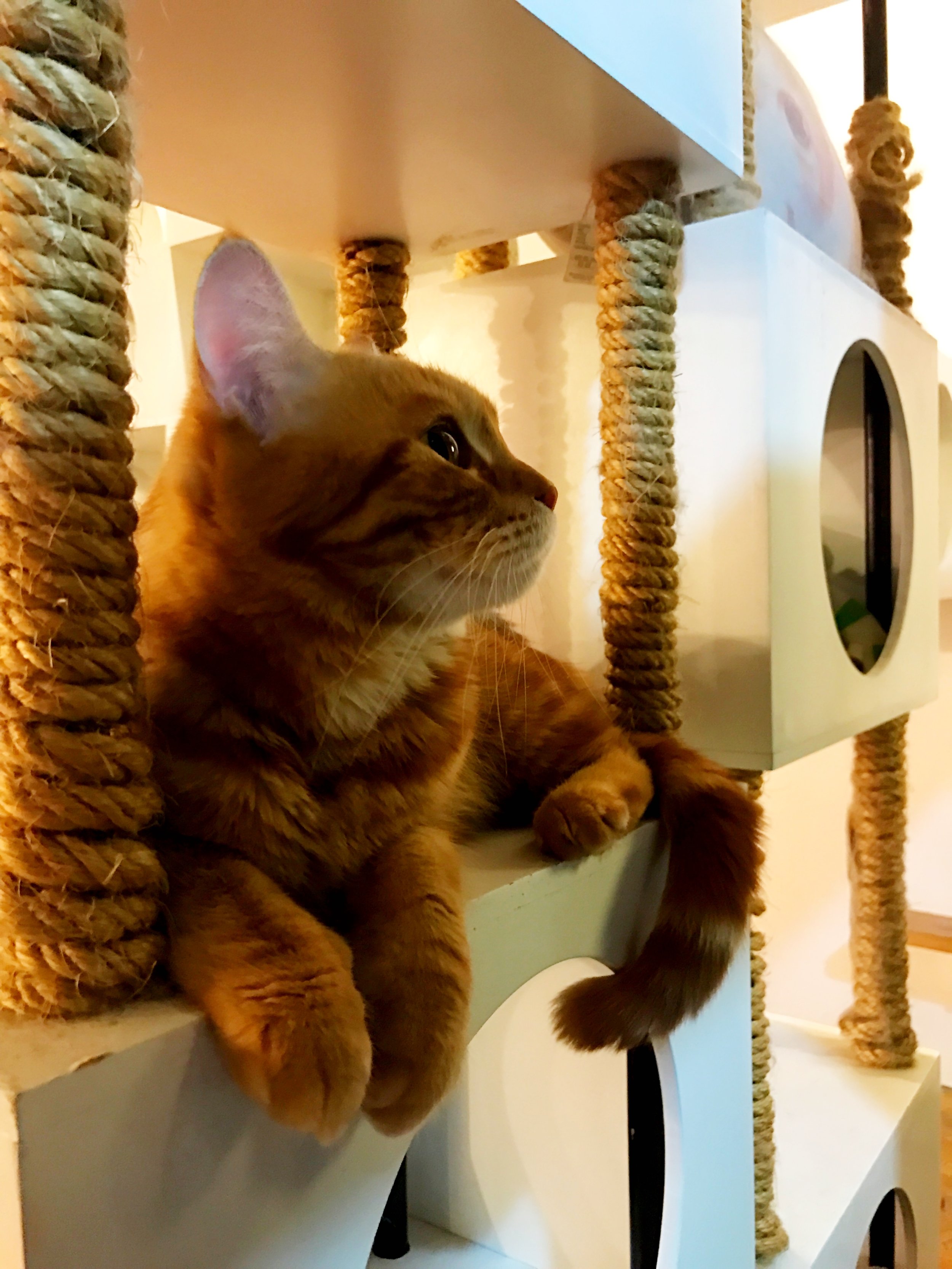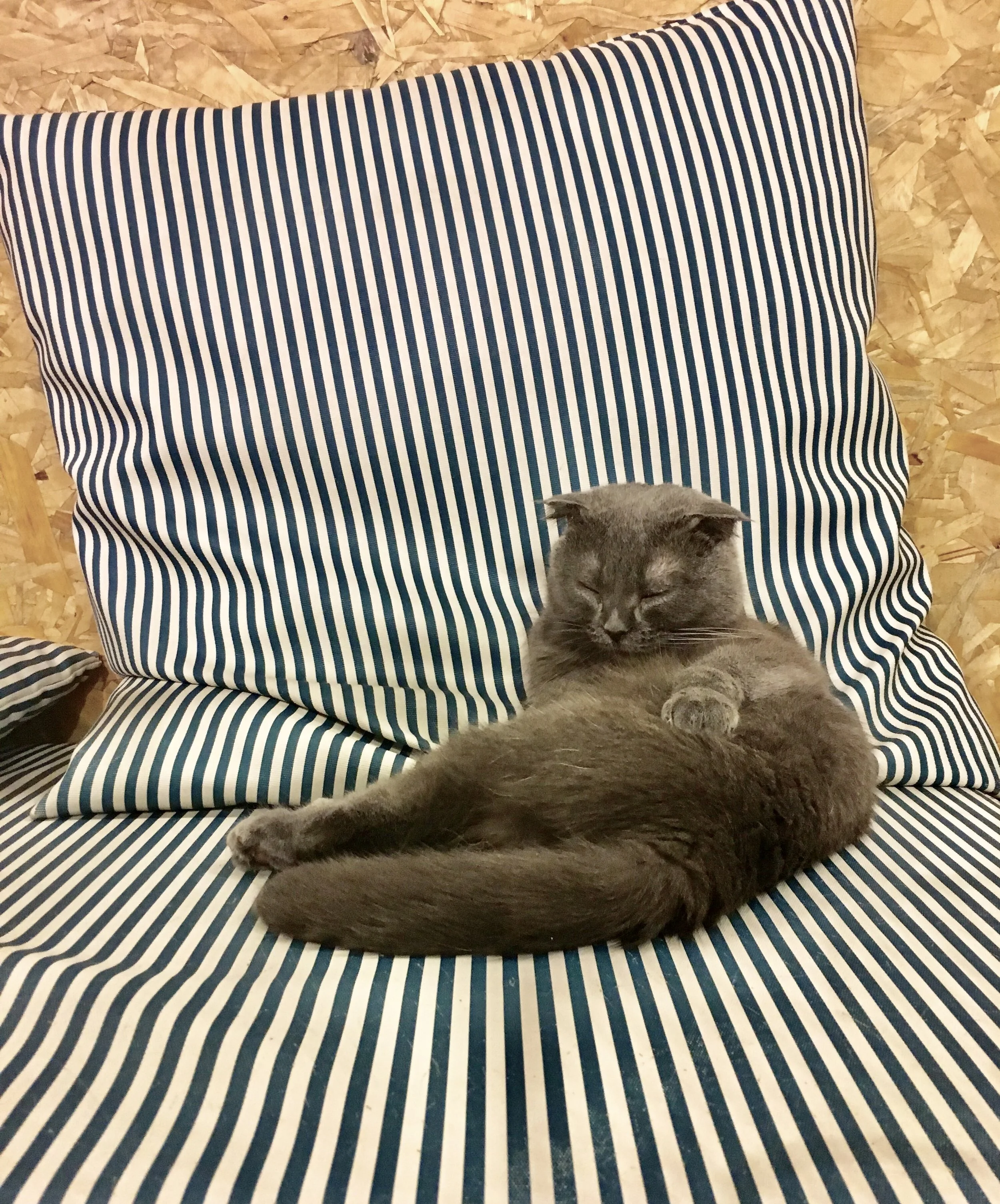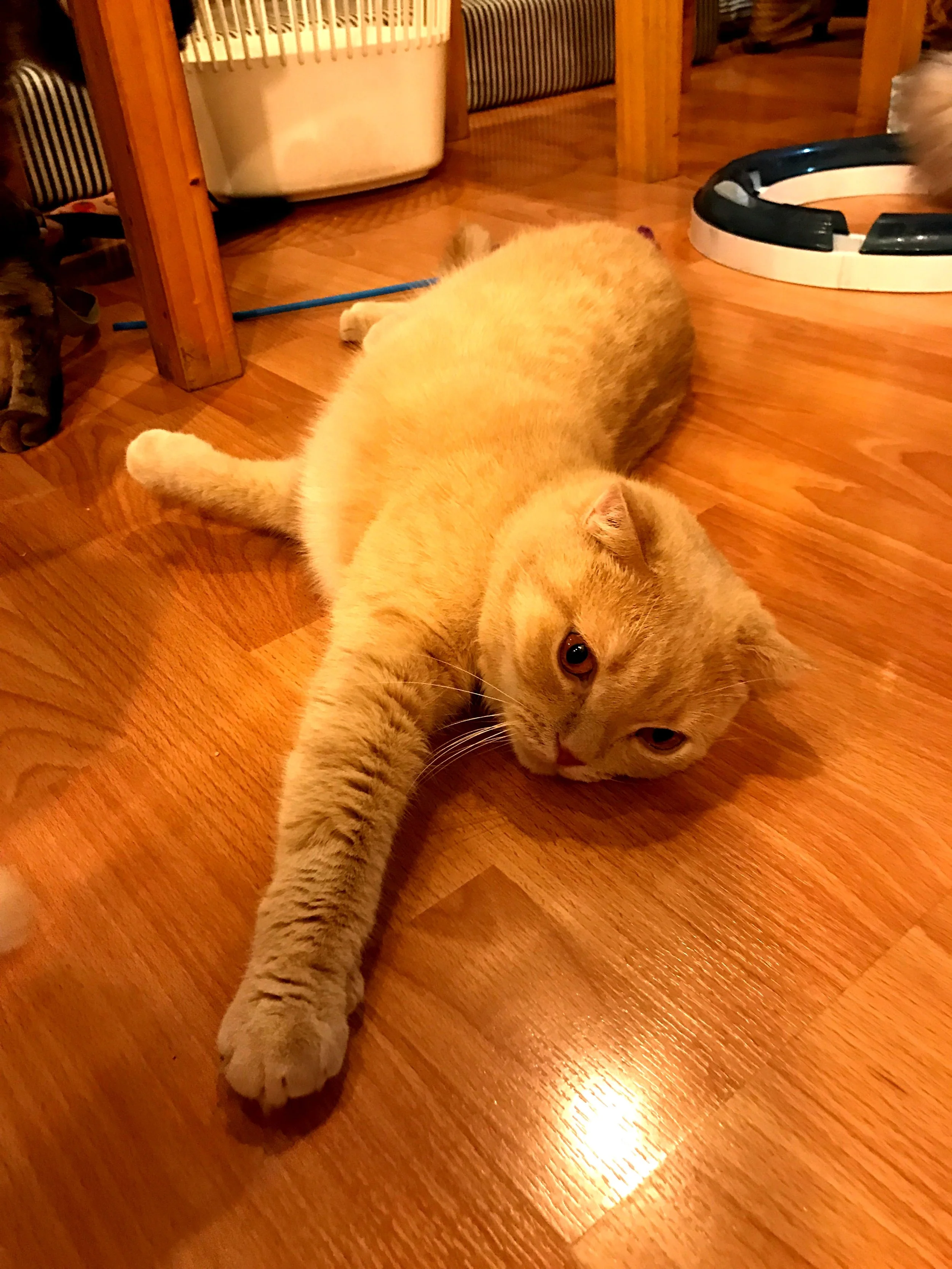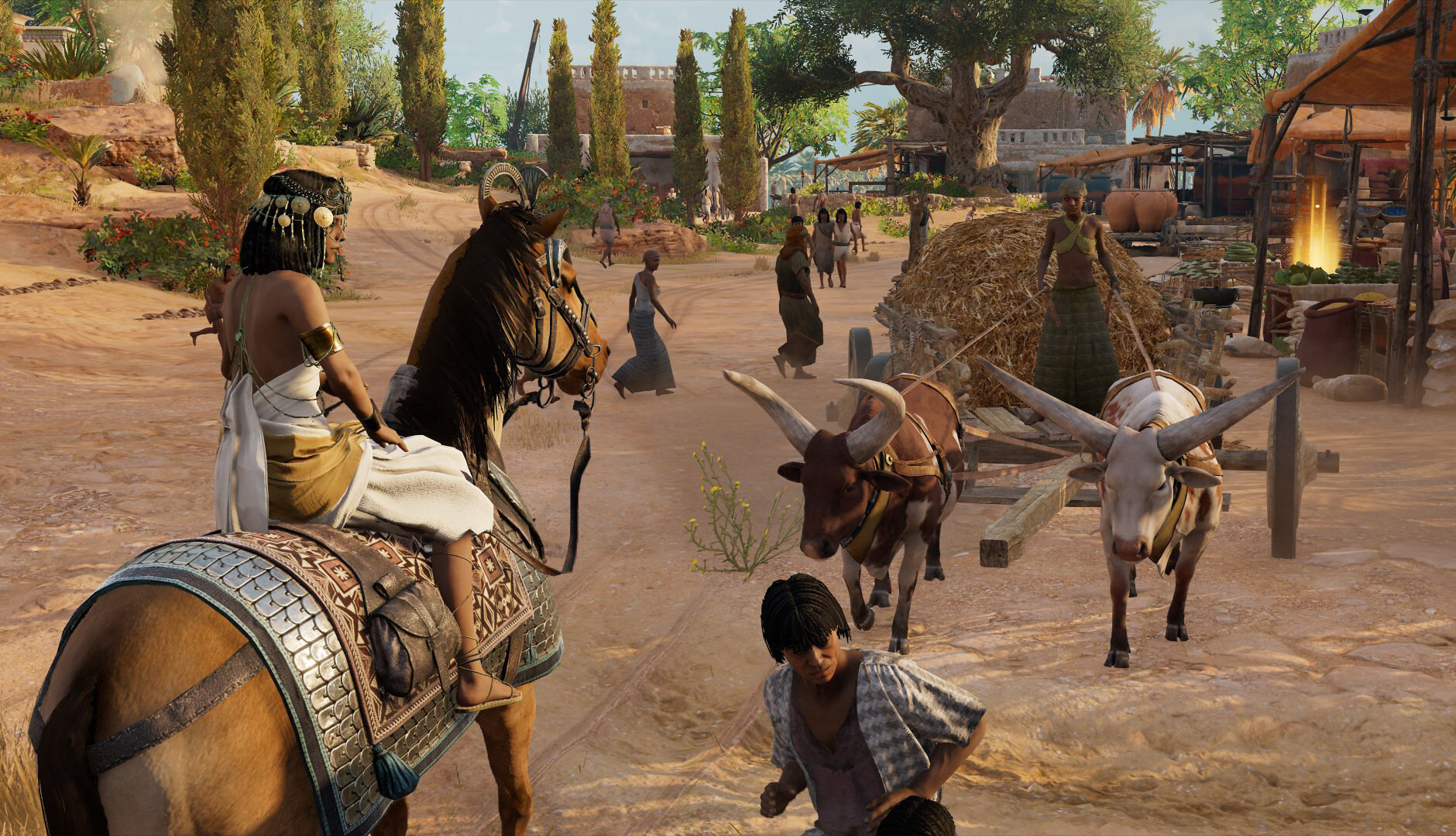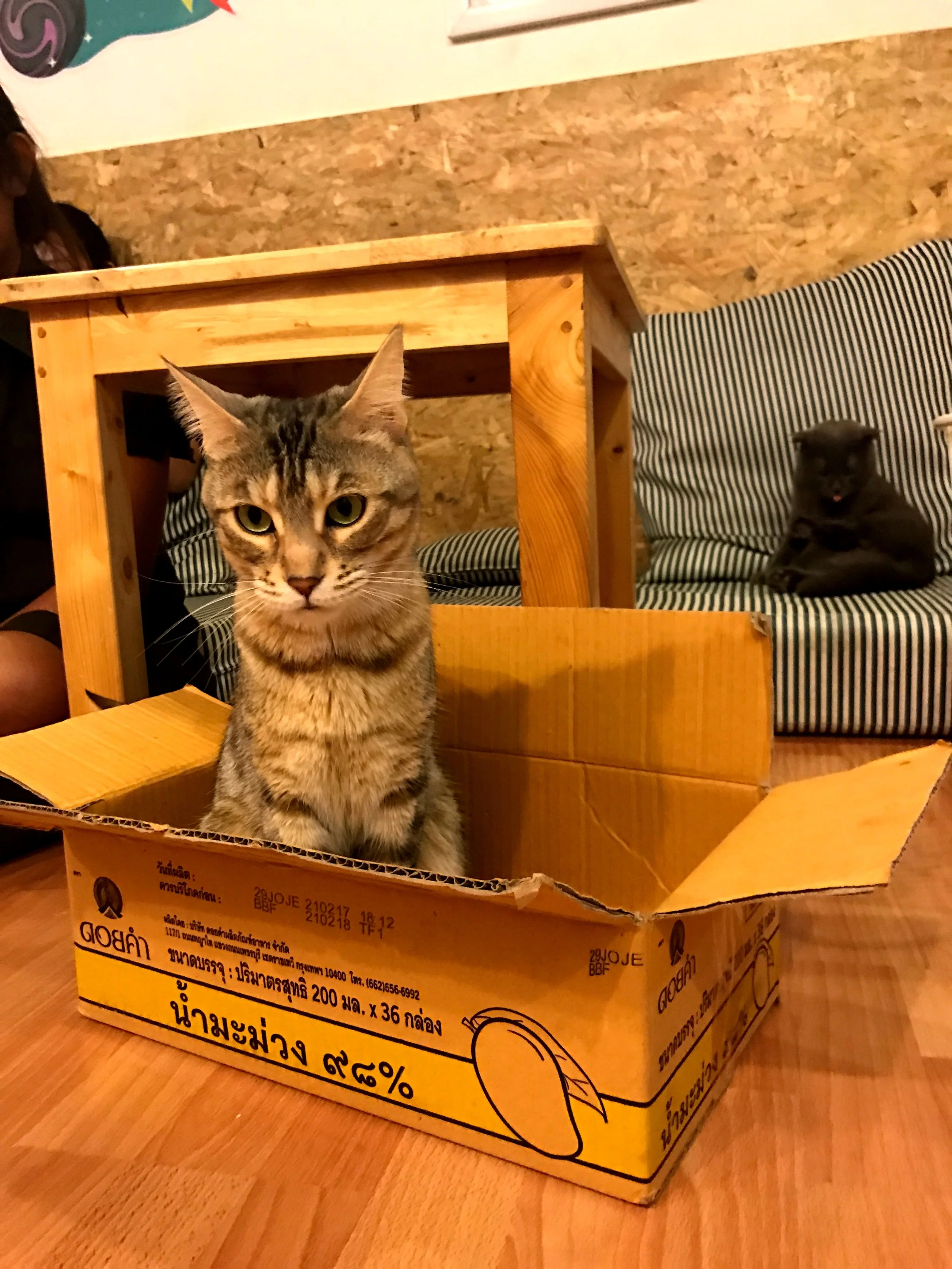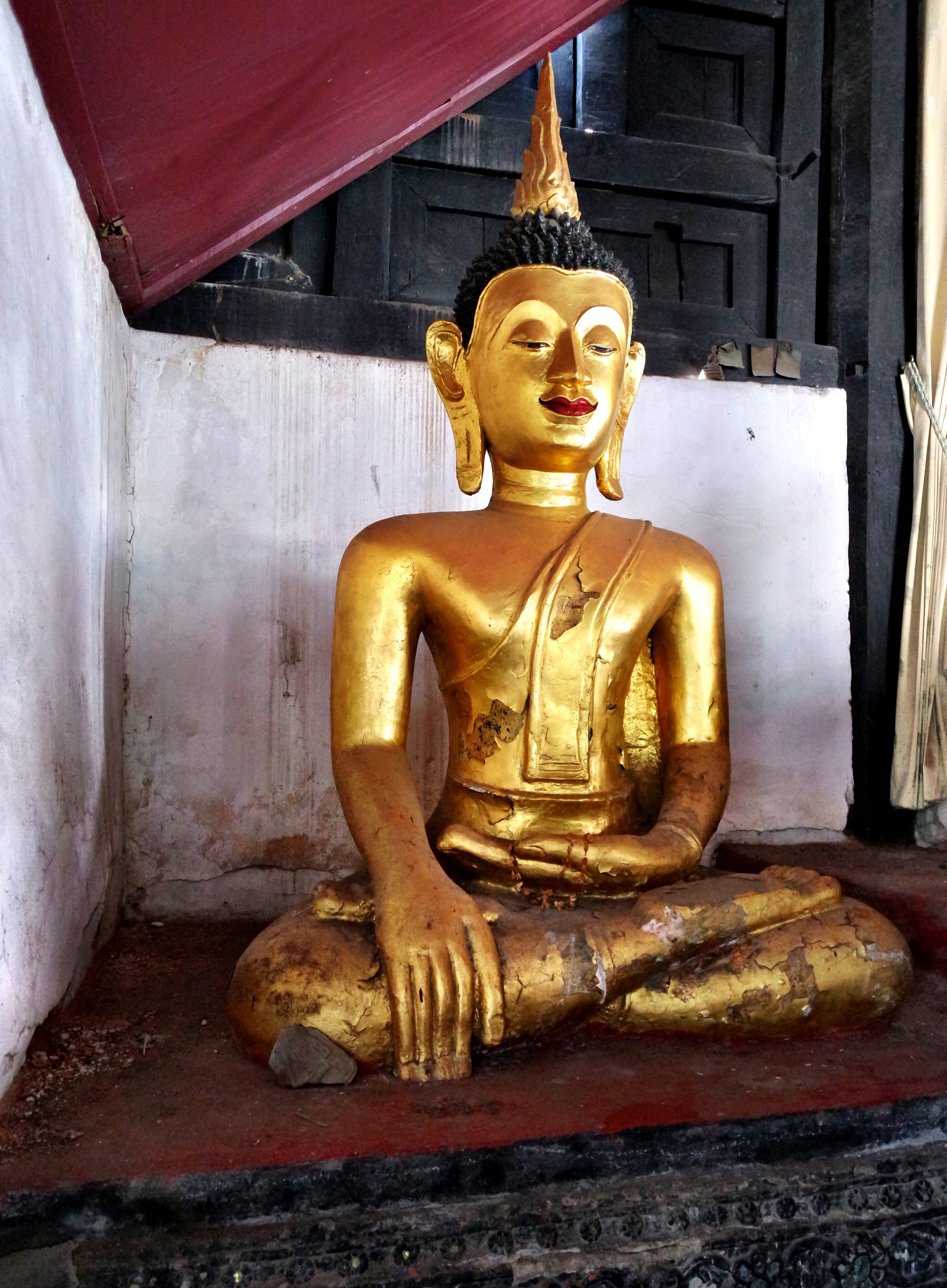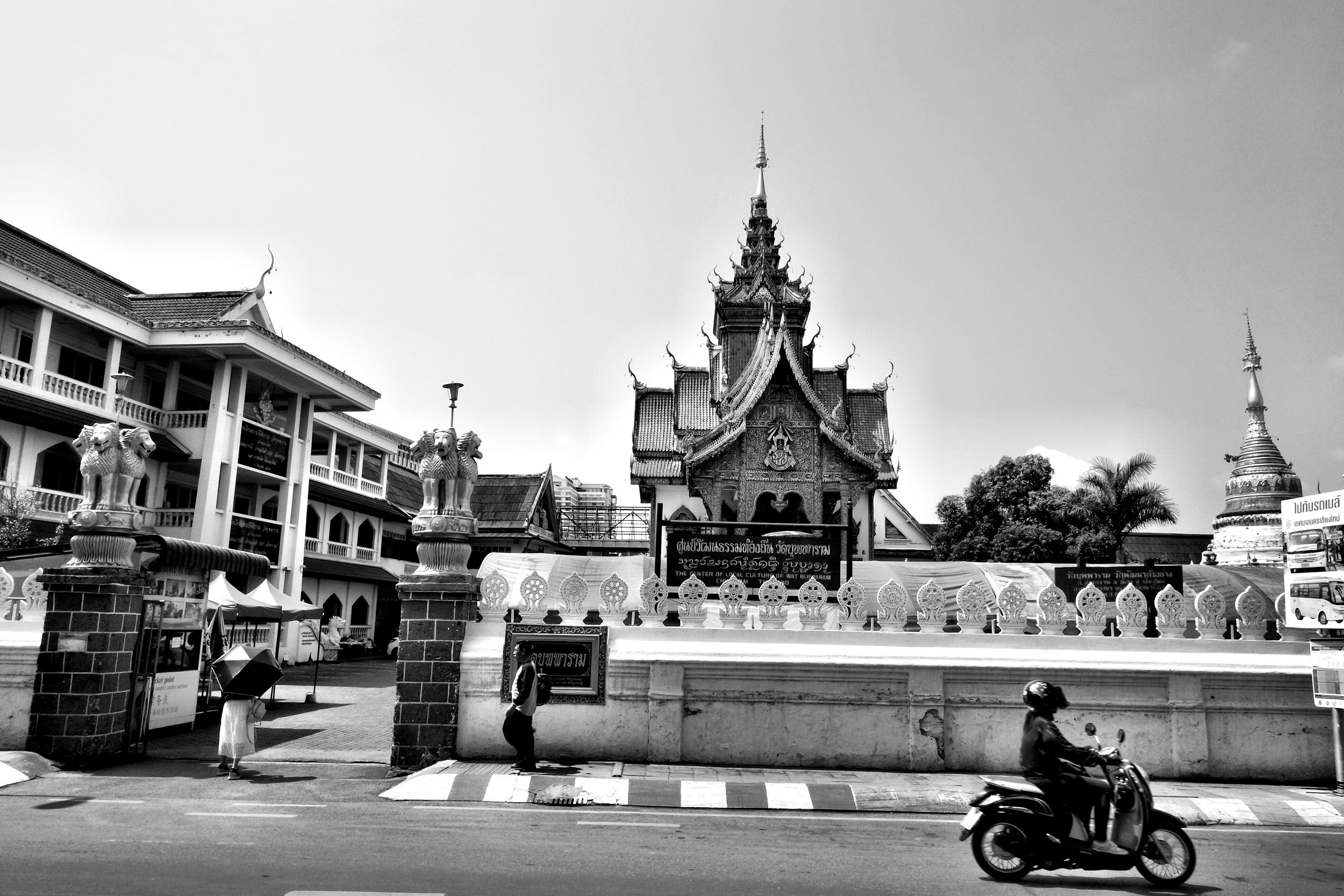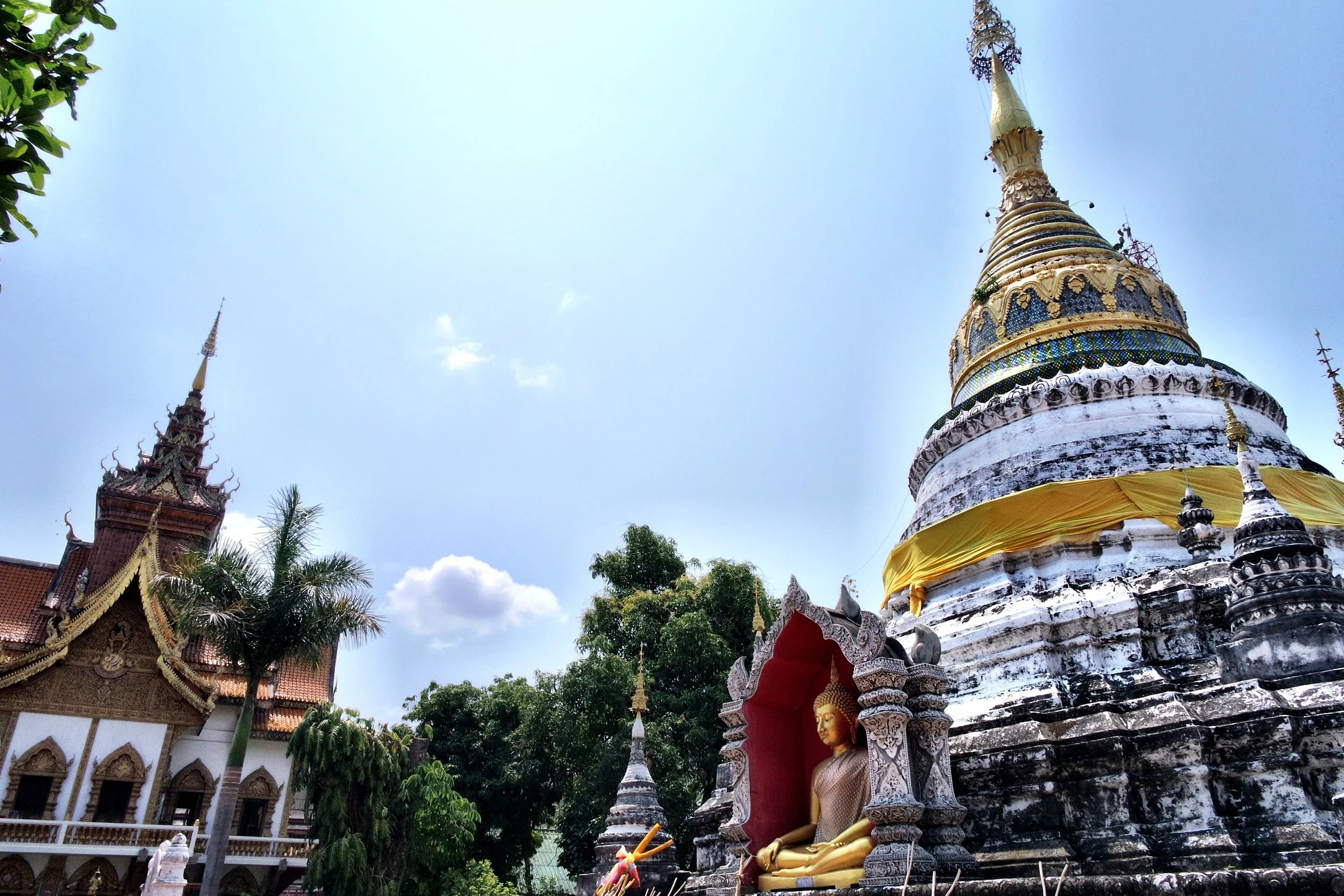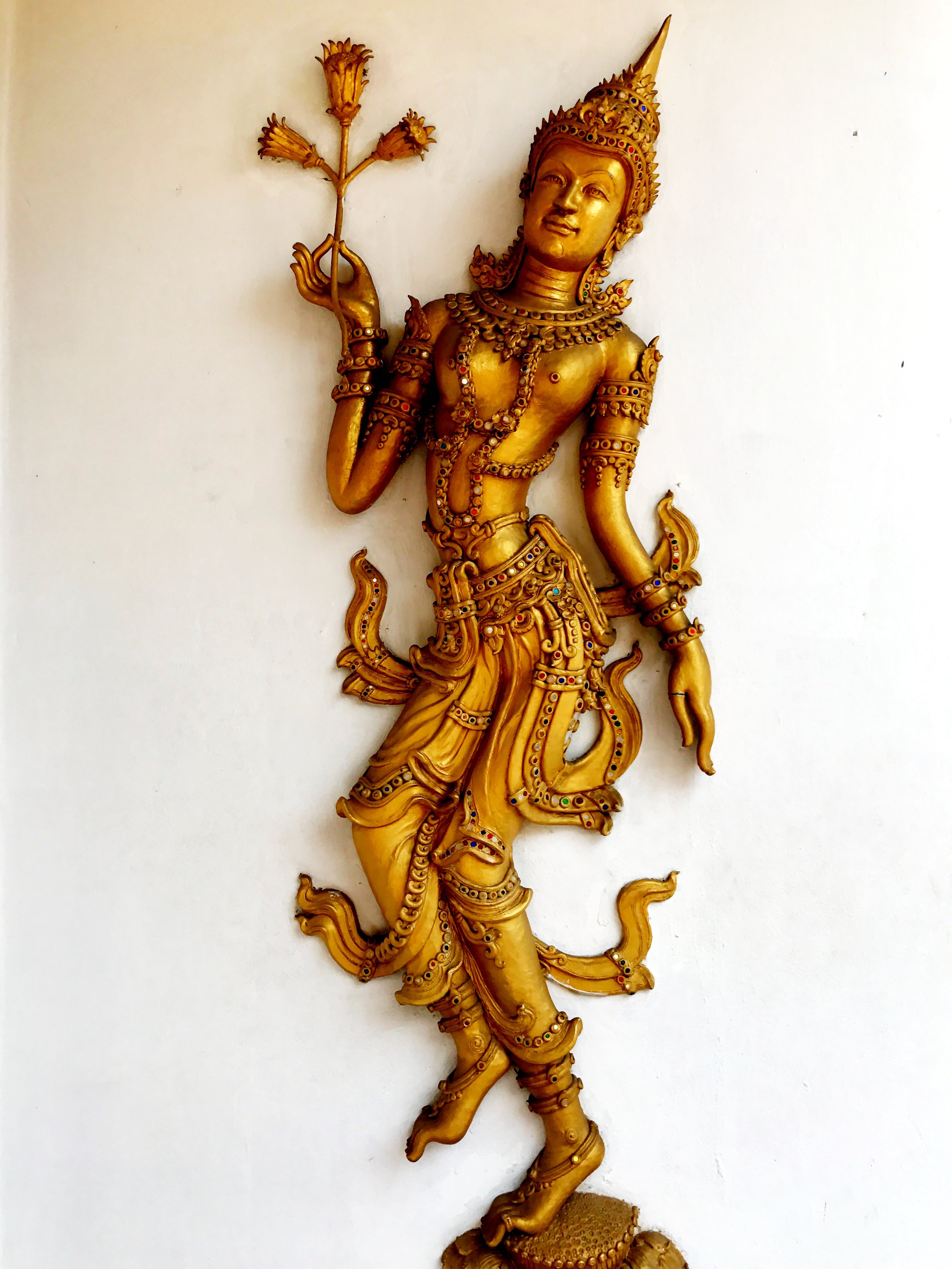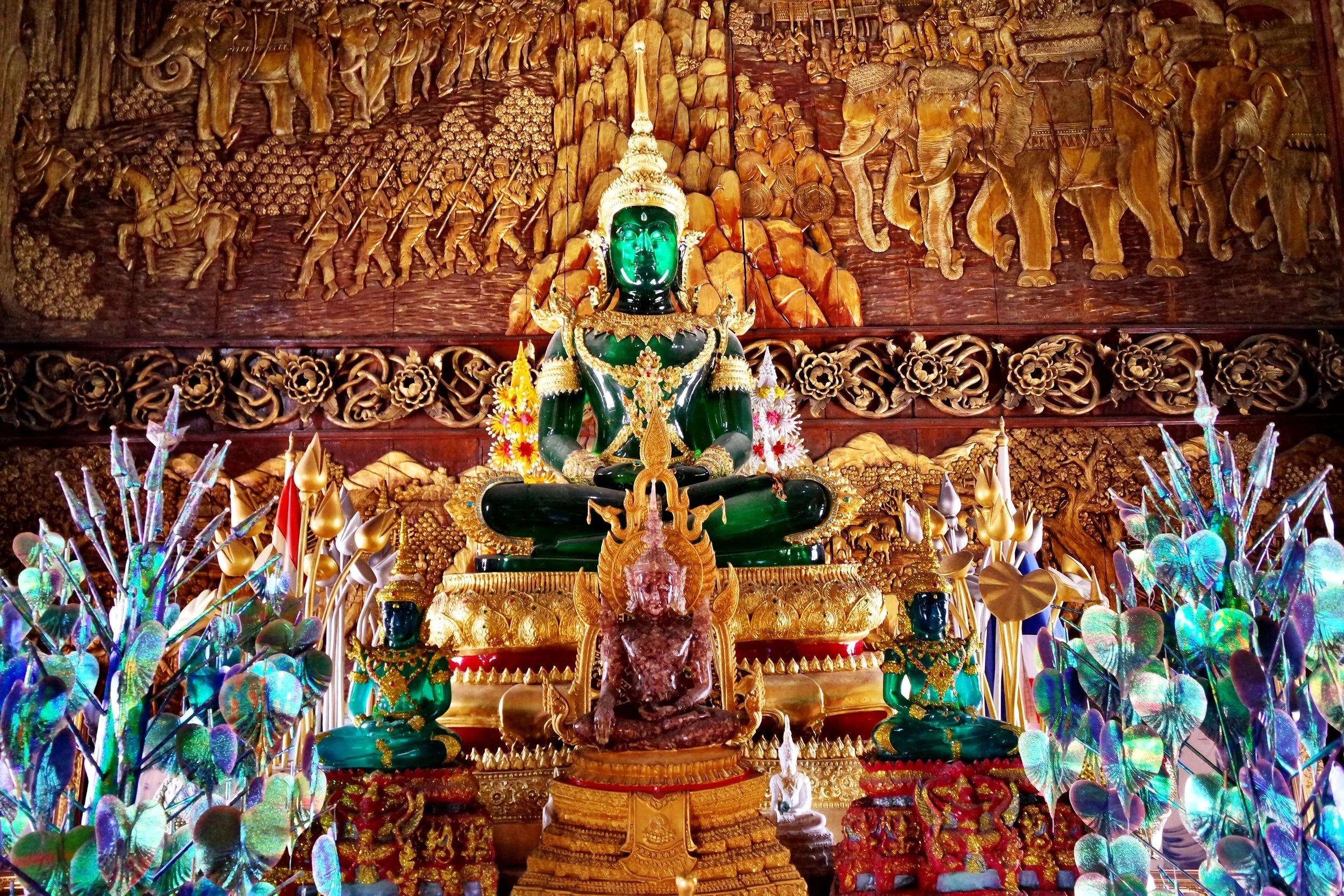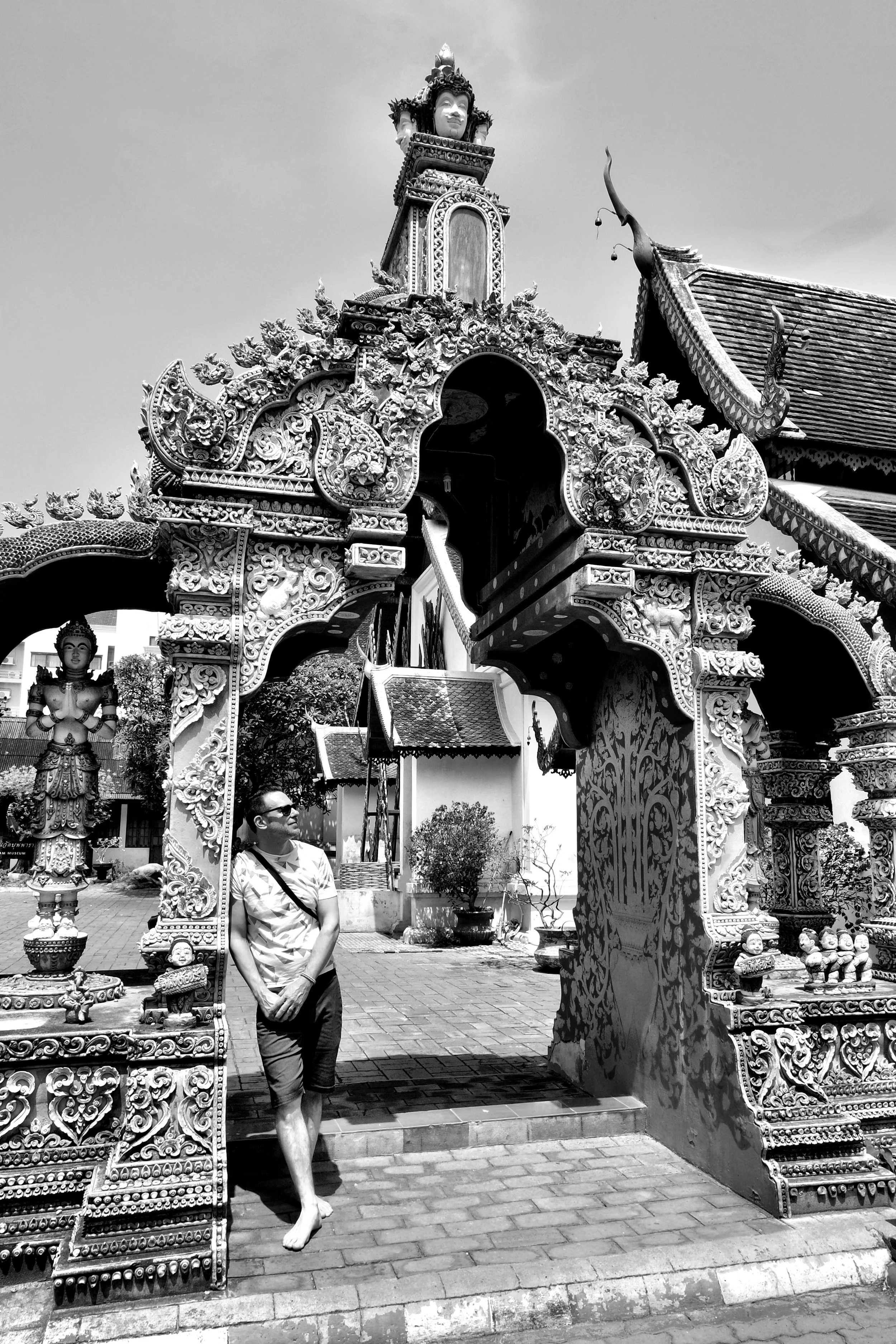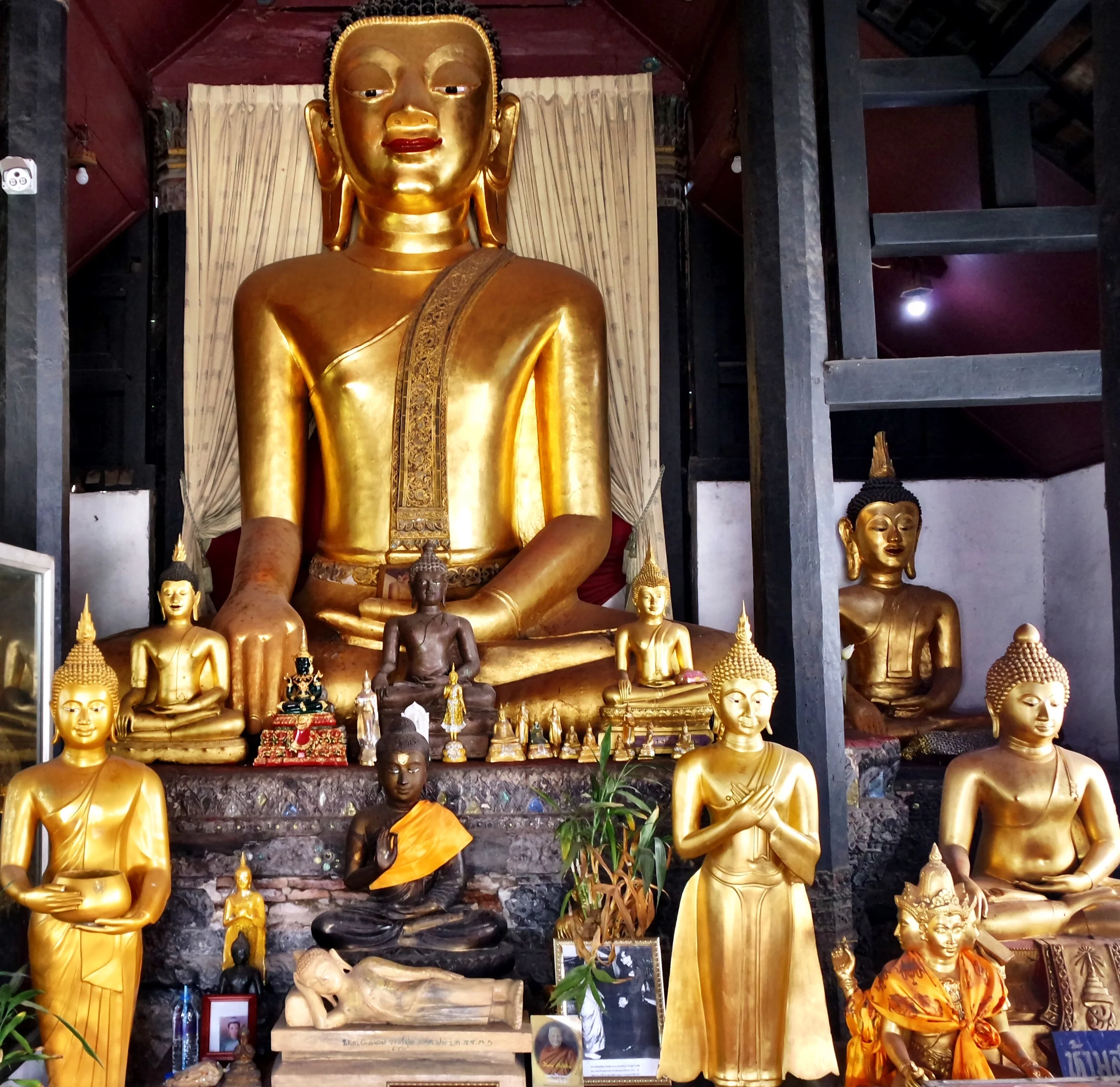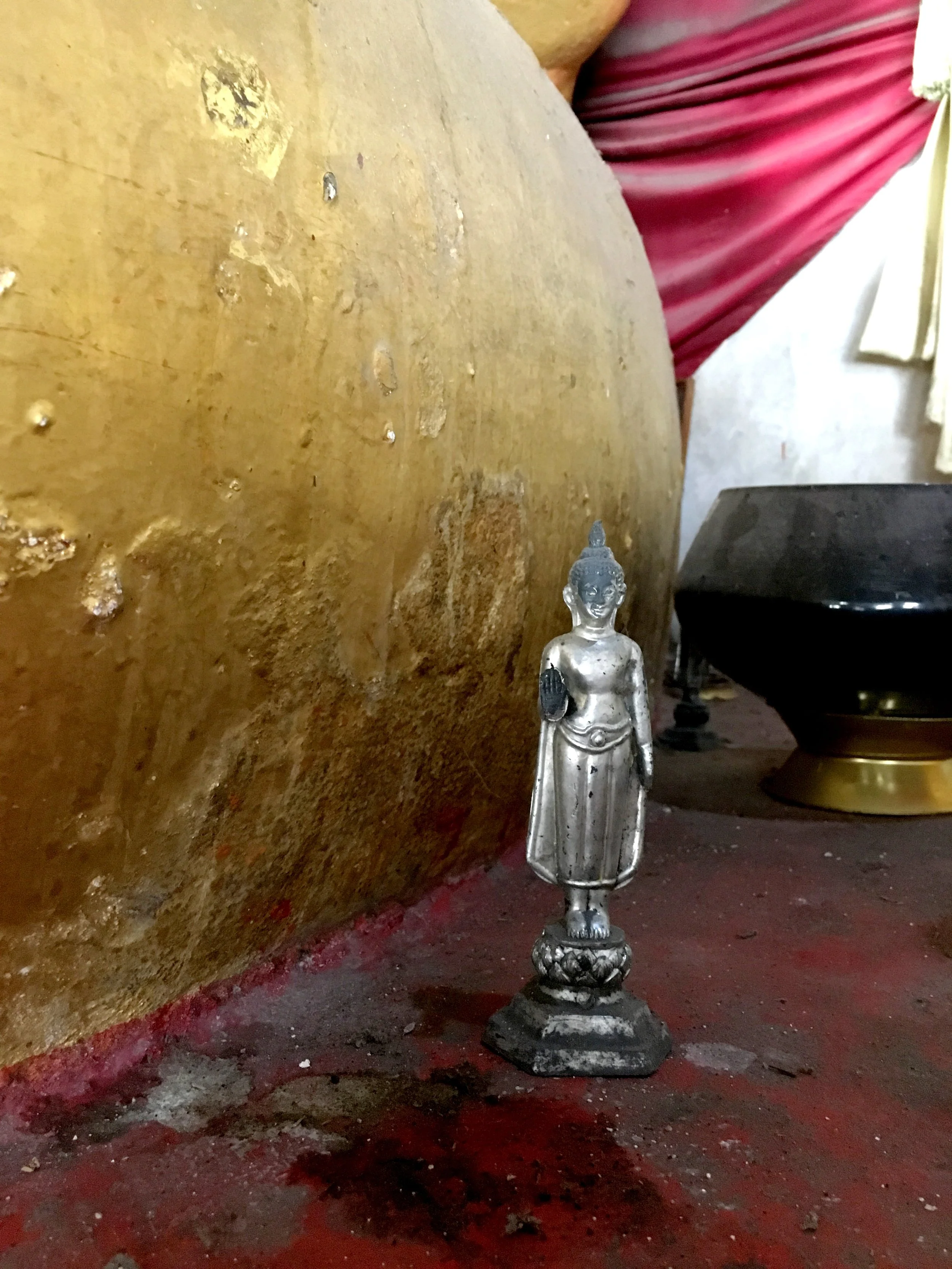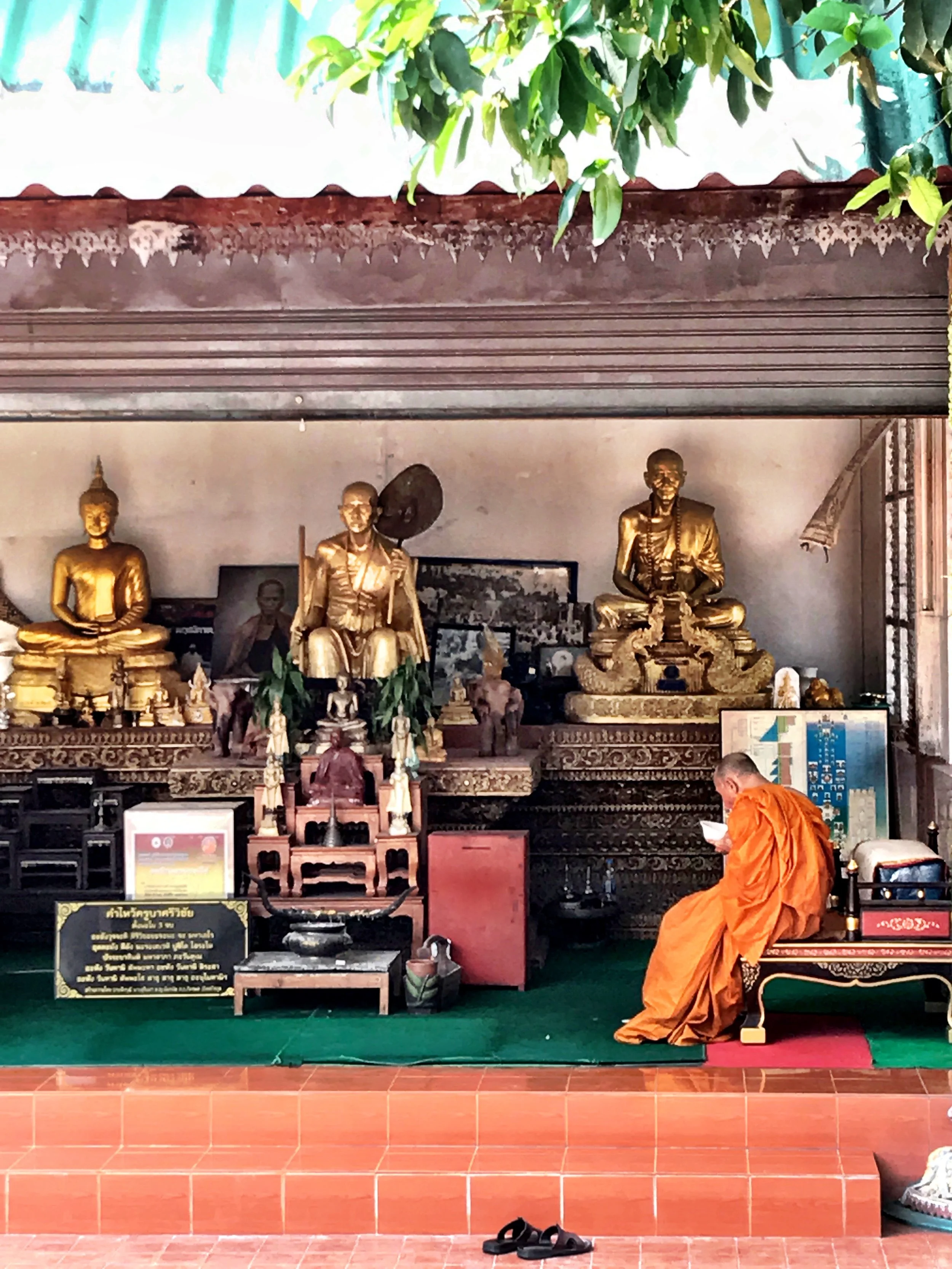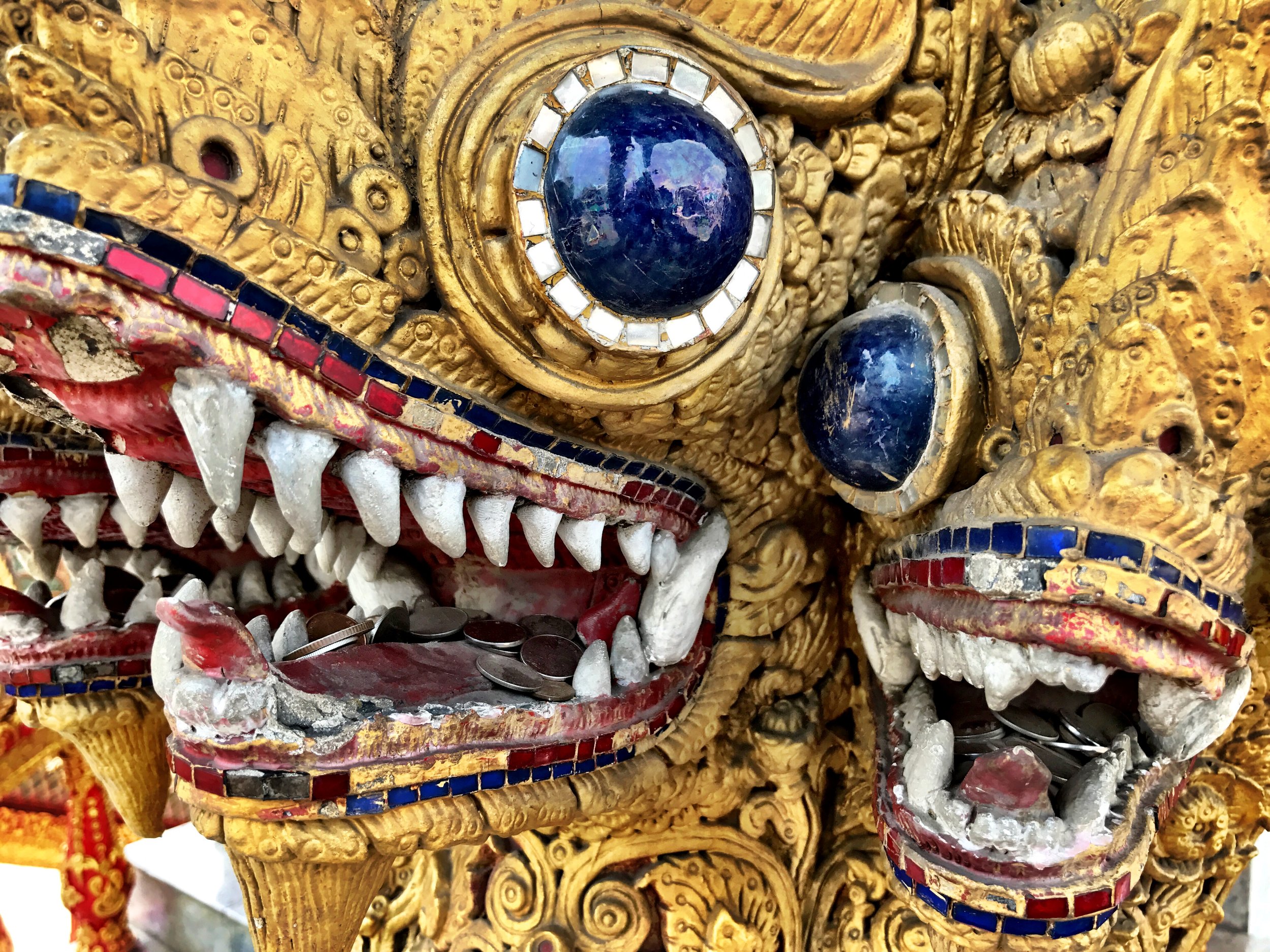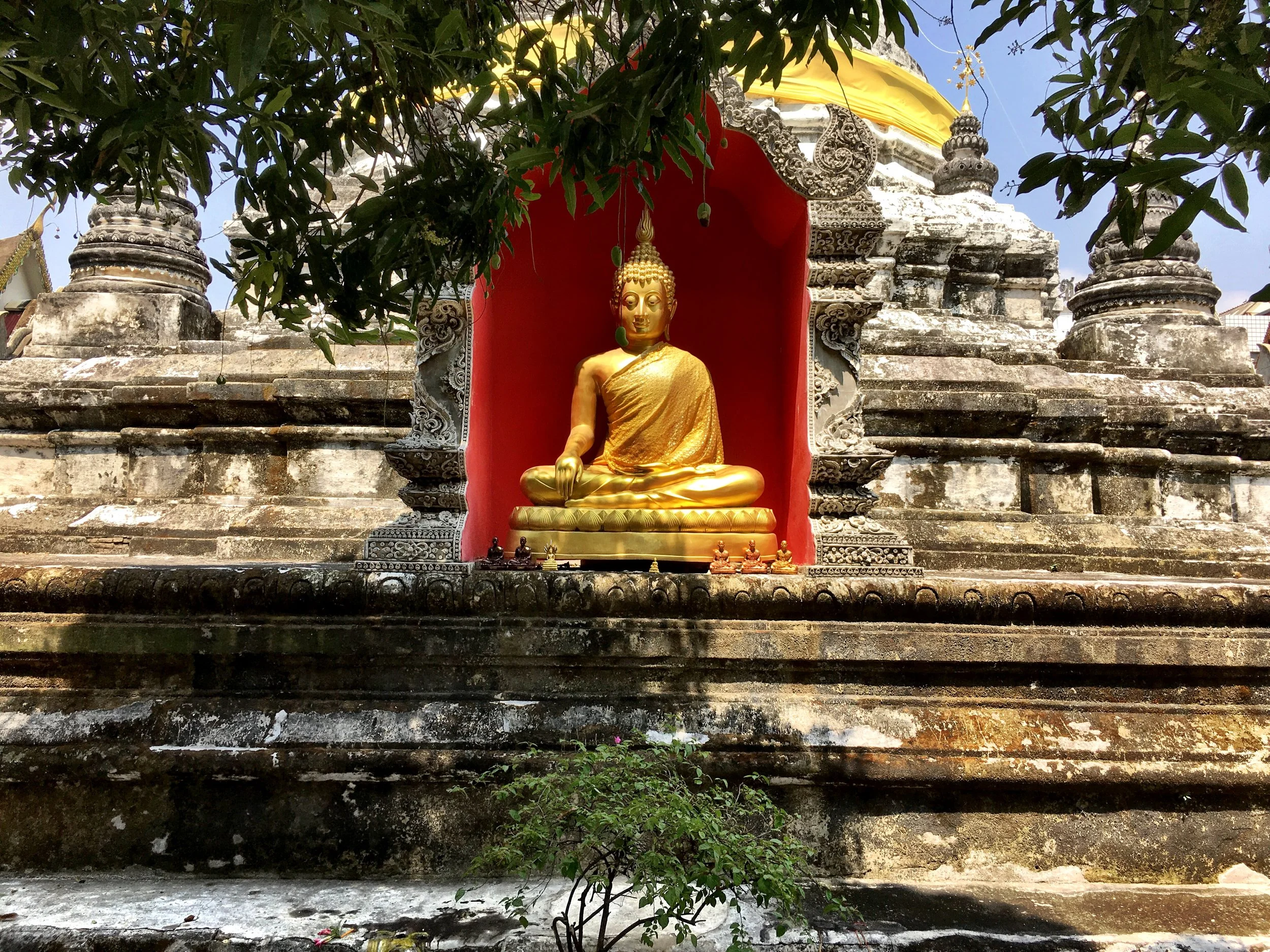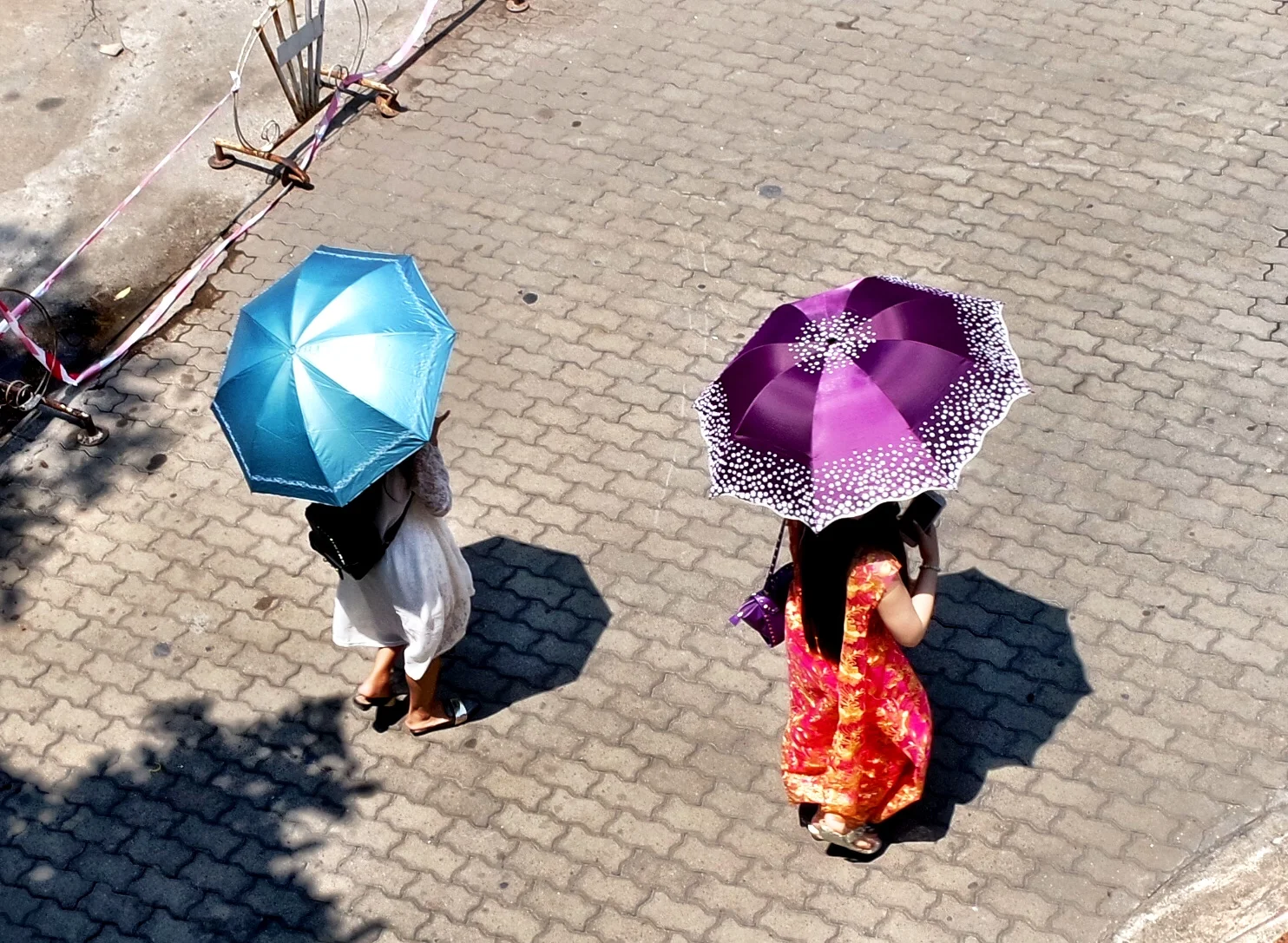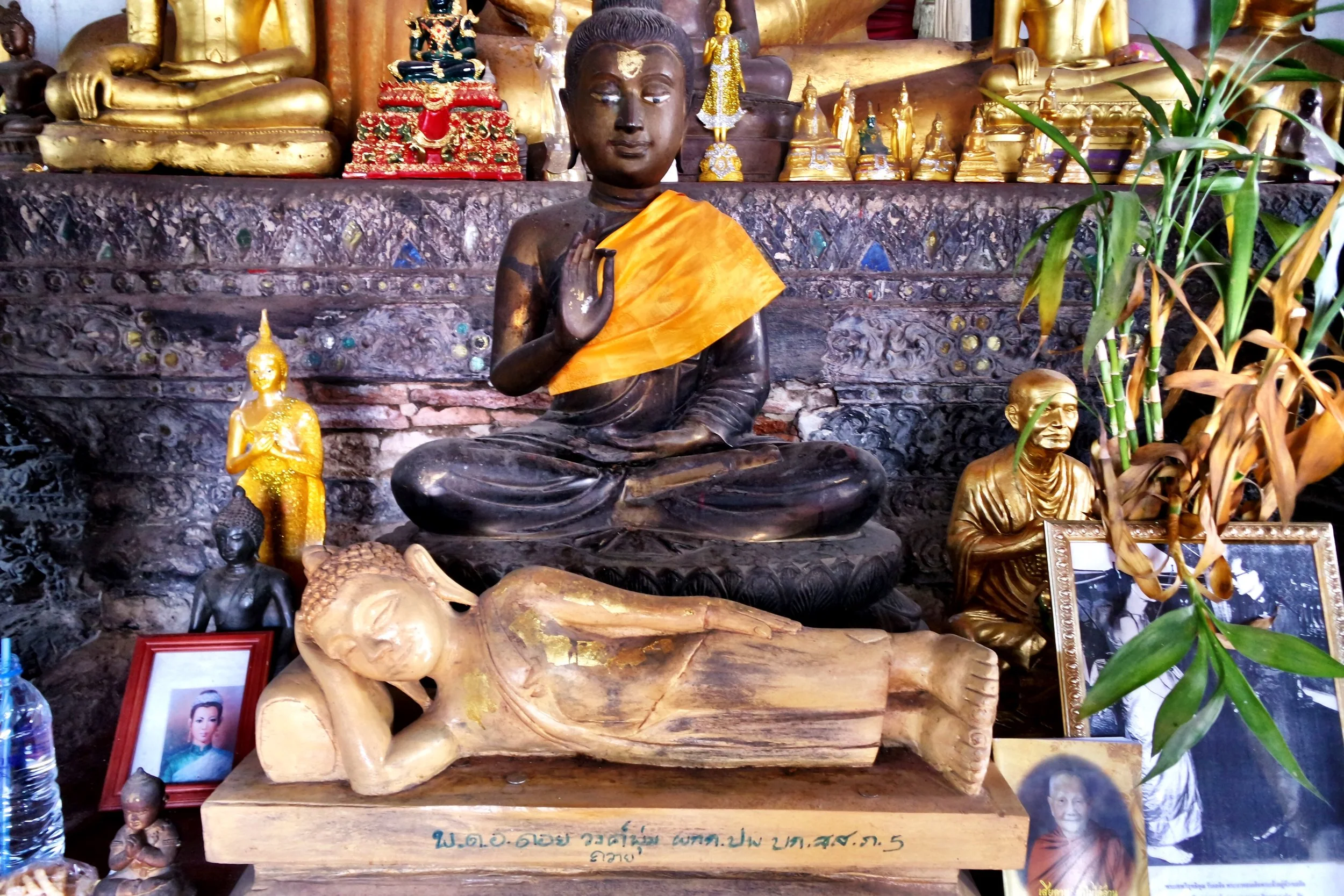Hike the Monk’s Trail and explore this little-known temple near a waterfall on Doi Suthep mountain outside Chiang Mai.
Perhaps Wat Palad has seen better days — and perhaps that’s part of its charm
The promise of a magical, less-trodden temple secreted amid the folds of dense tropical flora filled my head. I often search for places that are a bit off the beaten path, and after reading about Wat Palad, I knew it was a destination Wally and I wouldn't want to miss.
The sala at Wat Palad feels less wild than much of the rest of the complex
This naga staircase sits to one side of the waterfall
Blazing the Monk’s Trail
Our driver for hire, Tommy, drove us through the Chiang Mai University campus to the temple’s back entrance and carpark, which is located a short distance off a busy highway. The more adventurous can hike the well-worn stone footpath known as the Monk’s Trail, which leads to the temple, marked by trees with saffron cloth wrapped around their trunks.
“The tranquil forest setting was something for the soul, the perfect place to wander and rediscover a simplicity that our everyday lives often lack. ”
Follow the saffron markers as you hike the Monk’s Trail
Wat Palad must have once been a magnificent 14th century temple. It originally functioned as a refuge for devotees undertaking the pilgrimage on foot up the mountainside to worship at Wat Doi Suthep and sustained growth through regular visitation and patronage. Not long after a road was built in 1935, the temple became a monastic residence focused as a meditative retreat. Buddhism uses meditation and isolation as a way to achieve enlightenment.
Old statues are found throughout the grounds of Wat Palad
Worshippers add squares of gold leaf to statues of the Buddha like this one at Wat Palad
A welcome reprieve from the more popular temples in Chiang Mai, Wat Palad has an overlooked and faded presence — nothing here is glaring or loud, there’s no central viharn, and best of all, there aren’t any crowds. The only sounds of life were our footfalls and the hum of cicadas as we took a path from the carpark. A pair of manussihas, mythological Burmese sphinxes, rested on their haunches at the temple’s entrance. I’m grateful they didn’t challenge us to a riddle before we entered.
These Burmese sphinxes, known as manussihas, guard the temple complex of Wat Palad
The jungle has reclaimed parts of Wat Palad — which makes it a fun change from most other temples in the Chiang Mai area
The temple name roughly translates as “Forest Monastery of the Sloping Rock,” named for the broad bluff the temple sits perched upon. The grounds are comprised of an impressive menagerie of statues and shrines that share an almost otherworldly relationship with the tropical jungle surrounding them. We passed a small cave with some very old-looking Buddha images within and made our way to an arched footbridge that dates back 100 years.
Jungle Temple for the Soul
A waterfall lies at the heart of the temple complex, but as it was the end of the dry season when we visited, the smooth surface of the riverbed lay exposed and the waterfall was reduced to a mere trickle.
When we visited, the waterfall at Wat Palad was almost entirely dried up
It’s believed that the white elephant of the local ruler, King Kuena, made its first stop here to rest near the waterfall while transporting the sacred relic of the Buddha’s shoulder up the slope of Doi Suthep. I took a moment to pause and imagine the mahout and elephant stopping here to get a drink of water before moving on.
The sun had already begun to peek through the canopy as a gentle breeze passed through the trees; a bead of sweat rolled down the bridge of my nose before I wiped it away with the back of my hand.
I could sense a new sort of calm. The tranquil forest setting was something for the soul, the perfect place to wander and rediscover a simplicity that our everyday lives often lack. When the time came to leave, I felt a tug and couldn’t help but wish to linger. –Duke
Wat Palad
Highway 1004
Tambon Su Thep
Amphoe Mueang Chiang Mai
Chang Wat Chiang Mai 50200, Thailand

